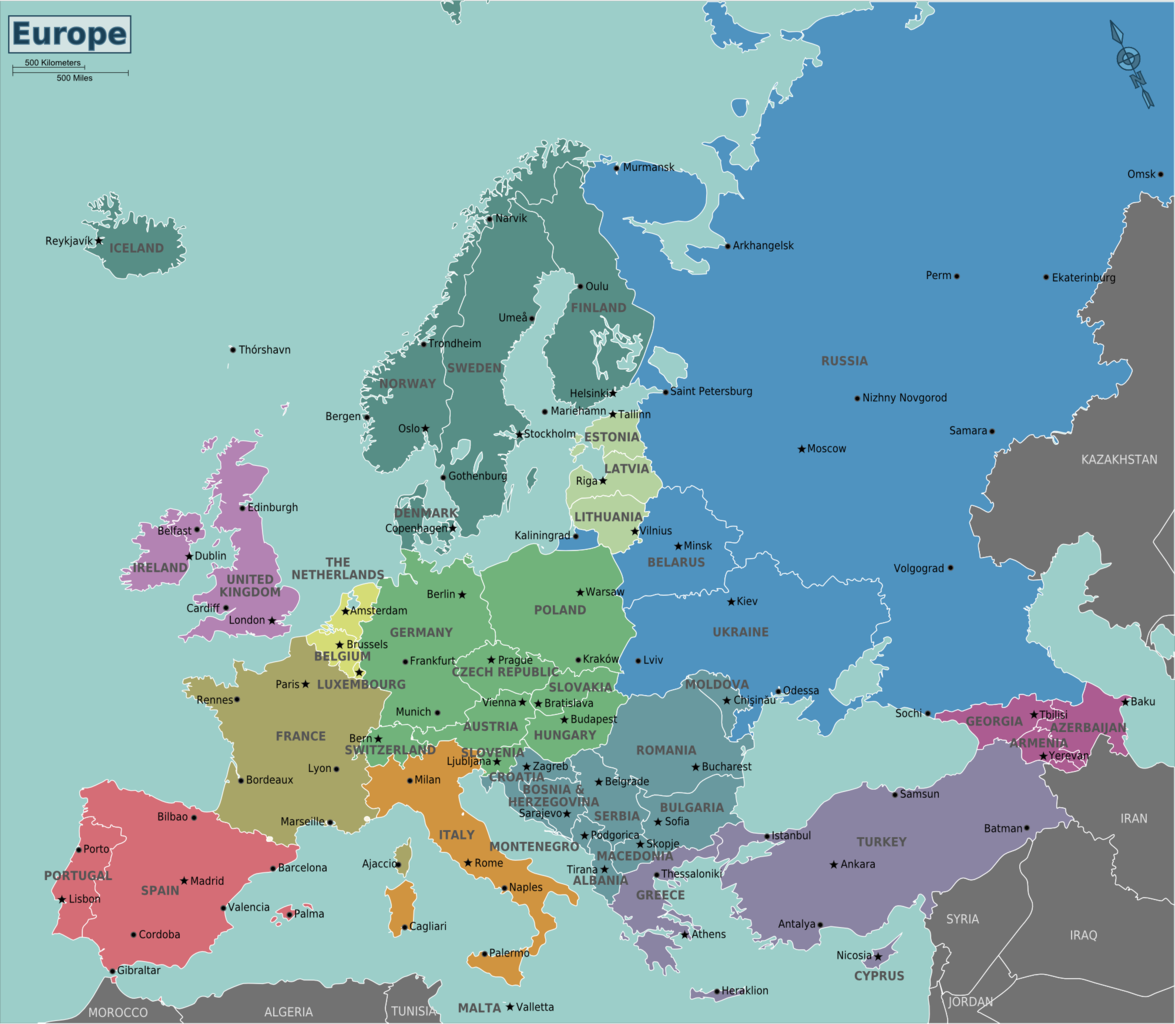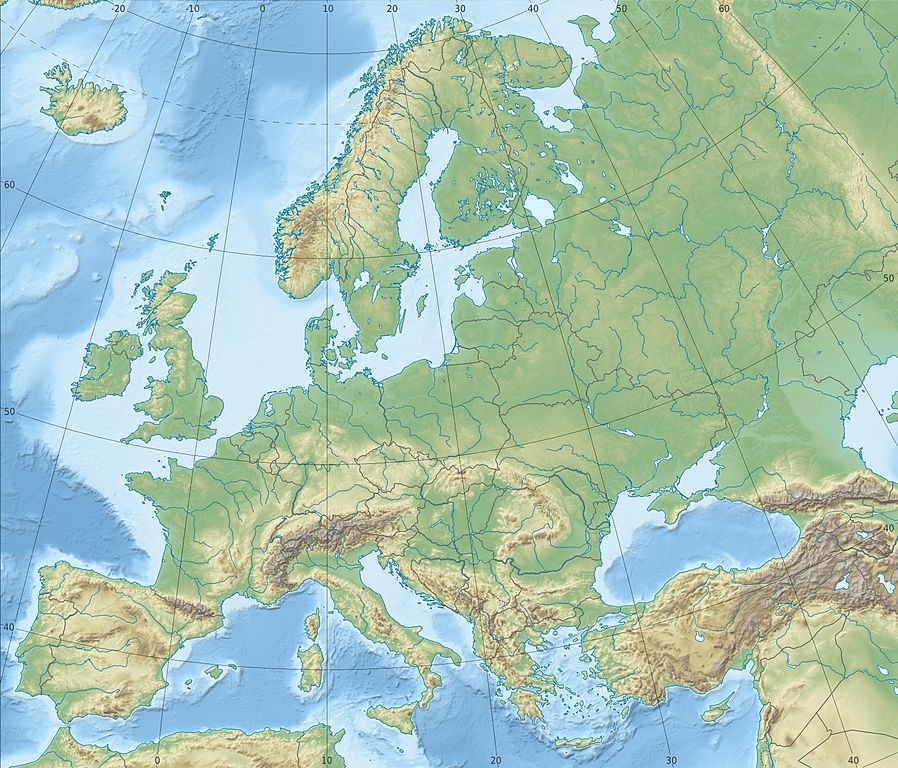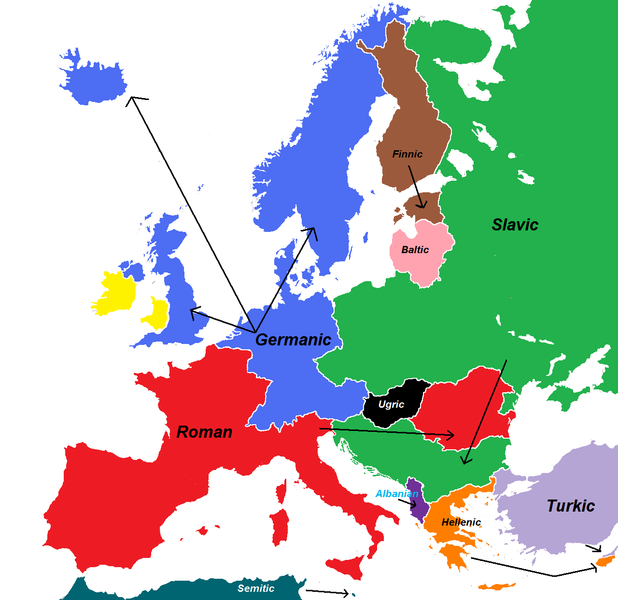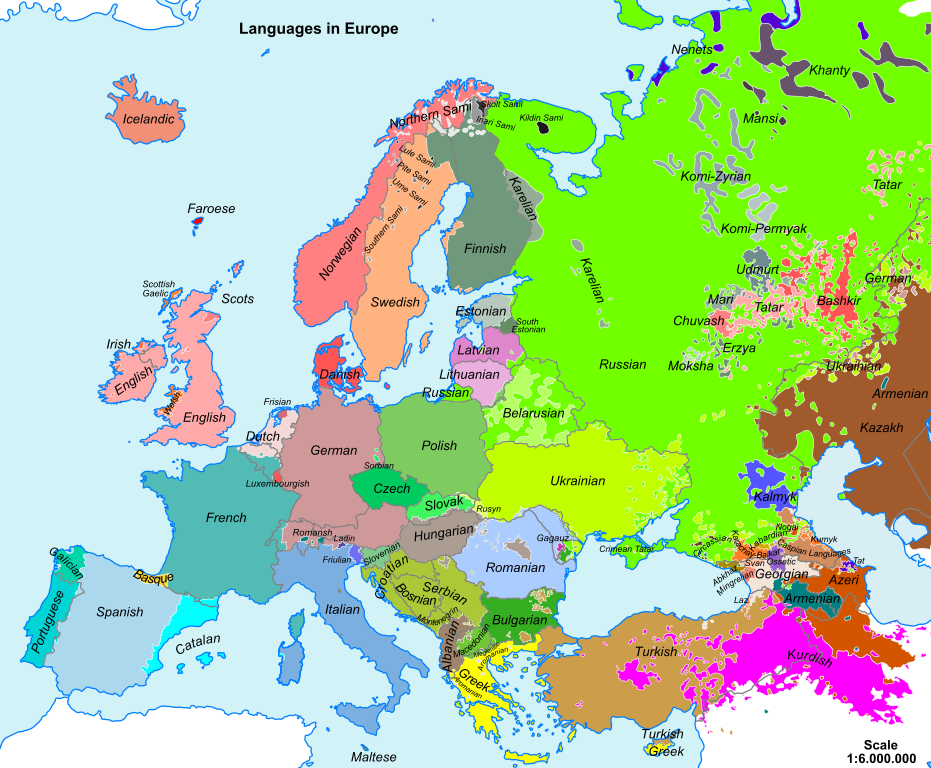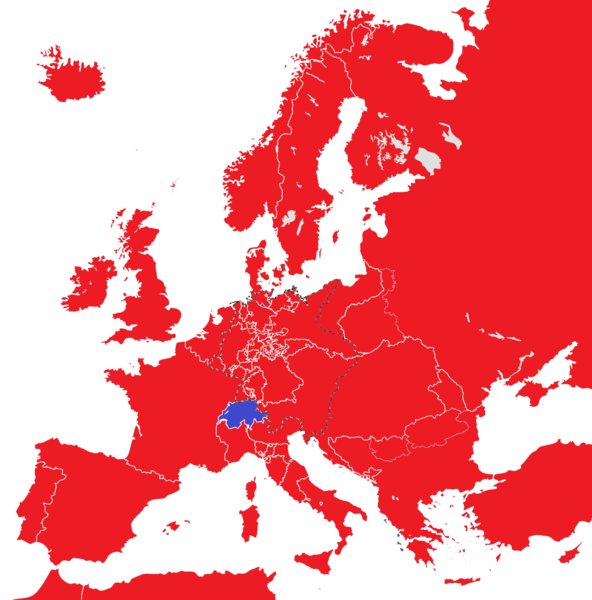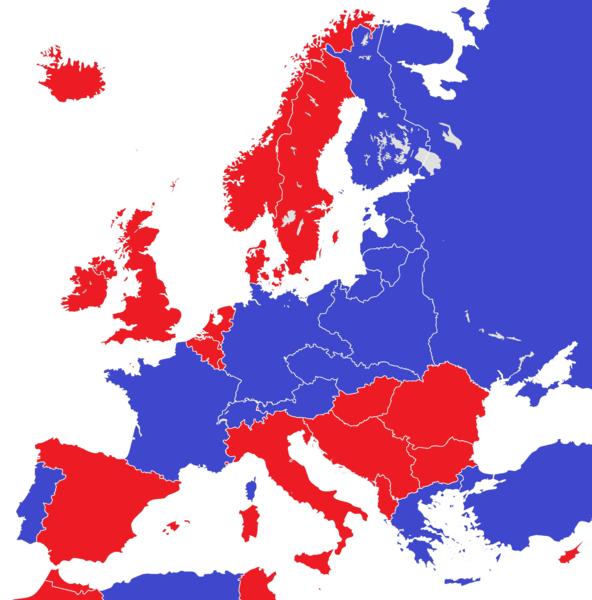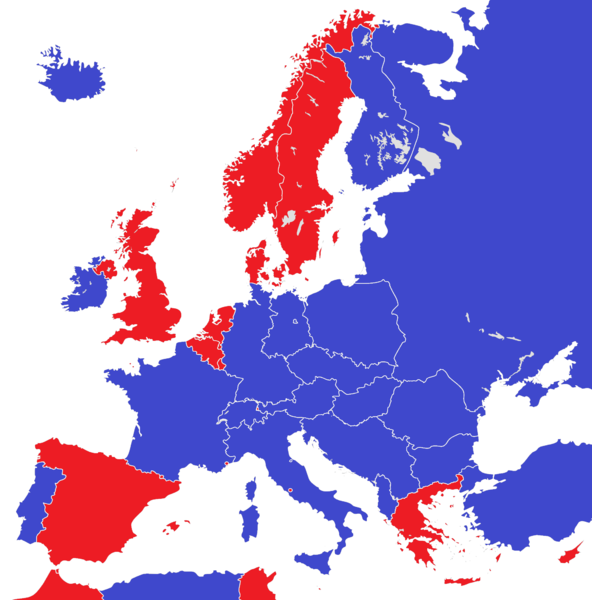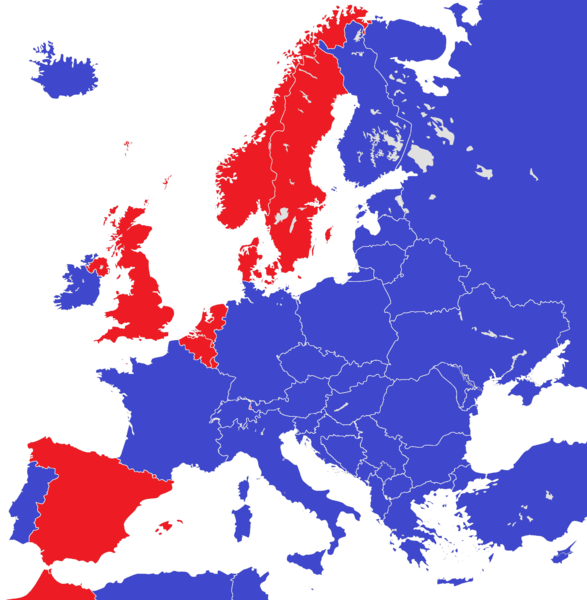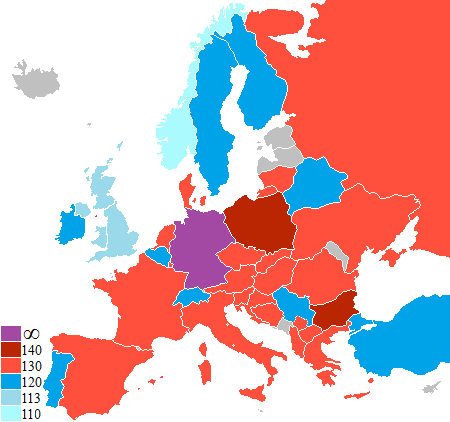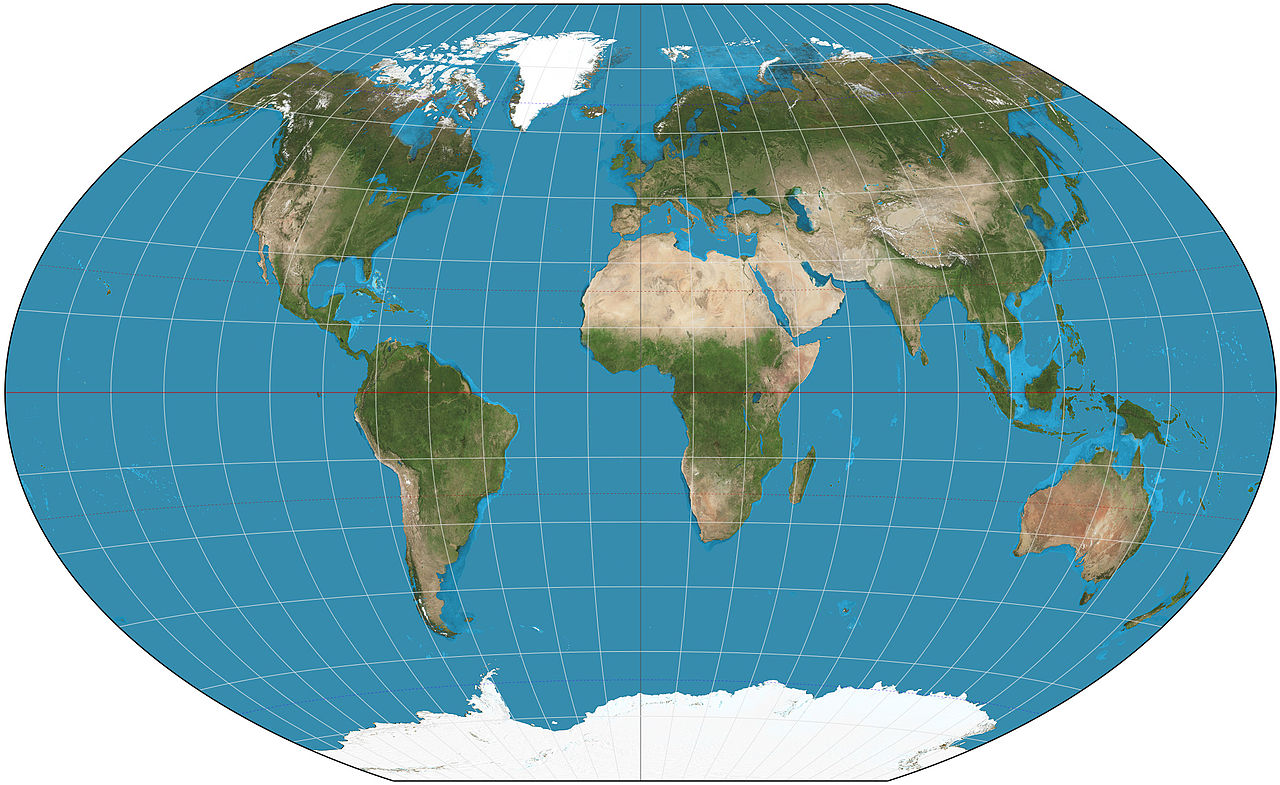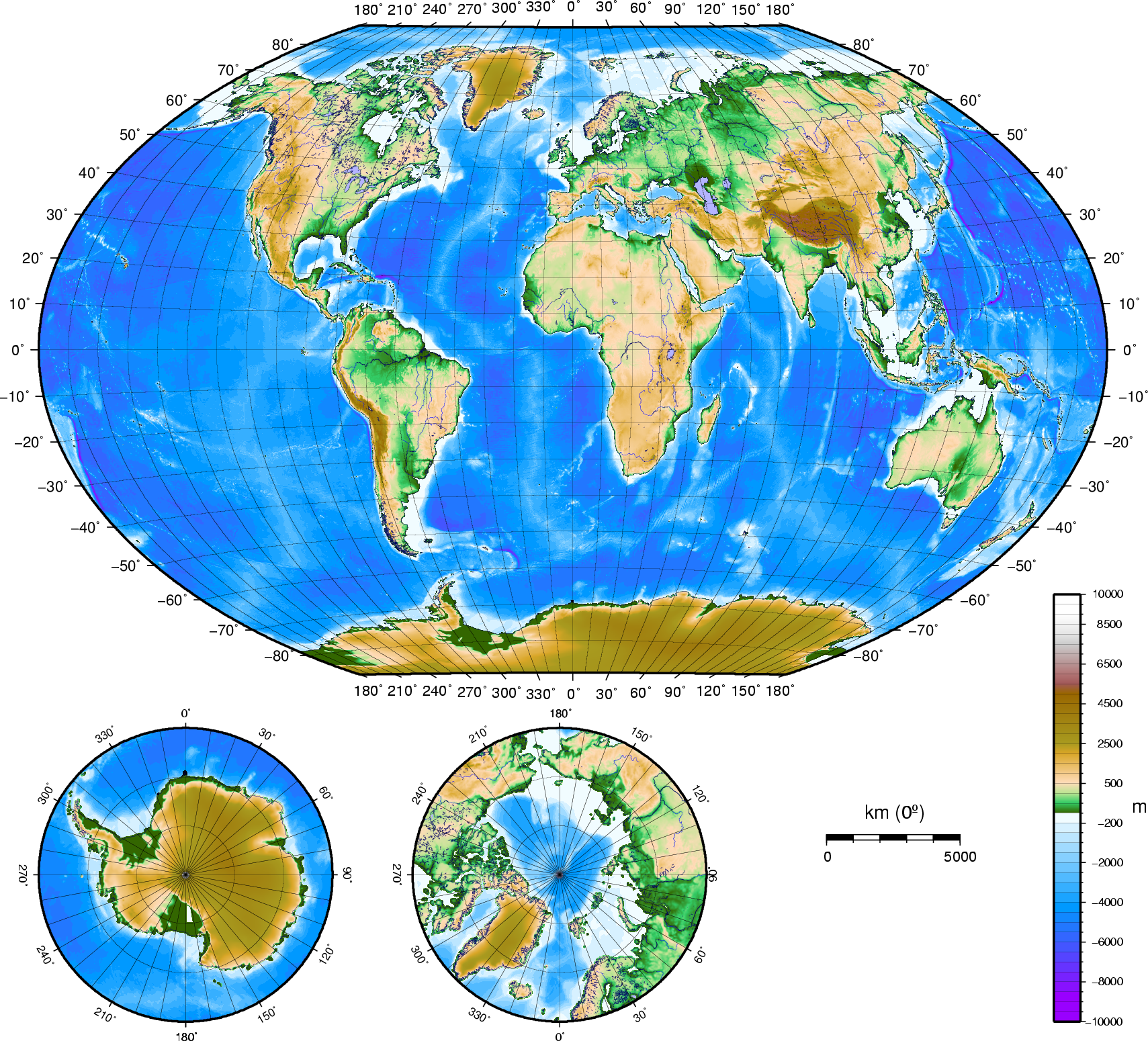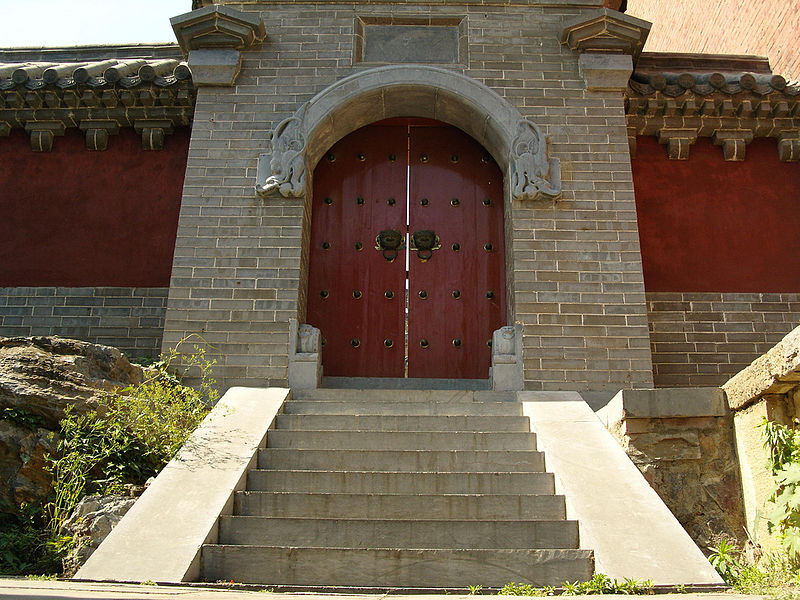





 |
 |
 |
 |
 |
 |
|---|---|---|---|---|---|
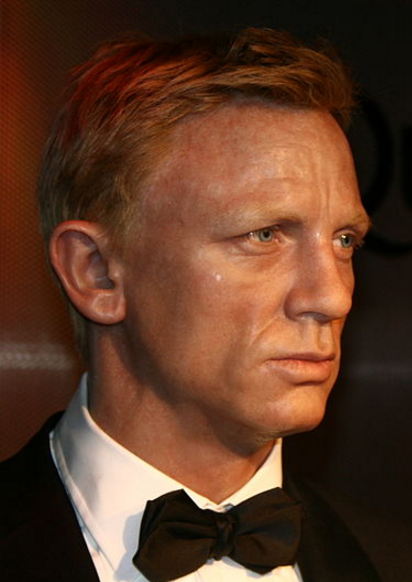 |
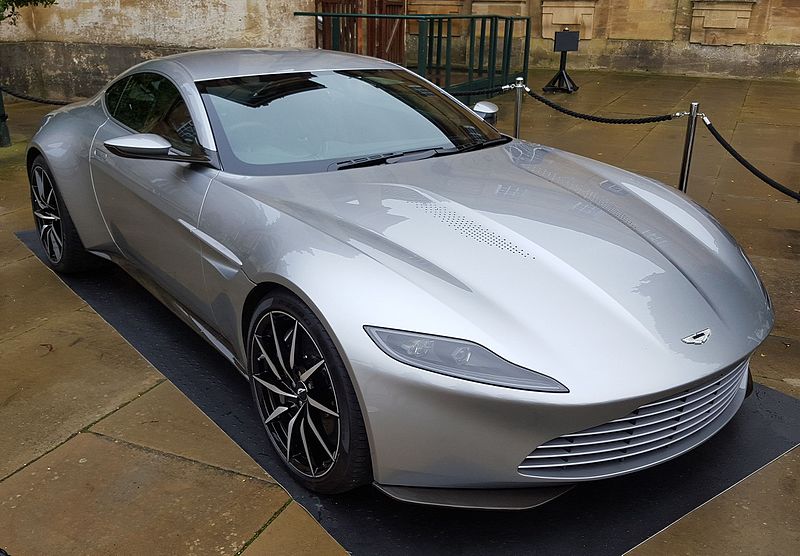 |
 |
|---|---|---|
 |
 |
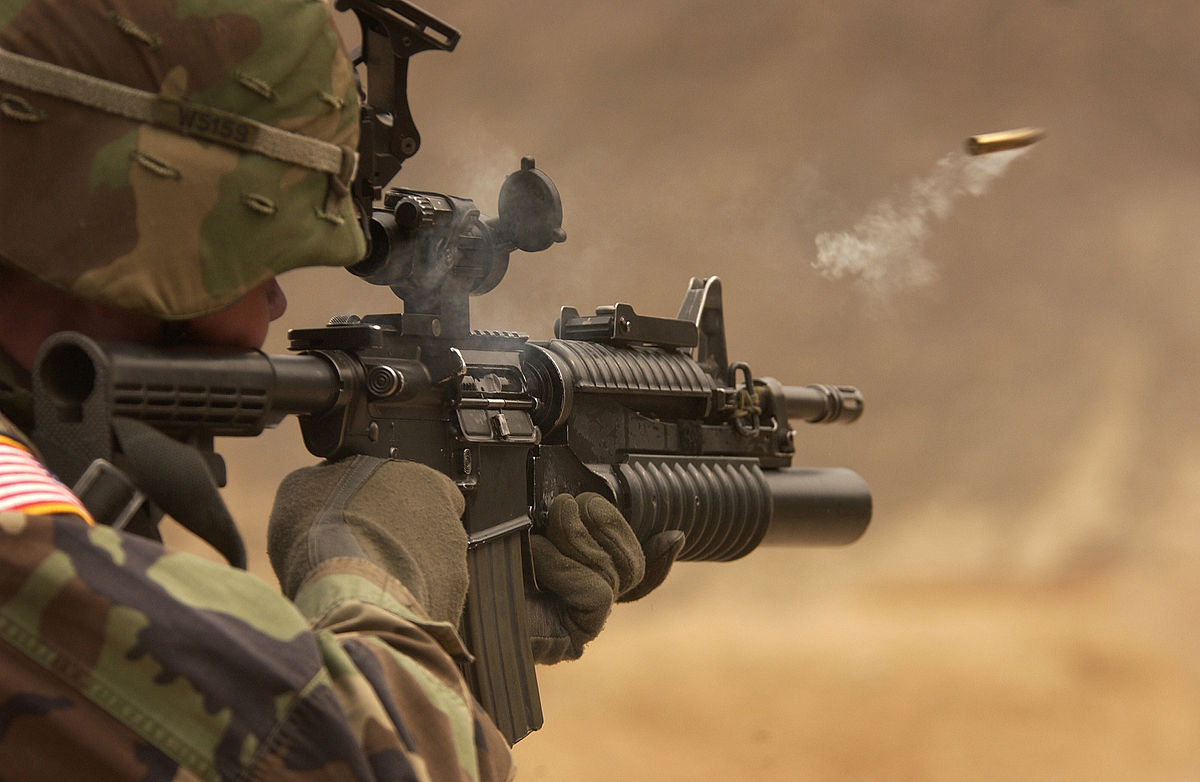 |
|---|---|---|
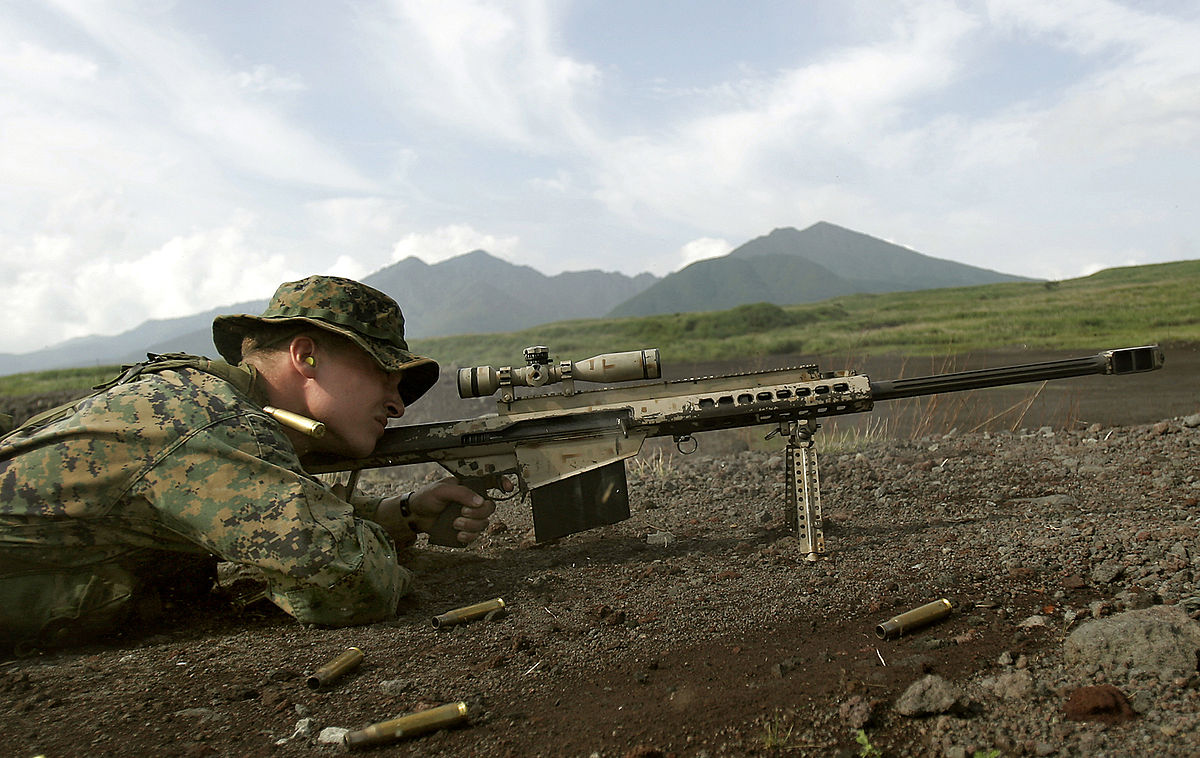 |
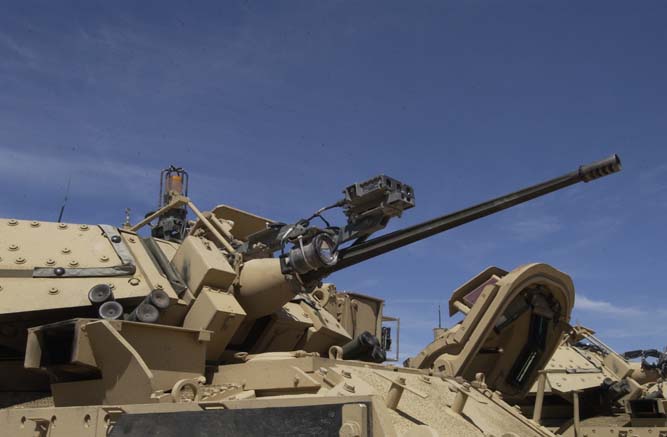 |
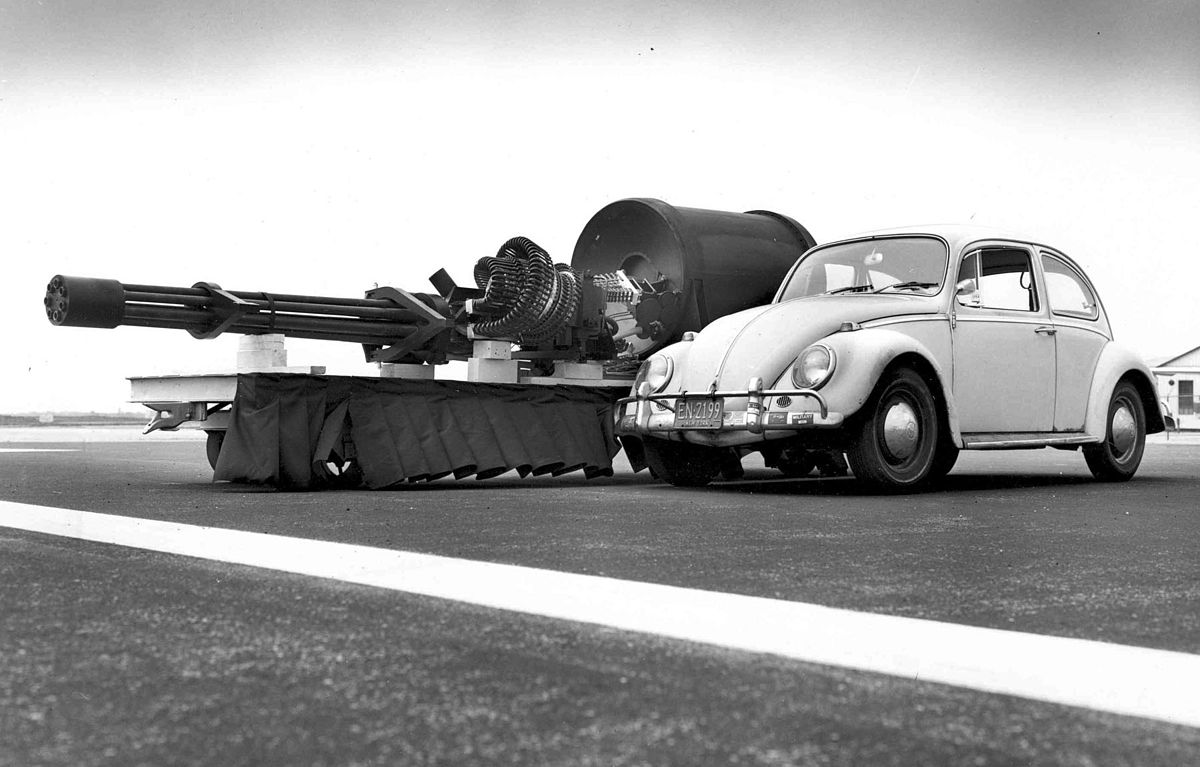 |
|---|---|---|
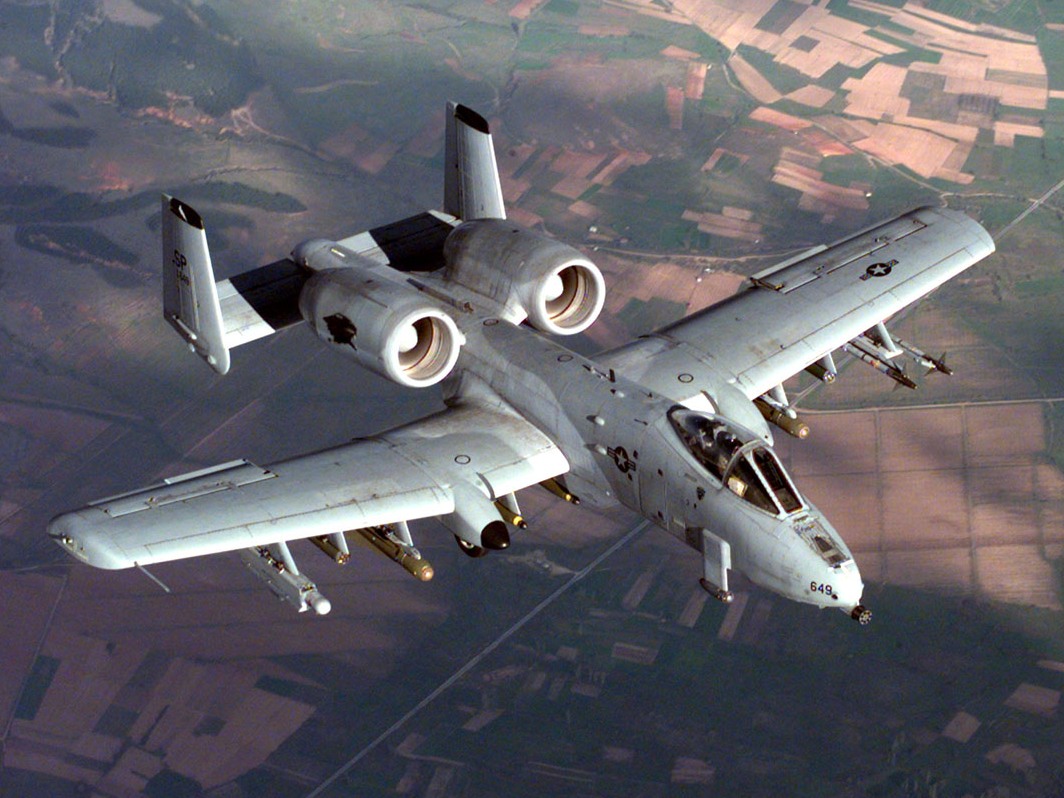 |
 |
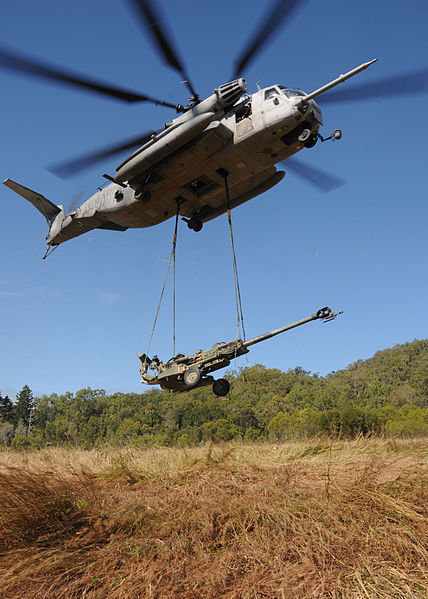 |
|---|---|---|
 |
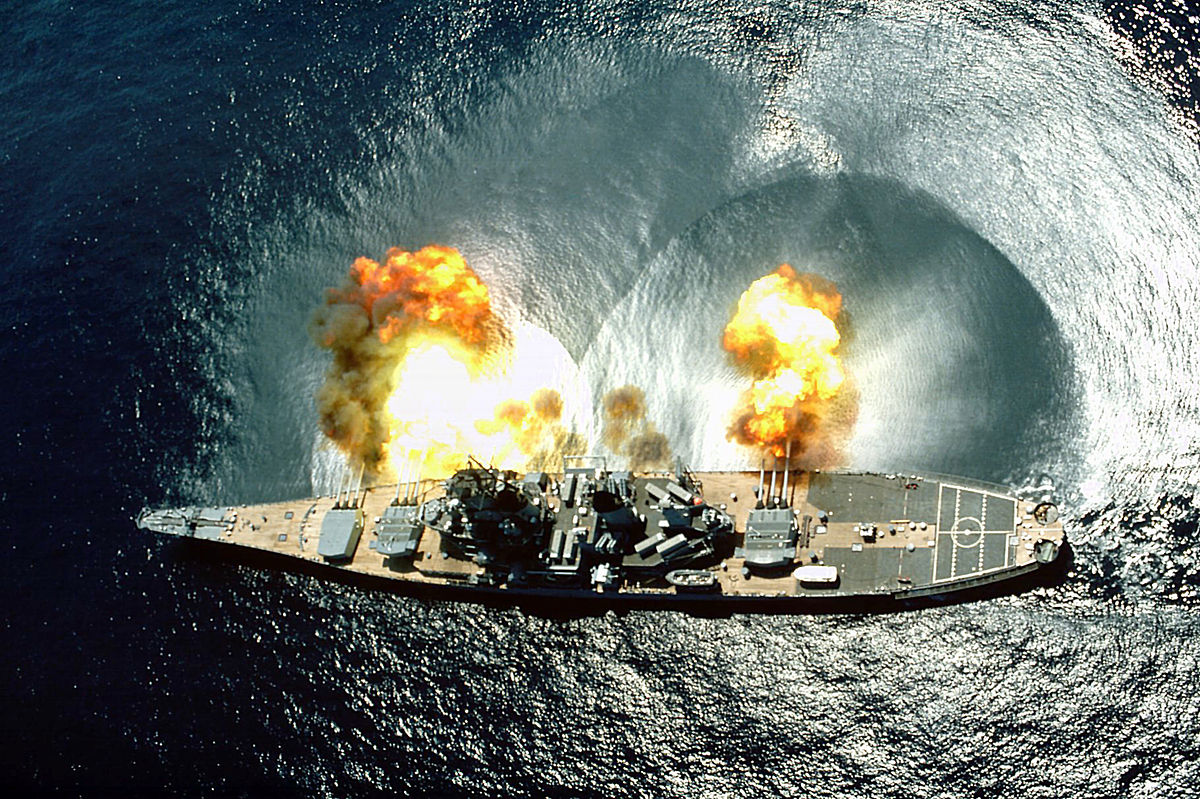 |
|---|---|
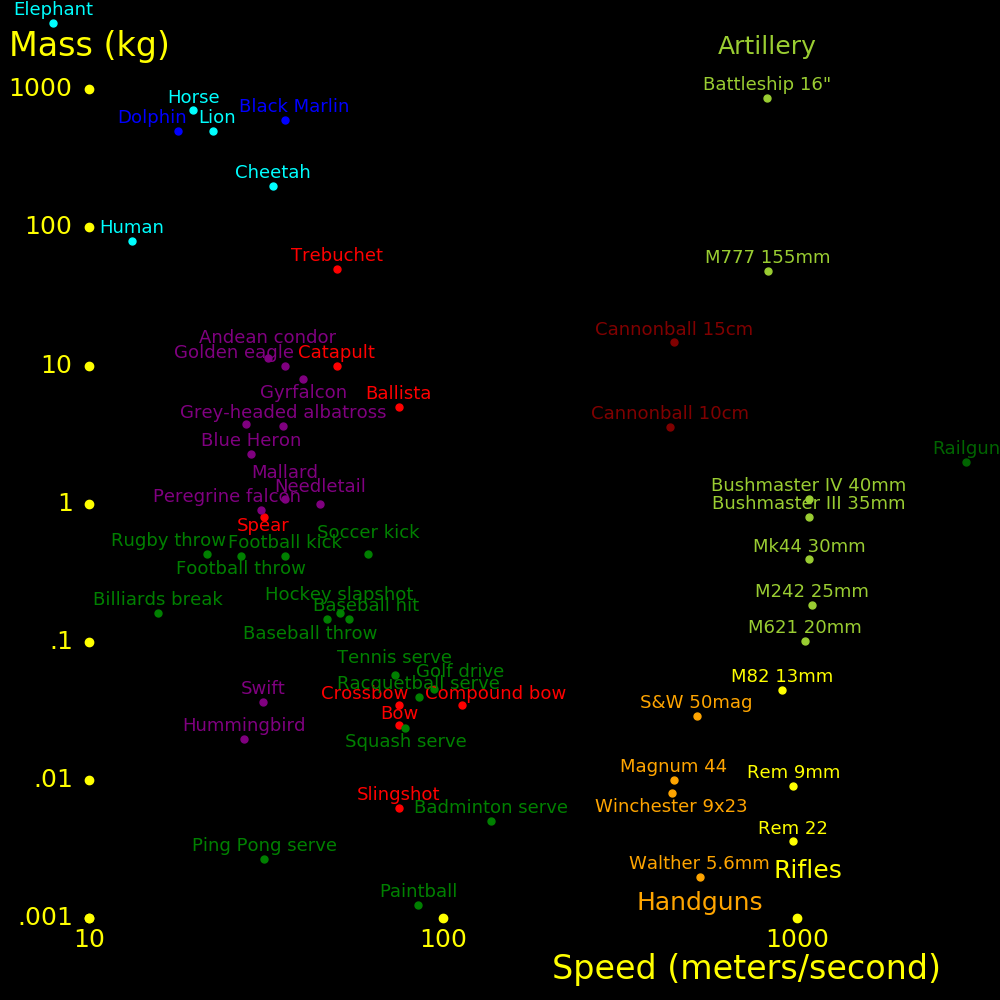 |
|---|
Bullet Bullet Speed Energy Barrel Gun Fire Vehicle Cartridge
diam mass rate mass
mm kg m/s kJoule meters kg Hertz tons
Swiss Mini Gun 2.3 .00013 122 .00097 .0018 .020
Chiappa 17 4.4 .0010 560 .16 .121 .17 PMC/Aguila
Chiappa 17 4.4 .0010 640 .20 .121 .17 HM2
SPP-1 4.5 .0128 245 .38 .95 4.5x40mmR
Heckler Koch MP7 4.6 .0020 735 .54 .180 1.9 HK 4.6x30mm
Walther PPK 5.6 .0020 530 .281 .083 .560
Walther PPK 5.6 .0030 370 .141 .083 .560
Walther PPK/S 7.65 .0050 318 .240 .083 .630
Walther PPK/E 9.0 .0065 323 .338 .083 .665
Luger 9mm 9.0 .0081 354 .102
Winchester 9x23 9.0 .0081 442
Colt 45 11.4 .0100 262 .127
Magnum 44 11.2 .0156 448 .165
Smith Wesson 460 11.5 .019 630 3.77 .213 .460 SW Magnum
Magnum DesertEagle 12.7 .019 470 .254 1.996 .50 Action Express
Smith Wesson 50mag 12.7 .026 550 .267 2.26
Smith Wesson 50mag 12.7 .029 520 3.92 .267 2.26
Smith Wesson 50mag 12.7 .032 434 3.01 .267 2.26 .500 SW Magnum
MagnumResearch BFR 12.7 .026 550 3.93 .254 2.40 .50 Beowulf
Ruger 96 4.4 .0013 720 .34 .47 2.38 .17 HMR
Ruger M77 5.2 .0026 1200 1.83 .61 3.74 .204 Ruger
CMMG MK47 Mutant 5.6 .0036 975 Remmington 22
Remmington 9mm 9.0 .0091 975
M4 Carbine 5.56 .0041 936 1.80 .370 2.88 15.8
FN SCAR-H Rifle 7.62 .011 790 3.51 .400 3.58 10.4 20 round magazine
Barrett M82 13.0 .045 908 18.9 .74 14.0 10 round magazine
Hannibal 14.9 .049 750 13.8
CZ-550 15.2 .065 914 27.2 .600 Overkill
Vidhwansak 20 .13 720 33.7 1.0 26 20x81 mm. 3 round magazine
RT-20 20 .13 850 47 .92 19.2 1 round magazine
M621 cannon 20 .102 1005 51.5 45.5 13.3 20x102 mm
M61 Vulcan 20 .102 1050 56.2 92 110 20x102. 6 barrels
Oerlikon KBA 25 .184 1335 164 2.888 112 10
M242 Bushmaster 25 .184 1100 111 2.175 119 8.3 27.6 M2 Bradley
GAU-12 Equalizer 25 .184 1040 99.5 122 70 6.3 Harrier 2. 5 barrels
M230 chain gun 30 .395 805 128 55.9 10.4 5.2 Apache. 30x113 mm
Mk44 Bushmaster 2 30 .395 1080 230 2.41 160 3.3 27.6 M2 Bradley. 30x173 mm
GAU-8 Avenger 30 .395 1070 226 2.30 281 70 11.3 A-10 Warthog. 30x173 mm. 7 barrels
Bushmaster III 35 1180 218 3.3 35x228 mm
Bushmaster IV 40 1.08 198 3.3 40x365 mm
Rheinmetall 120 120 8.350 1750 12800 6.6 4500 .1 62 M1 Abrams tank
M777 Howitzer 155 48 827 16400 5.08 4200 .083
Iowa Battleship 406 862 820 290000 20.3 121500 .033 45000
2 bore rifle 33.7 .225 460 23.7 .711 4.5 Historical big-game rifle
Cannonball 6 lb 87 2.72 438 261 2.4
Cannonball 9 lb 96 4.08 440 395 2.7
Cannonball 12 lb 110 5.44 453 558 2.4
Cannonball 18 lb 125 8.16 524 1120 2.6 2060
Cannonball 24 lb 138 10.89 524 1495 3.0 2500
Cannonball 32 lb 152 14.5 518 1945 3.4 2540
Cannonball 36 lb 158 16.33 450 1653 2.9 3250
Cannonball diameters are calculated from the mass assuming a density of 7.9
g/cm3.
 |
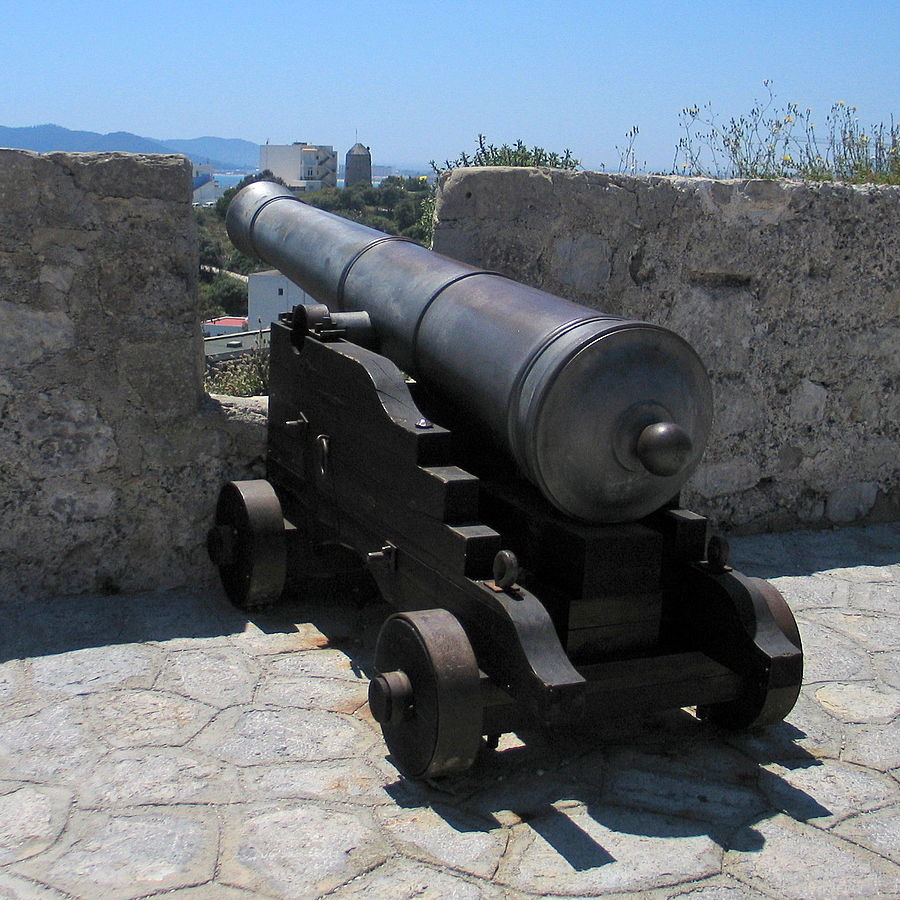 |
|---|---|
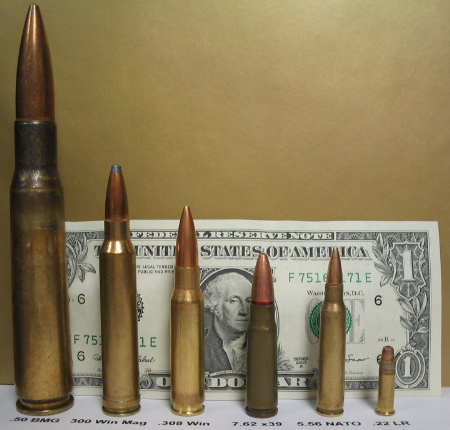 |
|---|
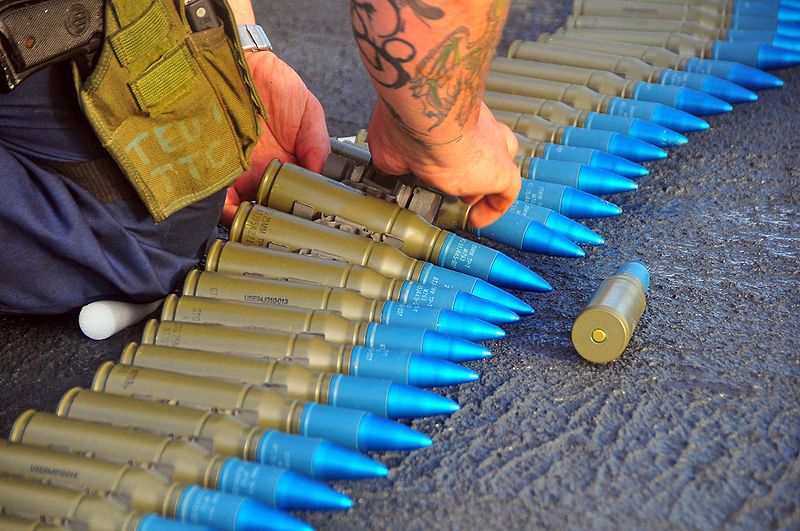 |
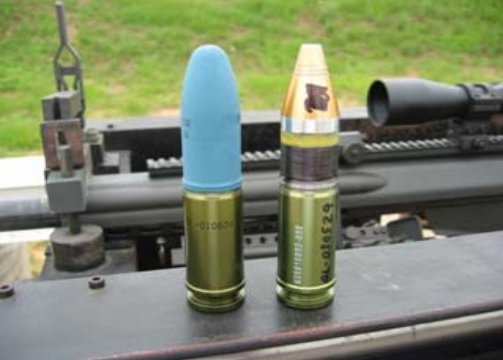 |
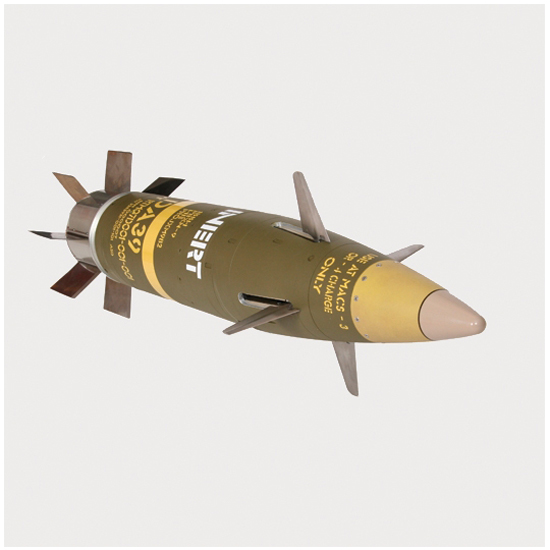 |
|---|---|---|
The energy distribution for a 7.62 mm Hawk bullet is
Bullet energy .32 Hot gas .34 Barrel heat .30 Barrel friction .02 Unburnt powder .01To estimate the velocity of a bullet,
Energy efficiency = e = .32 (Efficiency for converting powder energy to bullet enery) Bullet mass = M Powder mass = m Powder energy/mass = Q = 5.2 MJoules/kg Bullet velocity = V Bullet energy = E = ½ M V2 = e Q m (Kinetic energy = Efficiency * Powder energy) V = (2 e Q m / M)2 = 1820 (m/M)½ meters/second
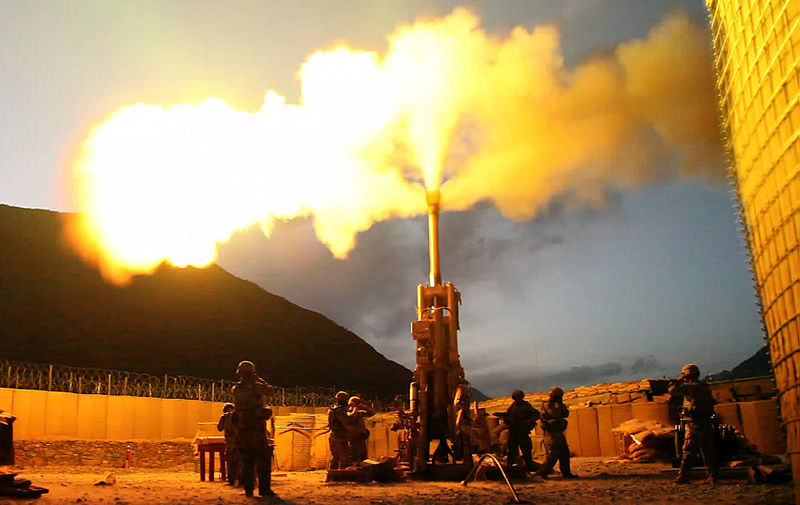 |
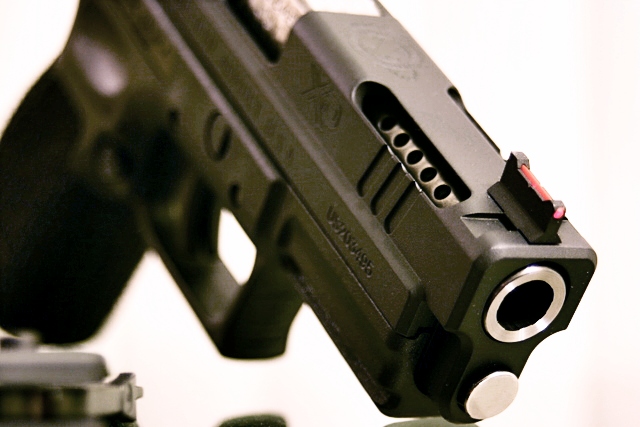 |
|---|---|
The muzzle break at the end of the barrel deflects gas sideways to reduce recoil.
 |
 |
 |
|
|---|---|---|---|
MJoules Rocket Shock Density Boil
/kg km/s km/s g/cm3 Kelvin
Beryllium+ O2 23.2 5.3
Aluminum + O2 15.5
Magnesium+ O2 14.8
Hydrogen + O2 13.2 4.56 .07 20
Kerosene + O3 12.9
Octanitrocubane 11.2 10.6 1.95
Methane + O2 11.1 3.80 .42 112 CH4
Octane + O2 10.4 .70 399 C8H18
Kerosene + O2 10.3 3.52 .80 410 C12H26
Dinitrodiazeno. 9.2 10.0 1.98
C6H6N12O12 9.1 1.96 China Lake compound
Kerosene + H2O2 8.1 3.2
Kerosene + N2O4 8.0 2.62
HMX (Octogen) 8.0 3.05 9.1 1.86
RDX (Hexagen) 7.5 2.5 8.7 1.78
Al + NH4NO3 6.9
Nitroglycerine 7.2 8.1 1.59 Unstable
PLX 6.5 1.14 95% CH3NO2 + 5% C2H4(NH2)2
Composition 4 6.3 8.04 1.59 91% RDX. "Plastic explosive"
Kerosene + N2O 6.18
Dynamite 5.9 7.2 1.48 75% Nitroglycerine + stabilizer
PETN 5.8 8.35 1.77
Smokeless powder 5.2 6.4 1.4 Used after 1884. Nitrocellulose
TNT 4.7 6.9 1.65 Trinitrotoluene
Al + Fe2O3 4.0 Thermite
H2O2 2.7 1.59 1.45 423 Hydrogen peroxide
Black powder 2.6 .6 1.65 Used before 1884
Al + NH4ClO4 2.6
NH4ClO4 2.5
N2O 1.86 1.76
N2H4 1.6 2.2 1.02 387 Hydrazine
Bombardier beetle .4 Hydroquinone + H2O2 + protein catalyst
N2O4 .10 1.45 294
Rocket: Rocket exhaust speed
Shock: Shock speed
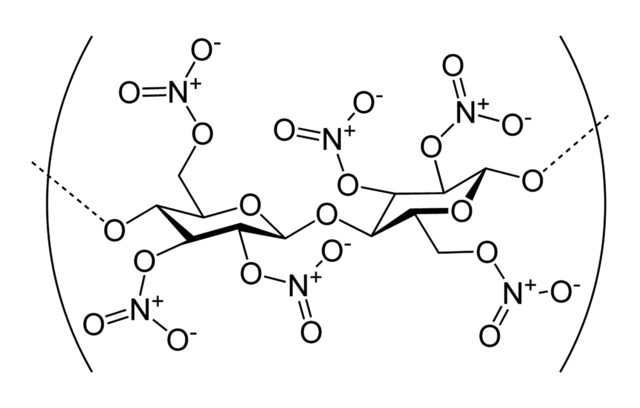 |
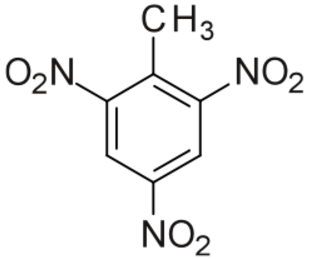 |
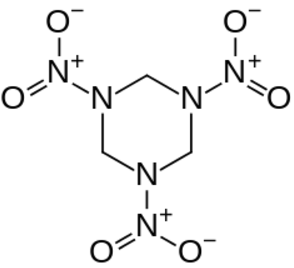 |
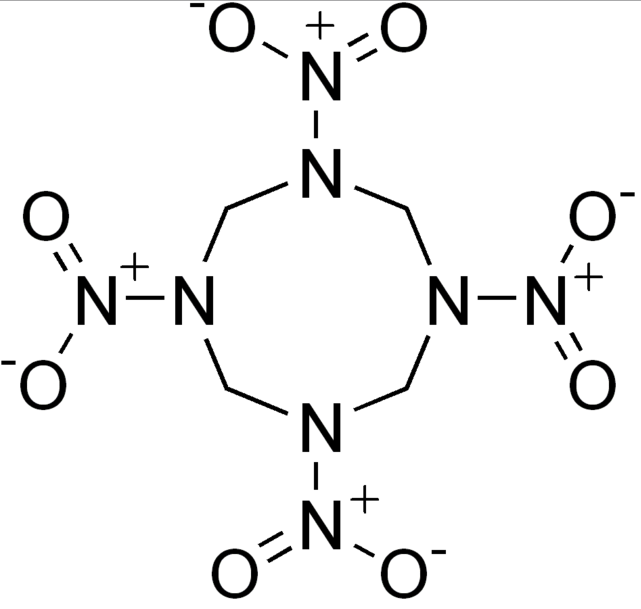 |
 |
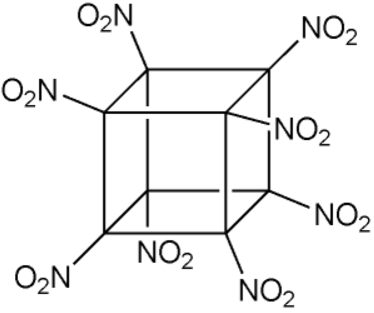 |
|---|---|---|---|---|---|
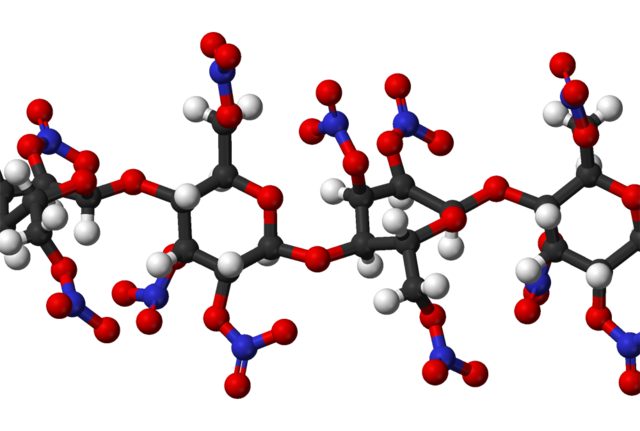 |
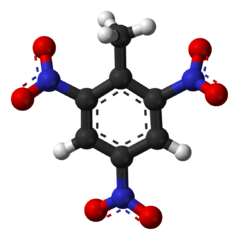 |
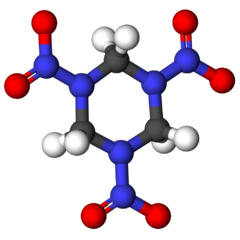 |
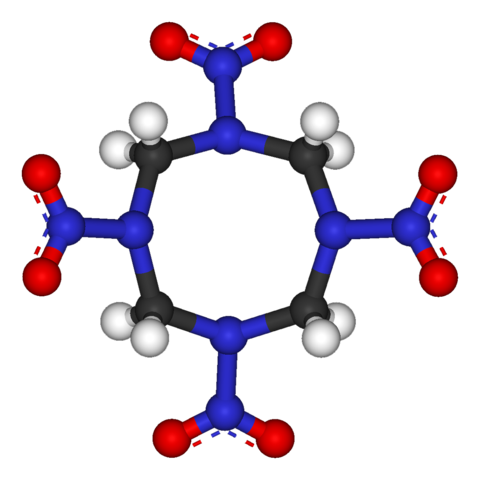 |
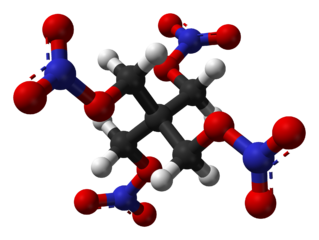 |
 |
|---|---|---|---|---|---|
 |
 |
|---|---|
High explosives have a large shock velocity.
MJoules Shock Density
/kg km/s g/cm3
Octanitrocubane 11.2 10.6 1.95
Dinitrodiazeno. 9.2 10.0 1.98
C6H6N12O12 9.1 1.96 China Lake compound
HMX (Octogen) 8.0 9.1 1.86
RDX (Hexagen) 7.5 8.7 1.78
PLX 6.5 1.14 95% CH3NO2 + 5% C2H4(NH2)2
Composition 4 6.3 8.04 1.59 91% RDX. "Plastic explosive"
Dynamite 5.9 7.2 1.48 75% Nitroglycerine + stabilizer
PETN 5.8 8.35 1.77
The best oxidizer is liquid oxygen, and the exhaust speed for various fuels when burned with oxygen is:
Exhaust Energy Density of fuel + oxidizer
speed /mass
km/s MJ/kg g/cm3
Hydrogen H2 4.46 13.2 .32
Methane CH4 3.80 11.1 .83
Ethane C2H6 3.58 10.5 .9
Kerosene C12H26 3.52 10.3 1.03
Hydrazine N2H4 3.46 1.07
Liquid hydrogen is usually not used for the ground stage of rockets because of
its low density.
We use kerosene as a standard fuel and show the rocket speed for various oxidizers. Some of the oxidizers can be used by themselves as monopropellants.
Energy/Mass Energy/Mass Rocket Rocket Boil Density
with kerosene as monopropellant with kerosene as monopropellant Kelvin g/cm3
MJoule/kg MJoule/kg km/s km/s
O3 12.9 2.97 161
O2 10.3 0 3.52 0 110 1.14
H2O2 8.1 2.7 3.2 1.6 423 1.45
N2O4 8.00 .10 2.62 294 1.44
N2O 6.18 1.86 1.76 185
N2H4 - 1.58 2.2 387 1.02
MJoules Rocket Density
/kg km/s g/cm3
C6H6N12O12 9.1 1.96 China Lake compound
HMX (Octogen) 8.0 3.05 1.86
RDX (Hexagen) 7.5 2.5 1.78
Al + NH4ClO4 2.6
NH4ClO4 2.5
NH3OHNO3 2.5 1.84 Hydrxyammonium nitrate
Al + NH4NO3 6.9
NH4NO3 1.4 2.0 1.12 Ammonium nitrate
~808 Qing Xuzi publishes a formula resembling gunpower, consisting of
6 parts sulfur, 6 parts saltpeter, and 1 part birthwort herb (for carbon).
~850 Incendiary property of gunpower discovered
1132 "Fire lances" used in the siege of De'an, China
1220 al-Rammah of Syria publishes "Military Horsemanship and Ingenious War
Devices", describes the purification of potassium nitrate by
adding potassium carbonate with boiling water, to precipitate out
magnesium carbonate and calcium carbonate.
1241 Mongols use firearms at the Battle of Mohi, Hungary
1338 Battle of Arnemuiden. First naval battle involving cannons.
1346 Cannons used in the Siege of Calais and the Battle of Crecy
1540 Biringuccio publishes "De la pirotechnia", giving recipes for gunpowder
1610 First flintlock rifle
1661 Boyle publishes "The Sceptical Chymist", a treatise on the
distinction between chemistry and alchemy. It contains some of the
earliest modern ideas of atoms, molecules, and chemical reaction,
and marks the beginning of the history of modern chemistry.
1669 Phosphorus discovered
1774 Lavoisier appointed to develop the French gunpowder program. By 1788
French gunpowder was the best in the world.
1832 Braconnot synthesizes the first nitrocellulose (guncotton)
1846 Nitrocellulose published
1847 Sobrero discovers nitroglycerine
1862 LeConte publishes simple recipes for producing potassium nitrate.
1865 Abel develops a safe synthesis of nitrocellulose
1867 Nobel develops dynamite, the first explosive more powerful than black powder
It uses diatomaceous earth to stabilize nitroglycerine
1884 Vieille invents smokeless gunpowder (nitrocellulose), which is 3 times
more powerful than black powder and less of a nuisance on the battlefield.
1902 TNT first used in the military. TNT is much safer than dynamite
1930 RDX appears in military applications
1942 Napalm developed
1949 Discovery that HMX can be synthesized from RDX
1956 C-4 explosive developed (based on RDX)
1999 Eaton and Zhang synthesize octanitrocubane and heptanitrocubane
Black powder = .75 KNO3 + .19 Carbon + .06 Sulfur
Above 550 Celsius, potassium nitrate decomposes. 2 KNO3 ↔ 2 KNO2 + O2.
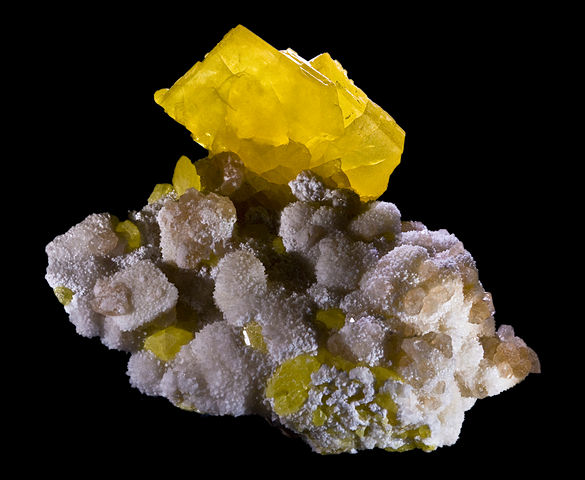 |
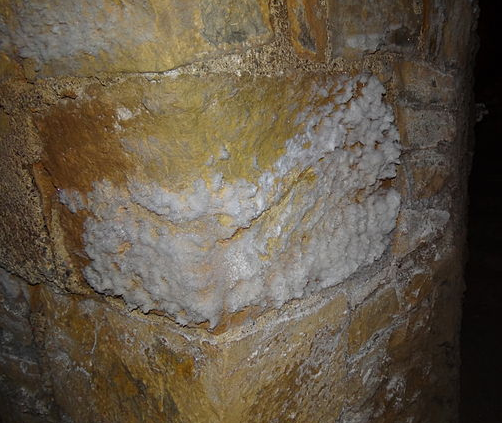 |
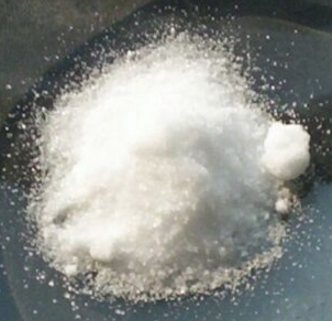 |
|
|---|---|---|---|
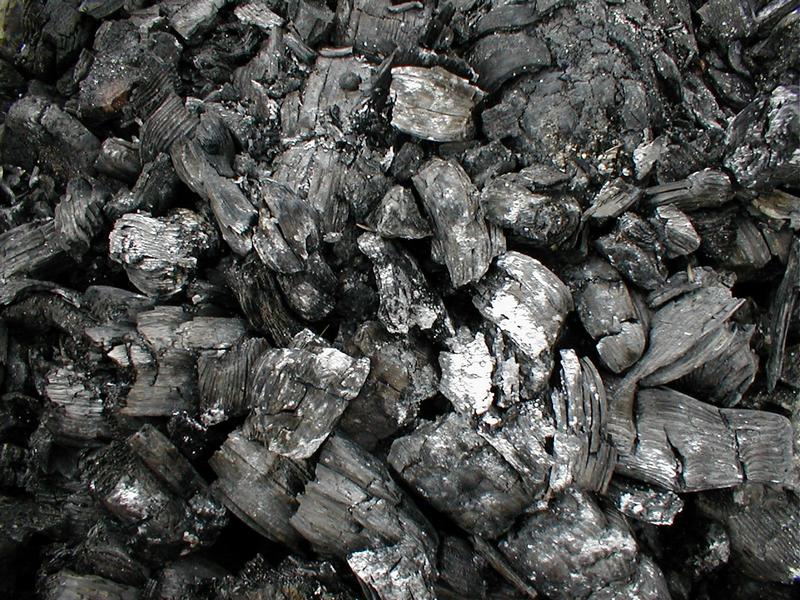 |
 |
 |
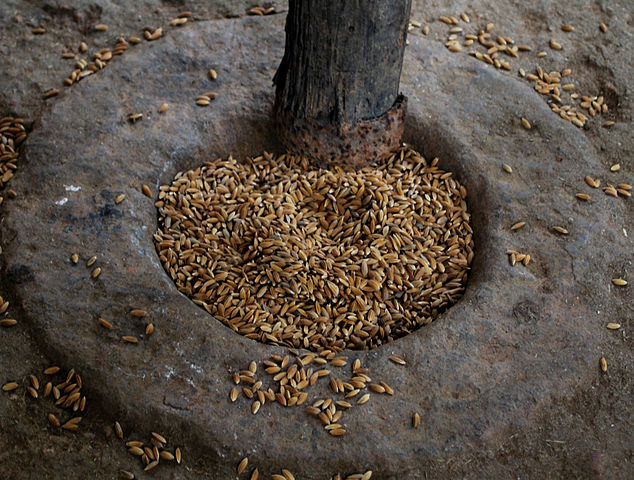 |
|---|---|---|---|
Potassium nitrate KNO3 75% (Saltpeter) Charcoal C7H4O 15% Sulfur S 10% Oversimplified equation: 2 KNO3 + 3 C + S → K2S + N2 + 3 CO2 Realistic equation: 6 KNO3 + C7H4O + 2 S → KCO3 + K2SO4 + K2S + 4 CO2 + 2 CO + 2 H2O + 3 N2Nitrite (NO3) is the oxidizer and sulfur lowers the ignition temperature.
MJoules
/kg
Hydrogen + Oxygen 13.16
Gasoline + Oxygen 10.4
Mass Energy Energy/Mass
kg MJ MJ/kg
MOAB 9800 46000 4.7 8500 kg of fuel
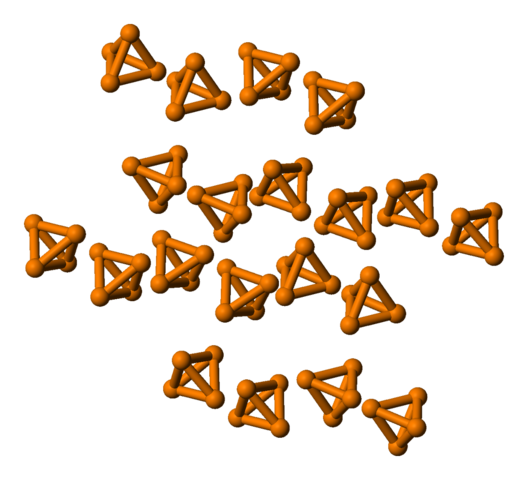 |
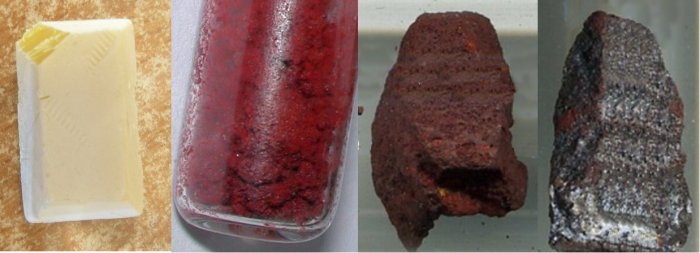 |
 |
|---|---|---|
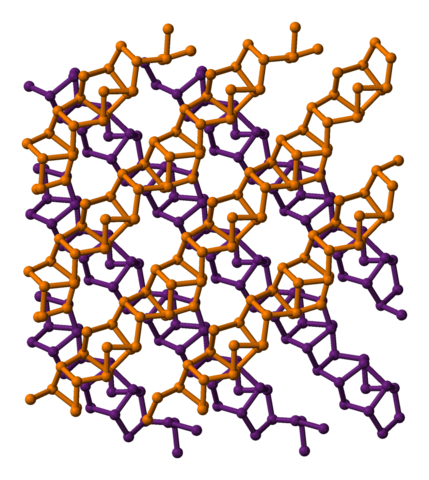 |
 |
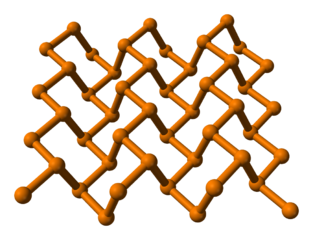 |
|---|---|---|
Form Ignition Density
(Celsius)
White 30 1.83
Red 240 1.88
Violet 300 2.36
Black 2.69
Red phosphorus is formed by heating white phosphorus to 250 Celsius or by
exposing it to sunlight. Violet phosphorus is formed by heating red phosphorus
to 550 Celsius. Black phosphorus is formed by heating white phosphorus at a
pressure of 12000 atmospheres. Black phosphorus is least reactive form and it
is stable below 550 Celsius.
 |
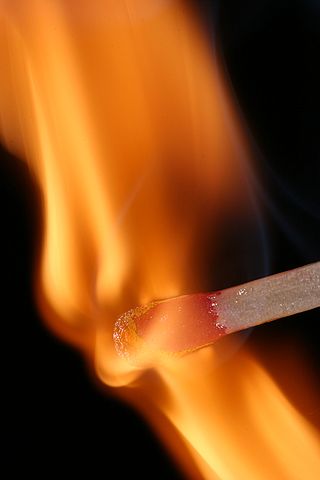 |
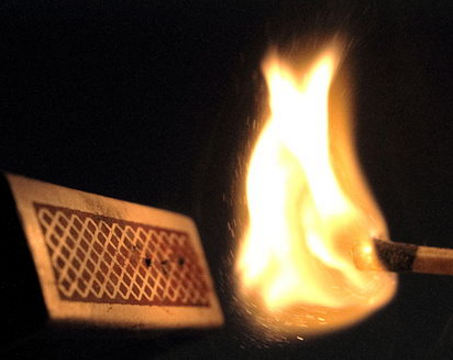 |
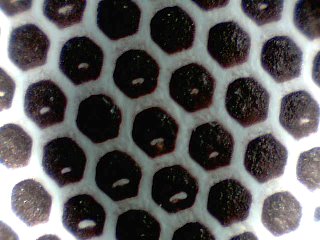 |
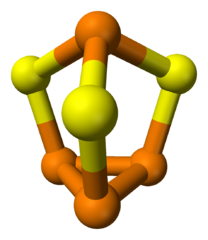 |
|
|---|---|---|---|---|---|
The safety match was invented in 1844 by Pasch. The match head cannot ignite by itself. Ignitition is achieved by striking it on a rough surface that contains red phosphorus. When the match is struck, potassium chlorate in the match head mixes with red phosphorus in the abrasive to produce a mixture that is easily ignited by friction. Antimony trisulfide is added to increase the burn rate.
Match head Fraction Striking surface Fraction Potassium chlorate KClO3 .50 Red phosphorus .5 Silicon filler Si .4 Abrasive .25 Sulfur S small Binder .16 Antimony3 trisulfide Sb2S3 small Neutralizer .05 Neutralizer small Carbon .04 Glue smallA "strike anywhere" match has phosphorus in the match head in the form of phosphorus sesquisulfide (P4S3) and doesn't need red phosphorus in the striking surface. P4S3 has an ignition temperature of 100 Celsius.
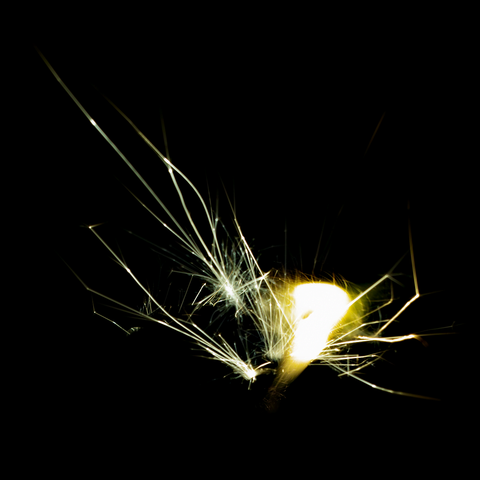 |
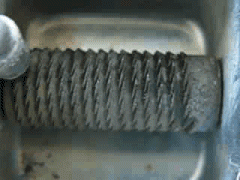 |
.jpg) |
|---|---|---|
Before the invention of iron, fires were started by striking flint (quartz) with pyrite to generate sparks. Flintlock rifles work by striking flint with iron. With the discovery of cerium, ferrocerium replaced iron and modern butane lighters use ferrocerium, which is still referred to as "flint".
Cerium .38 Ignition temperature of 165 Celsius Lanthanum .22 Iron .19 Neodymium2 .04 Praseodymium .04 Magnesium .04
 |
|---|
Nitrous oxide is stored as a cryogenic liquid and injected along with gaoline into the combustion chamber. Upon heating to 300 Celsius the nitrous oxide decomposes into nitrogen and oxygen gas and releases energy. The oxygen fraction in this gas is higher than that in air (1/3 vs. .21) and the higher faction allows for more fuel to be consumed per cylinder firing.
Air density = .00122 g/cm3 Nitrous oxide gas density = .00198 g/cm3 Diesel density = .832 g/cm3 Gasoline density = .745 g/cm3 Diesel energy/mass = 43.1 MJoules/kg Gasoline energy/mass = 43.2 MJoules/kg Nitrous oxide boiling point = -88.5 Celsius Air oxygen fraction = .21 Nitrous oxide oxygen fraction= .33 Nitrous oxide decompose temp = 300 Celsius Nitrous oxide liquid pressure= 52.4 Bars Pressure required to liquefy N2O at room temperature
 |
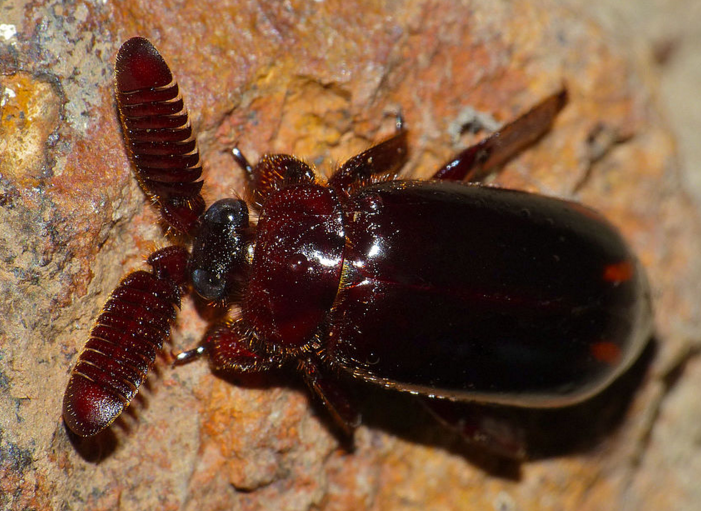 |
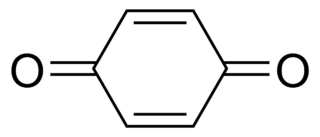 |
|---|---|---|
Hydroquinone and peroxide are stored in 2 separate compartments are pumped into the reaction chamber where they explode with the help of protein catalysts. The explosion vaporizes 1/5 of the liquid and expels the rest as a boiling drop of water, and the p-quinone in the liquid damages the foe's eyes. The energy of expulsion pumps new material into the reaction chamber and the process repeats at a rate of 500 pulses per second and a total of 70 pulses. The beetle has enough ammunition for 20 barrages.
2 H2O2 → 2 H2O + O2 (with protein catalyst) C6H4(OH)2 → C6H4O2 + H2 (with protein catalyst) O2 + 2 H2 → 2 H2O Firing rate = 500 pulses/second Number of pulses in one barrage = 70 Firing time = .14 seconds Number of barrages = 20
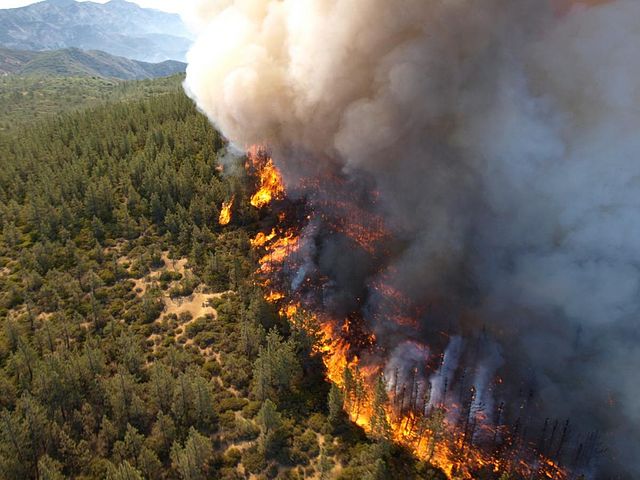 |
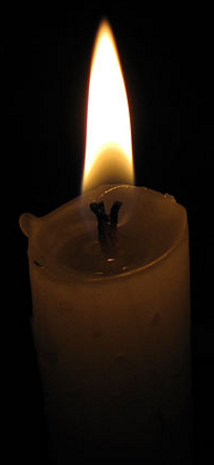 |
 |
 |
|
|---|---|---|---|---|
A turbojet engine compresses air before burning it to increase the flame speed and make it burn explosively. A ramjet engine moving supersonically doesn't need a turbine to achieve compression.
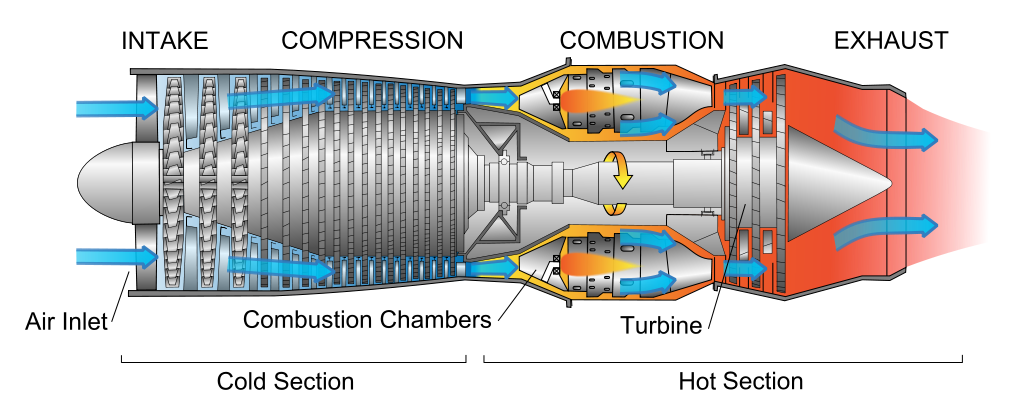 |
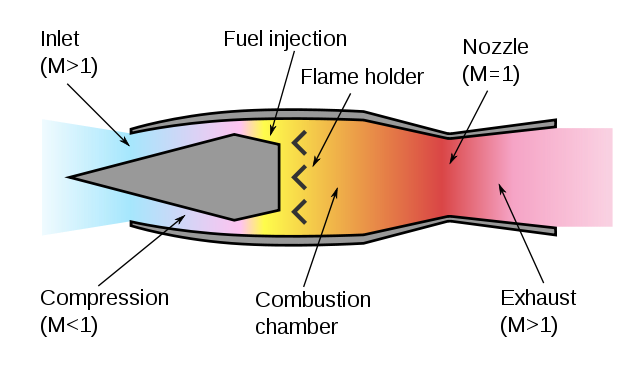 |
|---|---|
Airbus A350 compression ratio = 52 Air density at sea level = 1 bar Air density at 15 km altitude = .25 bar Air density in A350 engine = 13 barFrom the thermal flame theory of Mallard and Le Chatelier,
Temperature of burnt material = Tb Temperature of unburnt material = Tu Temperature of ignition = Ti Fuel density = Dfuel Oxygen density = Doxygen Reaction coefficient = C Reaction rate = R = C Dfuel Doxygen Thermal diffusivity = Q = 1.9⋅10-5 m2/s Flame speed = V V2 = Q C Dfuel Doxygen (Tb - Ti) / (Ti - Tu)
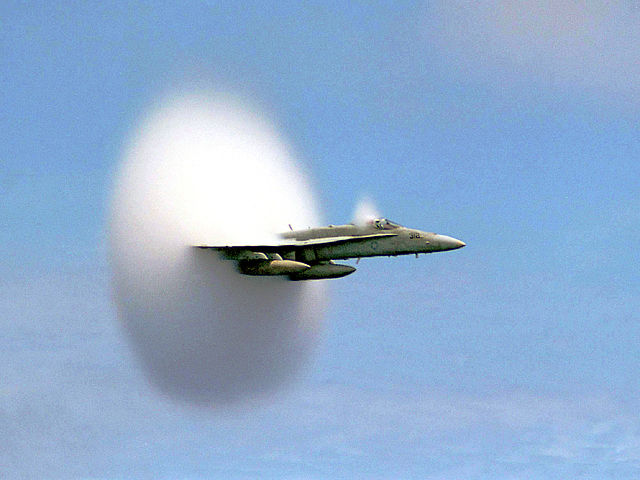 |
 |
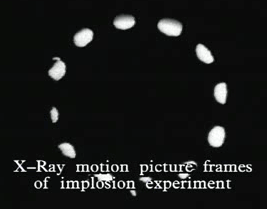 |
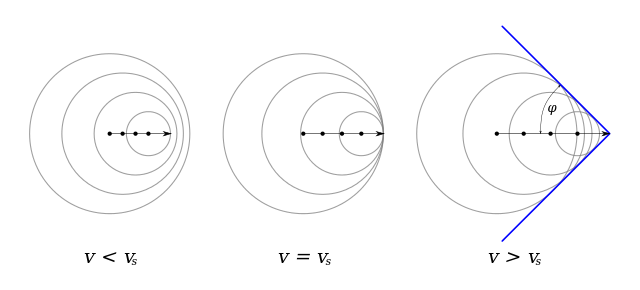 |
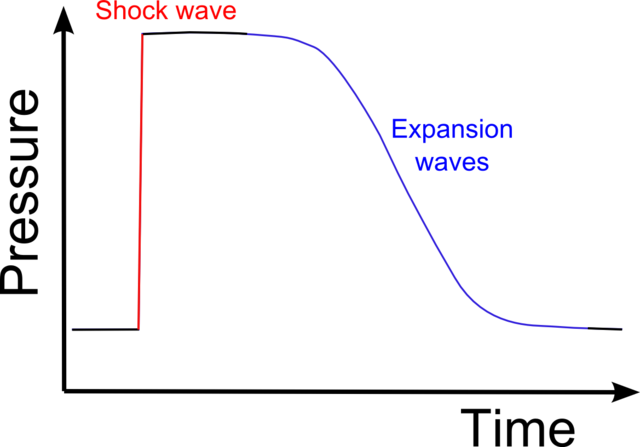 |
|---|---|---|---|---|
If the pressure front moves supersonically then the front forms a discontinuous shock, where the pressure makes a sudden jump as the shock passes.
Metal powder is often included with explosives.
Energy/mass Energy/mass
not including including
oxygen oxygen
(MJoule/kg) (MJoule/kg)
Hydrogen 113.4 12.7
Gasoline 46.0 10.2
Beryllium 64.3 23.2
Aluminum 29.3 15.5
Magnesium 24.5 14.8
Carbon 12.0 3.3
Lithium 6.9 3.2
Iron 6.6 4.6
Copper 2.0 1.6
 |
 |
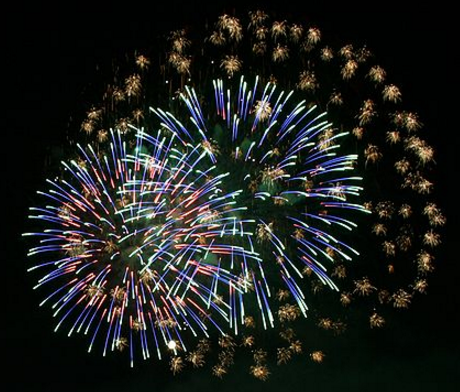 |
 |
 |
|---|---|---|---|---|
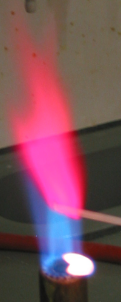 |
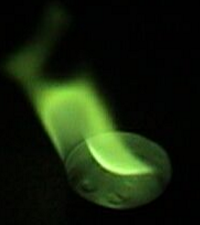 |
 |
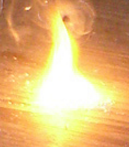 |
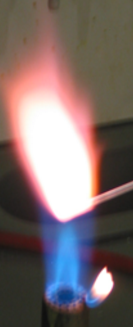 |
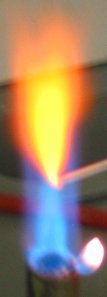 |
 |
|---|---|---|---|---|---|---|
 |
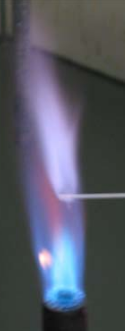 |
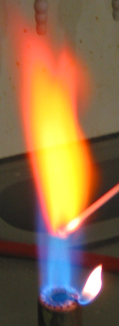 |
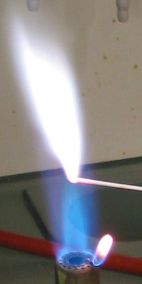 |
 |
 |
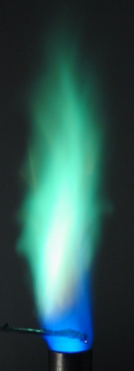 |
|---|---|---|---|---|---|---|
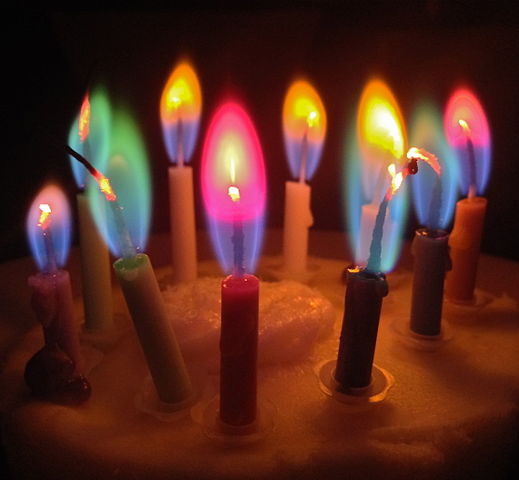 |
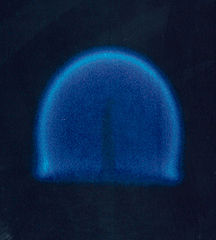 |
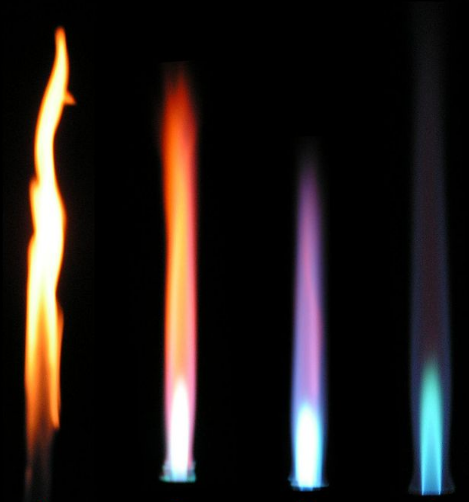 |
 |
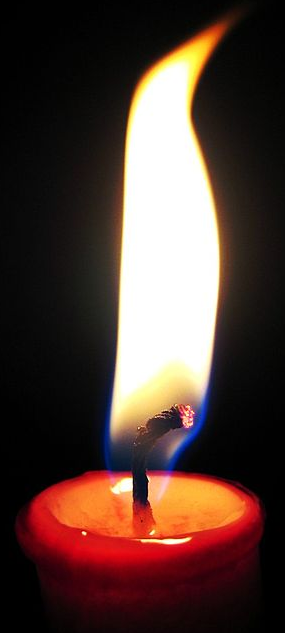 |
|---|---|---|---|---|
 |
|---|
An oxygen candle is a mixture of sodium chlorate and iron powder, which when ignited smolders at 600 Celsius and produces oxygen at a rate of 6.5 man-hours of oxygen per kilogram of mixture. Thermal decomposition releases the oxygen and the burning iron provides the heat. The products of the reaction are NaCl and iron oxide.
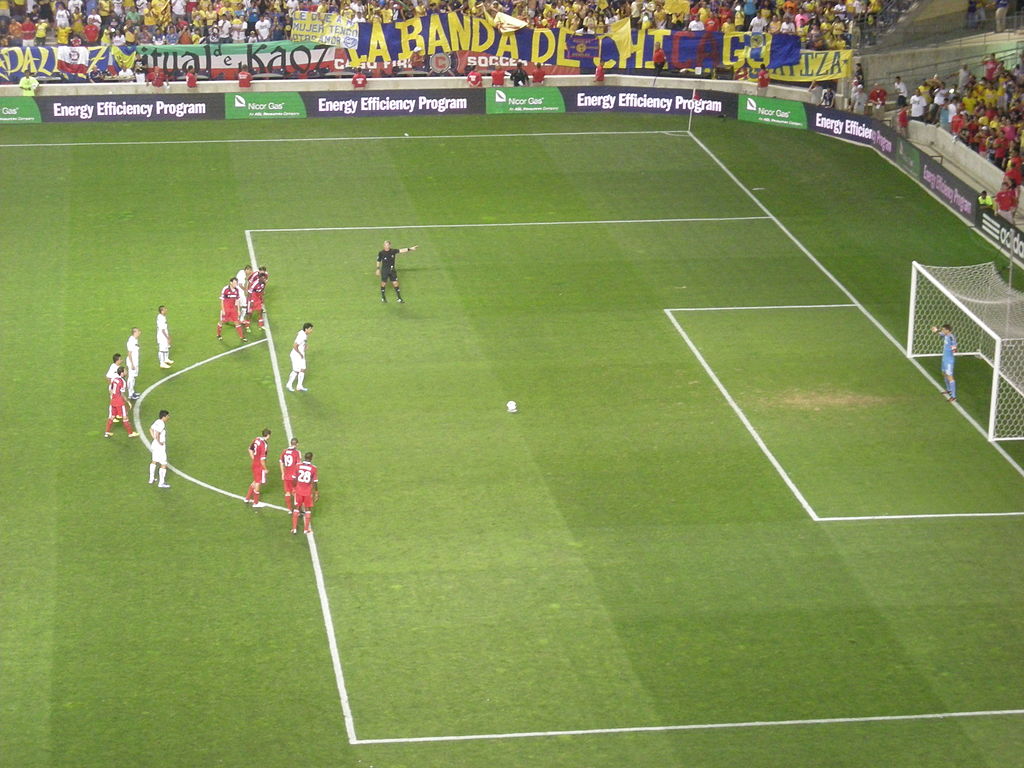 |
|---|
The characteristic distance a ball travels before air slows it down is the "Newton length". This distance can be estimated by setting the mass of the ball is equal to the mass of the air the ball passes through.
Mass of a soccer ball = M = .437 kg Ball radius = R = .110 meters Ball cross-sectional area = A = .038 meters2 Ball density = D =78.4 kg/meters3 Air density = d = 1.22 kg/meter3 (Air at sea level) Ball initial velocity = V Newton length = L Mass of air the ball passes through= m = A L d m = M L = M / (A d) = (4/3) R D / d = 9.6 metersThe depth of the penalty box is 16.45 meters (18 yards). Any shot taken outside the penalty box slows down substantially before reaching the goal.
Newton was also the first to observe the "Magnus effect", where spin causes a ball to curve.
 |
|---|
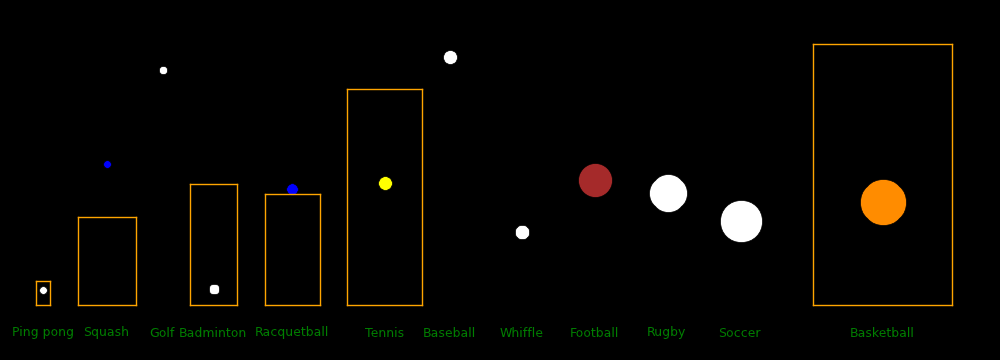 |
|---|
The orange boxes depict the size of the court and the Newton length is the distance from the bottom of the court to the ball. Ball sizes are magnified by a factor of 20 relative to the court sizes.
Diameter Mass Drag Shot Drag/ Density Ball Max Spin
(mm) (g) (m) (m) Shot (g/cm3) speed speed (1/s)
(m/s) (m/s)
Ping pong 40 2.7 1.8 2.74 .64 .081 20 31.2 80
Squash 40 24 15.6 9.75 1.60 .716
Golf 43 46 25.9 200 .13 1.10 80 94.3 296
Badminton 54 5.1 1.8 13.4 .14 .062
Racquetball 57 40 12.8 12.22 1.0 .413
Billiards 59 163 48.7 2.7 18 1.52
Tennis 67 58 13.4 23.77 .56 .368 50 73.2 119
Baseball 74.5 146 27.3 19.4 1.4 .675 40 46.9 86
Whiffle 76 45 8.1 .196
Football 178 420 13.8 20 .67 .142 20 26.8 18
Rugby 191 435 12.4 20 .62 .119
Bowling 217 7260 160 18.29 8.8 1.36
Soccer 220 432 9.3 16.5 .56 .078 40 29
Basketball 239 624 11.4 7.24 1.57 .087
Cannonball 220 14000 945 1000 .94 7.9
"Drag" is the Newton drag length and "Shot" is the typical distance of a shot, unless otherwise
specified. "Density" is the density of the ball.
For a billiard ball, rolling friction is greater than air drag.
A bowling pin is 38 cm tall, 12 cm wide, and has a mass of 1.58 kg. A bowling ball has to be sufficiently massive to have a chance of knocking over 10 pins.
Mass of 10 bowling pins / Mass of bowling ball = 2.18
To estimate the distance a bullet travels before being slowed by drag,
Air density = Dair = .012 g/cm3 Water density = Dwater = 1.0 g/cm3 Bullet density = Dbullet = 11.3 g/cm3 Bullet length = Lbullet = 2.0 cm Bullet distance in water = Lwater ≈ Lbullet Dbullet / Dwater ≈ 23 cm Bullet distance in air = Lair ≈ Lbullet Dbullet / Dair ≈ 185 meters
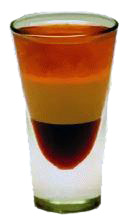 |
|---|
g/cm3 g/cm3
Air .00122 (Sea level) Silver 10.5
Wood .7 ± .5 Lead 11.3
Water 1.00 Uranium 19.1
Magnesium 1.74 Tungsten 19.2
Aluminum 2.70 Gold 19.3
Rock 2.6 ± .3 Osmium 22.6 (Densest element)
Titanium 4.51
Steel 7.9
Copper 9.0
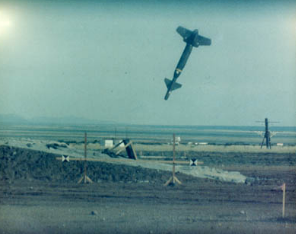 |
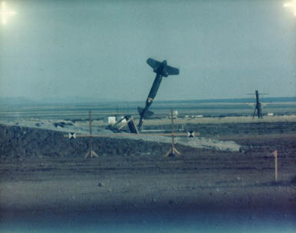 |
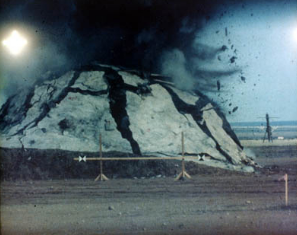 |
|
|---|---|---|---|
Cartridge Projectile Length Diameter Warhead Velocity
(kg) (kg) (m) (m) (kg) (m/s)
Massive Ordnance Penetrator - 13608 6.2 .8 2404
PGU-14, armor piercing .694 .395 .173 .030 1013
PGU-13, explosive .681 .378 .173 .030 1020
The GAU Avenger armor-piercing shell contains .30 kg of depleted uranium.
The massive ordnamce penetrator typically penetrates 61 meters of Earth.
The PGU-13 and PGU-14 are used by the A-10 Warthog cannon.
The composition of natural uranium is .72% uranium-235 and the rest is uranium-238. Depleted uranium has less than .3% of uranium-235.
 |
|
|---|---|
The drag force on an object moving through a fluid is
Velocity = V Fluid density = D = 1.22 kg/m2 (Air at sea level) Cross-sectional area = A Drag coefficient = C = 1 (typical value) Drag force = F = ½ C D A V2 Drag power = P = ½ C D A V3 = F V Terminal velocity = Vt"Terminal velocity" occurs when the drag force equals the gravitational force.
M g = ½ C D A Vt2Suppose we want to estimate the parachute size required for a soft landing. Let a "soft landing" be the speed reached if you jump from a height of 2 meters, which is Vt = 6 m/s. If a skydiver has a mass of 100 kg then the area of the parachute required for this velocity is 46 meters2, which corresponds to a parachute radius of 3.8 meters.
 |
|---|
Drag coefficient
Bicycle car .076 Velomobile
Tesla Model 3 .21 2017
Toyota Prius .24 2016
Bullet .30
Typical car .33 Cars range from 1/4 to 1/2
Sphere .47
Typical truck .6
Formula-1 car .9 The drag coeffient is high to give it downforce
Bicycle + rider 1.0
Skier 1.0
Wire 1.2
Mach
X-15 6.7 Rocket
Blackbird SR-71 3.5
X-2 Starbuster 3.2
MiG-25 Foxbat 2.83
XB-70 Valkyrie 3.0
MiG-31 Foxhound 2.83
F-15 Eagle 2.5
Aardvark F-111 2.5 Bomber
Sukhoi SU-27 2.35
F-22 Raptor 2.25 Fastest stealth aircraft
 |
|---|
Fluid density = D
Cross section = A
Drag coef = C
Drag force = F = ½ C A D V2
Drag power = P = ½ C A D V3 = K D V3 = F V
Drag parameter = K = ½ C A
Speed Density Drag force Drag power Drag
(m/s) (kg/m3) (kN) (kWatt) parameter
Bike 10 1.22 .035 .305 .50
Bike 18 1.22 .103 1.78 .50
Bike, speed record 22.9 1.22 .160 3.66 .50
Bike, streamlined 38.7 1.22 .095 3.66 .104
Porche 911 94.4 1.22 7.00 661 1.29
LaFerrari 96.9 1.22 7.31 708 1.28
Lamborghini SV 97.2 1.22 5.75 559 1.00
Skydive, min speed 40 1.22 .75 30 .77 75 kg
Skydive, max speed 124 1.22 .75 101 .087 75 kg
Airbus A380, max 320 .28 1360 435200 94.9
F-22 Raptor 740 .084 312 231000 6.8
SR-71 Blackbird 1100 .038 302 332000 6.6
Sub, human power 4.1 1000 .434 1.78 .052
Blue Whale 13.9 1000 270 3750 2.8 150 tons, 25 Watts/kg
Virginia nuclear sub 17.4 1000 1724 30000 11.4
The drag coefficient is an assumption and the area is inferred from the
drag coefficient.
For the skydiver, the minimum speed is for a maximum cross section (spread eagled) and the maximum speed is for a minimum cross section (dive).
Wiki: Energy efficiency in transportation
 |
|---|
Airplanes fly at high altitude where the air is thin.
Altitude Air density
(km) (kg/m3)
Sea level 0 1.22
Denver (1 mile) 1.6 .85
Mount Everest 9.0 .45
Airbus A380 13.1 .25 Commercial airplane cruising altitude
F-22 Raptor 19.8 .084
SR-71 Blackbird 25.9 .038
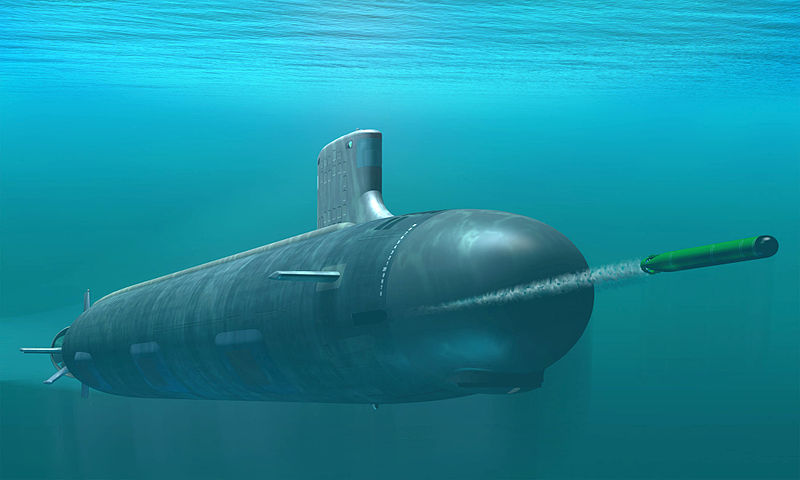 |
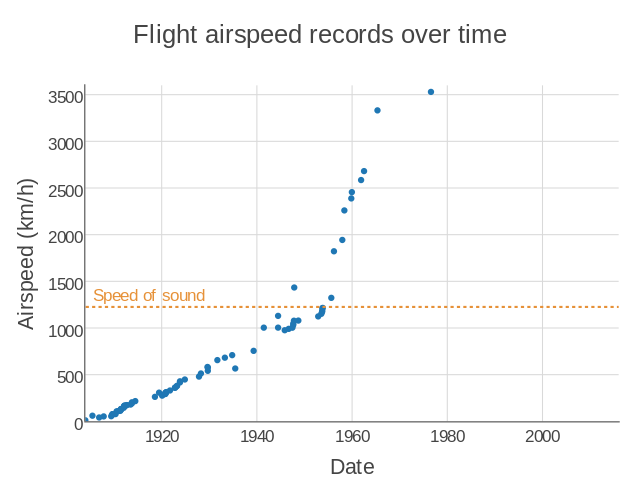 |
|
|---|---|---|
m/s Mach
Swim 2.39
Boat, human power 5.14
Aircraft, human power 12.3
Run 12.4
Boat, wind power 18.2
Bike 22.9
Car, solar power 24.7
Bike, streamlined 38.7
Land animal 33 Cheetah
Bird, level flight 45 White-throated needletail
Aircraft, electric 69
Helicopter 111 .33
Train, wheels 160 .54
Train, maglev 168 .57
Aircraft, propeller 242 .82
Rocket sled, manned 282 .96
Aircraft, manned 981 3.33
Rocket plane, manned 2016 6.83
Rocket sled 2868 9.7
Scramjet 5901 20
Mach 1 = 295 m/s at high altitude.
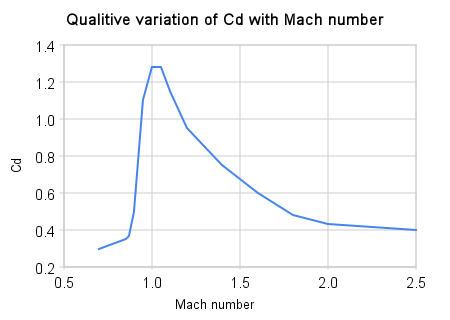 |
|---|
Commercial airplanes fly at Mach .9 because the drag coefficient increases sharply at Mach 1.
The drag coefficient depends on speed.
Object length = L
Velocity = V
Fluid viscosity = Q (Pascal seconds)
= 1.8⋅10-5 for air
= 1.0⋅10-3 for water
Reynolds number = R = V L / Q (A measure of the turbulent intensity)
The drag coefficient of a sphere as a function of Reynolds number is:
 |
|---|
Golf balls have dimples to generate turbulence in the airflow, which increases the Reynolds number and decrease the drag coefficient.
Reynolds Soccer Golf Baseball Tennis number 40000 .49 .48 .49 .6 45000 .50 .35 .50 50000 .50 .30 .50 60000 .50 .24 .50 90000 .50 .25 .50 110000 .50 .25 .32 240000 .49 .26 300000 .46 330000 .39 350000 .20 375000 .09 400000 .07 500000 .07 800000 .10 1000000 .12 .35 2000000 .15 4000000 .18 .30Data
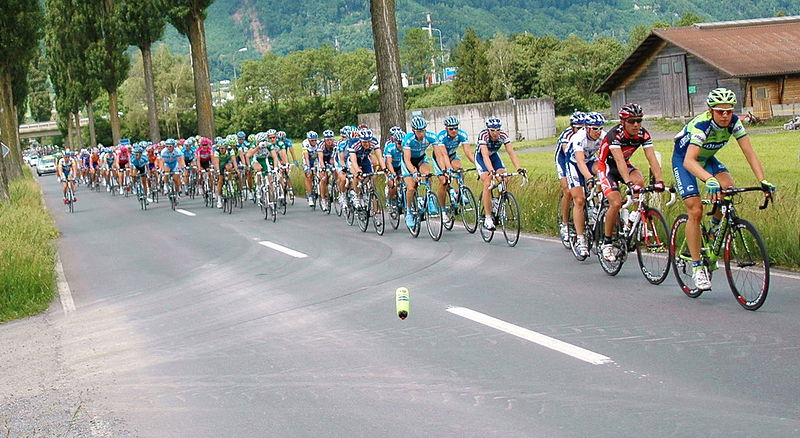 |
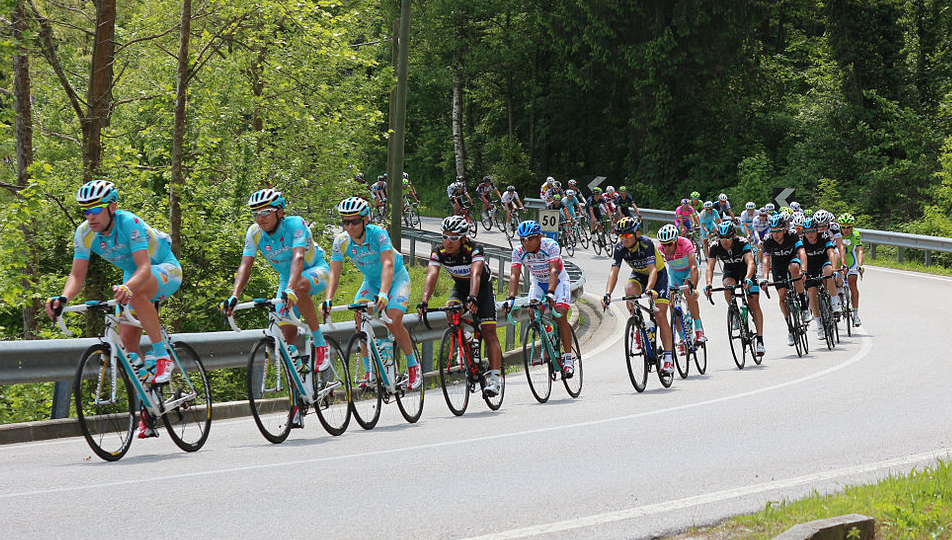 |
|---|---|
If the cyclists are in single file then the lead rider has to use more power than the following riders. Cyclists take turns occupying the lead.
A "slingshot pass" is enabled by drafting. The trailing car drops back by a few lengths and then accelerates. The fact that he is in the leading car's slipstream means he has a higher top speed. As the trailing car approaches the lead car it moves the side and passes.
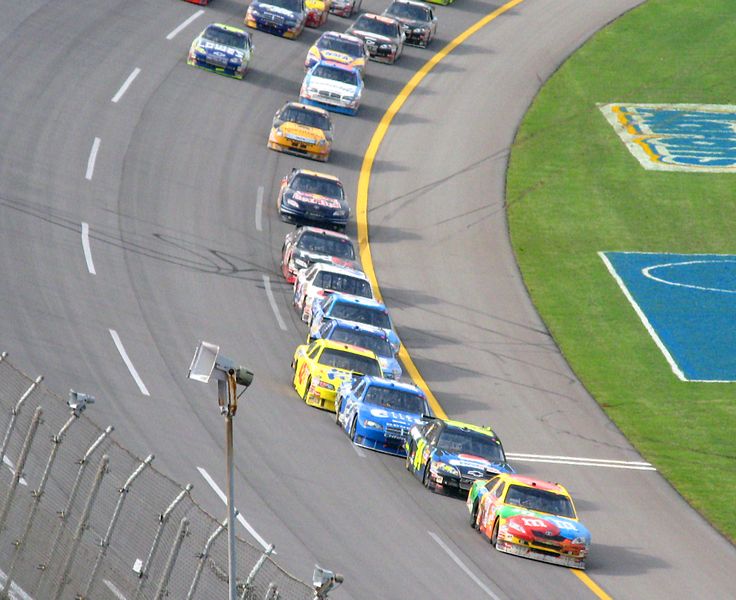 |
 |
|---|---|
For an object experiencing drag,
Drag coefficient = C Velocity = V Fluid density = D Cross section = A Mass = M Drag number = Z = ½ C D A / M Drag acceleration = A = -Z V2 Initial position = X0 = 0 Initial velocity = V0 Time = TThe drag differential equation and its solution are
A = -Z V2 V = V0 / (V0 Z T + 1) X = ln(V0 Z T + 1) / Z
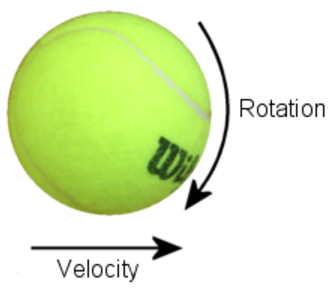 |
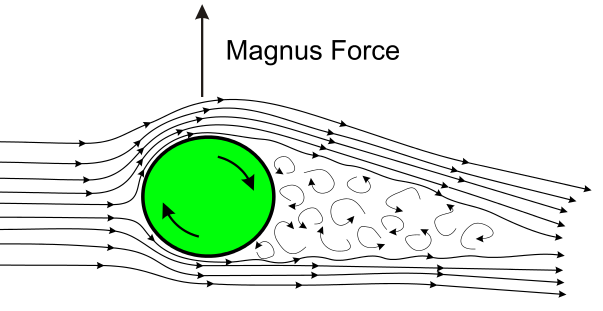 |
|---|---|
1672 Newton is the first to note the Magnus effect while observing tennis players
at Cambridge College.
1742 Robins, a British mathematician and ballistics researcher, explains deviations
in musket ball trajectories in terms of the Magnus effect.
1852 The German physicist Magnus describes the Magnus effect.
For a spinning tennis ball,
Velocity = V = 55 m/s Swift groundstroke Radius = R = .067 m Area = Area = .0141 m2 Mass = M = .058 kg Spin number = S = W R / V = .25 Heavy topspin Spin rate = W = V / R = 205 Hz Air density = Dair = 1.22 kg/m3 Ball density= Dball Drag coef = Cdrag = .5 For a sphere Spin coef = Cspin = 1 For a sphere and for S < .25 Drag force = Fdrag = ½ Cdrag Dair Area V2 = 13.0 Newtons Spin force = Fspin = ½ Cspin Dair Area V2 S = 6.5 Newtons Drag accel = Adrag = 224 m/s2 Spin accel = Aspin = 112 m/s2 Gravity = Fgrav = M gFor a rolling ball the spin number is S=1.
If the spin force equals the gravity force (Fspin = Fgrav),
The drag force on an object moving through a fluid is
If everything seems under control, you're just not going fast enough. -- Mario Andretti
I will always be puzzled by the human predilection for piloting vehicles at unsafe
velocities -- Data
Villeneuve vs. Arnoux
At 0:49 Arnoux breaks before he hits the turn.
For maximum cornering acceleration, the same equations apply as for the maximum drag
racing acceleration. It doesn't matter in which direction the acceleration is.
Suppose an object with mass m rests on a ramp inclined by an angle
theta. The gravitational force on the object is
An wing generates lift at the cost of drag. Lift exceeds drag.
The lift-to-drag coefficient Qw is proportional to wing length divided by wing width.
Wing width varies along the length of the wing. We define an effective width as
"Area" is the total for both wings, and "Length" is for one wing.
Aspect ratio is Length/Width.
Changing wing angle changes lift and drag. There is an optimum angle that maximizes
the lift-to-drag coefficient.
If the angle is larger than the optimal angle, you gain lift at the expense of drag.
If you make the angle of attack too large, lift ceases and the plane stalls.
The air drag force is
A glider is unpowered. The more efficient the glider, the
smaller the glide angle. The minimum glide angle is determined by the
wing lift/drag coefficient.
For the mass scalings, we assume that wing area scales as M2/3.
A wingtip creates a vortex as it moves. Wingtips are often equipped with a
vertical element to damp the vortex. The vertical element increases the effective
wing length and improves the lift-to-drag coefficient.
coefficient.
Birds fly in a "V" formation to use
the updraft from their neighbor's wingtip vortices.
An aircraft moving at Mach 2 and turning with a radius of 1.2 km has a g force of
7 g's.
A electric propeller-driven aircraft can hover for more than an hour. The
hovering time is determined by the battery energy per mass and by the rotor radius.
Example values:
The power per mass required to hover is determined by the
physics of rotors. For a 1 kg vehicle with a 1/4 meter radius rotor,
Curtis LeMay: Flying fighters is fun. Flying bombers is important.
The rockets that are possible with current technology are:
The maximum exhaust speed is given by the energy/mass of the energy source.
This is the "perfect" exhaust speed. In practice the exhaust speed is less.
The relationship between rocket quantities is:
"Burn time" is the time for a rocket to expel its own mass of propellant. The
shorter the burn time the better.
For ion drives the exhaust speed is customizable. The power/mass is fixed
and there is a tradeoff between exhaust speed and acceleration. In the table below we choose
a burn time of 107 seconds (3 months) for ion rockets.
It is difficult to make a rocket with both large power/mass and large exhaust speed.
Fusion bombs qualify but they can only be used to move large objects like asteroids.
The chemical rocket with the fastest exhaust is hydrogen+oxygen (HOX).
It is the most expensive chemical rocket because hydrogen has to be liquefied at 20 Kelvin.
Because the liquid hydrogen has low density, HOX can't be used for the first stage
of a ground rocket, but it can be used for upper stages. HOX is easy in space.
Kerosene is often used because it's liquid at room temperature.
Methane is slightly better than kerosene but it must be stored as a liquid at 112 Kelvin.
Solid fuel is cheap, simple, and reliable, and is often used for the first stage.
In air launch, an aircraft launches a rocket at high altitude. Air launch has advantages over ground launch,
such as:
*) The aircraft speed adds to the rocket speed.
*) Less air drag. Air at 15 km has 1/4 the density of air at sea level.
*) The rocket can be launched at the equator so that the Earth's equatorial speed adds
to the rocket speed.
*) Ramjet launch makes it possible to reach orbit with cheap solid rockets.
At present, turbofan aircraft are being built for launching rockets, and in the near future
ramjet aircraft will be used. For ramjet launch:
A fission thermal hydrogen rocket uses fission to heat hydrogen propellant. It
has a higher exhaust speed than chemical rockets (13 km/s vs. 4 km/s).
In a chemical rocket the energy comes from a chemical reaction and this puts an upper limit on the
exhaust speed. Reacting hydrogen and oxygen gives an exhaust speed of 4.4 km/s.
Nuclear power can reach higher exhaust speed.
Hydrogen is used for its low mass. The lower the mass of the propellant molecule, the higher the
exhaust speed.
Exhaust speed is determined by temperature. For a temperature of 2750 Kelvin, the speed of monatomic
hydrogen propellant is 13 km/s.
At 2750 Kelvin,
H2 dissociates into atomic H at high temperature and low
density. A thermal rocket has two modes: use H2, which has
high pressure and high power/mass, or use H, which has low pressure and low
power/mass. The low-pressure mode still has enough power/mass to propel humans to the outer planets.
In a mirror rocket, a space mirror focuses sunlight onto hydrogen propellant.
The fission material with the highest melting point is uranium oxide, which melts at 3138 Kelvin.
Achieving a higher temperature requires liquid fission fuel that's embedded in a
material with a higher melting point. The materials with the highest melting points are:
A thin film mirror can focus sunlight and heat hydrogen. The power/mass of the rocket
is limited by the power/mass of the mirror. JPL designed a mirror with the goal of minimizing
mass/area.
The mirror consists of mylar coated with aluminum.
An ion drive uses electric power to accelerate ions.
Electric power can come from nuclear fission, radioactivity, or solar cells.
The ion speed is customizable.
It should be at least as large as 20 km/s
otherwise you might as well use a chemical or thermal rocket.
The upper limit is given by the mission duration. We calculate the ion speed
assuming a Plutonium-238 heat source and a burn time of 107 seconds.
Power in space is usually limited by cooling. For an electric generator that is
closed-cycle and doesn't expel mass, cooling is limited by
blackbody radiation and the maximum power/mass is determined by temperature.
An example of an open-cycle system is a thermal hydrogen rocket, where the
expelled mass serves as coolant and the power/mass can be much higher than for
a closed-cycle system.
The power/mass of solar cells depends on distance from the sun. At the Earth, solar cells
have similar power/mass as nuclear, and beyond the Earth, solar cells are worse than nuclear.
Heat can be converted to electricity with a Stirling engine, a thermoelectric generator, or
photovoltaics. Usually the generator and cooling system have more mass than the heat source.
Heat comes from fission or radioactivity.
Examples of existing space generators:
Features of the Kilopower reactor:
*) Fuel cast as Uranium-Molybdenum alloy. Molybdenum has a melting point of 2896 Kelvin.
The most important radioactive isotopes for power are:
For a heat engine, the higher the temperature, the more efficient. High temperature
also means higher radiative cooling power. Isotopes with a high boiling point are:
Neutron capture transmutes an isotope one space to the right and
beta decay transmutes an isotope one space up.
The most massive nuclei that exist naturally are
thorium-232, uranium-235, or uranium-238. All are unstable but have half lives
larger than 700 million years.
The road starts with these isotopes and then adding neutrons transmutes them according
to the orange lines.
The road forks at beta isotopes, which can either beta decay or capture a neutron.
The end of the road is fermium. Neutrons can't further increase the proton number
because no fermium isotopes on the road beta
decay. The road goes as far as fermium-258, which has a half life of .00037
seconds and spontaneously fissions.
Producing heavier isotopes requires an accelerator or an extreme
neutron flux (such as occurs in a fission bomb).
A TRIGA reactor doesn't melt down if the cooling system fails
because it's engineered to turn off if it overheats. It's also designed so that
adding and removing fuel elements is easy. The reactor is easy to build
and can be operated in space.
Mass is usually added to the bomb to increase momentum and decrease exhaust speed.
Or, the bomb is detonated underground in an asteroid, which adds mass.
Alpha particles can be used as exhaust. An alpha emitter is coated on a
mylar sail, with the coating thin enough so that most of the alphas escape into space.
This rocket is simple and can be made arbitrarily small.
The recoil momentum of the nucleus is absorbed by the sail and the recoil speed of the
nucleus is
the effective exhaust speed. For example, polonium-208 alpha decays to lead-204
and the recoil speed of lead-204 is:
The speed calculated is for the most fortunate case where the alpha goes
directly aft of the spacecraft. Calculating the average recoil speed
involves integrating over all emission directions and accounting for absorption by the emitting material.
In the ideal case, all particles emitted in the aft hemisphere escape and all particles emitted
in the forward hemisphere are absorbed, in which case the effective recoil speed is 1/4 the fortunate speed.
For polonium-208 the effective recoil speed is 78 km/s.
To calculate the power/mass of an alpha rocket,
For a polonium-208 alpha rocket, the power/mass and energy/mass are:
The lighter the isotope the larger the recoil speed.
Almost all alpha emitters are actinides, the only exceptions being
gadolinium-148, polonium-208, polonium-209, and polonium-210.
Alpha rockets using actinides have an average recoil speed of ~75 km/s.
The best alpha-emitting isotopes are:
A charged particle passing through matter loses energy from collisions with electrons,
with the energy loss rate given by the Bethe formula. For an alpha particle passing through water,
Astronauts can expect luxuriously large spaceships.
The Bigelow BA-330 has as much room as the bridge of the Enterprise and the
Bigelow Genesis has as much room as a Humvee. Bigelow habitats are lighter
than NASA habitats and have thicker walls. Thicker walls are helpful for
defending against micrometeorites and radiation.
The space station life support system requires:
A mission to Mars might use the following strategy:
Mine ice on the moon.
Launch the ice from the moon into space.
Use solar energy to convert ice into hydrogen and oxygen and then liquify it.
This is now rocket fuel.
Use this fuel to send supplies to Mars. The supplies will go to Mars with a
slow trajectory and the astronauts will go later using a faster trajectory.
Using the Oberth effect, it's possible to move a heavy spacecraft to Mars
using two light nudges from the rockets, but the travel time is long.
Launch a rocket from the Earth and place it in an Oberth-style elliptical
orbit. Fuel the rocket with ice from the moon. This is the rocket that will
go to Mars.
Launch the astronauts from Earth and place them on board the Mars rocket.
When the fully-fueled Mars rocket is at perigee, fire the rocket so that it
escapes the Earth and heads for Mars. This is the "Oberth maneuver".
Upon arriving at Mars, use an inverse Oberth maneuver to place the rocket into
an elliptical orbit around Mars.
The spacecraft must now fire its rockets again to go from an elliptical orbit to a
circular low-Mars orbit. It can use fuel that was sent ahead of time from the Earth
for this maneuver.
Once the spacecraft is in low-Mars orbit, the astronauts can drop to the surface
of Mars using the atmosphere for breaking.
On Mars, ice is used to fuel the rocket that will lift the astronauts into
low-Mars orbit.
Once exploration is complete, the astronauts return to the spacecraft.
Using fuel sent ahead of time from the Earth, the spacecraft goes from a
low-Mars orbit to an elliptical orbit.
The spacecraft refuels again and uses an Oberth maneuver to depart Mars.
Upon reaching Earth, an inverse Oberth maneuver is used to place the spacecraft
in an Earth elliptical orbit.
With this mission plan, the manned rocket uses fuel only during the Oberth and
inverse Oberth maneuvers. This minimizes the travel time.
A typical set of parameters for a racing bike is
We assume a high gear, with 53 teeth on the front gear and 11 teeth on the rear gear.
When going fast the goal of gears is to slow down the pedals.
When one is climbing a hill the goal of gears is to speed up the pedals so that you don't
have to use as much force on the pedals.
Suppose a bike is going uphill at large power and low velocity.
Gold and silver were known since antiquity because they occur naturally in pure form.
Gold mining started in 6000 BCE and silver smelting started in 4000 BCE.
Iron can occasionally be found as iron meteorites.
Copper was discovered around 7500 BCE by smelting copper minerals in a wood fire.
Around 3200 BCE it was found that copper is strenghened by tin, and this is bronze.
Around 2000 BCE it was found that copper is also strengthed by zinc, and this is brass.
The earliest metals were smeltable with a wood fire and they consist of copper,
lead, silver, tin, zinc, and mercury. They come from the following minerals:
The next metal to be discovered was iron (c. 1200 BC), which requires a bellows-fed coal
fire to smelt.
No new metals were discovered until cobalt in 1735.
Once cobalt was discovered, it was realized that
new minerals may have new metals, and the race was on to find new minerals. This gave
nickel, chromium, manganese, molybdenum, and tungsten.
Chromium is lighter and stronger than steel and was discovered in 1797. It
satisfies the properties of mithril from "Lord of the Rings" and Valyrian steel
from "Game of Thrones".
There's no reason chromium couldn't have
been discovered earlier.
Coal smelting can't produce the metals lighter than chromium. These need
electrolysis. The battery was invented in 1799, enabling electrolysis, and
the lighter metals were discovered shortly after. These include aluminum, magnesium, titanium,
and beryllium. Once you have
Carbon fiber eclipses metals. The present age could be called the carbon age. The carbon age became
mature in 1987 when Jimmy Connors switched from a wood to a carbon racket.
The plot shows the strength of materials.
Wood rivals alloys for strength.
Gold was the densest element known until the discovery of platinun in 1735. It
was useful as an uncounterfeitable currency until the discovery of tungsten in
1783, which has the same density as gold. Today, we could use iridium,
platinum, or rhenium as an uncounterfeitable currency.
Prior to 1800, metals were obtained by smelting minerals, and the known metals
were gold, silver, copper, iron, tin, zinc, mercury, cobalt, manganese,
chromium, molybdenum, and tungsten. Elements to the left of chromium titanium
and scandium cant's be obtained by smelting, and neither can aluminum,
magnesium, and beryllium. They require electrolysis, which was enabled by
Volta's invention of the battery in 1799.
Prior to 1800, few elements were known in pure form. Electrolyis enabled the
isolation of most of the rest of the elements. The periodic table then became
obvious and was discovered by Mendeleev 1871. The battery launched modern
chemistry, and the battery could potentially have been invented much earlier.
Electrolysis enabled the isolation of sodium and potassium in 1807, and these were used
to smelt metals that can't be smelted with carbon.
For a metal, the stiffness is characterized by the "shear strength" and the
sword worthiness is characterized by the shear strength over the density
(the "strength to weight ratio"). For example for iron,
This plot includes all metals with a strength/density at least as large as lead,
plus mercury.
Beryllium is beyond the top of the plot.
In prehistoric times iron meteorites were the only source of metallic iron.
They consist of 90% iron and 10% nickel.
New alloys have been discovered that are stronger and ligher than diamond. These alloys have an
amorphous structure rather than the crystalline structure of conventional alloys.
A crystaline alloy tends to be weak at the boundaries between crystals and this limits
its strength. Amorphous alloys don't have these weaknesses and can be stronger.
Pure metals and alloys consisting of 2 or 3 different metals tend to be crystaline while alloys
with 5 or more metals tend to be amorphous. The new superalloys are mixes of at least 5 different
metals.
A material's strength is characterized by the "yield strength" and the quality is
the ratio of the yield strength to the density. This is often referred to as the "strength to weight ratio".
Most alloys weaken with increasing temperature except for a small subset called
"superalloys" that strengthen with temperature, such as Ni3Al and
Co3Al. This is called the "yield strength anomaly".
Nickel alloys in jet engines have a surface temperature of 1150 Celsius
and a bulk temperature of 980 Celsius. This is the limiting element for
jet engine performance. Half the mass of a jet engine is superalloy.
Current engines use Nickel superalloys and Cobalt superalloys are under
development that will perform even better.
Yield strength in GPa as a function of Celsius temperature.
Bells and cymbals are made from bell bronze, 4 parts copper and 1 part tin.
Most metals are in oxidized form. The only metals that can be found in
pure form are gold, silver, copper, platinum, palladium, osmium, and iridium.
Smelting is a process for removing the oxygen to produce pure metal.
The ore is heated in a coal furnace and the carbon seizes the oxygen from
the metal. For copper,
For iron, the oxidation state is reduced in 3 stages until the
pure iron is left behind.
The following table gives the temperature required to smelt each element with
carbon.
The farther to the right on the periodic table, the lower the smelting
temperature, a consequence of "electronegativity".
The battery was invented in 1800, launching the field of electrochemistry
and enabling the the isolation of non-carbon-smeltable elements.
Davy used electrolysis in 1807 to isolate sodium and potassium and then he used
these metals to smelt other metals. To smelt beryllium with potassium,
BeO + 2 K ↔ Be + K2O.
Titanium can't be carbon smelted because it forms the carbide Ti3C.
For an expanded discussion of smelting physics, see jaymaron.com/metallurgy.html.
Thermite is smelting with aluminum. For example, to smelt iron with aluminum,
The following table shows reactions that change the oxidation state of a metal.
"M" stands for an arbitrary metal and the magnitudes are scaled to one mole of
O2. The last two columns give the oxidation state of the metal on
the left and right side of the reaction. An oxidation state of "0" is the pure
metal and "M2O" has an oxidation state of "1".
These elements are not necessarily on the Science Olympiad list.
We list minerals by element, with the most abundant mineral for each element listed first.
An alien planet could conceivably have formed as early as 1 billion years after the
big bang, meaning that there are likely aliens with a head start on us by billions of
years.
An alien civilization could easily build a fission or fusion rocket that
travels at 1/10 the speed of light, which would take 1 million years to cross
the galaxy. The aliens have plenty of time to get here.
We presently possess the technology to build a fission and fusion rocket,
each of which can reach a speed of .1 times the speed of light, and such a
rocket can cross the Milky Way galaxy in a time that is a small fraction of the age
of the universe. If aliens had built such a rocket they could easily have
already colonized the galaxy.
The divinity hypothesis becomes persuasive if there is a physical mechanism
allowing it to happen, a mechanism that obeys the known laws of physics. Such
a mechanism exists. An advanced alien civilization is equivalent to a
diety.
Among these types of buildings the cathedral is probably the best known, to the
extent that the word "cathedral" is often mistakenly applied as a generic term
for any large and imposing church. In fact, A cathedral doesn't have to
be large or imposing, though many are. The cathedral takes its name from
the word "cathedra", or "bishop's throne".
Saint Peter's Basilica was designed principally by Bramante, Michelangelo,
Maderno, and Bernini. It is the most renowned work of Renaissance architecture
and is the largest stone church in the world.
The catenary arch was discovered by Sir Robert Hooke.
Hooke: As hangs a flexible cable so, inverted, stand the touching pieces of an arch.
A suspension bridge under zero load hangs as a catenary and under infinite
load it hangs as a parabola.
A flying buttress delivers the compression force from the arch to the ground.
Marble is metamorphic limestone (CaCO3).
For a solid granite obelisk with a square cross section, we estimate the
wind force required to topple the obelisk.
Corundum is a crystalline form of aluminium oxide (Al2O3). It is transparent in
its pure form and can have different colors when metal impurities are
present.
Lignin comprises 30 percent of wood and it is the principal structural element.
A string ideally has both large strength and large strain, which favors
Vectran.
Suppose Batman has a rope made out of Zylon, the strongest known polymer.
A neutron triggers the fission of Uranium-235 and plutonium-239,
releasing energy and more neutrons.
Fission releases neutrons that trigger more fission.
Two pieces of uranium, each with less than a critical mass, are
brought together in a cannon barrel.
If the uranium is brought together too slowly, the bomb fizzles.
Plutonium is more difficult to detonate than uranium. Plutonium detonation requires a spherical
implosion.
Blue elements are unstable with a half life much less than the age of the solar system.
The only elements heavier than Bismuth that can be found on the Earth are
Thorium and Uranium, and these are the only elements that can be tapped for
fission energy.
Natural Thorium is 100% Thorium-232
Natural uranium is composed of .7% Uranium-235 and the rest is Uranium-238.
Uranium-235 can be separated from U-238 using centrifuges, calutrons, or gas
diffusion chambers. Uranium-235 is easy to detonate. A cannon and gunpowder
gets it done.
Plutonium-239 is difficult to detonate, requiring a perfect spherical implosion.
This technology is beyond the reach of most rogue states.
Uranium-233 cannot be used for a bomb and is hence not a proliferation risk.
Plutonium-238 emits alpha particles, which can power a radioisotope
thermoelectric generator (RTG). RTGs based on Plutonium-238 generate 540 Watts/kg
and are used to power spacecraft.
Creating Plutonium-239 and Uranium-233:
A nuclear fusion bomb contains deuterium and lithium-6 and the reaction is
catalyzed by a neutron.
A tokamak fusion reactor uses magnetic fields to confine a hot plasma so that
fusion can occur in the plasma.
The fusion reaction that occurs at the lowest temperature and has the highest
reaction rate is
A potential fix is to have "liquid walls" absorb the neutrons
(imagine a waterfall of neutron-absorbing liquid lithium cascading down the walls of
the reactor).
The unit of energy used for atoms, nuclei, and particle is the "electron Volt", which
is the energy gained by an electron upon descending a potential of 1 Volt.
As the core of a star star runs out of hydrogen it contracts and heats, and
helium fusion begins when the temperature reaches 10 million Kelvin.
A heavy star continues to fuse elements until it reaches Iron-56.
Beyond this, fusion absorbs energy rather than releasing it, triggering a
runaway core collapse that fuses elements up to Uranium. If the star explodes
as a supernova then these elements are ejected into interstellar space.
In a reed instrument, a puff of air enters the pipe, which closes the
reed because of the Bernoulli effect. A pressure pulse travels to the other
and and back and when it returns it opens the reed, allowing another puff of
air to enter the pipe and repeat the cycle.
Green dots indicate the frequencies of open strings.
An orchestral bass and a bass guitar have the same string tunings.
The range of organs is variable and typically extends beyond the piano in both
the high and low direction.
Violins, violas, and cellos are tuned in fifths. String basses, guitars, and bass
guitars are tuned in fourths. Pianos are tuned with equal tuning.
A bass guitar is tuned like a string bass.
The viola is the largest instrument for which one can comfortably play
an octave, for example by playing a D on the C-string with the first finger
and a D on the G-string with the fourth finger. Cellists have to shift to
reach the D on the G-string.
According to legend Bach used a supersized viola, the
"Viola Pomposa"
Singers typically have a range of 2 octaves. The low note for each instrument is:
For guitars, tenors, basses, and bass guitars, the tuning is an octave lower
than written.
The viola d'amore has 7 playing strings and 6 resonance strings.
A sitar has 6 or 7 playing strings and 11 or more sympathetic strings.
There is no standard tuning for sitar strings. An example tuning is to set the
playing strings to {C, C, G, C, G, C, F}
and the sympathetic strings to {C, B, A, G, F, E, E, D, C, B, C}
The fret positions can be tuned.
The bridge is curved so that the contact point between the string and the bridge
is not sharp, which has the effect of transferring energy between the string modes.
The surbahar is typically tuned 2 to 5 whole steps below the sitar.
The tanpura does not play melody but rather supports and sustains the melody of
another instrument or singer by providing a continuous harmonic drone.
Guitars frets are set by equal tuning.
The frequency of a note depends on context.
Suppose a set of viola strings is tuned in fifths so that the frequencies are
If the note "E" is chosen to resonate with the G-string its frequency is
A typical bottle of beer has a volume of 12 ounces, is 5% alcohol, and contains
Click for larger image.
V2 S C R-1 Dair/Dball = .0383

Velocity = V
Fluid density = D = 1.22 kg/m2 (Air at sea level)
Cross-sectional area = A
Drag coefficient = C
Drag force = F = ½ C A D V2
Drag power = P = ½ C A D V3 = F V
Drag parameter = K = C A
"Terminal velocity" occurs when the drag force equals the
gravitational force.
M g = ½ C D A V2
Suppose we want to estimate the parachute size required for a soft landing.
Let a "soft landing" be the speed reached if you jump from a height of 2
meters, which is Vt = 6 m/s. If a skydiver has a mass of 100 kg
then the area of the parachute required for this velocity is 46
meters2, which corresponds to a parachute radius of 3.8 meters.

Drag coefficient
Bicycle car .076 Velomobile
Tesla Model 3 .21 2017
Toyota Prius .24 2016
Bullet .30
Typical car .33 Cars range from 1/4 to 1/2
Sphere .47
Typical truck .6
Formula-1 car .9 The drag coeffient is high to give it downforce
Bicycle + rider 1.0
Skier 1.0
Wire 1.2
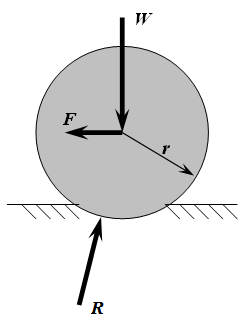
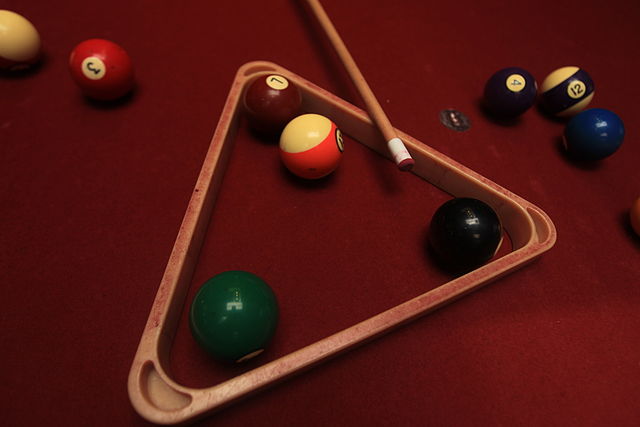
Force of the wheel normal to ground = Fnormal
Rolling friction coefficient = Croll
Rolling friction force = Froll = Croll Fnormal
Typical car tires have a rolling drag coefficient of .01 and specialized tires
can achieve lower values.
Croll
Railroad .00035 Steel wheels on steel rails
Steel ball bearings on steel .00125
Racing bicycle tires .0025 8 bars of pressure
Typical bicycle tires .004
18-wheeler truck tires .005
Best car tires .0075
Typical car tires .01
Car tires on sand .3
Wheel diameter = D
Wheel sinkage depth = Z
Rolling coefficient = Croll ≈ (Z/D)½
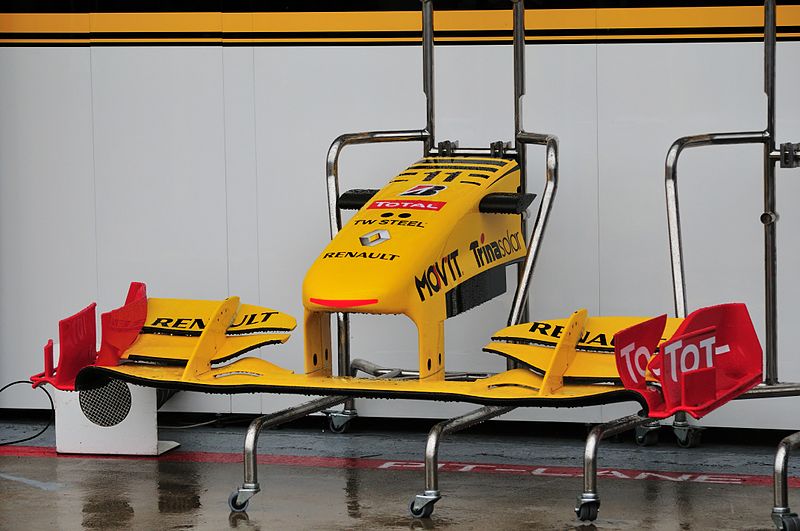
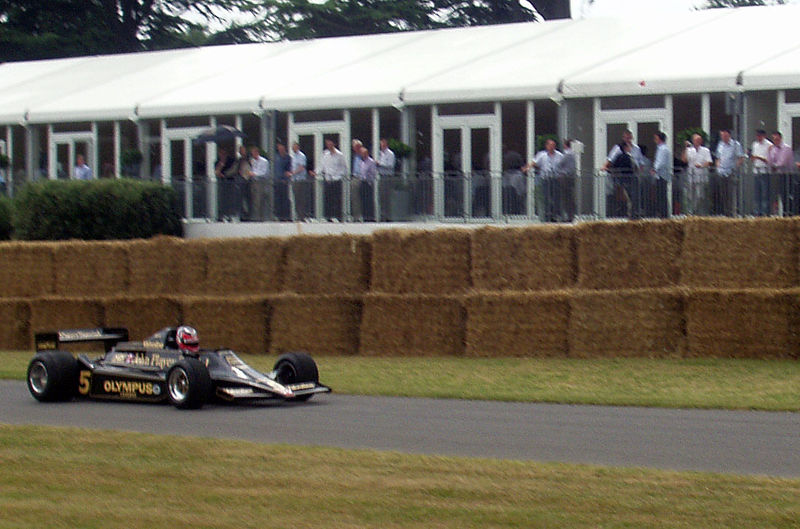
Car minimum mass = 702 kg Includes the driver and not the fuel
Engine volume = 1.6 litres Turbocharged. 2 energy recovery systems allowed
Energy recovery max power = 120 kWatts
Energy recovery max energy = 2 Megajoules/lap
Engine typical power = 670 kWatts = 900 horsepower
Engine cylinders = 6
Engine max frequency = 15000 RPM
Engine intake = 450 litres/second
Fuel consumption = .75 litres/km
Fuel maximum = 150 litres
Forward gears = 8
Reverse gears = 1
Gear shift time = .05 seconds
Lateral accelertion = 6 g's
Formula1 1g downforce speed= 128 km/h Speed for which the downforce is 1 g
Formula1 2g downforce speed= 190 km/h Speed for which the downforce is 2 g
Indycar 1g downforce speed = 190 km/h
Rear tire max width = 380 mm
Front tire max width = 245 mm
Tire life = 300 km
Brake max temperature = 1000 Celsius
Deceleration from 100 to 0 kph = 15 meters
Deceleration from 200 to 0 kph = 65 meters (2.9 seconds)
Time to 100 kph = 2.4 seconds
Time to 200 kph = 4.4 seconds
Time to 300 kph = 8.4 seconds
Max forward acceleration = 1.45 g
Max breaking acceleration = 6 g
Max lateral acceleration = 6 g
Drag at 250 kph = 1 g
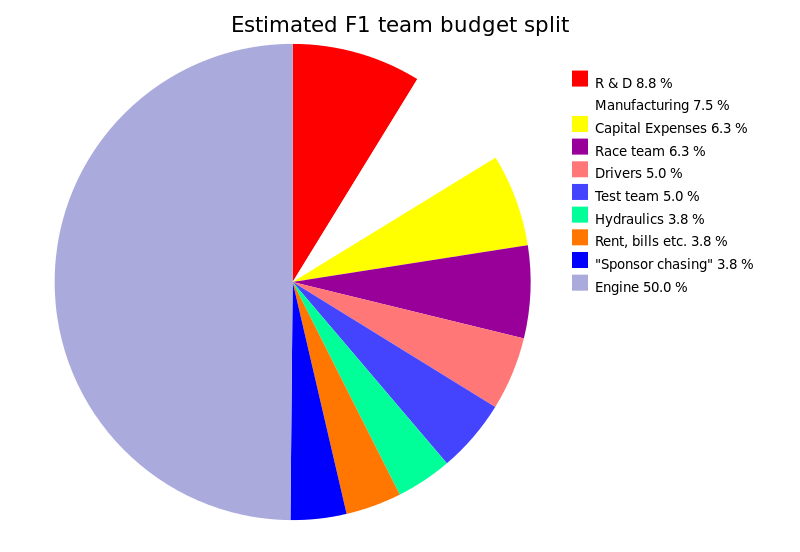
1950 Formula-1 begins. Safety precautions were nonexistent and death was considered
an acceptable risk for winning races.
1958 Constructor's championship established
1958 First race won by a rear-engine car. Within 2 years all cars had rear engines.
1966 Aerodynamic features are required to be immobile (no air brakes).
1977 First turbocharged car.
1978 The Lotus 79 is introduced, which used ground effect to accelerate air
under the body of the car, generating downforce. It was also the first
instance of computer-aided design. It was unbeatable until the introduction
of the Brabham Fancar.
1978 The Brabham "Fancar" is introduced, which used a fan to extract air from
underneath the car and enhance downforce. It won the race decisively.
The rules committee judged it legal for the rest of the season but the
team diplomatically
Wiki
1982 Active suspension introduced.
1983 Ground effect banned. The car underside must be flat.
1983 Cars with more than 4 wheels banned.
1989 Turbochargers banned.
1993 Continuously variable transmission banned before it ever appears.
1994 Electronic performance-enhancing technology banned, such as active suspension,
traction control, launch control, anti-lock breaking, and 4-wheel steering.
(4-wheel steering was never implemented)
1999 Flexible wings banned.
2001 Traction control allowed because it was unpoliceable.
2001 Beryllium alloys in chassis or engines banned.
2002 Team orders banned after Rubens Barrichello hands victory to Michael
Schumacher at final corner of the Austrian Grand Prix.
2004 Automatic transmission banned.
2007 Tuned mass damper system banned.
2008 Traction control banned. All teams must use a standard electrontrol unit.
2009 Kinetic energy recovery systems allowed.
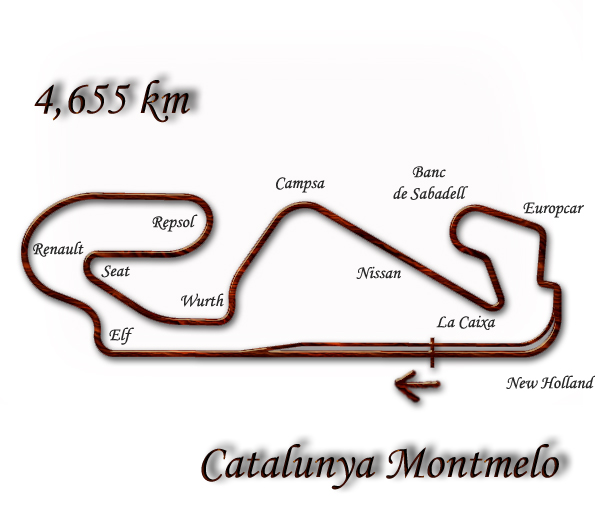

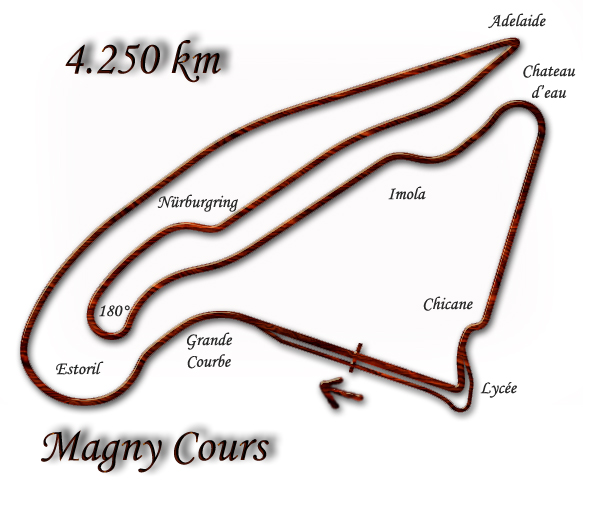
Place Points Place Points
1 25 6 8
2 18 7 6
3 15 8 4
4 12 9 2
5 10 10 1
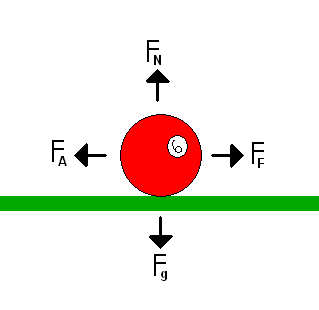

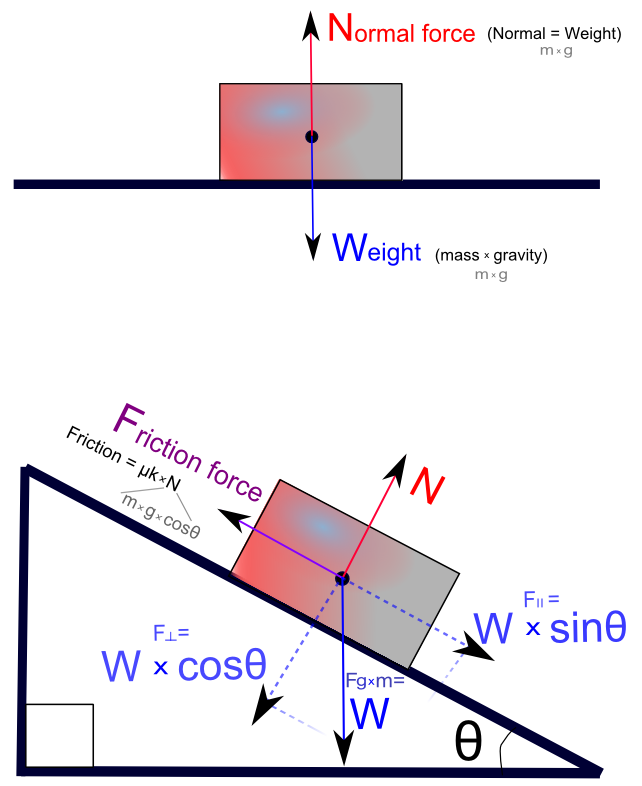
Fcontact = Contact force between the object and a surface (usually gravity)
Ffriction = Maximum friction force transverse to the surface of contact.
C = Coefficient of friction, usually with a magnitude of ~ 1.0.
Ffriction = C Fcontact
The larger the contact force the larger the maximum friction force.
Coefficient of friction
Ice .05
Tires 1
When two surfaces first come together there is an instant of large surface
force, which allows for a large friction force.
Agassi returning a Sampras serve. At T=0:07 Agassi's feet hit the ground
simultaneous with when he reads the serve.
Mass = M
Contact force between the car and the road = Fcontact = M g
Maximum friction force that the road can provide = Ffriction = C Fcontact
Maximum acceleration that friction can provide = A = Ffriction / M
= C Fcontact / M
= C g M / M
= C g
This clip shows the magnitude and direction of the acceleration while a Formula-1 car
navigates a racetrack.
Formula-1 lap
Maximum cornering acceleration = C g
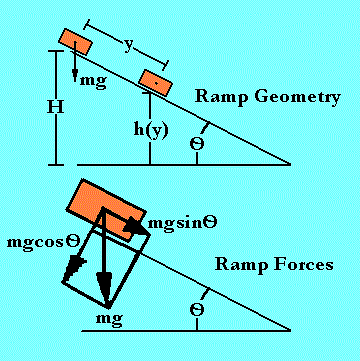
F = m g
The force between the object and the surface is equal to the
component of the gravitational force perpendicular to the surface.
Fcontact = Fgrav * cos()
The force of gravity parallel to the ramp surface is
Framp = Fgrav sin()
Th maximum friction force that the ramp can exert is
Ffriction = C Fcontact
This is balanced by the gravitational force along the ramp
Ffriction = Framp
Fgrav sin() = C Fgrav cos()
C = tan()
This is a handy way to measure the coefficient of friction. Tilt the ramp until
the object slides and measure the angle.
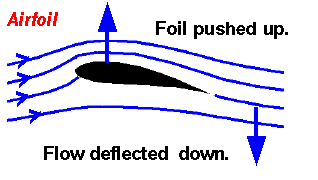

Wing drag force = F→
Wing lift force = F↑
Wing lift-to-drag coef.= Qw = F↑ / F→
Wing length = L
Wing width = W
Wing lift-to-drag coef.= Qw ~ L/W = Wing aspect ratio.
Width = ½ Area / Length
Qw Aspect Wing Wing Wing
ratio length width area
meter meter meter2
U-2 23 10.6 High-altitude spy plane
Albatros 20 1.7 Largest bird
Gossamer 20 10.4 14.6 1.4 41.3 Gossamer albatross, human-powered aircraft
Hang glider 15
Tern 12
Herring Gull 10
Airbus A380 7.5 7.5 36.3 11.6 845
Concorde 7.1 .7 11.4 15.7 358.2
Boeing 747 7 7.9 23.3 11.3 525
Cessna 150 7 2.6 4.5 1.7 15
Sparrow 4
Human wingsuit 2.5 1 1.0 1.0 2
Flying lemur ? Most capable gliding mammal. 2 kg max
Flying squirrel 2.0
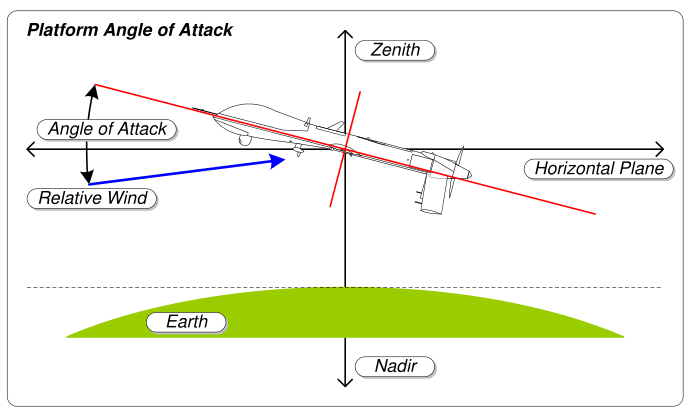
Air density = D = 1.22 kg/meter2
Velocity = V
Cross-sectional area = A
Drag coefficient = C
Drag force = F = ½ C D A V2
![]()
Human mass = M = 80 kg
Gravity = g = 10 meter/second2
Gravity force = F↓ = 800 Newton
Chute drag coefficient = C = 1 Dimensionless
Air density = D =1.22 kg/meter2
Parachute area = A = 100 meter2
Drag force = F↑ = ½ C D A V2 = F↓
Terminal velocity = V = 3.6 meter/second
Drag force = F = ½ C D A V2
Drag power = P = F V = ½ C D A V3
Drag coef Drag area Power Max speed
dimensionless meter2 Watt meter/second
Bike 1 .5 400 11
Car .4 3 300000 74
Cw
F-4 Phantom .021 (subsonic)
Cessna 310 .027
Airbus A380 .027
Boeing 747 .031
F-4 Phantom .044 (supersonic)

Drag force = F→
Lift force = F↑ = Fgrav
Wing lift/drag ratio = Qw = F↑ / F→
Horizontal speed = V→
Vertical descent speed = V↓
Glide ratio = G = V→ / V↑
Gravitational force = Fgrav
Drag power = Pdrag = F→ V→
Power from gravity = Pgrav = Fgrav V↓
If the glider descends at constant velocity,
Pdrag = Pgrav
The goal of a glider is to maximize the glide ratio
V→ / V↓ = (Pdrag / F→) / (Pgrav / Fgrav)
= Fgrav / F→
= Qw
The glide ratio is equal to the lift coefficient. Qw = G
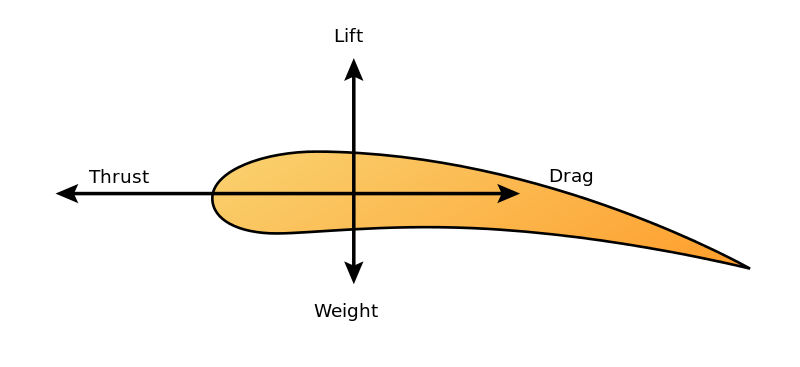
Air density = D
Wing area = A
Wing drag coefficient = Cw
Wing drag = F→ = ½ Cw D A V2
Wing lift = F↑
Wing lift/drag ratio = Qw = F↑ / F→
Aircraft speed = V
Aircraft mass = M
Gravity = g = 9.8 meters/second2
Gravity force = Fgrav= M g
Engine force = Feng = V F→
Drag power = P→ = F→ V = ½ Cw D A V3
Agility (Power/mass) = p = P→ / M = V g / Qw
For flight at constant velocity,
Feng = F→ Horizontal force balance
F↑ = Fgrav Vertical force balance
F↑ = F→ Qw Definition of the wing lift/drag coefficient
Fgrav= Fdrag Qw → M g = Qw ½ Cw D A V2
Cruising speed = V = M½ g½ Qw-½ (½ Cw D A)-½ ~ M1/6
Agility (Power/mass) = p = M½ g3/2 Qw-3/2 (½ Cw D A)-½ ~ M1/6
Aircraft energy/mass = e ~ M0
Flight time = T = e/p ~ M-1/6
Range = X = V T ~ M0

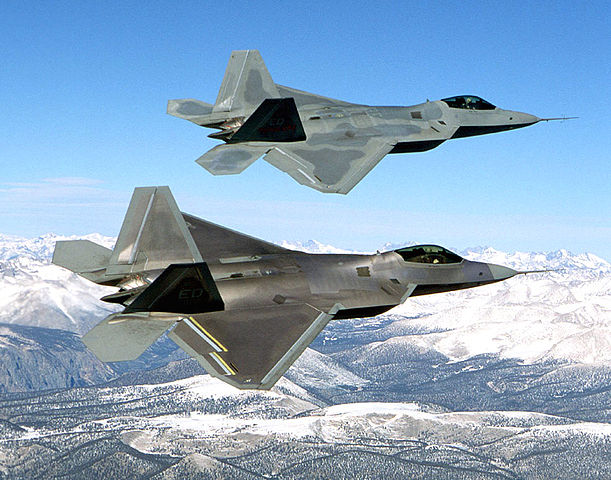
.jpg)
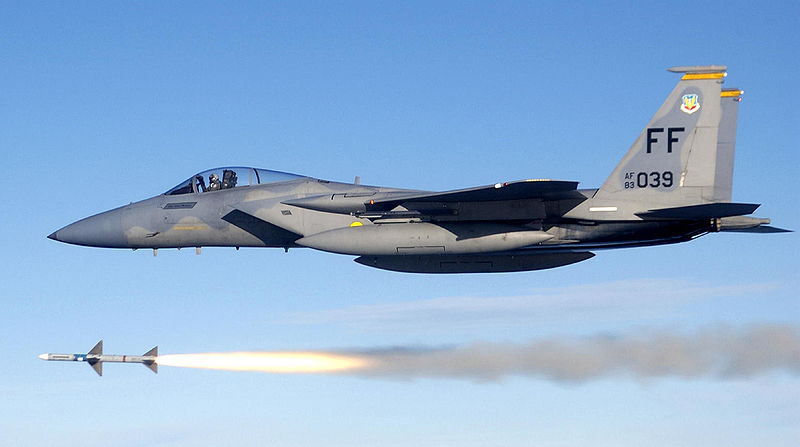
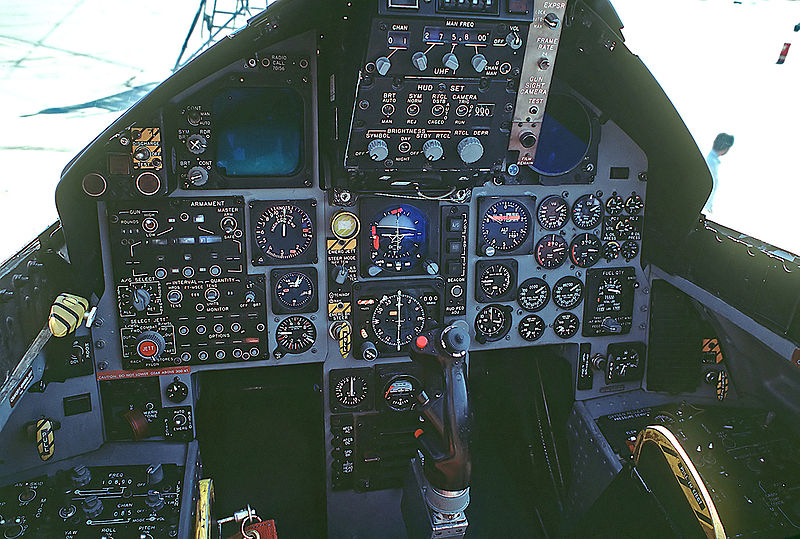
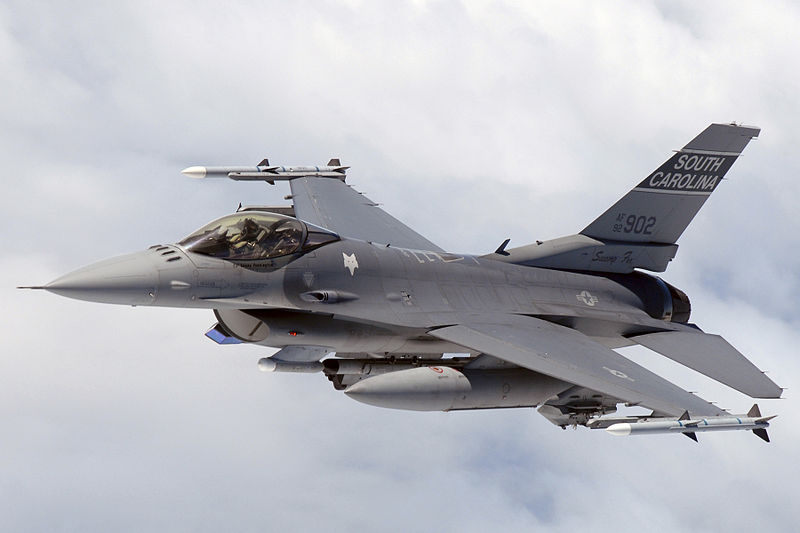
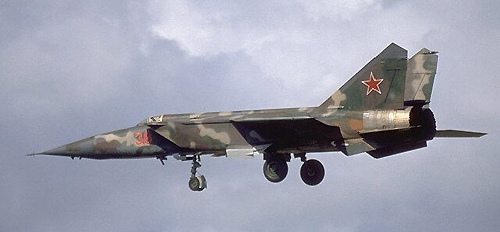
Speed Mass Takeoff Ceiling Thrust Range Cost Number Year Stealth
Mach ton ton km kN km M$
SR-71 Blackbird 3.3 30.6 78.0 25.9 302 5400 32 1966
MiG-25 Foxbat 2.83 20.0 36.7 20.7 200.2 1730 1186 1970
MiG-31 Foxhound 2.83 21.8 46.2 20.6 304 1450 519 1981
F-22A Raptor 2.51 19.7 38.0 19.8 312 2960 150 195 2005 *
F-15 Eagle 2.5 12.7 30.8 20.0 211.4 4000 28 192 1976
F-14 Tomcat 2.34 19.8 33.7 15.2 268 2960 712 1974
MiG-29 Fulcrum 2.25 11.0 20.0 18.0 162.8 1430 29 1600 1982
Su-35 2.25 18.4 34.5 18.0 284 3600 40 48 1988
F-4 Phantom II 2.23 13.8 28.0 18.3 1500 5195 1958
Chengdu J-10 2.2 9.8 19.3 18.0 130 1850 28 400 2005
F-16 Falcon 2.0 8.6 19.2 15.2 127 1200 15 957 1978
Chengdu J-7 2.0 5.3 9.1 17.5 64.7 850 2400 1966
Dassault Rafale 1.8 10.3 24.5 15.2 151.2 3700 79 152 2001
Euro Typhoon 1.75 11.0 23.5 19.8 180 2900 90 478 2003
F-35A Lightning 1.61 13.2 31.8 15.2 191 2220 85 77 2006 *
B-52 .99 83.2 220 15.0 608 14080 84 744 1952
B-2 Bomber .95 71.7 170.6 15.2 308 11100 740 21 1997 *
A-10C Warthog .83 11.3 23.0 13.7 80.6 1200 19 291 1972
Drone RQ-180 ~15 18.3 ~2200 2015 *
Drone X-47B .95 6.4 20.2 12.2 3890 2 2011 * Carrier
Drone Avenger .70 8.3 15.2 17.8 2900 12 3 2009 *
Drone RQ-4 .60 6.8 14.6 18.3 34 22800 131 42 1998
Drone Reaper .34 2.2 4.8 15.2 5.0 1852 17 163 2007
Drone RQ-170 15 20 2007 *
India HAL AMCA 2.5 14.0 36.0 18.0 250 2800 ? 0 2023 *
India HAL FGFA 2.3 18.0 35.0 20.0 352 3500 ? 0 >2020 *
Mitsubishi F-3 2.25 9.7 ? ? 98.1 3200 ? 1 2024 *
Chengdu J-20 2.0 19.4 36.3 ? 359.8 ? 110 4 2018 *
Sukhoi PAK FA 2.0 18.0 35.0 20.0 334 3500 50 6 2018 *
Shenyang J-31 1.8 17.6 25.0 ? 200 4000 ? 0 2018 *
Mach 1 = 295 m/s
5th generation fighters: F-22, F-35, X-2, HAL AMCA, J-20, J-31, Sukhoi PAK FA
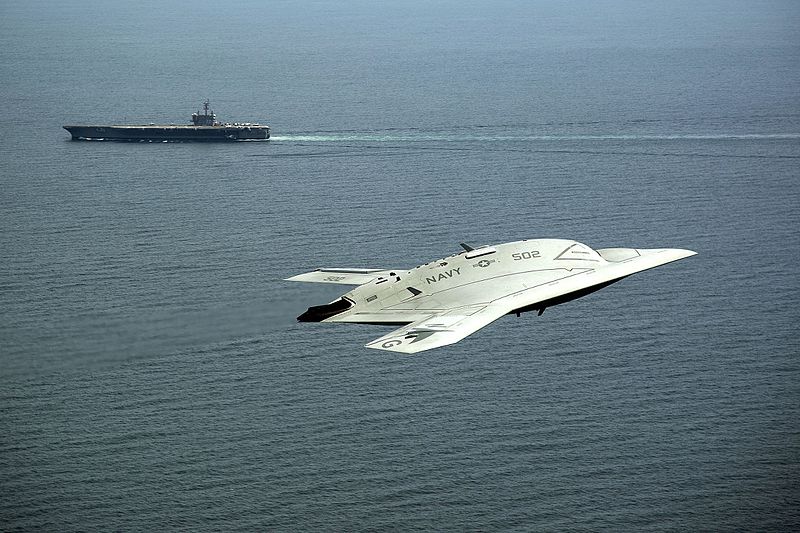
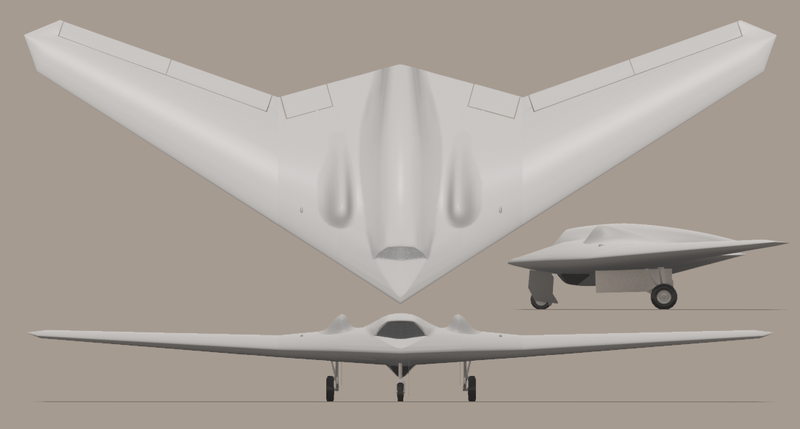

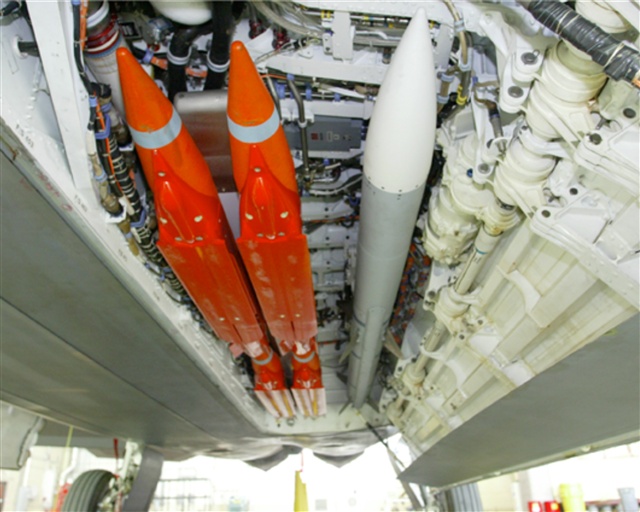
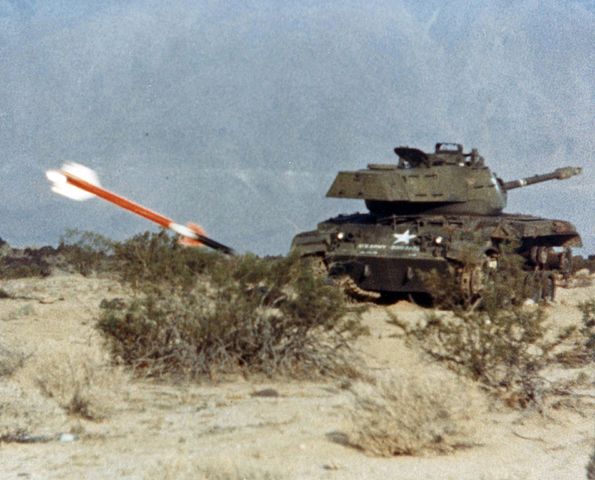
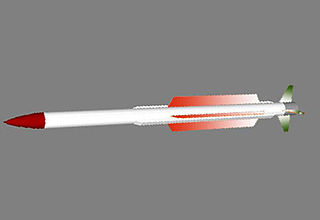
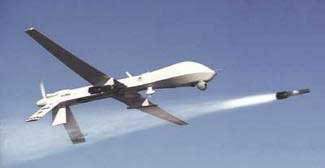

Mach Range Missile Warhead Year Engine
km kg kg
Russia R-37 6 400 600 60 1989 Solid rocket
Japan AAM-4 5 100 224 ? 1999 Ramjet
India Astra 4.5+ 110 154 15 2010 Solid rocket
EU Meteor 4+ 200 185 ? 2012 Ramjet
Russia R-77-PD 4 200 175 22.5 1994 Ramjet
USA AIM-120D 4 180 152 18 2008 Solid rocket
Israel Derby-IR 4 100 118 23 Solid rocket
Israel Rafael 4 50 118 23 1990 Solid rocket
France MICA 4 50 112 12 1996 Solid rocket
Israel Python 5 4 20 105 11 Solid rocket
Russia K-100 3.3 400 748 50 2010 Solid rocket
UK ASRAAM 3+ 50 88 10 1998 Solid rocket
Germany IRIS-T 3 25 87.4 2005 Solid rocket
USA AIM-9X 2.5+ 35 86 9 2003 Solid rocket
USA Hellfire 1.3 8 49 9 1984 Solid rocket AGM-114
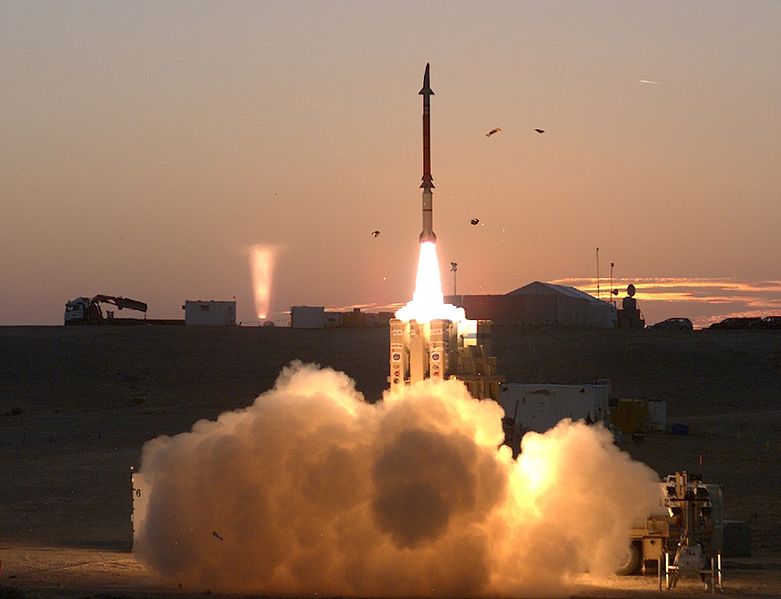
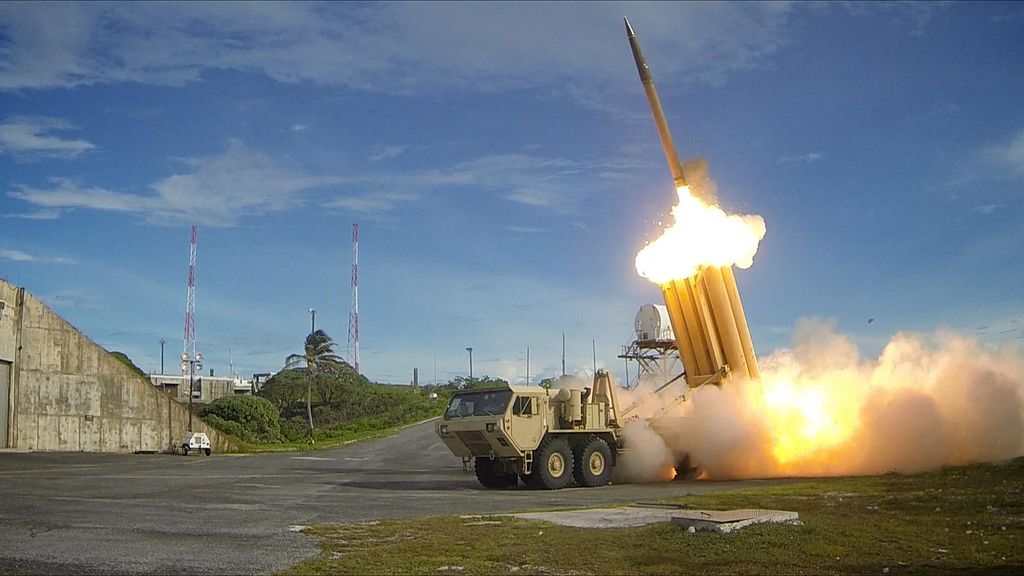
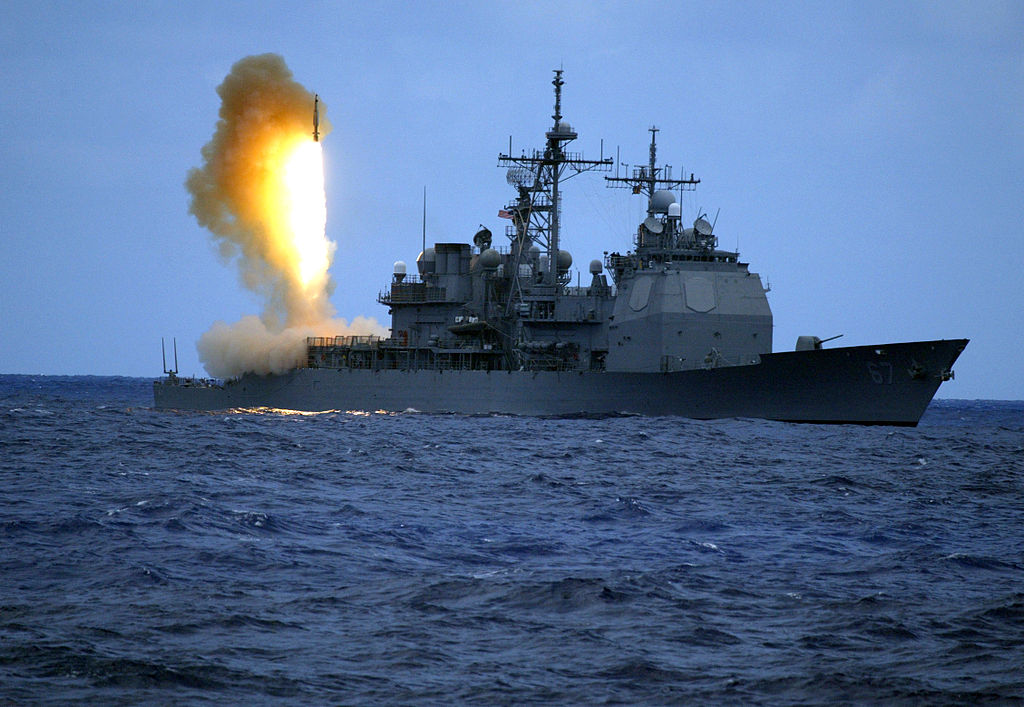
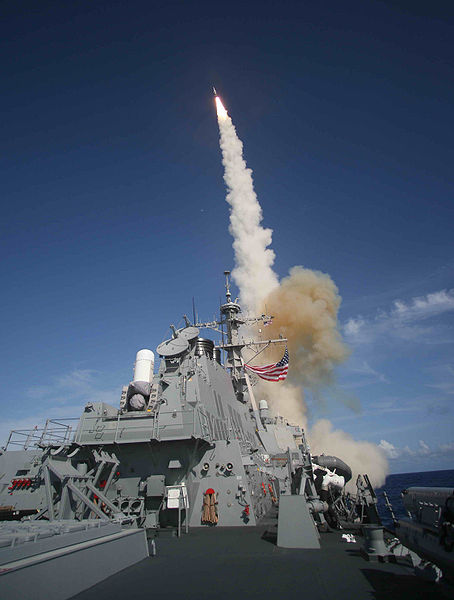
_02.jpg)
Mach Range Missile Warhead Year Engine Stages Anti
km kg kg missile
USA SM-3 15.2 2500 1500 0 2009 Solid rocket 4 *
Israel Arrow 9 150 1300 150 2000 Solid rocket 2
USA THAAD 8.24 200 900 0 2008 Solid rocket *
USA David 7.5 300 2016 Solid rocket *
Russia S-400 6.8 400 1835 180 2007 Solid rocket *
India Prithvi 5 2000 5600 2006 Solid, liquid 2 *
India AAD Ashwin 4.5 200 1200 0 2007 Solid rocket 1
Taiwan Sky Bow 2 4.5 150 1135 90 1998 Solid rocket
China HQ-9 4.2 200 1300 180 1997 Solid rocket 2
USA Patriot 3 4.1 35 700 90 2000 Solid rocket *
China KS-1 4.1 50 900 100 2006 Solid rocket *
USA RIM-174 3.5 460 1500 64 2013 Solid rocket 2
India Barak 8 2 100 275 60 1015 Solid rocket 2
Japan Chu-SAM 570 73 2003 Solid rocket
Korea KM-SAM 40 400 2015 Solid rocket
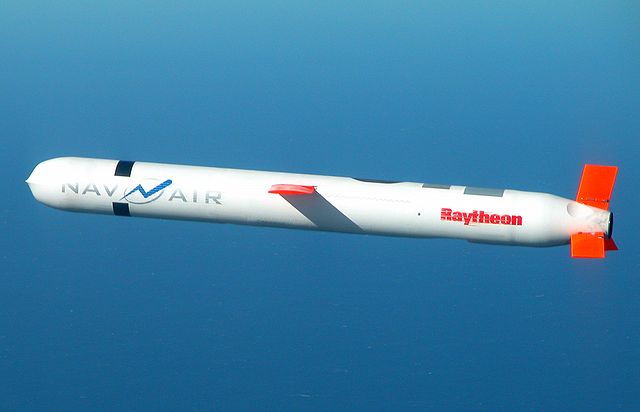
Mach Range Missile Warhead Year Engine Launch
km kg kg platform
USA Tomahawk .84 2500 1600 450 1983 Turbofan Ground
USA AGM-129 .75 3700 1300 130 1990 Turbofan B-52 Bomber
USA AGM-86 .73 2400 1430 1361 1980 Turbofan B-52 Bomber
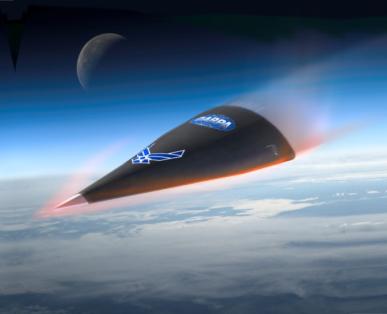
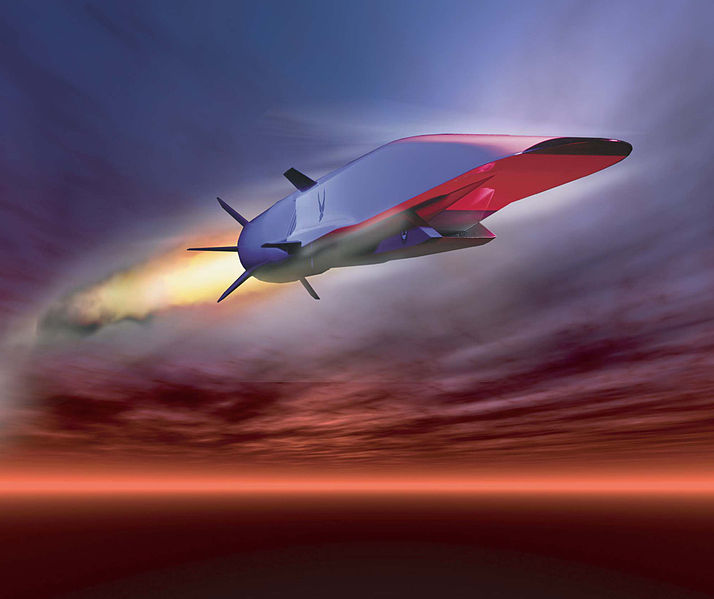
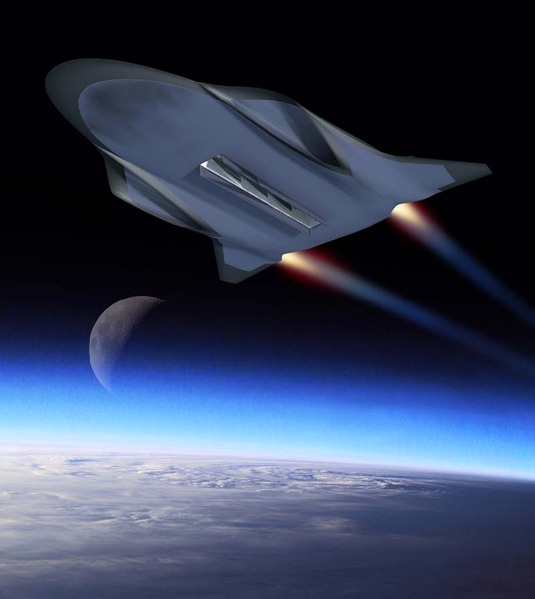
Speed Mass Range Year
mach tons km
USA SR-72 6 Future. Successor to the SR-71 Blackbird
USA HSSW 6 900 Future. High Speed Strike Weaspon
USA HTV-2 20 17000 2 Test flights
USA X-41 8 Future
USA X-51 5.1 1.8 740 2013 Tested. 21 km altitude. Will become the HSSW
Russia Object 4202 10 Tested
India HSTDV 12 Future
China Wu-14 10 2014 7 tests. also called the DZ-ZF
The SR-72 has two engines: a ramjet for below Mach 3 and a ramjet/scramjet for above
Mach 3. The engines share an intake and thrust nozzle.
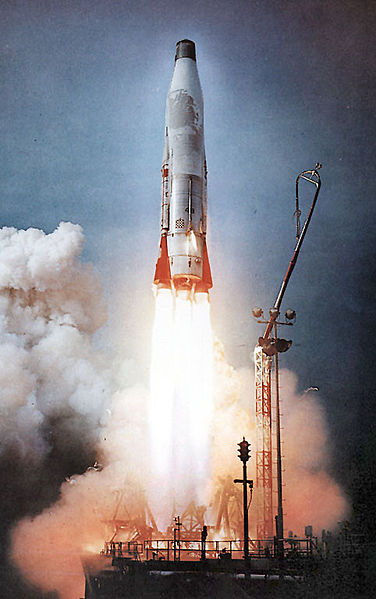
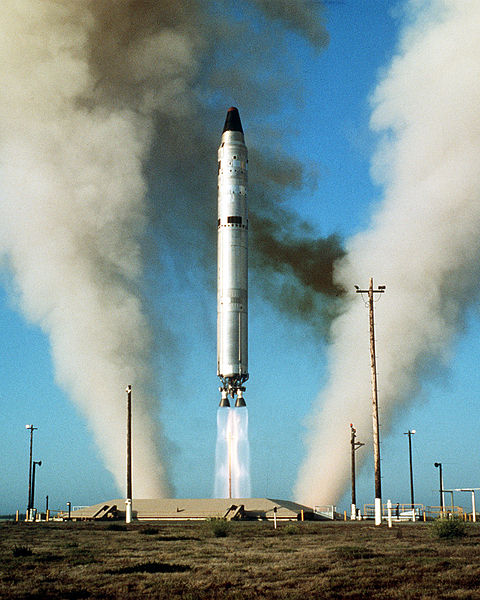
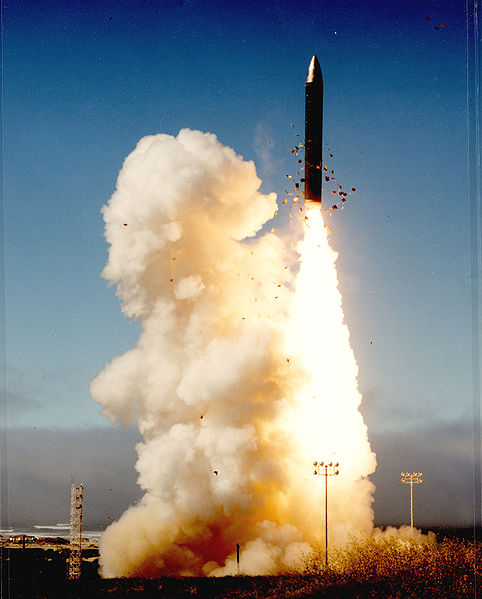
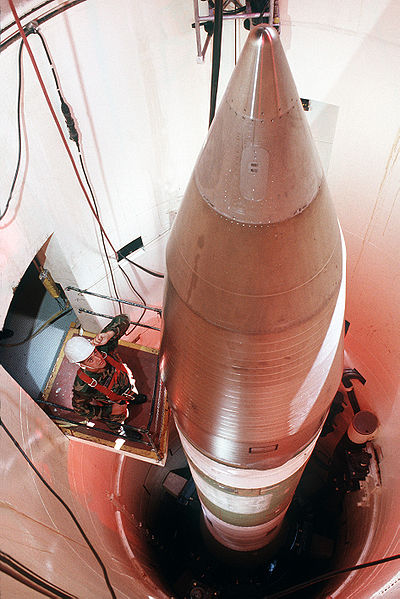

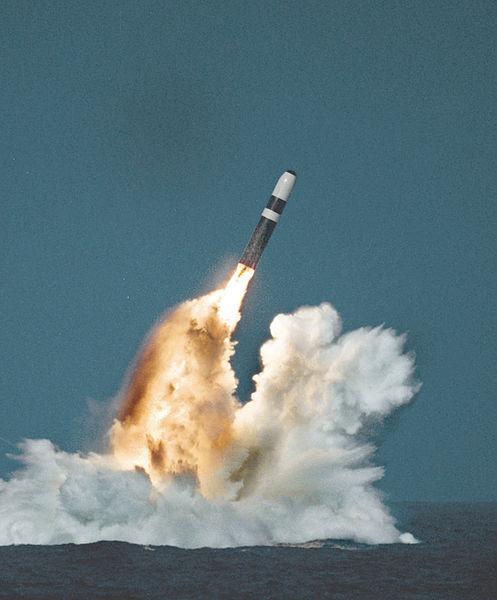
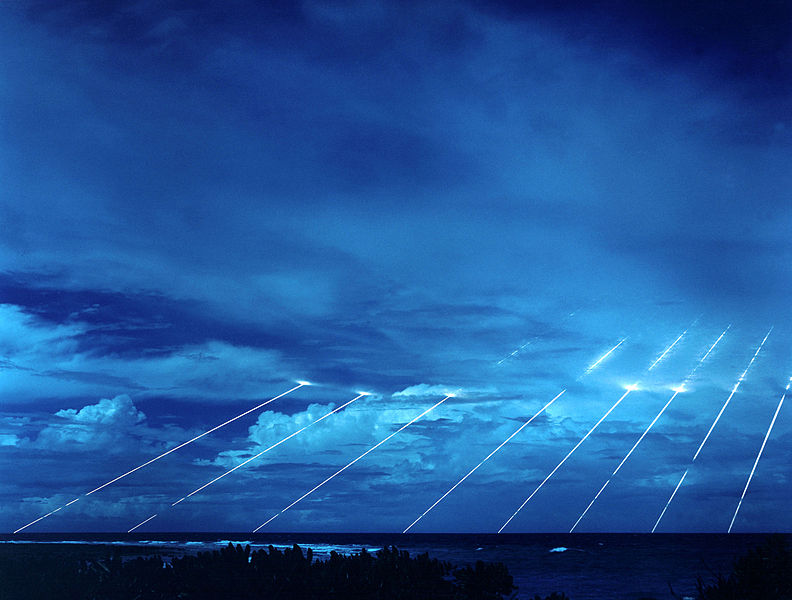
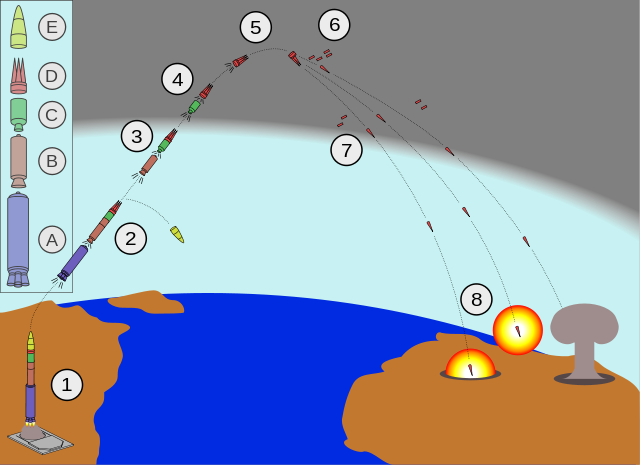
Payload Paylod Range Mass Launch Year
(tons) (Mtons) (km) (tons)
USA Titan 2 9 15000 154 Silo 1962 Inactive
USA Minuteman 3 .9 13000 35.3 Silo 1970
USA Trident 2 .95 11300 58.5 Sub 1987
USA Titan 3.75 10200 151.1 Silo 1959 Inactive
USA Peacekeeper 3 9600 96.8 Silo 1983 Inactive
Russia RS-24 1.2 12000 49 Road 2007
Russia Voevoda 8.7 8 11000 211.4 Silo 1986
Russia Layner 11000 40 Sub 2011
Russia RS-28 Sarmat 10 10000 >100 Silo 2020 Liquid rocket
Russia Bulava .9 10000 36.8 Sub 2005
France M51.1 1 10000 52 Sub 2006
China DF-5B 8 15000 183 Silo 2015
China DF-5A 4 15000 183 Silo 1983
China JL-2 6 12000 42 Sub 2001
China DF-5 5 12000 183 Silo 1971
China DF-31A 3 12000 42 Road
China DF-31 1 8000 42 Road 1999
China DF-4 3.3 7000 82 Silo 1974
India Surya 15 16000 70 Road 2022
India Agni-VI 10 12000 70 Road 2017
India Agni-V 6 8000 50 Road 2012
India K-4 2.5 3500 17 Sub 2016 Solid. Arihant nuclear sub
India K-15 ~6.5 750 1.0 Sub 2010 Solid. 2 stages. Arihant nuclear sub
Israel Jericho 3 .75 11500 30 Road 2008
N. Kor. Taepodong-2 6000 79.2 Pad 2006
Pakis. Shaheen 3 2750 Road 2015 Solid. 2 stages.
Pakis. Shaheen 2 2000 25 Road 2014 Solid. 2 stages.
Pakis. Ghauri 2 1.2 1800 17.8 Road
Pakis. Ghauri 1 .7 1500 15.8 Road 2003 Liquid. 1 stage.
Iran Shabab 3 1.0 1930 2003
Payload in "tons" represents the mass of the payload.
Payload in "Mtons" is the nuclear detonation payload in terms of tons of TNT.
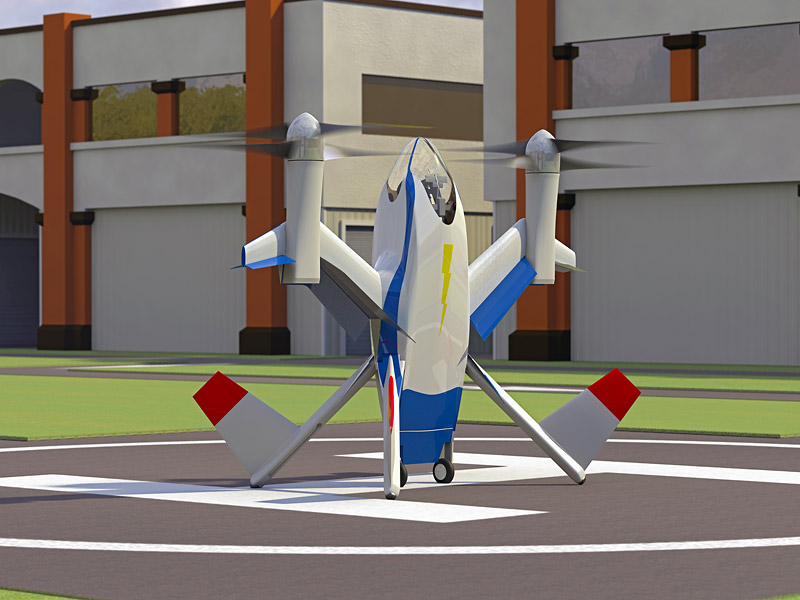
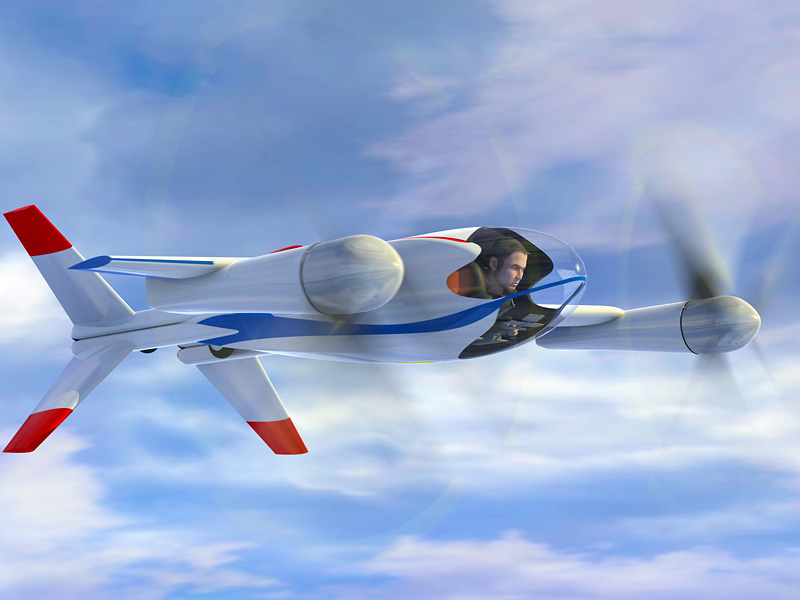
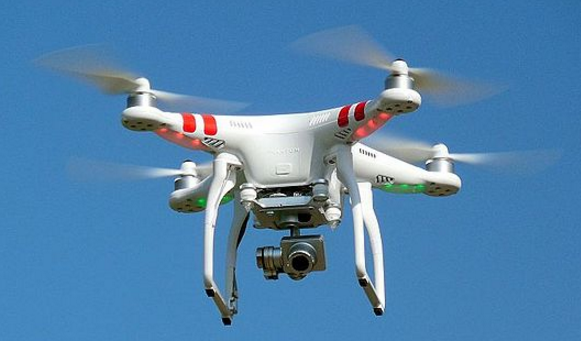
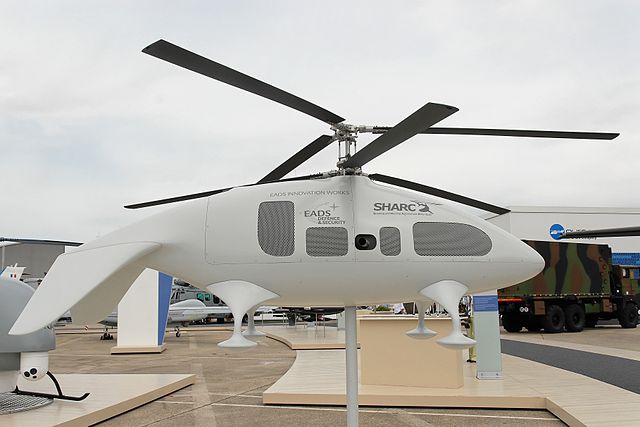
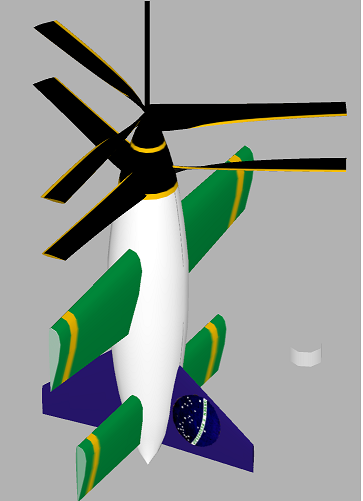
Drone mass = M = 1.0 kg
Battery mass = m = .5 kg
Battery energy/mass= e = E/m = .8 MJoules/kg
Battery energy = E = .4 MJoules
Hover power/mass = p = P/M = 94 Watts/kg (Hover power for a 1 kg drone with a 1/4 meter radius rotor)
Hover power = P = p M = 94 Watts
Flight time = T = E/P = 3990 seconds = 66 minutes
The flight time is
T = (e/p)⋅(m/M)
Mass = M = 1 kg
Gravity constant = g = 9.8 meters/second
Rotor radius = R = .25 meters
Rotor quality = q = 1.3
Hover power/mass = p = M½ g3/2 q-1 R-1 = 94 Watts
The rotor radius scales as M1/3 and the hover power/mass scales as M1/6.
If we scale the above vehicle from 1 kg up to 300 kg (the mass of a 1-person vehicle)
the hovering power/mass is 240 Watts/kg and the total power is 73 kWatts, or 98 horsepower.
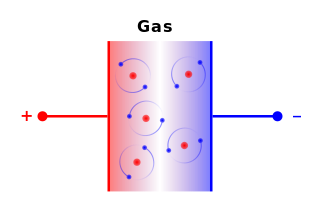
Voltage = V Volts
Capacitance = C Farads
Total energy = E = ½ C V2 Joules
Effective = Ee = ¼ C V2 Joules
Not all of the energy in a capacitor is harnessable because the voltage diminishes
as the charge diminishes, hence the effective energy is less than the total energy.
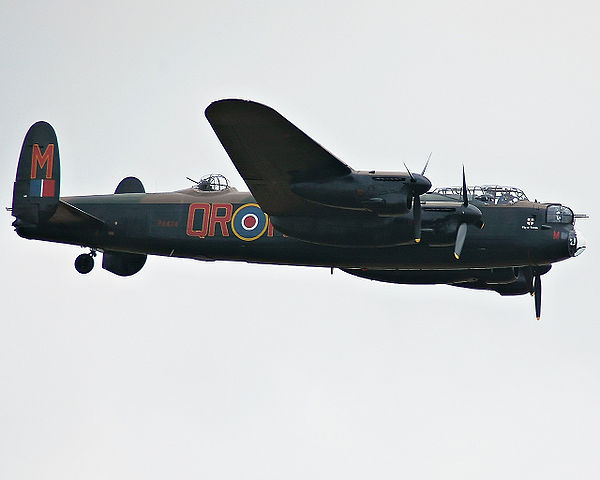
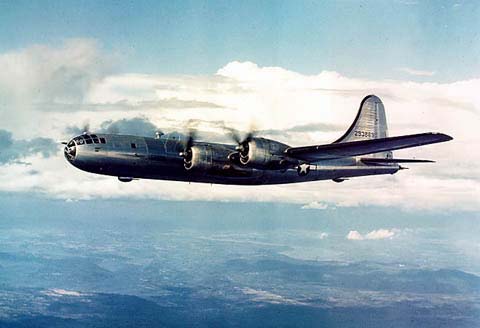

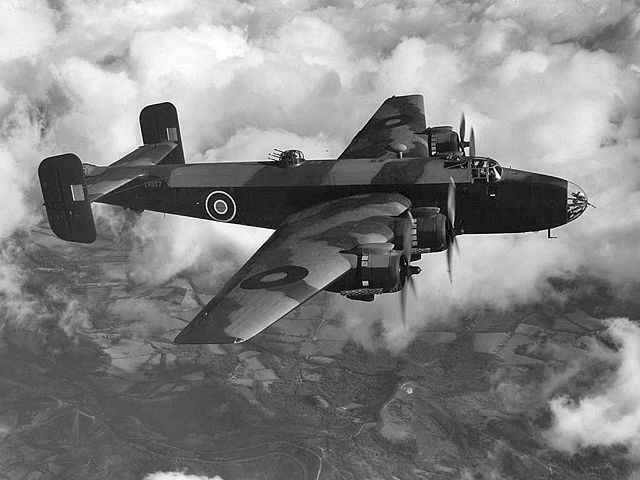
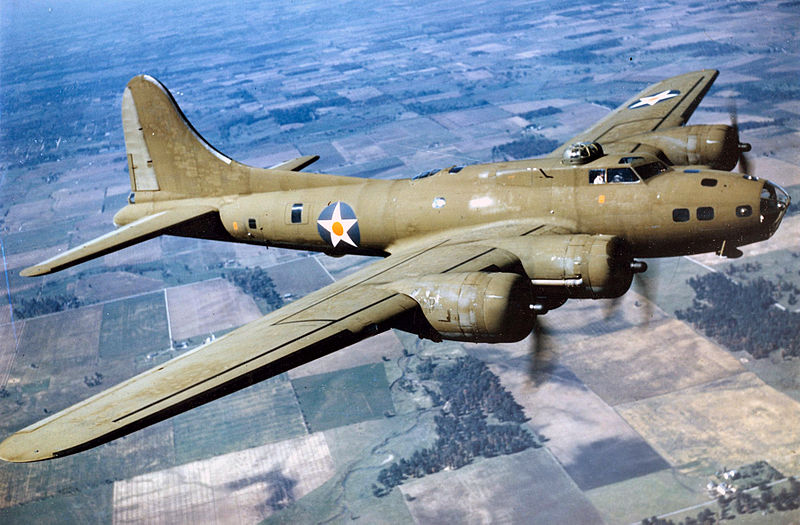
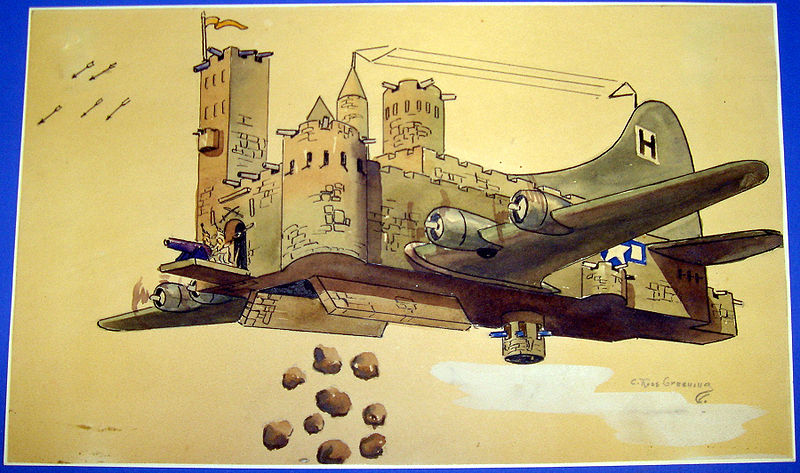
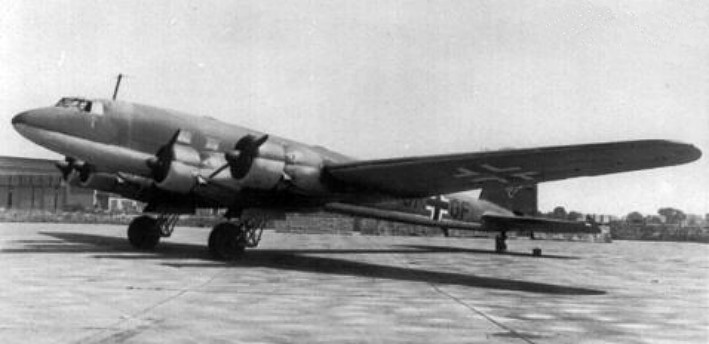
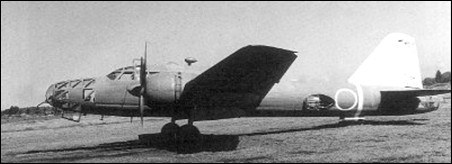
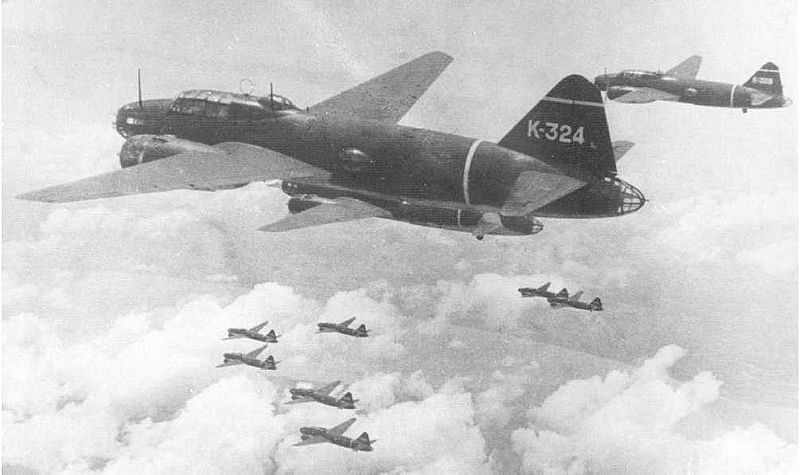
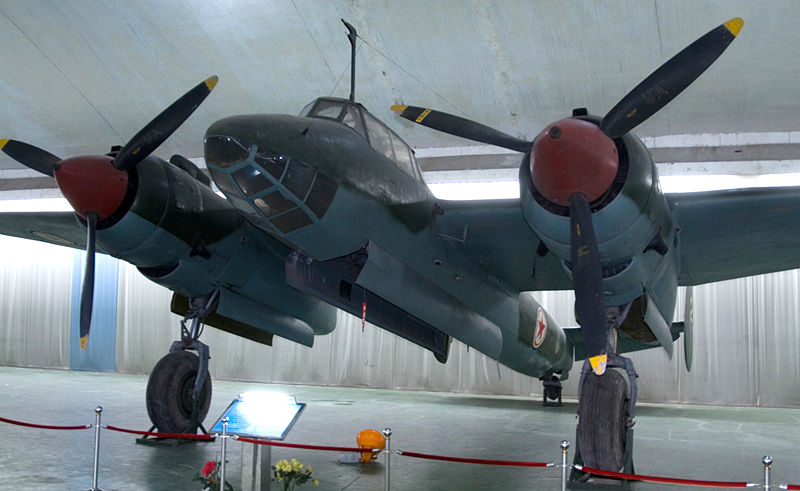
Max Mass Max Bombs Max Engine Range # Year Bombs * #
speed mass alt Built
kph ton ton ton km kWatt km MTon
UK Avro Lancaster 454 16.6 32.7 10.0 6.5 4x 954 4073 7377 1942 74
USA B-17 Flying Fortress 462 16.4 29.7 3.6 10.5 4x 895 3219 12731 1938 46
USA B-29 Superfortress 574 33.8 60.6 9.0 9.7 4x1640 5230 3970 1944 36
UK Handley Page Halifax 454 17.7 24.7 5.9 7.3 4x1205 3000 6176 1940 36.4
Soviet Petlyakov Pe-2 580 5.9 8.9 1.6 8.8 2x 903 1160 11427 1941 18
UK Short Stirling 454 21.3 31.8 6.4 5.0 4x1025 3750 2371 1939 15.2
Soviet Tupolev Tu-2 528 7.6 11.8 3.8 9.0 2x1380 2020 2257 1942 8.6
Germany Heinkel He 177 565 16.8 32.0 7.2 8.0 2x2133 1540 1169 1942 8.4
Germany Fokke-Wulf Condor 360 17.0 24.5 5.4 6.0 4x 895 3560 276 1937 1.5
Japan Mitsubishi Ki-67 537 8.6 13.8 1.6 9.5 2x1417 3800 767 1942 1.2
Japan Yokosuka P1Y Ginga 547 7.3 13.5 1.0 9.4 2x1361 5370 1102 1944 1.1
Japan Mitsubishi G4M 428 6.7 12.9 1.0 8.5 2x1141 2852 2435 1941 2.4
UK Total 126
USA Total 82
Soviet Total 27
Germany Total 10
Japan Total 5
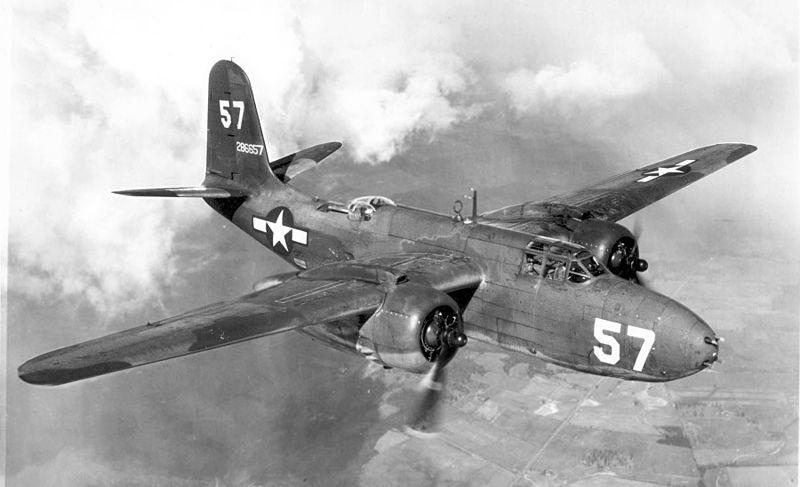
-531.jpeg)

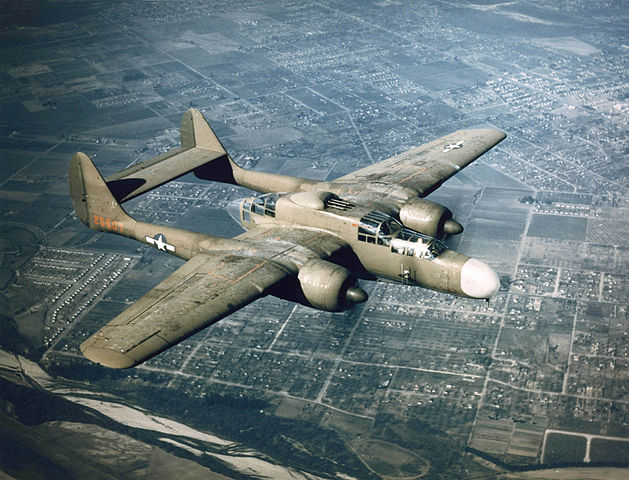
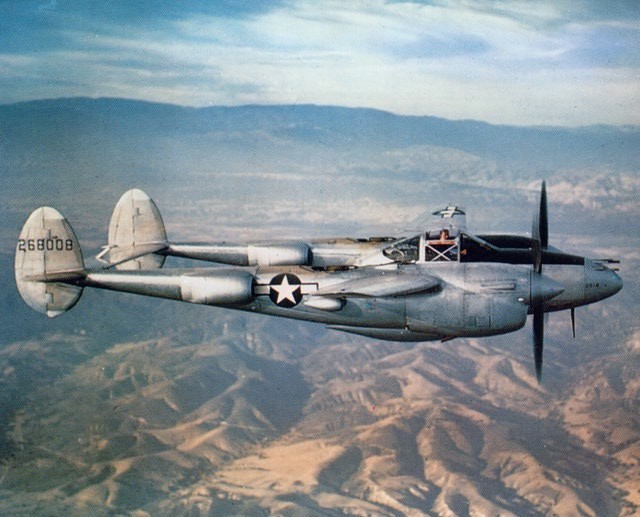
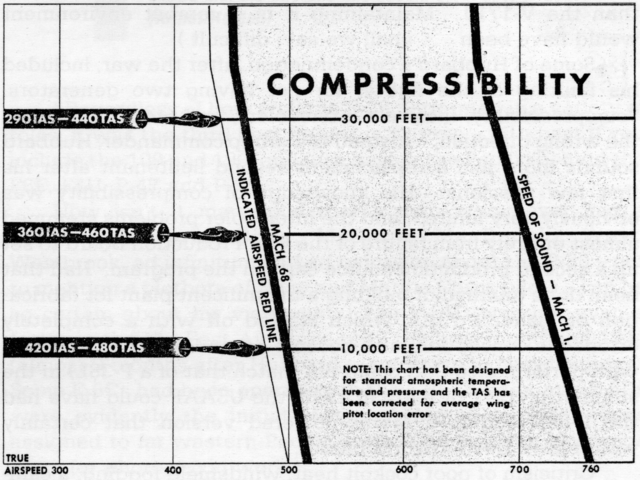

.jpg)
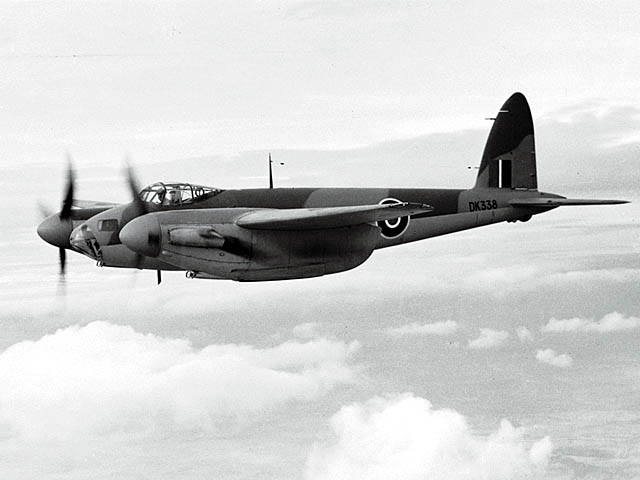
.jpg)
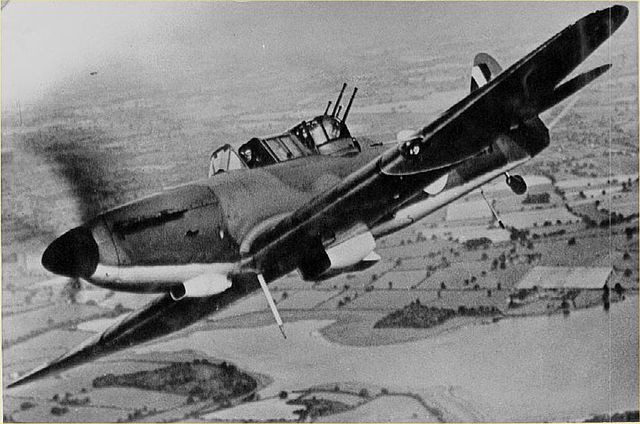

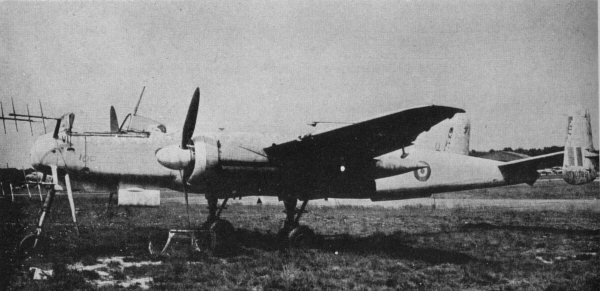
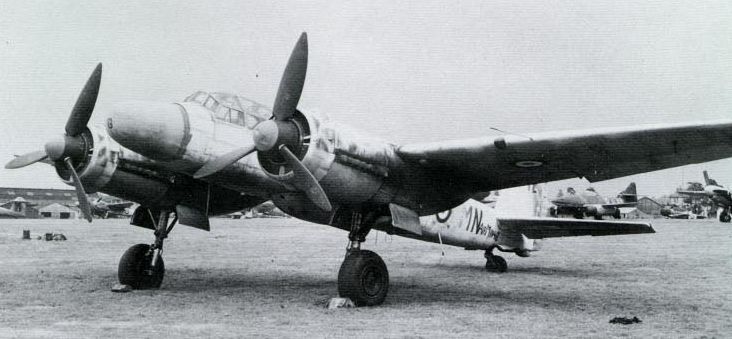
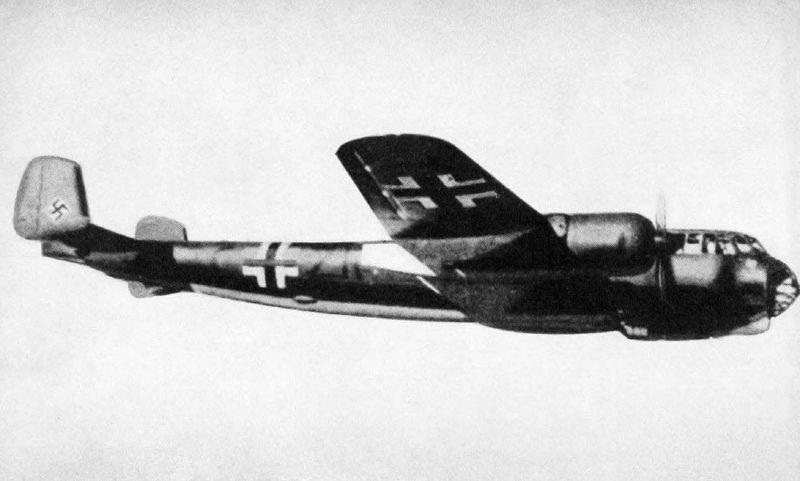
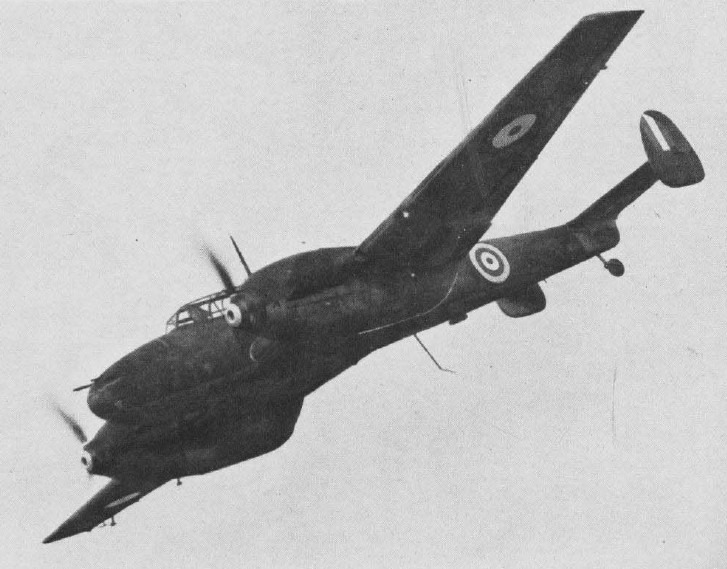
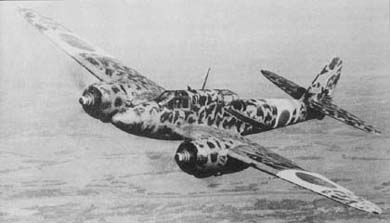


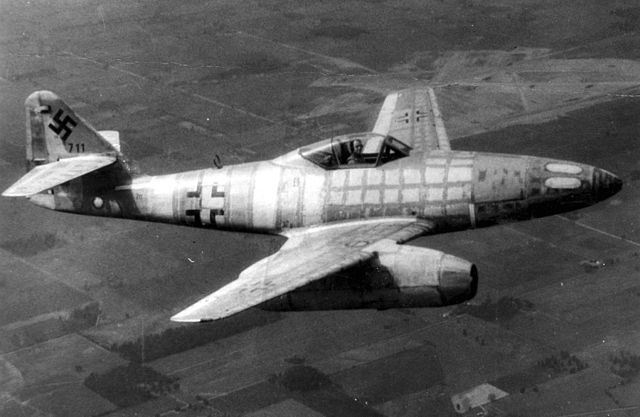
.jpg)
Max Climb Mass Max Bombs Max Engine Range # Year
speed mass alt Built
kph m/s ton ton ton km kWatt km
USA P51 Black Widow 589 12.9 10.6 16.2 2.9 10.6 2x1680 982 706 1944
USA A-20 Havoc 546 10.2 6.8 12.3 .9 7.2 2x1200 1690 7478 1941
USA F7F Tigercat 740 23 7.4 11.7 .9 12.3 2x1566 1900 364 1944
USA P-38 Lightning 667 24.1 5.8 9.8 2.3 13.0 2x1193 10037 1941
UK Fairey Firefly 509 8.8 4.4 6.4 .9 8.5 1x1290 2090 1702 1943
UK Mosquito 668 14.5 6.5 11.0 1.8 11.0 2x1103 2400 7781 1941
UK Beaufighter 515 8.2 7.1 11.5 .3 5.8 2x1200 2816 5928 1940
UK Fairie Fulmar 438 3.2 4.6 .1 8.3 1x 970 1255 600 1940
UK Defiant 489 9.0 2.8 3.9 0 9.2 1x 768 749 1064 1939
Japan Dragon Slayer 540 11.7 4.0 5.5 0 10.0 2x 783 1701 1941 Ki-45
Japan Flying Dragon 537 6.9 8.6 13.8 1.6 9.5 2x1417 3800 767 1942 Ki-67
Japan J1N Moonlight 507 8.7 4.5 8.2 0 2x 840 2545 479 1942
Ger. Hornet 624 9.3 6.2 10.8 1.0 10.0 2x1287 2300 1189 1943
Ger. Flying Pencil 557 3.5 9.1 16.7 4.0 7.4 2x1287 2145 1925 1941 Do-217
Ger. Heinkel He-219 616 13.6 0 9.3 2x1324 1540 300 1943
Ger. Junkers Ju-88 360 11.1 12.7 0 5.5 2x1044 1580 15183 1939
Ger. Me-110 595 12.5 7.8 0 11.0 2x1085 900 6170 1937
SU Petlyakov Pe-3 530 12.5 5.9 8.0 .7 9.1 2x 820 1500 360 1941
UK Gloster Meteor 965 35.6 4.8 7.1 .9 13.1 Jet 965 3947 1944
Ger. Me-262 Swallow 900 ~25 3.8 7.1 1.0 11.5 Jet 1050 1430 1944
Ger. Heinkel He-162 840 23.4 1.7 2.8 0 12.0 Jet 975 320 1945
Me-262 Swallow jet = 2x 8.8 kNewtons
Heinkel He-162 jet = 1x 7.8 kNewtons
Gloster Meteor jet = 2x16.0 kNewtons
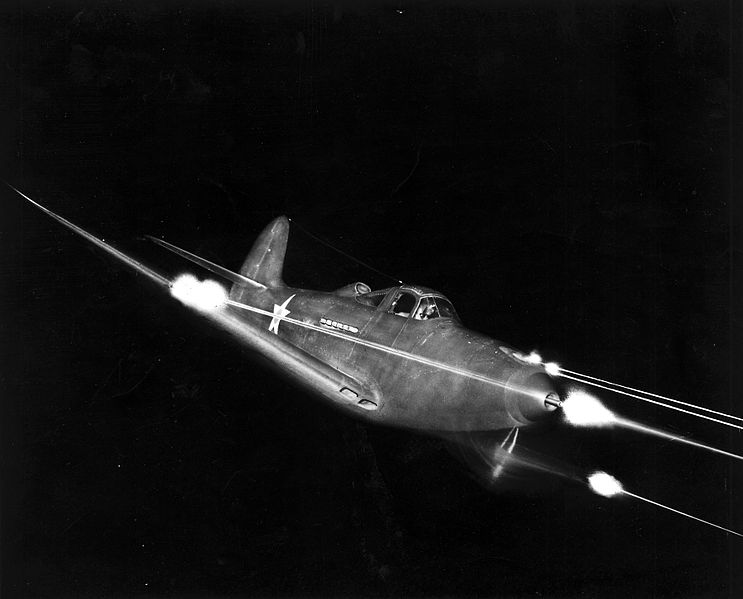

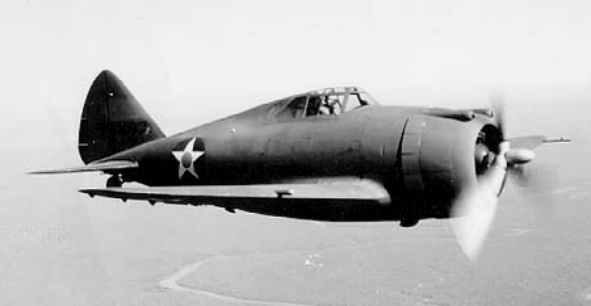
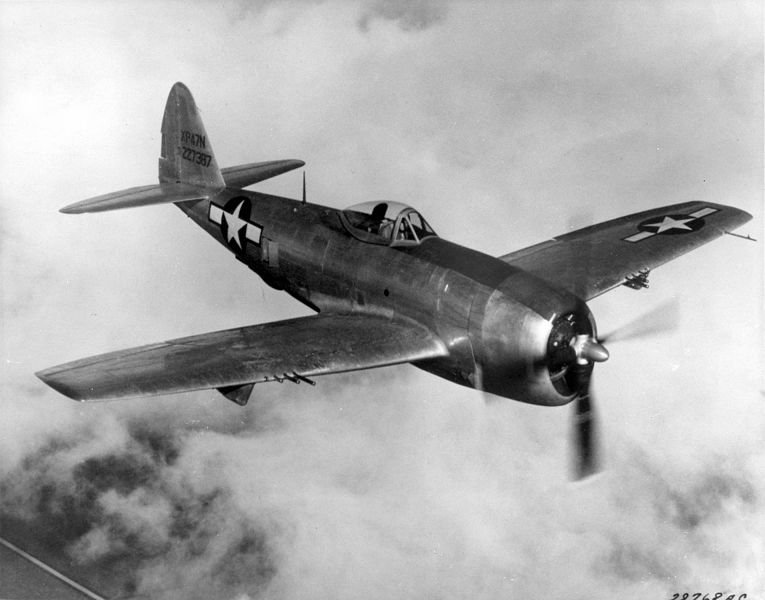
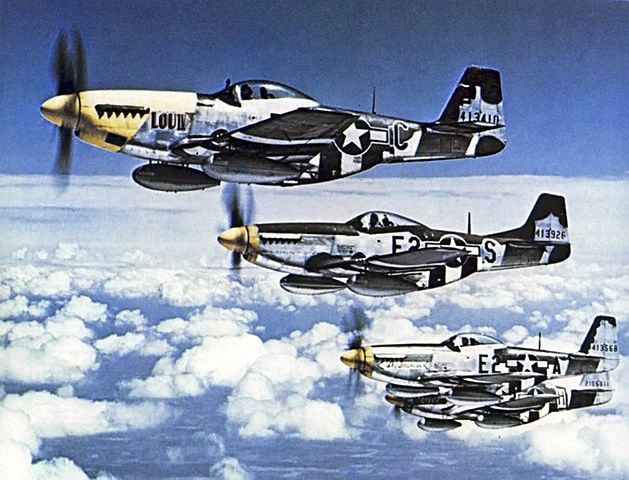
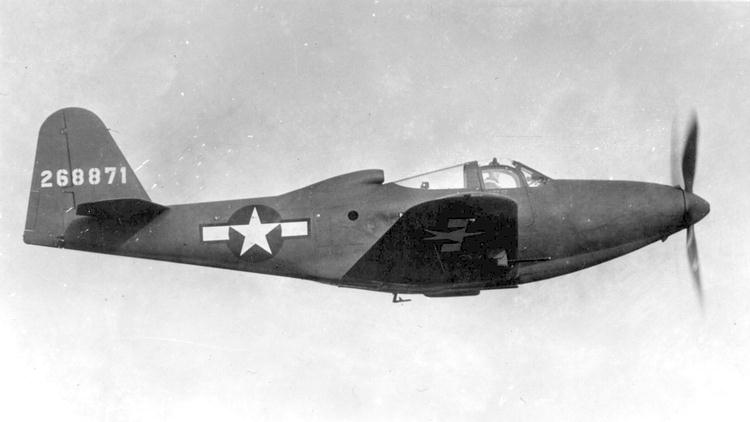
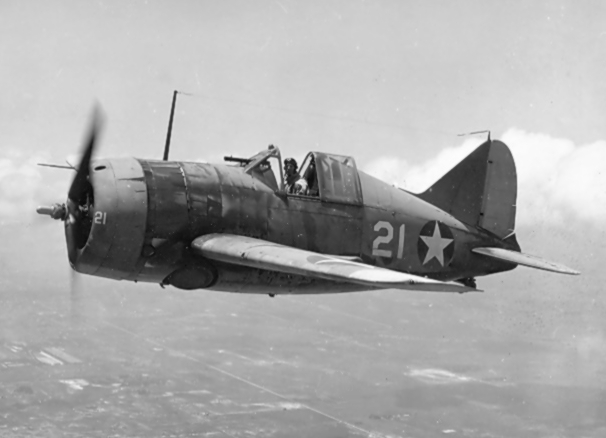

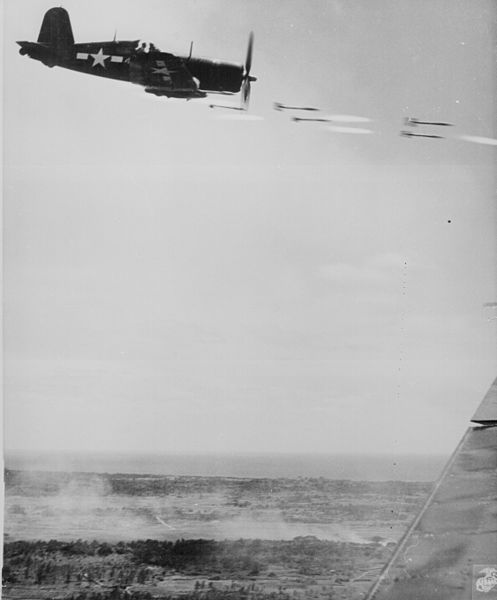
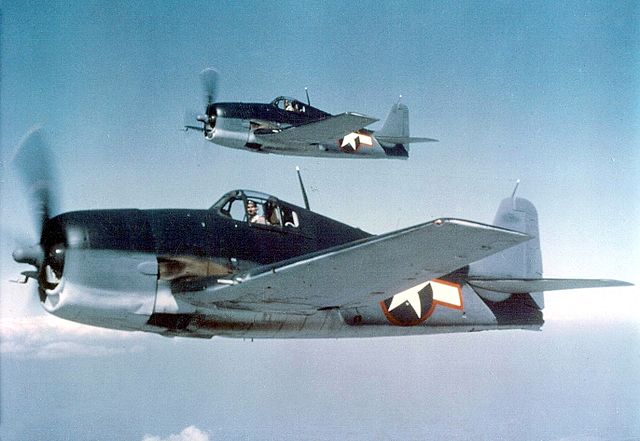
.jpg)
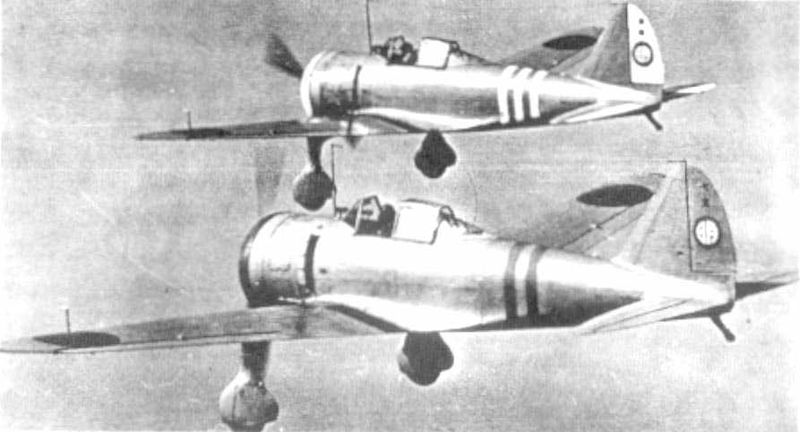
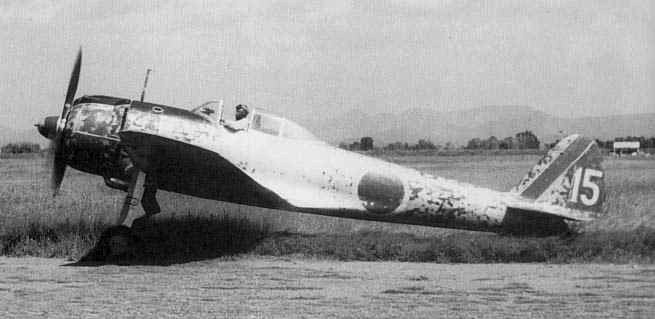
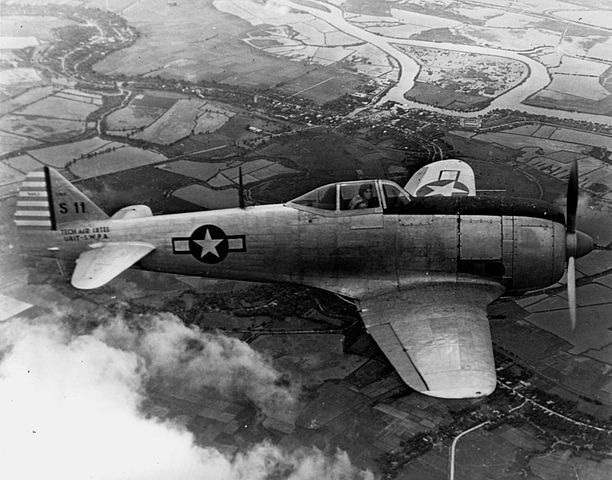
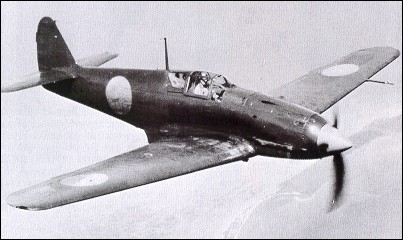
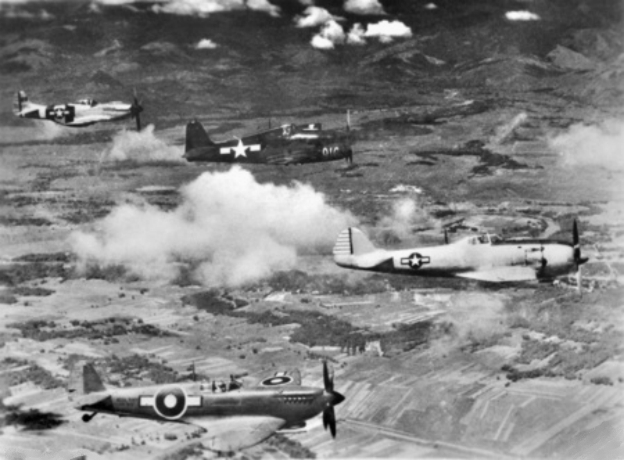
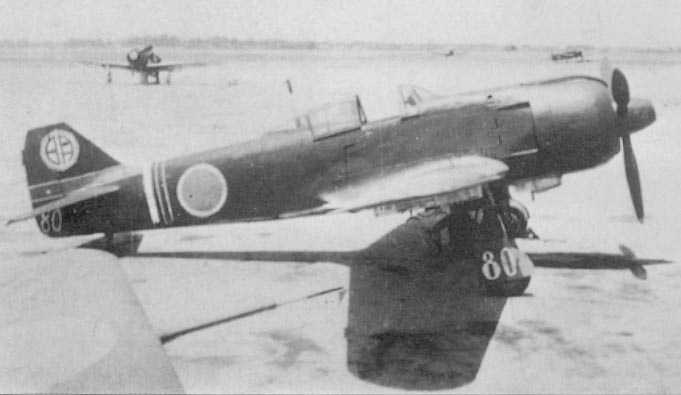
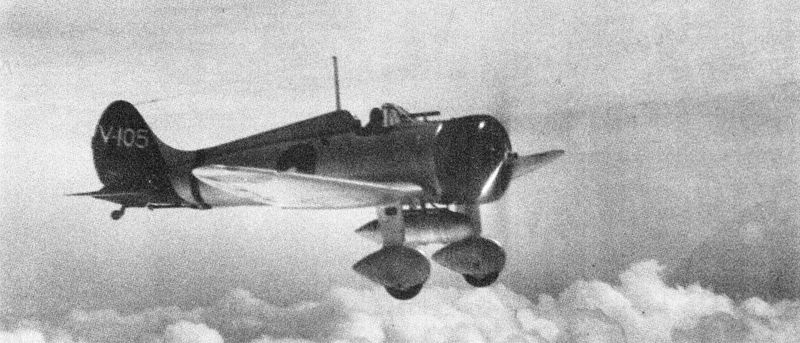

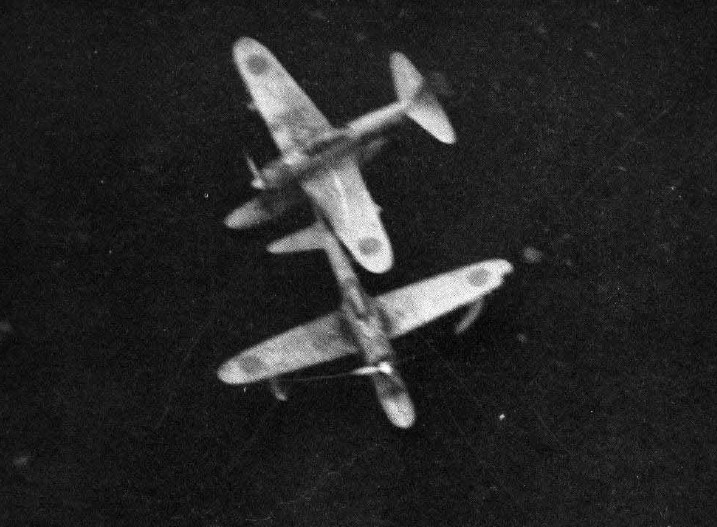
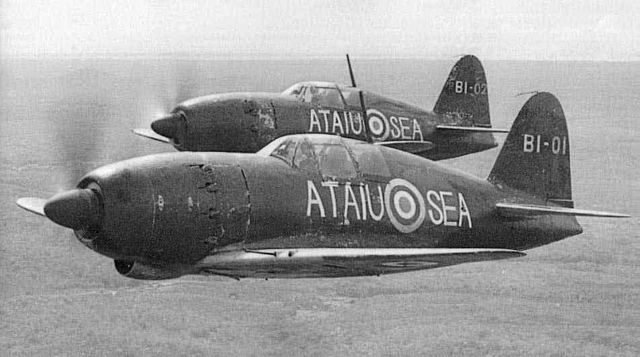

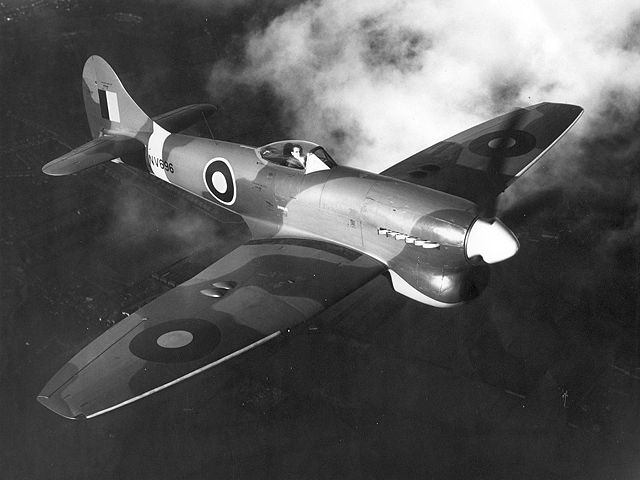
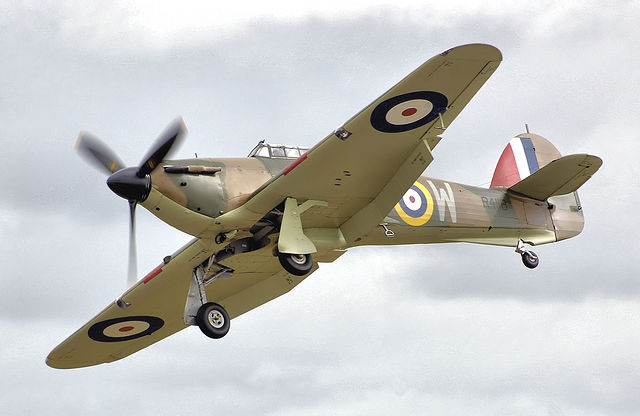
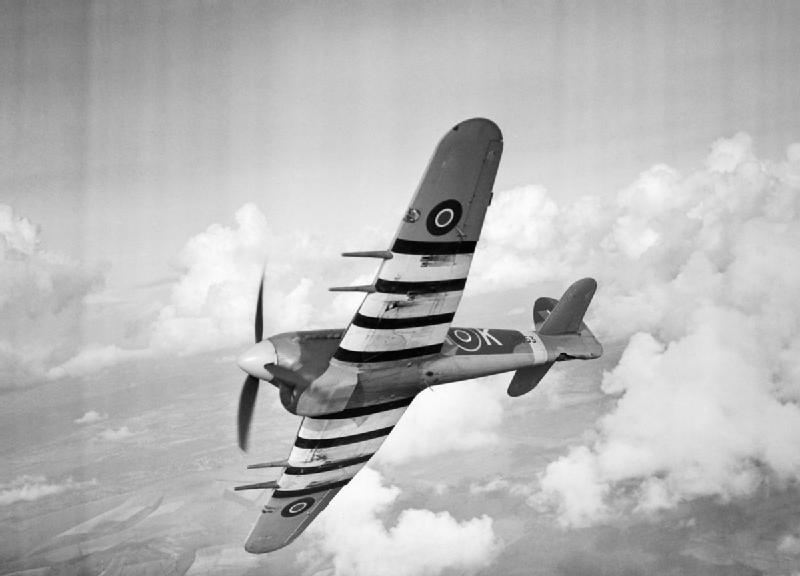
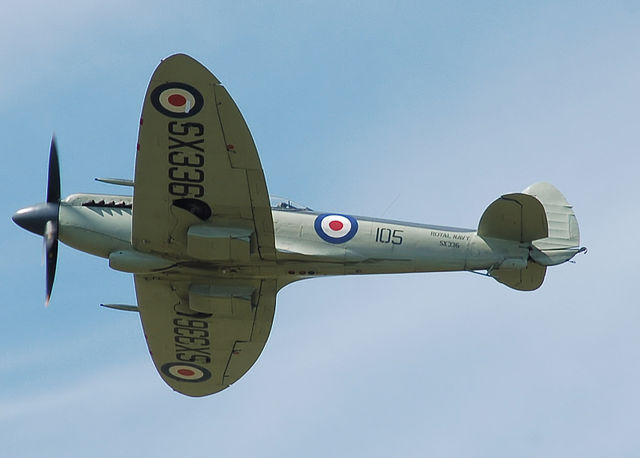
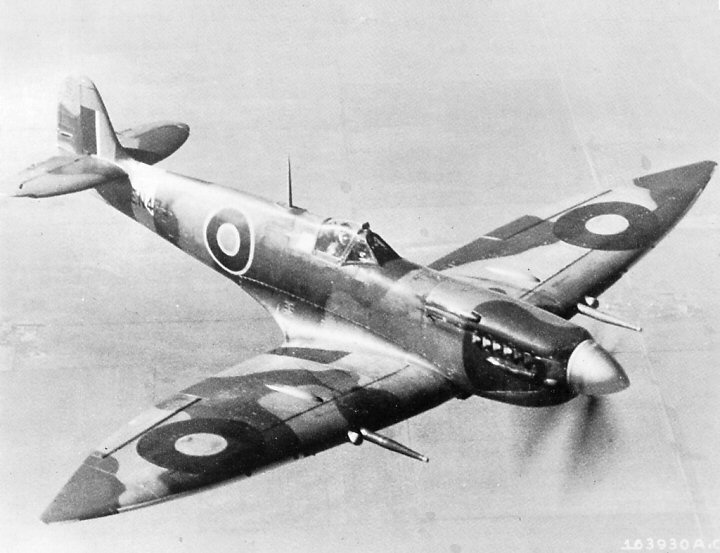
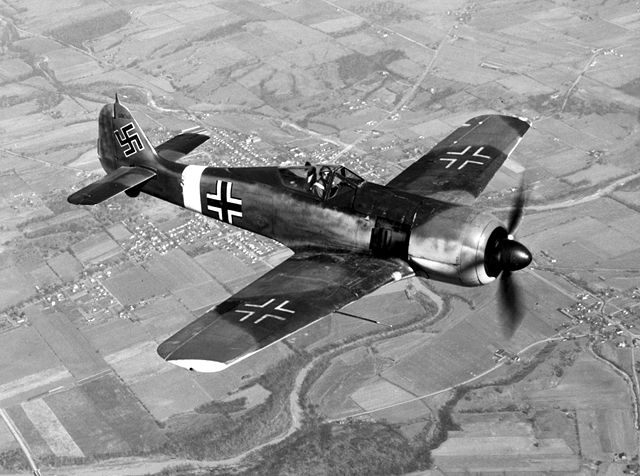
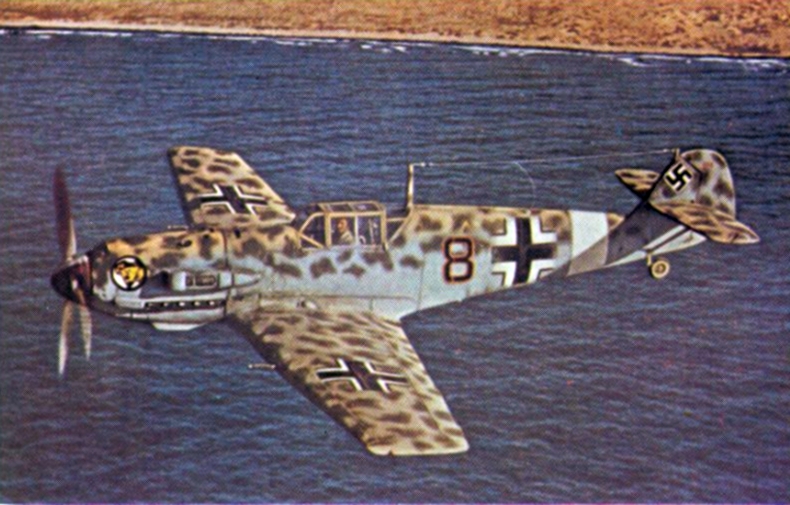
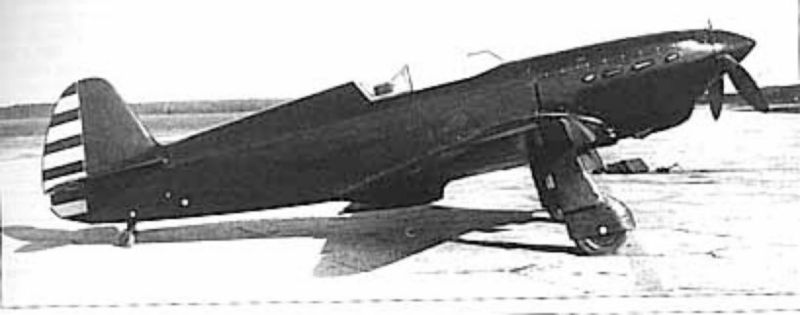

.jpg)
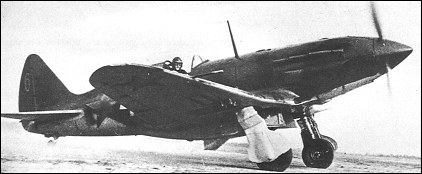
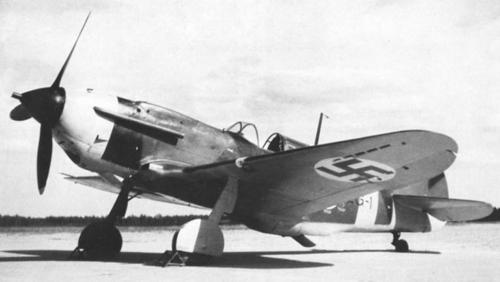

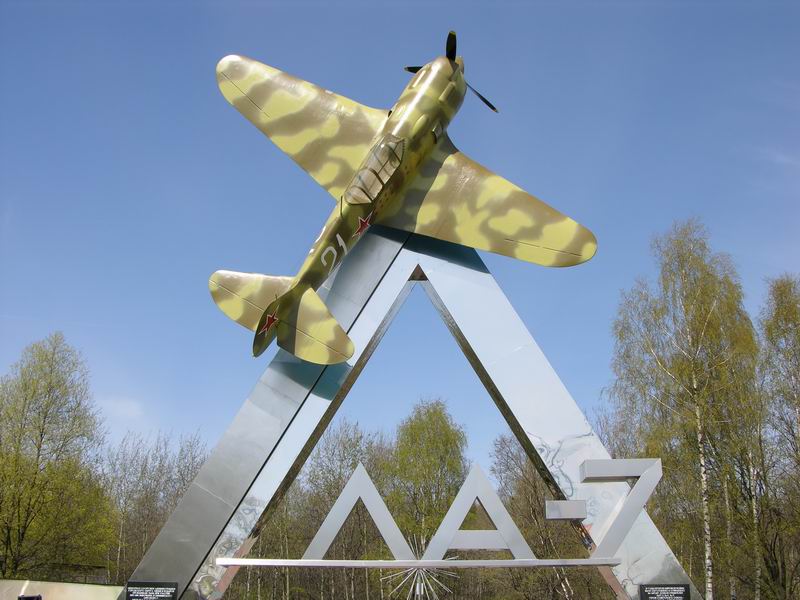
Max Climb Mass Max Bombs Max Engine Range # Year
speed mass alt Built
kph m/s ton ton ton km kWatt km
USA P-39 Airacobra 626 19.3 3.0 3.8 .2 10.7 1x 894 840 9588 1941
USA P-63 Kingcobra 660 12.7 3.1 4.9 .7 13.1 1x1340 725 3303 1943
USA F2A Buffalo 517 12.4 2.1 3.2 0 10.1 1x 890 1553 509 1939
USA P-40 Warhawk 580 11.0 2.8 4.0 .9 8.8 1x 858 1100 13738 1939
USA P-51 Mustang 703 16.3 3.5 5.5 .5 12.8 1x1111 2755 >15000 1942
USA F4F Wildcat 515 11.2 2.7 4.0 0 10.4 1x 900 1337 7885 1940
USA F6F Hellcat 629 17.8 4.2 7.0 1.8 11.4 1x1491 1520 12275 1943
USA F8F Bearcat 730 23.2 3.2 6.1 .5 12.4 1x1678 1778 1265 1945
USA P-43 Lancer 573 13.0 2.7 3.8 0 11.0 1x 895 1046 272 1941
USA P-47 Thunderbolt 713 16.2 4.5 7.9 1.1 13.1 1x1938 1290 15677 1942
USA F4U Corsair 717 22.1 4.2 5.6 1.8 12.6 1x1775 1617 12571 1942
Japan Zero 534 15.7 1.7 2.8 .3 10.0 1x 700 3104 10939 1940
Japan N1K Strong Wind 658 20.3 2.7 4.9 .5 10.8 1x1380 1716 1532 1943
Japan Ki-84 "Gale" 686 18.3 2.7 4.2 .7 11.8 1x1522 2168 3514 1943
Japan Ki-61 580 15.2 2.6 3.5 .5 11.6 1x 864 580 3078 1942
Japan Ki-100 580 13.9 2.5 3.5 0 11.0 1x1120 2200 396 1945
Japan A5M 440 1.2 1.8 0 9.8 1x 585 1200 1094 1936
Japan A6M2 436 12.4 1.9 2.9 .1 10.0 1x 709 1782 327 1942
Japan J2M Thunderbolt 655 23.4 2.8 3.2 .1 11.4 1x1379 560 671 1942
Japan Ki-27 470 15.3 1.1 1.8 .1 12.2 1x 485 627 3368 1937
Japan Ki-43 530 1.9 2.9 .5 11.2 1x 858 1760 5919 1941
Japan Ki-44 605 19.5 2.1 3.0 0 11.2 1x1133 1225 1942
UK Hawker Hurricane 547 14.1 2.6 4.0 .5 11.0 1x 883 965 14583 1943
UK Hawker Tempest 700 23.9 4.2 6.2 .9 11.1 1x1625 1190 1702 1944
UK Hawker Typhoon 663 13.6 4.0 6.0 .9 10.7 1x1685 821 3317 1941
UK Submarine Seafire 578 13.4 2.8 3.5 9.8 1x1182 825 2334 1942
UK Submarine Spitfire 595 13.2 2.3 3.0 0 11.1 1x1096 756 20351 1938
Ger. Fw-190 685 17.0 3.5 4.8 .5 12.0 1x1287 835 >20000 1941
Ger. Bf-109 640 17.0 2.2 3.4 .3 12.0 1x1085 850 34826 1937
SU MiG-3 640 13.0 2.7 3.4 .2 12.0 1x 993 820 3172 1941
SU Yak-1 592 15.4 2.4 2.9 0 10.0 1x 880 700 8700 1940
SU Yak-3 655 18.5 2.1 2.7 0 10.7 1x 970 650 4848 1944
SU Yak-7 571 12.0 2.4 2.9 0 9.5 1x 780 643 6399 1942
SU Yak-9 672 16.7 2.5 3.2 0 10.6 1x1120 675 16769 1942
SU LaGG-3 575 14.9 2.2 3.2 .2 9.7 1x 924 1000 6528 1941
SU La-5 648 16.7 2.6 3.4 .2 11.0 1x1385 765 9920 1942
SU La-7 661 15.7 3.3 .2 10.4 1x1230 665 5753 1944
SU Polykarpov I-16 525 14.7 1.5 2.1 .5 14.7 1x 820 700 8644 1934


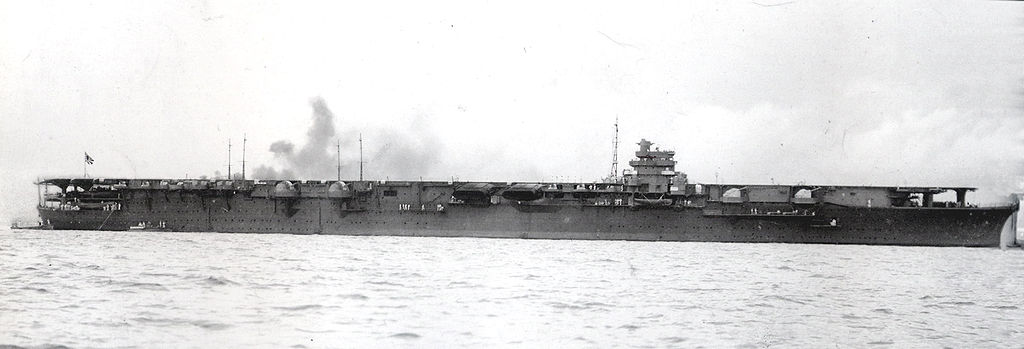
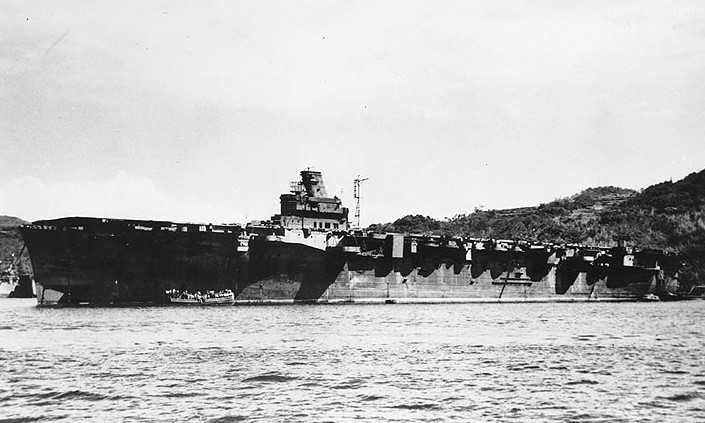
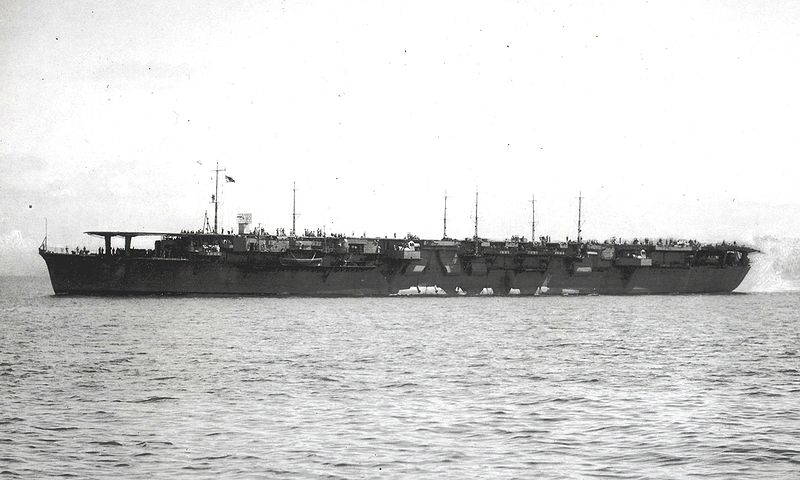
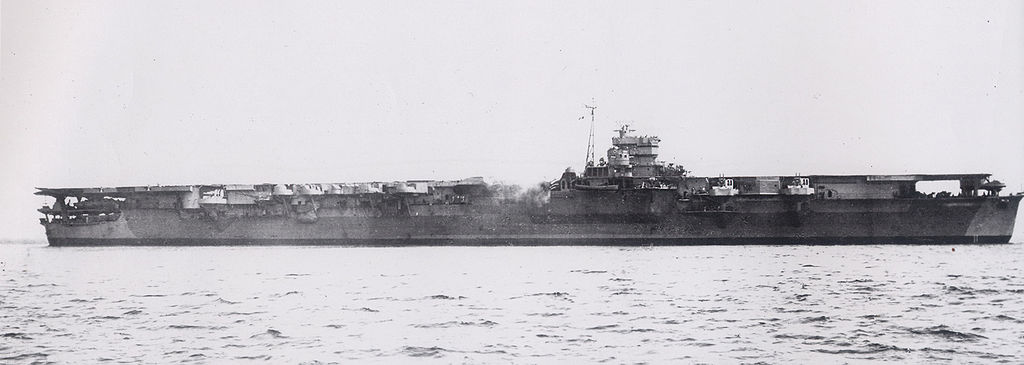

Class Speed Power Length Displace Planes # Year
kph MWatt m kton built
USA Essex 60.6 110 263 47 100 24 1942
USA Independence 58 75 190 11 33 9 1942
Japan Shokaku 63.9 120 257.5 32.1 72 2 1941
Japan Hiyo 47.2 42 219.3 24.2 53 3 1944
Japan Unryu 63 113 227.4 17.8 65 3 1944
Japan Chitose 53.5 42.4 192.5 15.5 30 2 1944
Japan Zuiho 52 39 205.5 11.4 30 2 1940
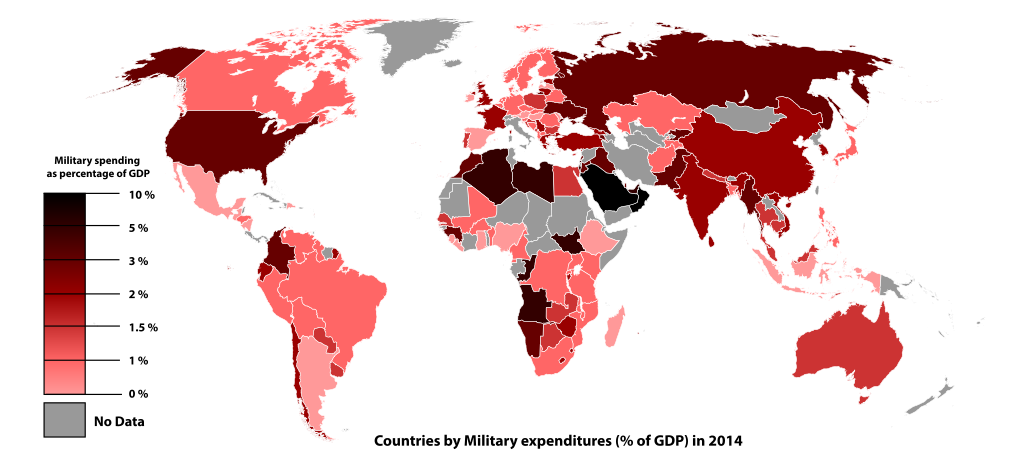
B$/yr % GDP B$/yr % GDP
World 1676 2.3 Japan 40.9 1.0
USA 597 3.3 Germany 39.4 1.2
China 215 1.9 South Korea 36.4 2.6
Saudi Arabia 87.2 13.7 Brazil 24.6 1.4
Russia 66.4 5.4 Italy 23.8 1.3
UK 55.5 2.0 Australia 23.6 1.9
India 51.3 2.3 UAE 22.8 5.7
France 50.9 2.1 Israel 16.1 5.4


Nuclear Diesel Aircraft Military F-22 F-35 B-2 Combat Nuclear
subs subs carriers Satellites aircraft devices
Total 148 228 20 320 184 20 20089 15913
USA 72 10 123 184 71 20 3680 7100
Russia 45 18 1 74 1337 7700
UK 11 1 7 18* 278 225
France 10 1 8 395 300
China 9 46 1 68 2571 260
India 1 13 2 5 928 110
Japan 17 4 5* 777 TC
Israel 3 8 33* 440 80
Italy 6 2 6 8* 258
Germany 4 7 245
S. Korea 12 587 TC
Egypt 569
N. Korea 563 8
Taiwan 2 1 485
Pakistan 5 460 120
Iran 3 337
Turkey 14 1 6* 335
S. Arabia 313 TC
Syria 277
Greece 8 244
Ukraine 203
UAE 2 175
Spain 4 166
Australia 6 1 72* 146
Myanmar 155 TC
Thailand 1 143
Sweden 5 134
Singapore 4 126
Argentina 3 123 TC
Kazakhstan 122
Algeria 4 120
Poland 5 113 TC
Finland 107
Canada 4 1 95
Netherlands 4 10*
Norway 6 4*
Mexico 1 TC
Brazil 5 1 TC
*: On order
TC: Does not possess nuclear devices but is technologically capable of building them
The aircraft with stealth technology are the F-22, F-35, and B-2.
For the "combat aircraft" column, only countries with at least 100 combat aircraft
are listed.
Data
F-22 F-35 F-15 F-16 F-18 F-4 F-5 F-2 MiG31 MiG25 MiG29 MiG29 MiG21 Su35 Su30 J7 J10
USA 195 121 449 983 885 561
Russia 152 252 48
China 24 728 240
Japan 42* 154 71 64
S. Korea 40* 58 169 71 158
India 5 108 245 241
Singapore 40 60 27
Taiwan 115 23
Thailand 53 30
Indonesia 16 2
Malaysia 8 18
Philip.
Total 4500
*: On order
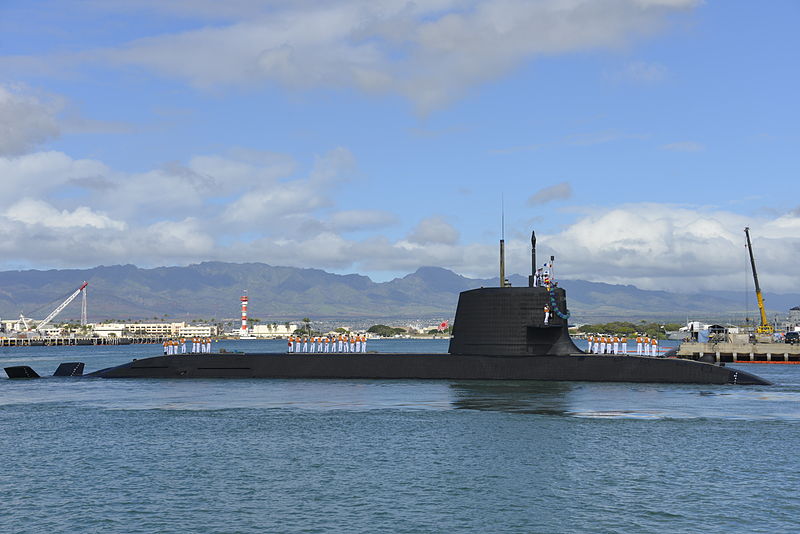
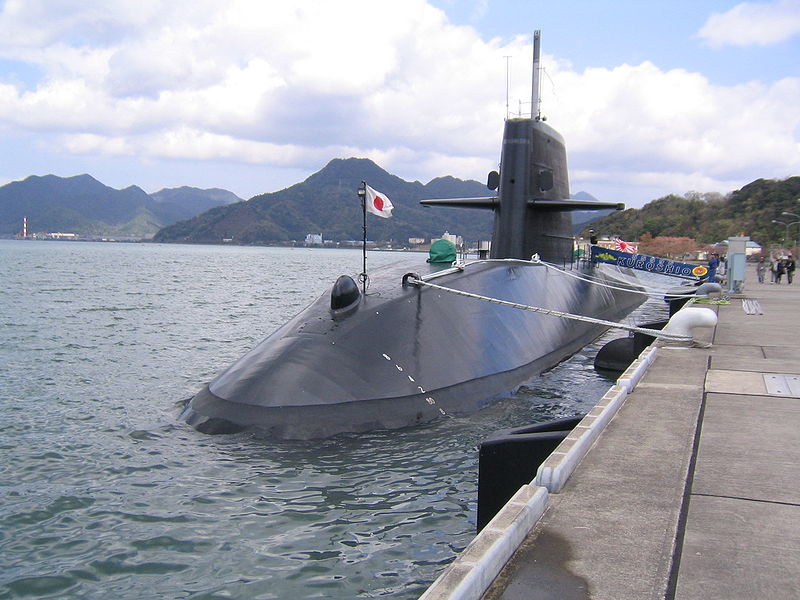
Speed Power Mass Depth Len Wid Hei Drag Year # Power
km/h MWatts Mkg m m m m
USA Virginia 46 30 7.9 240 115 10.0 2004 13 Nuclear
USA Ohio 46 45 18.8 240 170 13 10.8 .73 1981 18 Nuclear
USA Los Angeles 37 26 6.9 290 110 10 9.4 .63 1976 36 Nuclear
Russia Akula 65 32 13.8 520 113.3 13.6 9.7 .55 1986 10 Nuclear
Russia Oscar 59 73.1 19.4 155 18.2 9 1.02 1981 5 Nuclear
Russia Borey 56 24 450 170 13.5 10 2010 3 Nuclear
Russia Delta 4 44.4 320 1981 7 Nuclear
UK Vanguard 46 41 15.9 149.9 12.8 12 1993 4 Nuclear
France Triomphant 46 14.3 400 138 12.5 10.6 1997 4 Nuclear
India Arihant 44 83 ~7 300 112 11 10 1.73 2016 1 Nuclear
China Type 93 55.6 7.0 110 11 7.5 2006 5 Nuclear
China Type 95 2015 5 Nuclear
China Type 94 11 135 12.5 2007 4 Nuclear
India Shishumar 41 10.6 1.85 260 64.4 1986 4 Diesel electric. German
Germany Type 212 37 2.85 1.83 700 57.2 7 6 2002 10 AIP, Fuel cell
India Kalvari 37 1.87 61.7 6.2 5.8 2016 1 AIP, Fuel cell
Japan Soryu 37 6.0 4.2 84.0 9.1 8.5 2009 9 AIP, Stirling
Japan Oyashio 37 5.78 4.0 81.7 8.9 7.4 .20 1998 11 Diesel electric
Australia Collins 37 5.37 3.41 >180 77.4 7.8 7 .23 1996 6 Diesel electric
India Sindhughosh 31 10.2 3.08 300 9.9 6.6 .36 1986 9 Diesel electric. Kilo class
Taiwan Hai Lung 22 2.66 300 66.9 8.4 6.7 1987 2 Diesel electric. Dutch Zwaardvis class
"Depth" refers to the "Test depth", which is typically 2/3 of the crush depth.
"Drag" is the drag coefficient defined below.
Speed Range Mass Warhead Length Diam Depth Year Fuel
km/h km ton ton meter meter meter
UK Spearfish 150 54 1.85 .30 7.0 .533 1992 Otto fuel 2
China Yu-6 120.4 45 .533 2012 Otto fuel 2
USA Mark 48 102 38 1.68 .29 5.8 .53 800 2008 Otto fuel 2
Germany DM2A4 92.6 50 .26 6.6 .533 Silver zinc battery
USA Mark 54 74.1 .276 .044 2.72 .324 2004 Otto fuel 2
S Korea White Shark 63 30 1.1 2.7 .48 2004
Inaia Varunastra 74 40 1.5 .25 7.0 .533 400 2016 Electric

![]()
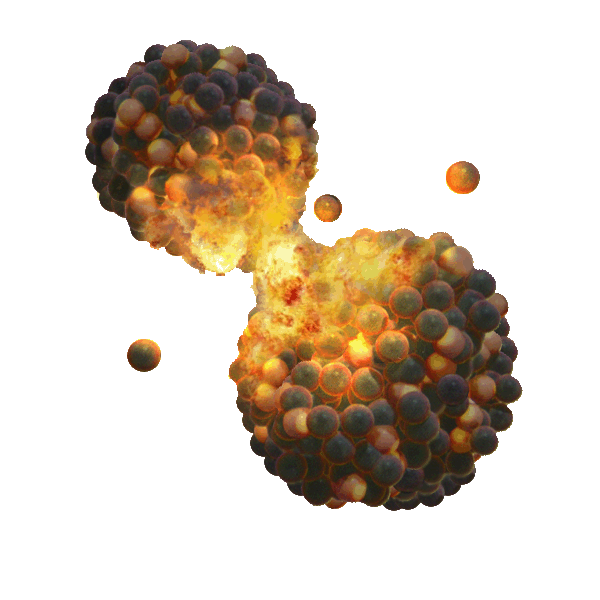
![]()
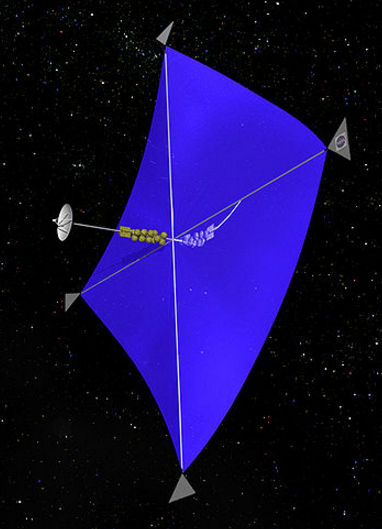
![]()
![]()
![]()

![]()

![]()

Chemical React chemicals, for example hydrogen + oxygen
Thermal hydrogen Hydrogen exhaust is heated with nuclear or solar power
Ion rocket Accelerate ions, powered by electricity from nuclear or solar
Fusion bomb rocket Can move large objects like asteroids
Fission afterburner Neutrons trigger fission in the exhaust
Alpha rocket A radioisotope emits alpha particles as exhaust

The possible energy sources are:
Chemical H2+O2, Kerosene+O2, or solid fuel (Al+NH4NO3)
Fission Uranium-235, Plutonium-239, Americium-242m, Beryllium-7
Radioactivity Plutonium-238, Cobalt-60, Lead-210
Solar Photovoltaic cells or solar mirror heat
Fusion A fusion bomb using Deuterium + Lithium-6
Exhaust speed = V
Energy/Mass = e = ½ V2
Energy Practical Perfect Energy/Mass
source exhaust exhaust
speed speed
km/s km/s MJoule/kg
Fusion Deuterium+Li6 6900 23000 270000000
Fission Uranium-235 4000 12000 74000000
Fission Plutonium-239 4000 12000 76000000
Radioactive Plutonium-238 50 2100 2300000
Chemical Hydrogen+O2 4.4 5.1 13.2
Chemical Methane +O2 3.7 4.7 11.1
Chemical Kerosene+O2 3.3 4.5 10.3
Chemical Al+NH4NO3 2.7 3.7 6.9

Exhaust speed = V
Exhaust energy/mass = e = ½V2
Exhaust power/mass = p = ½V2/T = e/T
Burn time = T
Acceleration = A = 2p/V = V/T
Rocket type Exhaust Power/Mass Acceleration Burn time
km/s Watts/kg meters/s/s seconds
Chemical, Hydrogen+O2 4.4 1700000 770 5.6
Chemical, Methane +O2 3.7 2500000 1350 2.7
Chemical, Kerosene+O2 3.3 5000000 3030 1.1
Chemical, Al+NH4NO3 2.5 9000000 7200 .3 Solid fuel
Fission thermal H2 9 160000 36 253 A fission reactor heats H2
Fission thermal H 13 70000 11 1200 A fission reactor heats atomic hydrogen
Ion drive 45 100 .0045 10000000
Fission afterburner, Am-242m 93 200 .0043 22000000
Fission afterburner, Pu-239 30 200 .013 2200000
Fission afterburner, Be-7 134 200 .0030 45000000
Fission afterburner, He-3 40 200 .010 4000000
Fission afterburner, Li-6 31 200 .013 2400000
Fission afterburner, B-10 35 200 .011 3100000
Alpha, Po-210 77 171 .0016 12000000 Half life .38 years
Alpha, Ca-248 71 60 .002 28700000 Half life .91 years
Alpha, Ca-252 68 19 .00019 82000000 Half life 2.6 years
Alpha, Pb-210 77 2.9 .000075 730000000 Half life 22.3 years
Alpha, U-230 200 7000 Half life .0554 years
Alpha, Th-228 180 170 .0019 62000000 Half life 1.91 years
Alpha, Ra-228 180 57 .00063 190000000 Half life 5.75 years
Alpha, Ac-227 180 15 .00017 710000000 Half life 21.8 years
Alpha, U-232 200 5.7 Half life 68.9 years
Fission bomb Large Large Large Short
Fusion bomb Large Large Large Short Deuterium + Lithium-6
Solar sail 300000 228000 .00152

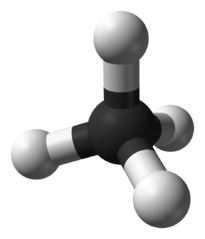

![]()

Fuel Exhaust Fuel Fuel boiling
speed density point
(km/s) (g/cm3) (K)
Hydrogen 4.4 .07 20 Complex because of the low boiling point of hydrogen
Methane 3.7 .42 112 New technology pioneered by SpaceX
Kerosene 3.3 .80 410 Simple because kerosene is a liquid at room temperature
Solid fuel 2.7 1.2 - Simple and cheap. Often Aluminum + NH4NO3


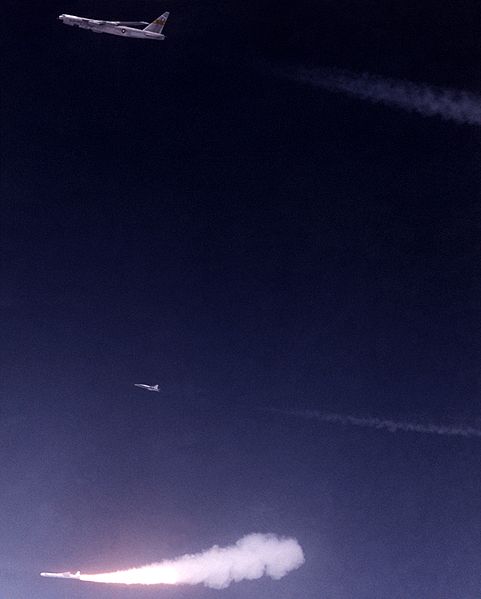
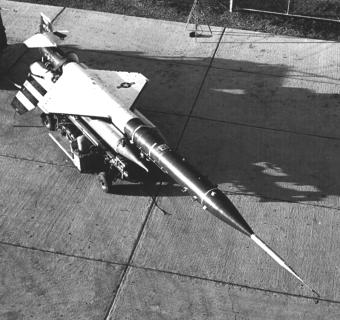


Speed Speed
(km/s) (Mach)
Earth rotation at equator .46 1.6
Turbofan aircraft .27 .9
Ramjet aircraft 1.5 5
Scramjet aircraft >1.5 >5
Solid rocket exhaust 2.7 9
Kerosene rocket exhaust 3.3 11
Hydrogen+Oxygen rocket exhaust 4.4 15
low Earth orbit 7.8 26.4
Stage Type Speed increase End speed
km/s km/s
0 Equator motion .45 .45
1 Ramjet 1.55 2.0
2 Solid rocket 4.0 6.0
3 HOX 2.0 8.0 Orbit speed



Rocket type Exhaust speed (km/s)
Nuclear Fission thermal H 13
Nuclear Fission thermal H2 9
Chemical Hydrogen + Oxygen 4.4
Chemical Methane + Oxygen 3.7
Chemical Kerosene + Oxygen 3.3
Chemical Solid fuel 2.7
Monatomic hydrogen mass= M =1.66⋅10-27 kg
Temperature = T = 2750 Kelvin
Exhaust speed = V = 13 km/s
Boltzmann constant = k =1.38⋅10-23 Joules/Kelvin
Exhaust constant = K = ½ M V2 / (1.5 k T) = 2.46
Molecule Mass Exhaust speed
AMU km/s
H 1 13.0
H2 2 9.2
H2O 18 3.1
Melt Boil
Kelvin Kelvin
HfCN 4400
Ta4HfC5 4263
Hafnium carbide HfC 4201
Tantalum carbide TaC 4150
Niobium carbide NbC 3881
Zirconium carbide ZrC 3805 5370
Carbon (graphite) 3800
Tungsten 3695 6203

Solar flux = f = 1365 Watts/meter2
Mirror mass/area = d = .006 kg/meter2
Mirror power/mass = p = f/d =228000 Watts/kg
Mylar density = 1.39 g/cm3
Aluminum density = 2.70 g/cm3
Mylar thickness = .025 mm
Aluminum thickness = .010 mm
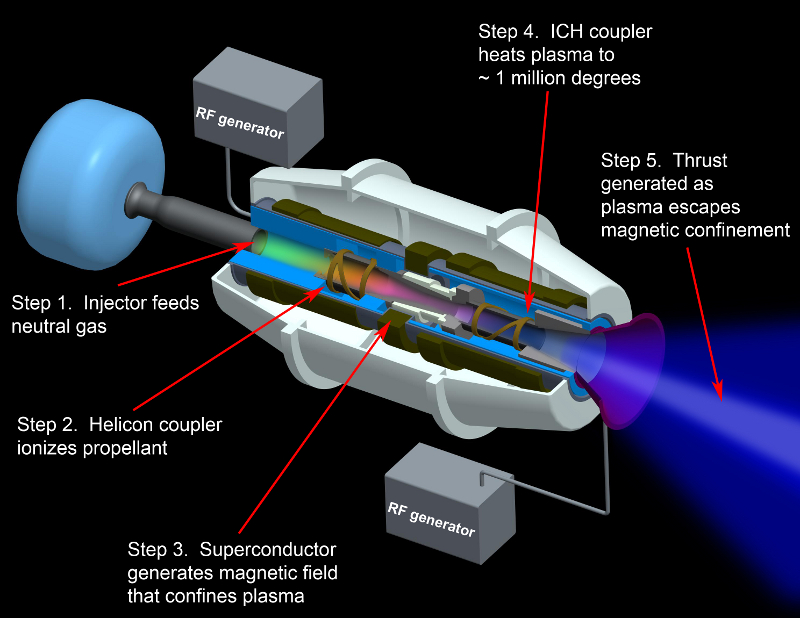
Heat source Power/Mass = P = 567 Watts/kg Plutonium-238
Electrical efficiency = D = .05 Convert heat to electricity
Drive efficiency = d = .6 Convert electricity to ion energy
Electric Power/Mass = p = edP = 28 Watts/kg
Burn time = T = 10 Million seconds = 3 months
Ion speed = V = (2pT)½ = 24 km/s
Ion Energy/Mass = e = pT = 280 MJoules/kg

Location Power/Mass Distance from sun
Watts/kg AU
Earth 100 1
Mars 43 1.52
Ceres 13 2.77
Jupiter 3.7 5.2

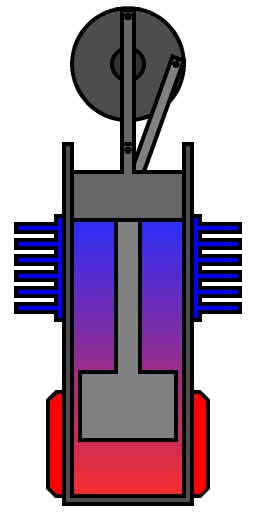


Heat source Generator Electricity Heat source Electric Fuel Total
Watts/kg Watts/kg efficiency fraction efficiency
Uranium-235 Brayton 195 .25 SAFE-400 reactor
Uranium-235 Stirling 44 991 .23 .193 .044 Kilopower reactor
Plutonium-238 Thermoelectric 5.3 567 .068 .137 .0093 GPHS-RTG. Galileo and Cassini
Plutonium-238 Thermoelectric 4.2 567 .062 .119 .0074 Voyager 1 and Voyager 2
Plutonium-238 Thermoelectric 2.8 567 .049 MMRTG. Curiosity rover
*) Beryllium oxide moderator, which has a melting point of 2780 Kelvin.
*) Boron carbide control rods, with a melting point of 3036 Kelvin.
*) Passive cooling with liquid sodium coolant, which melts at 371 Kelvin and boils at 1156 Kelvin.
*) Cannot melt down because the reaction rate decreases with increasing temperature.
*) Stirling engine to convert heat to electricity.
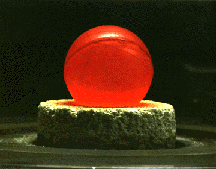
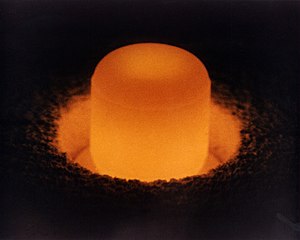


Plutonium-241 Good balance of power/mass and half life. Easy to produce.
Curium-244 Good balance of power/mass and half life.
Strontium-90 Abundant because it's present in burnt fission fuel.
Polonium-210 Alpha rocket
Lead-210 Alpha rocket
Thorium-228 Alpha rocket
Caesium-137 Abundant because it's present in burnt fission fuel.
Plutonium-238 Outperforms Strontium-90. Has to be bred in a reactor.
Cobalt-60 Larger power/mass than plutonium-238. Easily produced with neutron transmutation.
Scandium-46 Ludicrously high power/mass, and easily produced by neutron transmutation.
Californium-252 Superlatively large power/mass. Capable of powering an Iron Man suit.
Curium-252 Decays by spontaneous fission 3% of the time
Curium-254 Decays primarily by spontaneous fission
Half life Heat Decay Decay Obtainable by
year Watt/kg MeV neutron transmutation
Californium-254 .166 11200000 Fission 207 *
Scandium-46 .229 485000 β 2.366 *
Polonium-210 .379 144000 α 5.41 *
Ruthenium-106 1.023 71200 2β 3.584 *
Californium-252 2.64 41400 α or Fission 12.33 * α 96.9% (6.12 Mev). Fission 3.09% (207 MeV)
Cobalt-60 5.27 19300 β 2.82 *
Osmium-194 6.02 4313 2β 2.330 *
Lead-210 22.3 2907 α 9.100 *
Plutonium-238 87.7 578 α 5.59 *
Americium-242m 141 725 2α 12.33 *
Curium-250 8300 170 Fission 148 * Fission 74%, Alpha 18%, Beta 8%
Beryllium-7 .146 1822000 EC .547
Sodium-22 2.6 68700 β+ or EC 2.842
Uranium-230 .0554 9280000 6α+2&beta
Thorium-228 1.912 235000 5α+2&beta 34.784
Radium-228 5.75 90660 5α+4&beta 40.198
Polonium-208 2.898 α
Actinium-227 21.8 21600 5α+3&beta 36.18
Uranium-232 68.9 7545 6α+2&beta 40.79
Radium-226 1599 286 5α+4&betz 34.958
Thorium-229 7917 57.7 5α+3&beta 35.366
Protactinium-231 32600 16.2 6α+3&beta 41.3
Half life Heat Decay Decay energy Melt Boil Obtainable by
year Watt/kg MeV Kelvin Kelvin neutron transmutation
Uranium-230 .0554 9280000 6α 1405 4404
Tungsten-188 .191 148700 2Beta 3695 6203 *
Tantalum-182 .313 68866 Beta 3290 5731 *
Tungsten-181 .332 59200 EC 1.732 3695 6203 *
Iridium-194m .468 50400 Gamma 2.229 2719 4403 *
Rhodium-102 .557 67000 Beta+ 2237 3968
Ruthenium-106 1.023 71200 2Beta 3.584 2607 4423 *
Hafnium-172 1.87 11700 EC 1.835 2506 4876
Thorium-228 1.912 235000 5α 34.784 2023 5061
Rhodium-101 4.07 9890 EC 1.980 2237 3968
Osmium-194 6.02 4313 2Beta 2.33 3306 5285 *
Actinium-227 21.8 12000 5α 36.18 1500 3500
Uranium-232 68.9 7545 6α 40.79 1405 4404
Thorium-229 7917 57.7 5α+3&beta 35.366 2023 5061
Protactinium-231 32600 16.2 6α+3&beta 41.33 1841 4300
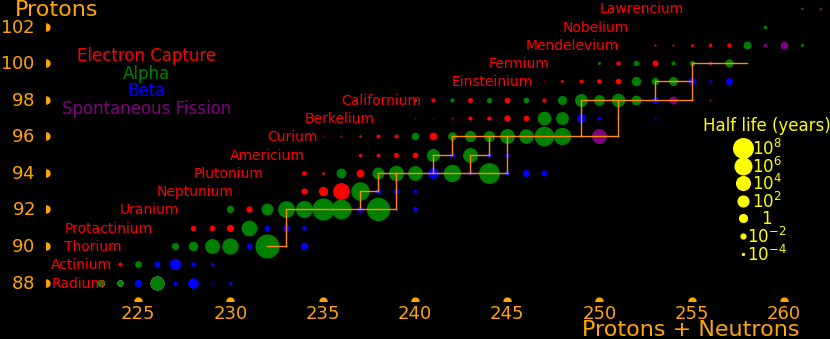
.svg.png)
A fission or fusion bomb delivers both high power/mass and high exhaust speed.
For fusion bombs,

Fusion bomb maximum practical yield = = e = 21700 GJoules/kg
Mass fraction converted to energy = f = e/C2 =.00072
Exhaust speed = V = (2e)½ = 6588 km/s


Alpha mass = m = 4 AMU = 6.64⋅10-27 kg
lead-204 mass = M = 204 AMU
Alpha energy = e = ½ m v2 = 5.22 MeV The alpha gets almost all the kinetic energy
Alpha speed = v = (2e/m)½=15871 km/s
lead-204 recoil speed = V = vm/M = 311 km/s
Speed of projectile = v
Speed of emitter (recoil) = V
Mass of projectile = m = 4 AMU
Mass of emitter = M = 204 AMU
Energy of projectile = e = ½mv2
Energy of emitter = E = ½MV2
Momentum of projectile = q
Perfect exhaust speed = S = q/M
Effective exhaust speed = s = S/4
Effective exhaust energy = g = ½Ms2
Exhaust energy / Decay energy = r = g/e = 16-1 m/M
Effective recoil speed = V = 78 km/s
Energy/Mass = e = ½V2 =3042 MJoules/kg
Half life = T =2.90 years
Power/Mass = p = e/t = 33 Watts/kg
Half life Power/Mass Decay Energy Neutron transmutable
year Watts/kg MeV
Polonium-210 .379 144000 α 5.41 *
Einsteinium-254 .755 105432 α 6.616 *
Californium-248 .91 59760 α 6.36
Californium-252 2.64 21640 α 6.12 *
Polonium-208 2.898 α
Californium-250 13.1 5779 α 6.02 *
Curium-244 18.1 4014 α 5.80 *
Curium-243 29.1 1885 α
Lead-210 22.3 2907 α 9.100 *
Gadolinium-148 70.9 952 α 3.18
Plutonium-238 87.7 578 α 5.59 *
Americium-242m 141 725 2α 12.33 *
Thorium-227 .0512 9194000 6α+2β 36.14
Uranium-230 .0554 9280000 6α+2β
Thorium-228 1.912 235000 5α+2β 34.784
Radium-228 5.75 90660 5α+4β 40.198
Actinium-227 21.8 21600 5α+3β 36.18
Uranium-232 68.9 7545 6α+2β 40.79
Radium-226 1599 286 5α+4β 34.958
Thorium-229 7917 57.7 5α+3β 35.366
Protactinium-231 32600 16.2 6α+3β 41.33
Particle energy = E = 6 MeV
Particle mass = M = 4 AMU
Particle charge = Z = 2 Proton charges
Material density = D = 1000 g/cm2
Stopping distance = X = EZ-2M-1D-1C = .049 meters (Inputs in MeV, AMU, and g/cm3. Output in meters)
Material stopping constant = C =.000131
Stopping power = S = 778000 MeV meter2
Mass/Area = m = DX = .049 kg/meter2
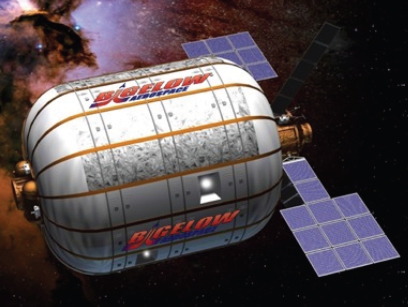
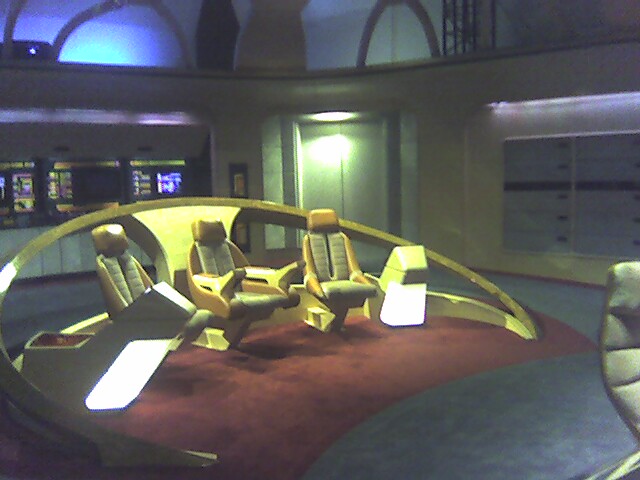

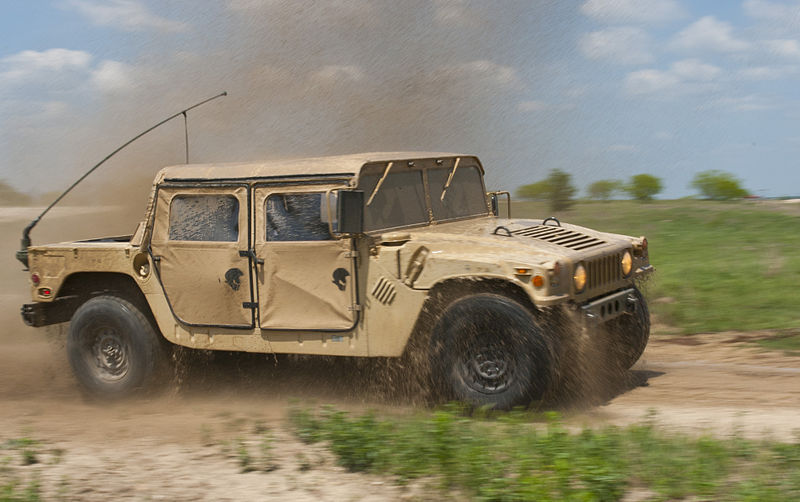
Mass (tons) Volume (m3)
Bigelow BA-330 23 330
Bigelow Genesis 3 11
International Space Station 450 1005
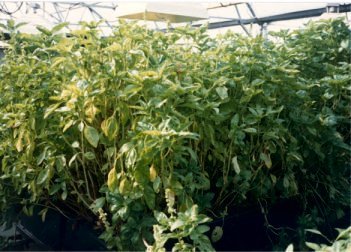

Power = 1 kWatt/person
Water = 1 kg/person/day
Food = 1 kg/person/day
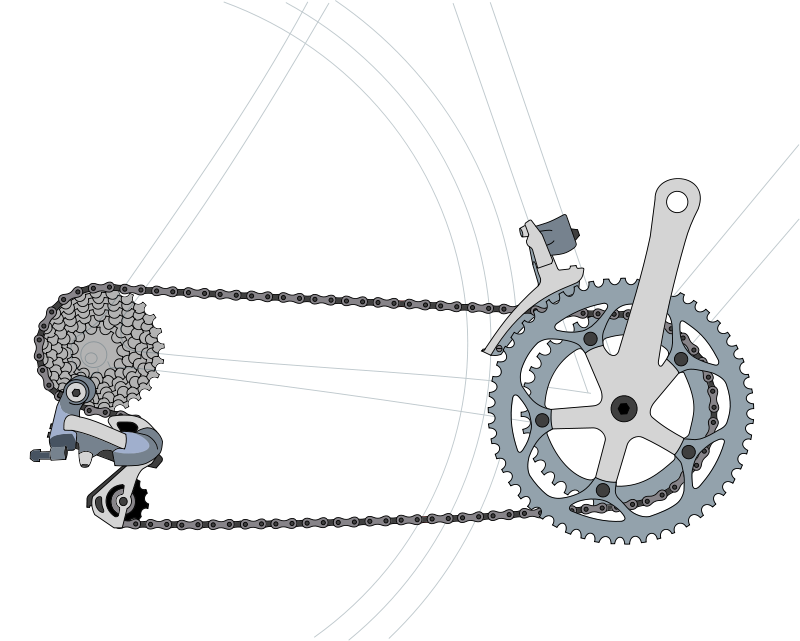
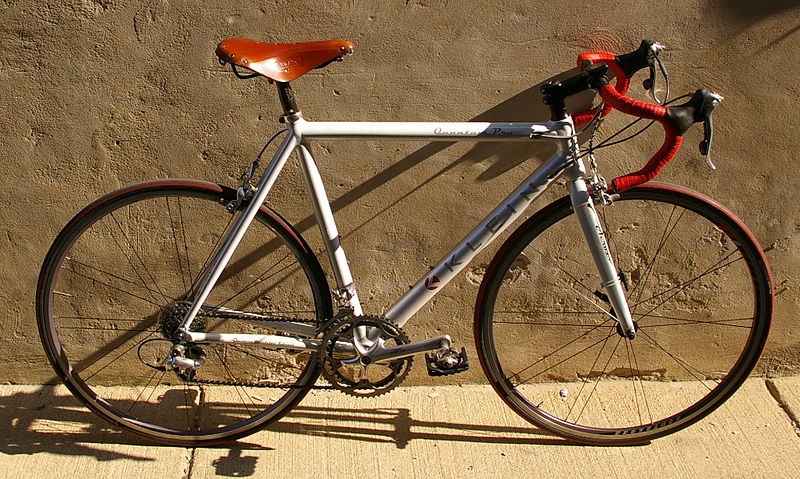

Velocity = V = 20 m/s (World record=22.9 m/s)
Power = P = 2560 Watts (Typical power required to move at 20 m/s, measured experimentally)
Force on ground = F = P/V = 128 Newtons
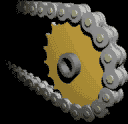
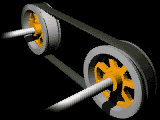

Number of links in the front gear = Nf = 53
Number of links in the rear gear = Nr = 11
Length of one link of a bicycle chain = L = .0127 m = .5 inches
Radius of the front gear = Rf = Nf L / (2 π) = .107 m
Radius of the rear gear = Rr = Nr L / (2 π) = .0222 m
Torque balance:
Ground force * Wheel radius = Chain force * Rear gear radius
Pedal force * Pedal radius = Chain force * Front gear radius
Chain force = Ground force * Wheel radius / Rear gear radius
= 128 * .311 / .0222
= 1793 Newtons
Pedal force = Ground force * Wheel radius / Pedal radius * Front gear radius / Rear gear radius
= Ground force * Wheel radius / Pedal radius * Front gear teeth / Rear gear teeth
= 128 * .311 / .17 * 53 / 11
= 1128 Newtons
Radius Force Torque Gear
(m) (N) (Nm) teeth
Pedal crank .170 1128 191.9 -
Front gear .107 1793 191.9 53
Rear gear .0222 1793 39.8 11
Rear wheel .311 128 39.8 -
Wheel frequency = Velocity / (Radius * 2Pi)
= 20 / (.311 * 2)
= 10.2 Hertz
Pedal frequency = Wheel frequency * Rear gear teeth / Front gear teeth
= 10.2 * 53 / 11
= 2.12 Hertz
= 127 revolutions per minute
Humans can pedal effectively in the range from 60 rpm to 120 rpm. Gears allow one to
choose the pedal frequency. There is also a maximum pedal force of around 1200 Newtons.
Pedal period * Rear gear teeth = Wheel period * Front gear teeth
Pedal radius / Pedal velocity * Front gear teeth = Wheel radius / Wheel velocity * Front gear teeth
Pedal force = Power / Pedal velocity
= Power / Wheel velocity * Wheel radius / Pedal radius * Front gear teeth / Rear gear teeth
= Power / Wheel velocity * .311 / .17 * Front gear teeth / Rear gear teeth
= Power / Wheel velocity * 1.83 * (Front gear teeth / Rear gear teeth)
= Power / Wheel velocity * 1.83 * Gear ratio
Gear ratio = Front gear teeth / Rear gear teeth
For a given power and wheel velocity, the pedal force can be adjusted by adjusting the gear ratio.
Power = 1000 Watts
Velocity = 3 m/s
Front gear teeth = 34 (Typical for the lowest gear)
Rear gear teeth = 24 (Typical for the lowest gear)
Pedal force = Power / Wheel velocity * 1.83 * Front gear teeth / Rear gear teeth
= 1000 / 3 * 1.83 * 34 / 24
= 864 Newtons
= 88 kg equivalent force
This is a practical force. If you used the high gear,
Pedal force = Power / Wheel velocity * 1.83 * Front gear teeth / Rear gear teeth
= 1000 / 3 * 1.83 * 53 / 11
= 2939 Newtons
= 300 kg equivalent force
This force is impractically high.
![]()
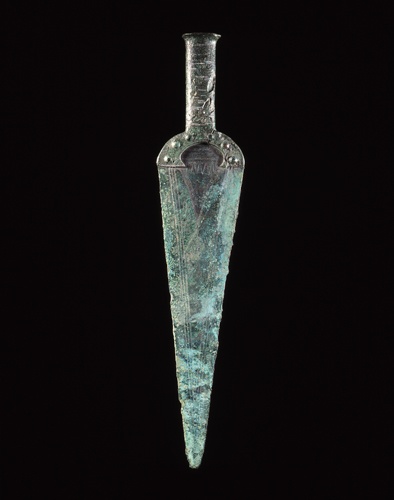
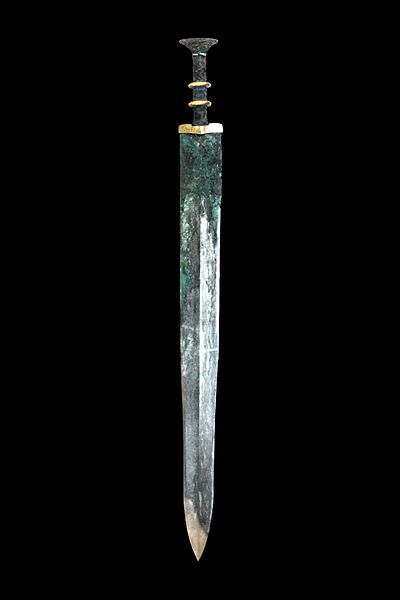
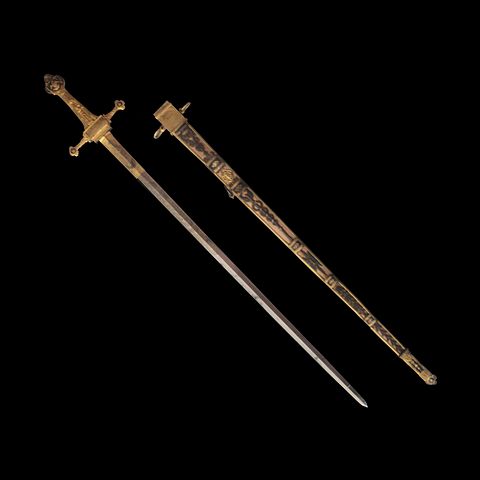


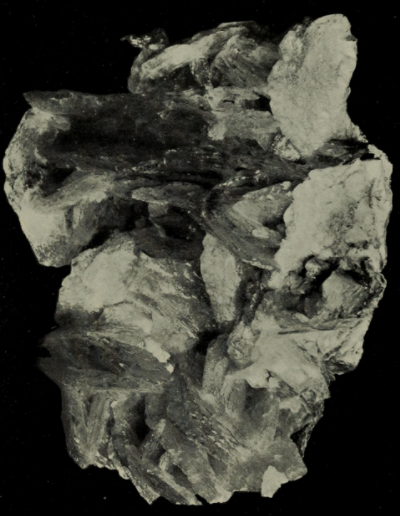
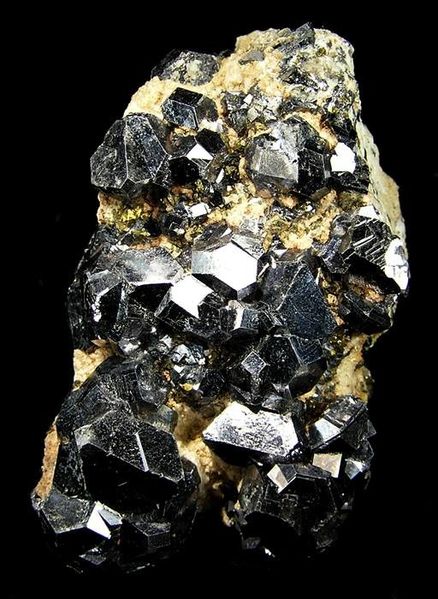
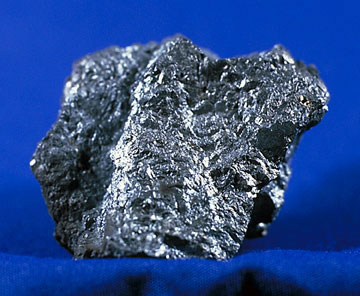
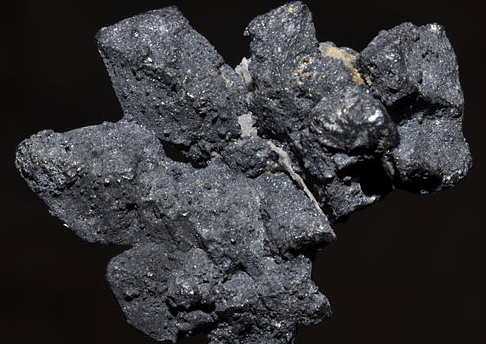
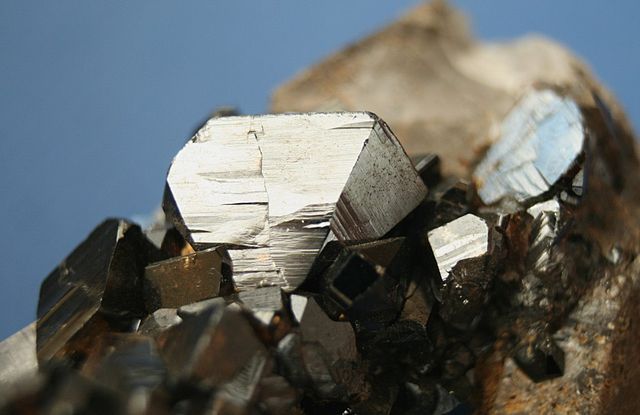
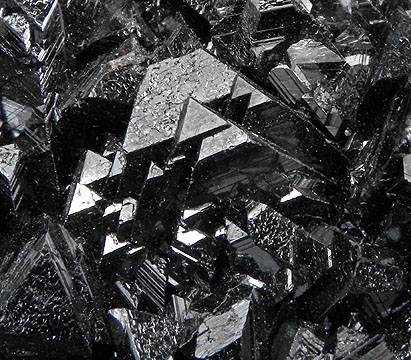

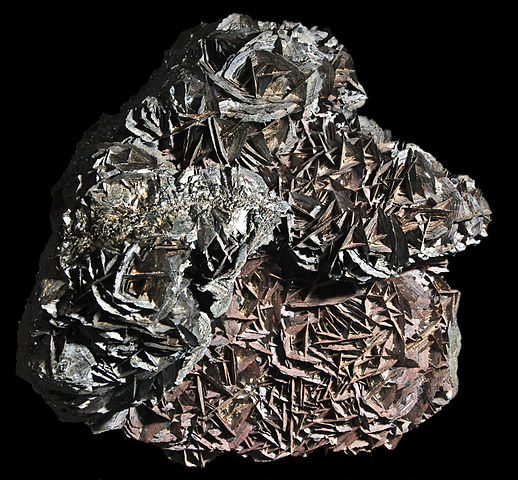
.jpg)
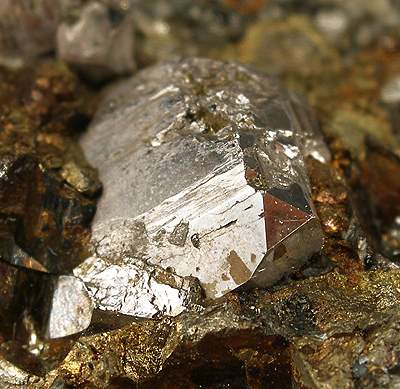
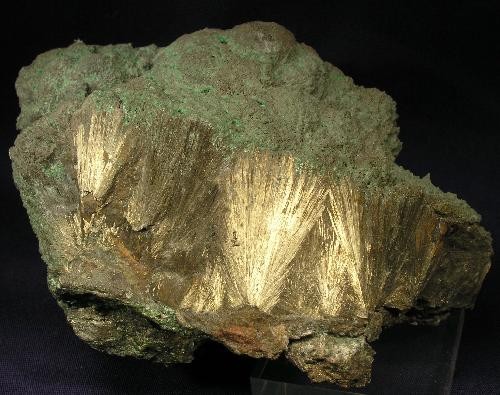
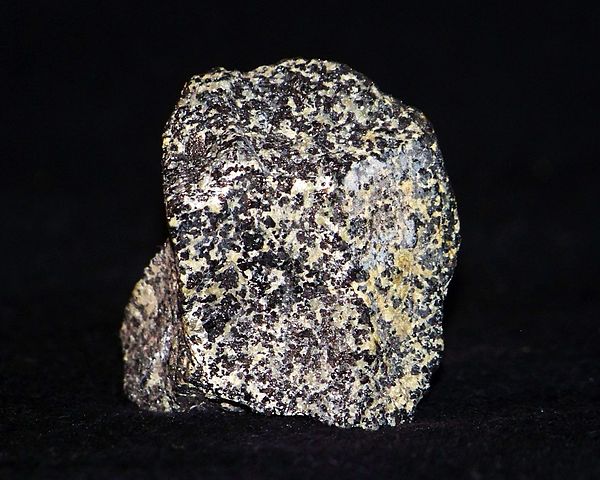
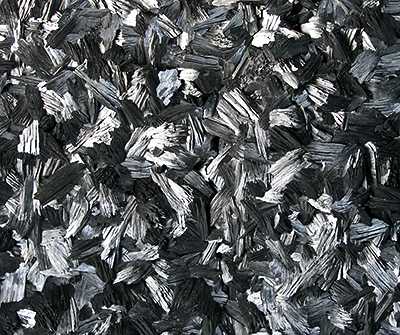


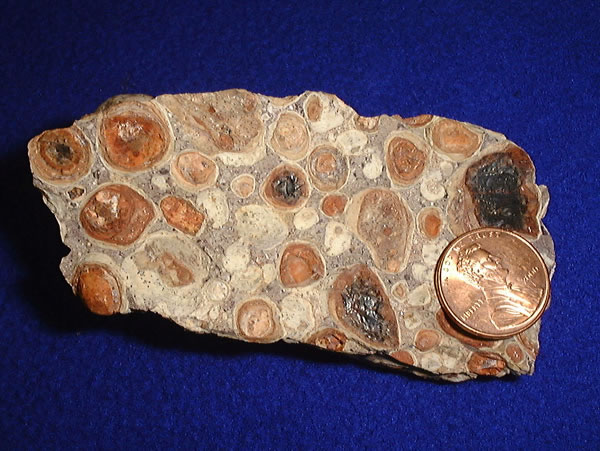
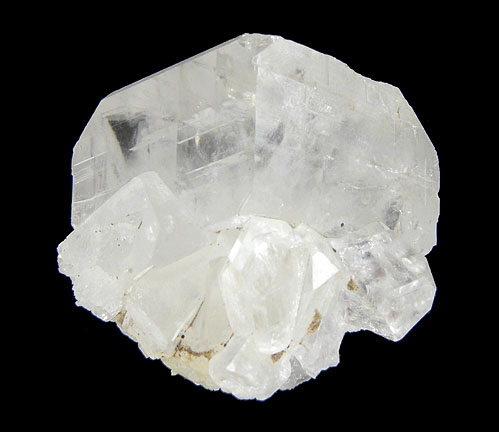
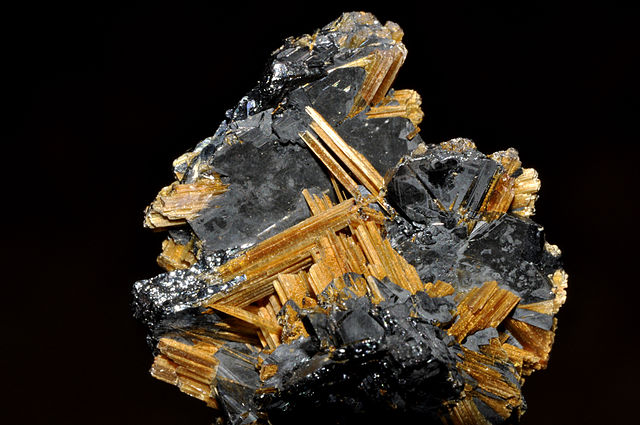

Alloys can be much stronger than pure metals.
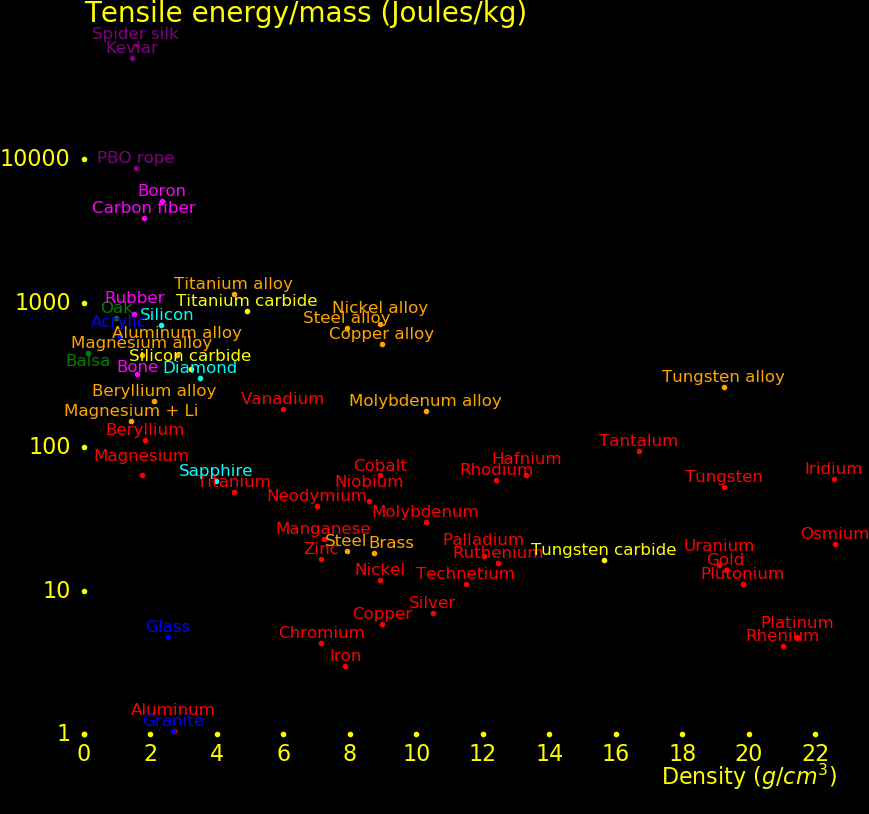
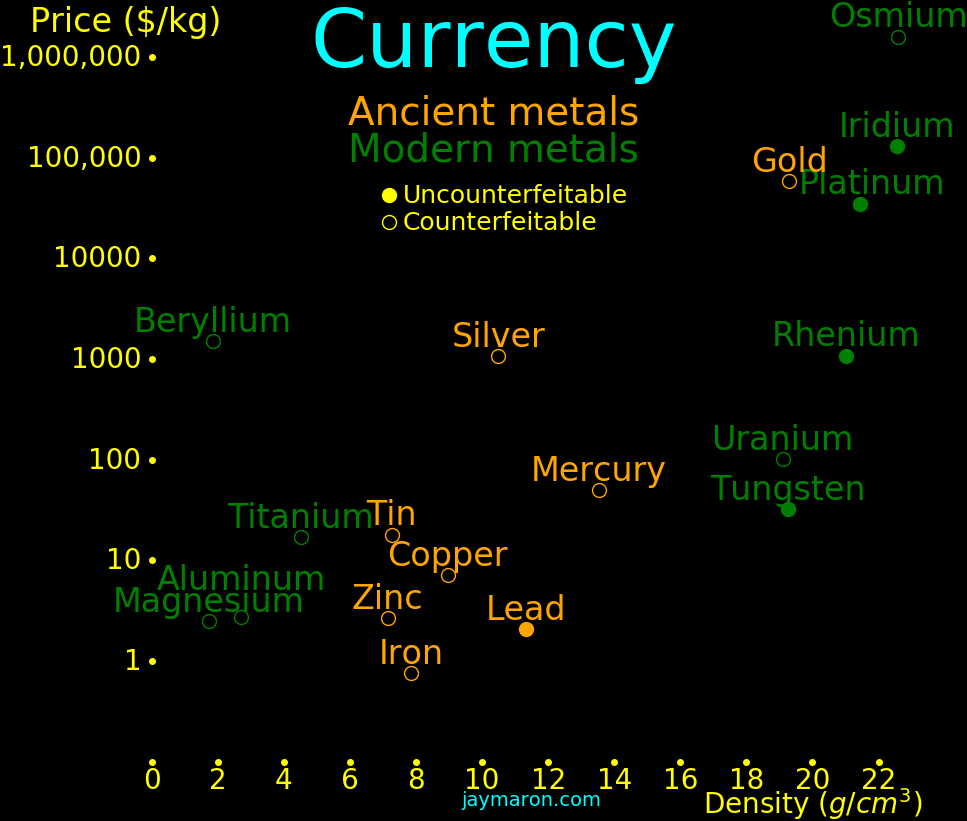
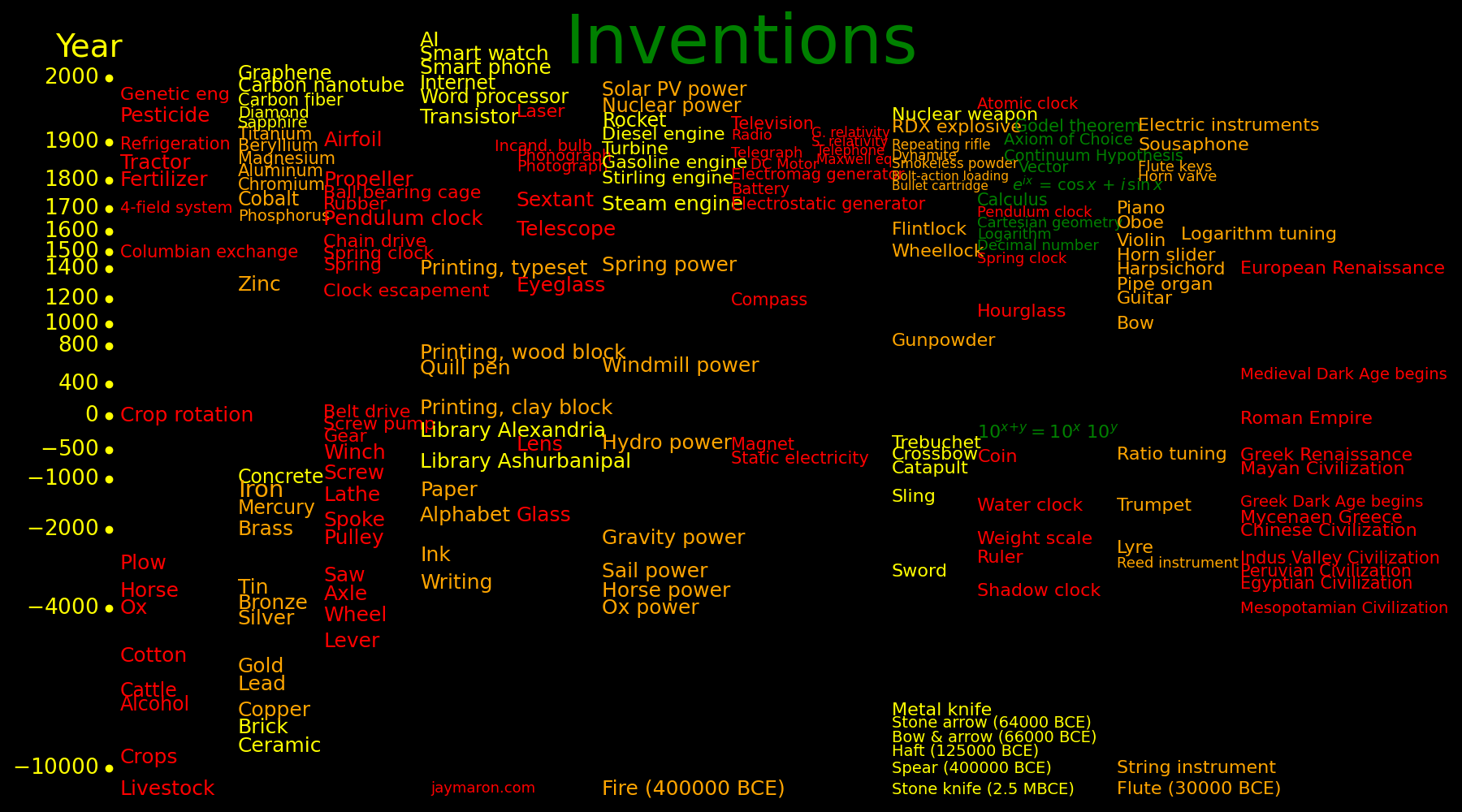
Discovery Method of Source
(year) discovery
Carbon Ancient Naturally occuring
Gold Ancient Naturally occuring
Silver Ancient Naturally occuring
Sulfur Ancient Naturally occuring
Lead -6500 Smelt with carbon Galena PbS
Copper -5000 Smelt with carbon Chalcocite Cu2S
Bronze (As) -4200 Copper + Arsenic Realgar As4S4
Tin -3200 Smelt with carbon Calamine ZnCO3
Bronze (Sn) -3200 Copper + Tin
Brass -2000 Copper + Zinc Sphalerite ZnS
Mercury -2000 Heat the sulfide Cinnabar HgS
Iron -1200 Smelt with carbon Hematite Fe2O3
Arsenic 1250 Heat the sulfide Orpiment As2S3
Zinc 1300 Smelt with wool Calamine ZnCO3 (smithsonite) & Zn4Si2O7(OH)2·H2O (hemimorphite)
Antimony 1540 Smelt with iron Stibnite Sb2S3
Phosphorus 1669 Heat NaPO3 Excrement
Cobalt 1735 Smelt with carbon Cobaltite CoAsS
Platinum 1735 Naturally occuring
Nickel 1751 Smelt with carbon Nickeline NiAs
Bismuth 1753 Isolated from lead
Hydrogen 1766 Hot iron + steam Water
Oxygen 1771 Heat HgO
Nitrogen 1772 Isolated from air
Manganese 1774 Smelt with carbon Pyrolusite MnO2
Molybdenum 1781 Smelt with carbon Molybdenite MoS2
Tungsten 1783 Smelt with carbon Wolframite (Fe,Mn)WO4
Chromium 1797 Smelt with carbon Crocoite PbCrO4
Palladium 1802 Isolated from Pt
Osmium 1803 Isolated from Pt
Iridium 1803 Isolated from Pt
Rhodium 1804 Isolated from Pt
Sodium 1807 Electrolysis
Potassium 1807 Electrolysis
Magnesium 1808 Electrolysis Magnesia MgCO3
Cadmium 1817 Isolated from zinc
Lithium 1821 Electrolysis of LiO2 Petalite LiAlSi4O10
Zirconium 1824 Smelt with potassium Zircon ZrSiO4
Aluminum 1827 Smelt with potassium
Silicon 1823 Smelt with potassium
Beryllium 1828 Smelt with potassium Beryl Be3Al2Si6O18
Thorium 1929 Smelt with potassium Gadolinite (Ce,La,Nd,Y)2FeBe2Si2O10
Vanadium 1831 Smelt VCl2 with H2 Vanadinite Pb5(VO4)3Cl
Uranium 1841 Smelt with potassium Uranite UO2
Ruthenium 1844 Isolated from Pt
Tantalum 1864 Smelt with hydrogen Tantalite [(Fe,Mn)Ta2O6]
Niobium 1864 Smelt with hydrogen Tantalite [(Fe,Mn)Ta2O6]
Fluorine 1886 Electrolysis
Helium 1895 From uranium ore
Titanium 1910 Smelt with sodium Ilmenite FeTiO3
Hafnium 1924 Isolated from zirconium
Rhenium 1928 Isolated from Pt
Scandium 1937 Electrolysis Gadolinite FeTiO3
-384 -322 Aristotle. Wrote "Meteorology"
-370 -285 Theophrastus. Wrote "De Mineralibus"
77 Pliny the Elder publishes "Natural History"
973 1050 Al Biruni. Published "Gems"
1546 Georgius Agricola publishes "On the Nature of Rocks"
1556 Georgius Agricola publishes "On Metals"
1609 de Boodt publishes a catalog of minerals
1669 Brand: Discovery of phosphorus
1714 John Woodward publishes "Naturalis historia telluris illustrata & aucta", a mineral catalog
1735 Brandt: Discovery of cobalt
1777 Lavoisier: Discovery of sulfur
1778 Lavoisier: Discovery of oxygen and prediction of silicon
1783 Lavoisier: Discovery of hydrogen
1784 T. Olof Bergman publishes "Manuel du mineralogiste, ou sciagraphie du regne mineral",
and founds analytical chemistry
1778 Lavoisier: Discovery of oxygen
1801 Rene Just Huay publishes "Traite de Mineralogie", founding crystallography
1811 Avogadro publishes "Avogadro's law"
1860 The Karlsruhe Congress publishes a table of atomic weights
1869 Mendeleev publishes the periodic table
Shear modulus = S = 82 GJoules/meter3
Density = D = 7900 kg/meter3
Sword worthiness = Q = S/D = 10.4 MJoules/kg



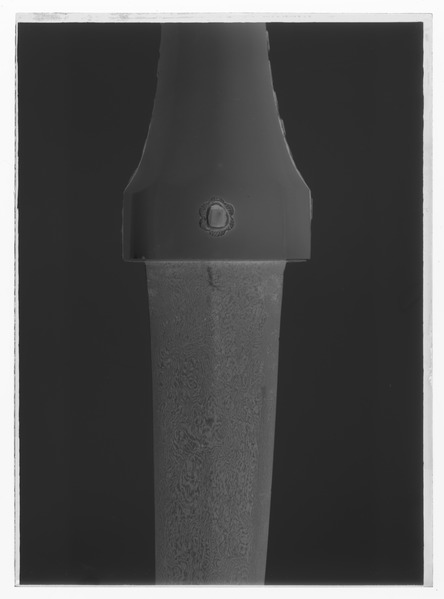
-600 Wootz steel developed in India and is renowned as the finest steel in the world.
1700 The technique for making Wootz steel is lost.
1790 Wootz steel begins to be studied by the British Royal Society.
1838 Anosov replicates Wootz steel.
Wootz steel is a mix of two phases: martensite (crystalline iron with .5% carbon),
and cementite (iron carbide, Fe, 6.7% carbon).

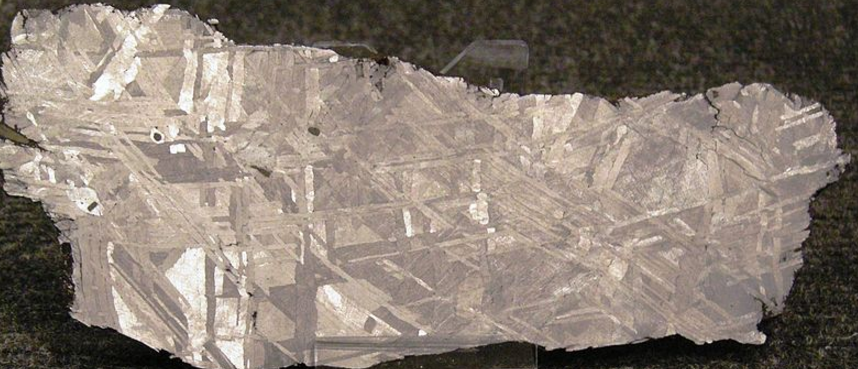
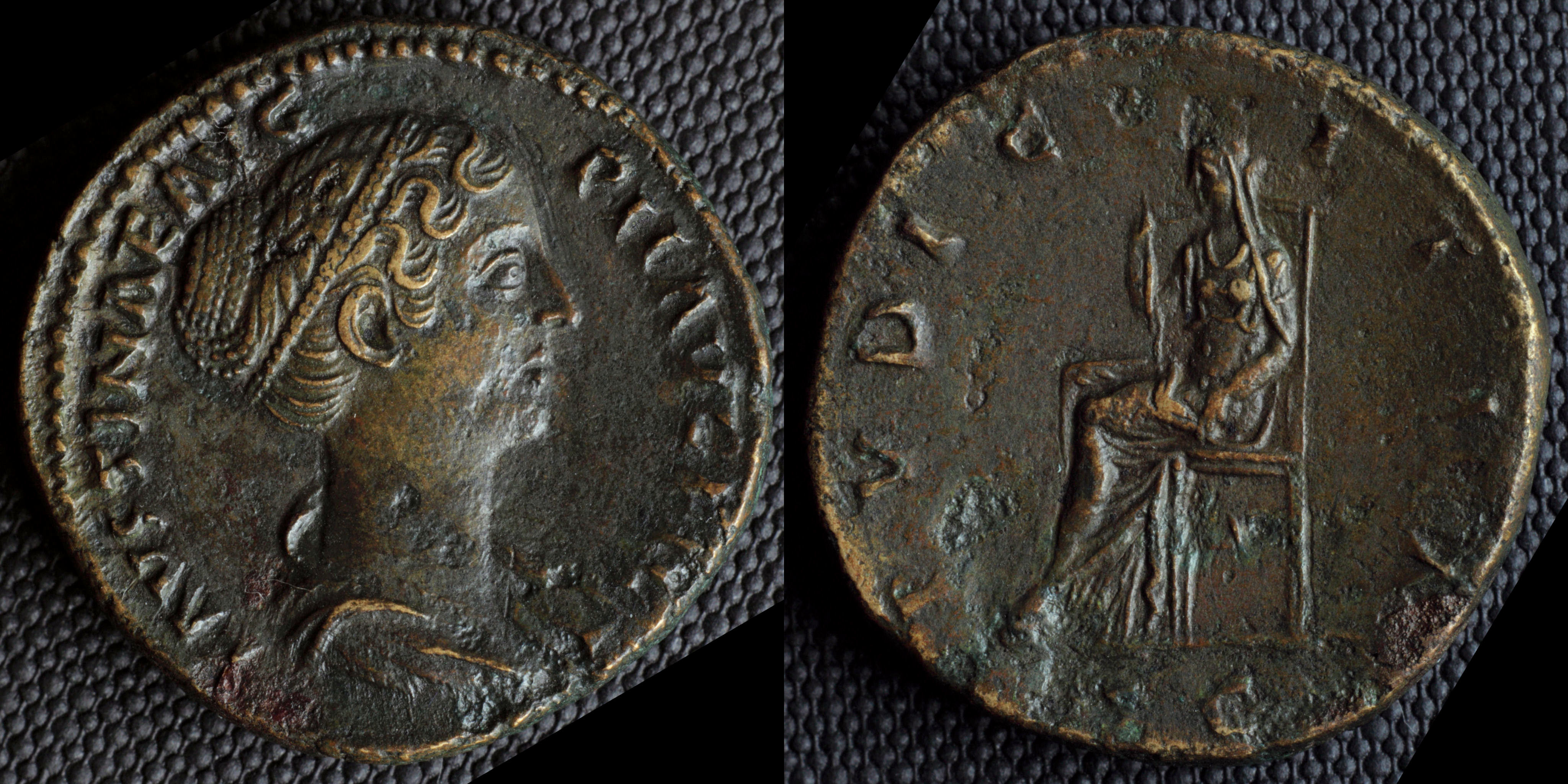
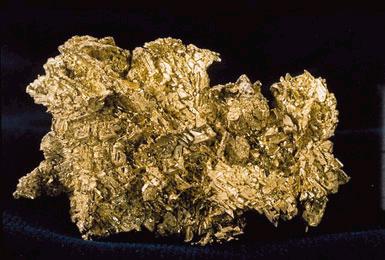
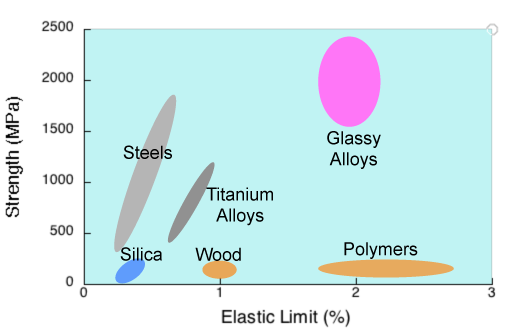

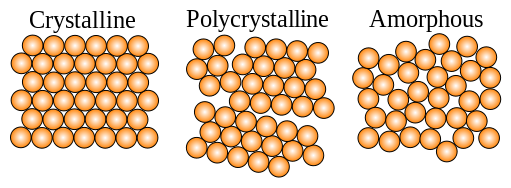
Yield strength = Y (Pascals)
Density = D (kg/meter3)
Quality = Q = Y/D (Joules/kg)
The strongest allyos are:
Yield strength Density Quality
(GPa) (g/cm3) (MJoule/kg)
Magnesium + Lithium .14 1.43 98
Magnesium + Y2O3 .31 1.76 177
Aluminum + Beryllium .41 2.27 181
Amorphous LiMgAlScTi 1.97 2.67 738
Diamond 1.6 3.5 457
Titanium + AlVCrMo 1.3 4.6 261
Amorphous AlCrFeCoNiTi 2.26 6.5 377
Steel + Cobalt, Nickel 2.07 8.6 241
Amorphous VNbMoTaW 1.22 12.3 99
Molybdenum+ Tungsten, Hafnium 1.8 14.3 126
The strongest pure metals are weaker than the strongest alloys.
Yield strength Density Quality
(GPa) (g/cm3) (MJoule/kg)
Magnesium .10 1.74 57
Beryllium .34 1.85 184
Aluminum .02 2.70 7
Titanium .22 4.51 49
Chromium .14 7.15 20
Iron .10 7.87 13
Cobalt .48 8.90 54
Molybdenum .25 10.28 24
Tungsten .95 19.25 49
Beryllium + Li → Doesn't exist. The atoms don't mix
Beryllium + Al → Improves strength
Magnesium + Li → Weaker and lighter than pure Mg. Lightest existing alloy
Magnesium + Be → Only tiny amounts of beryllium can be added to magnesium
Magnesium + Carbon tubes → Improves strength, with an optimal tube fraction of 1%
Aluminum + Li,Mg,Be,Sc → Stronger and lighter than aluminum
Titanium + Li,Mg,Sc → Stronger and lighter than titanium
Steel + Cr,Mo → Stronger and more uncorrodable than steel. "Chromoly"
Copper + Be → Stronger than beryllium and is unsparkable
Melting point (Celsius)
Tungsten 3422
Rhenium 3186
Osmium 3033
Tantalum 3017
Molybdenum 2623
Niobium 2477
Iridium 2446
Ruthenium 2334
Hafnium 2233
Technetium 2157
Rhodium 1964
Vanadium 1910
Chromium 1907
20 600 800 900 1000 1100 1200 1400 1600 1800 1900 Celsius
VNbMoTaW 1.22 .84 .82 .75 .66 .48 .4
AlMohNbTahTiZr 2.0 1.87 1.60 1.2 .74 .7 .25
Nickel superalloy 1.05 1.20 .90 .60 .38 .15
Tungsten .95 .42 .39 .34 .31 .28 .25 .10 .08 .04
Below 1100 Celsius AlMohNbTahTiZr has the best strength-to-mass ratio and above
this VNbMoTaW has the best ratio. Both alloys supersede nickel superalloy
and both outperform tungsten, the metal with the highest melting point.
Data:
Entropy, nickel superalloy
Yield strength (GPa)
Copper .27
Brass .41 30% zinc
Bronze .30 5% tin
Phosphor bronze .69 10% tin, .25% phosphorus
Copper + beryllium 1.2 2% beryllium, .3% cobalt
Copper + nickel + zinc .48 18% nickel, 17% zinc
Copper + nickel .40 10% nickel, 1.25% iron, .4% manganese
Copper + aluminum .17 8% aluminum
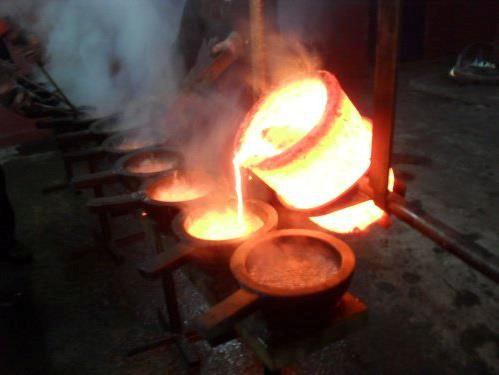

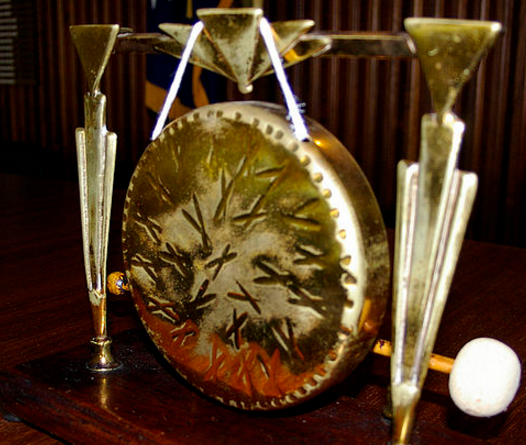
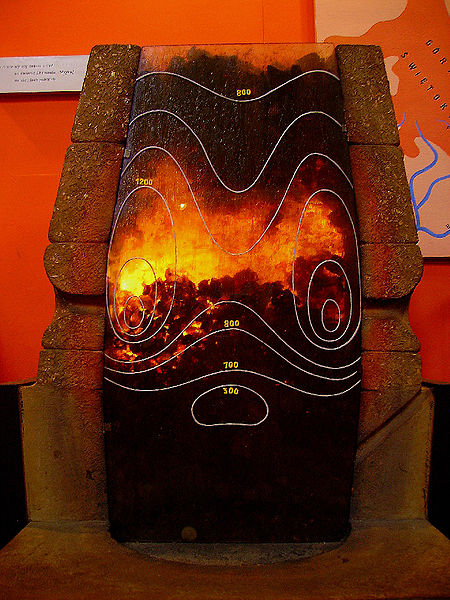
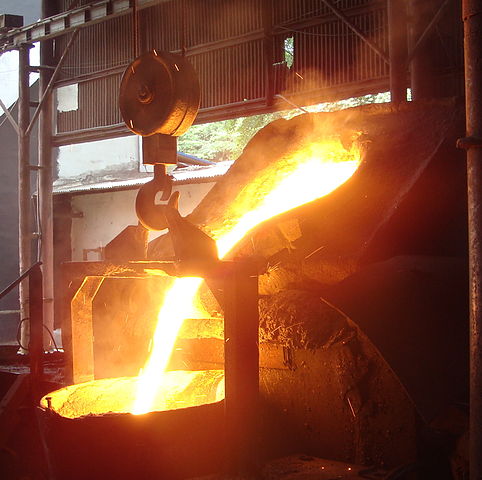
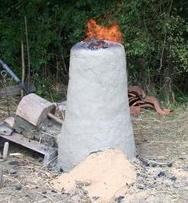
Cu2O + C → 2 Cu + CO
At low temperature copper stays in the form of Cu2O and at high
temperature it gives the oxygen to carbon and becomes pure copper.
3 Fe2O3 + C → 2 Fe3O4 + CO
Fe3O4 + C → 3 FeO + CO
FeO + C → Fe + CO
Oxidation state = Number of electrons each iron atom gives to oxygen
Oxidation state
CuO 2
Cu2O 1
Cu 0
Fe2O3 3
Fe3O4 8/3
FeO 2
Fe 0
Smelt Method Year Abundance
(C) (ppm)
Gold <0 * Ancient .0031
Silver <0 * Ancient .08
Platinum <0 * 1735 .0037
Mercury <0 heat -2000 .067
Palladium <0 chem 1802 .0063
Copper 80 C -5000 68
Sulfur 200 * Ancient 420
Lead 350 C -6500 10
Nickel 500 C 1751 90
Cadmium 500 C 1817 .15
Cobalt 525 ? 1735 30
Tin 725 C -3200 2.2
Iron 750 C -1000 63000
Phosphorus 750 heat 1669 10000
Tungsten 850 C 1783 1100
Potassium 850 e- 1807 15000
Zinc 975 C 1746 79
Sodium 1000 e- 1807 23000
Chromium 1250 C 1797 140
Niobium 1300 H 1864 17
Manganese 1450 C 1774 1120
Vanadium 1550 ? 1831 190
Silicon 1575 K 1823 270000
Titanium 1650 Na 1910 66000
Magnesium 1875 e- 1808 29000
Lithium 1900 e- 1821 17
Aluminum 2000 K 1827 82000
Uranium 2000 K 1841 1.8
Beryllium 2350 K 1828 1.9
Smelt: Temperature required to smelt with carbon
Method: Method used to purify the metal when it was first discovered
*: The element occurs in its pure form naturally
C: Smelt with carbon
K: Smelt with potassium
Na: Smelt with sodium
H: Smelt with hydrogen
e-: Electrolysis
heat: Heat causes the oxide to decompose into pure metal. No carbon required.
chem: Chemical separation
Discovery: Year the element was first obtained in pure form
Abundance: Abundance in the Earth's crust in parts per million
Elements with a low carbon smelting temperature were discovered in ancient
times unless the element was rare. Cobalt was discovered in 1735, the first new
metal since antiquity, and this inspired scientists to smelt every known
mineral in the hope that it would yield a new metal. By 1800 all the rare
elements that were carbon smeltable were discovered.
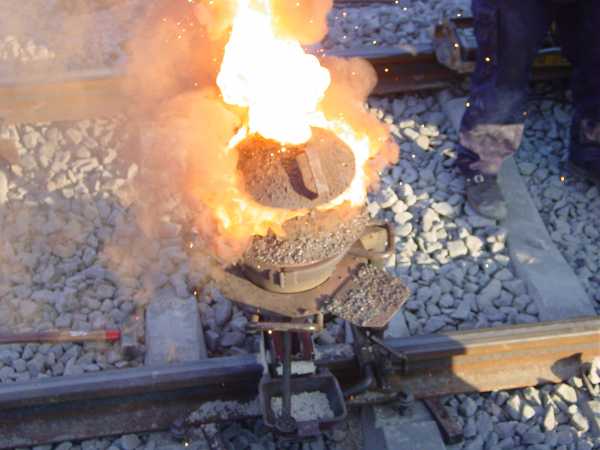
Fe2O3 + 2 Al → 2 Fe + Al2O3
Oxidation state Oxidation state
at left at right
2 M2O ↔ 4 M + O2 1 0
4 MO ↔ 2 M2O + O2 2 1
2 M3O4 ↔ 6 MO + O2 8/3 2
6 M2O3 ↔ 4 M3O4 + O2 3 8/3
2 M2O3 ↔ 4 MO + O2 3 2
2 MO ↔ 2 M + O2 2 0
2/3 M2O3 ↔ 4/3 M + O2 3 0
1 MO2 ↔ 1 M + O2 4 0
2 MO2 ↔ 2 MO + O2 4 2
.jpg)
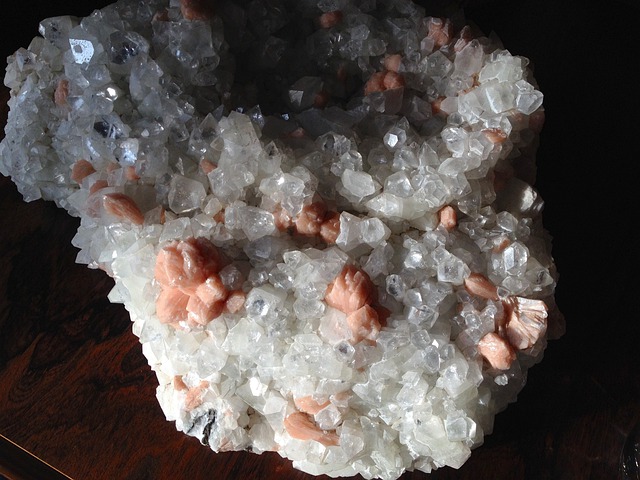

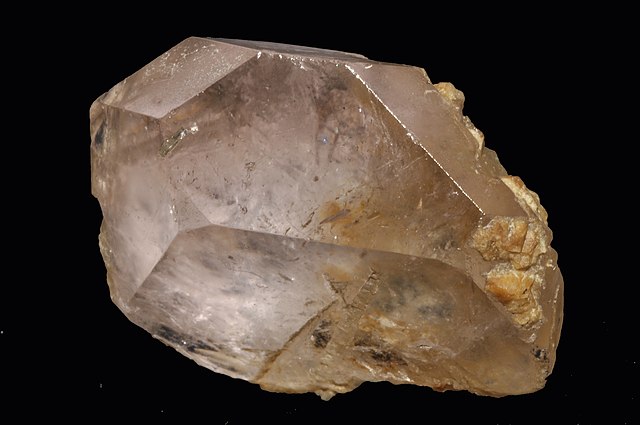
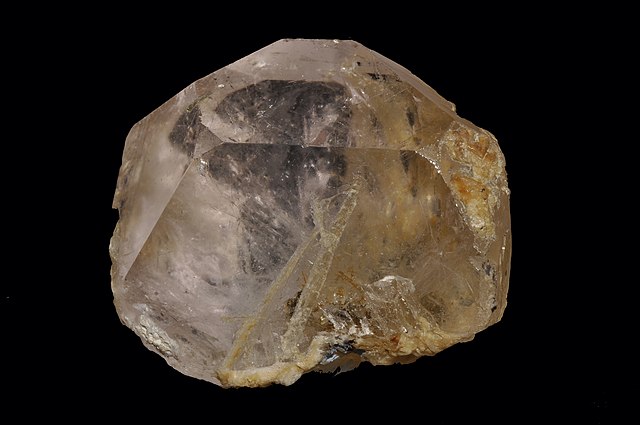

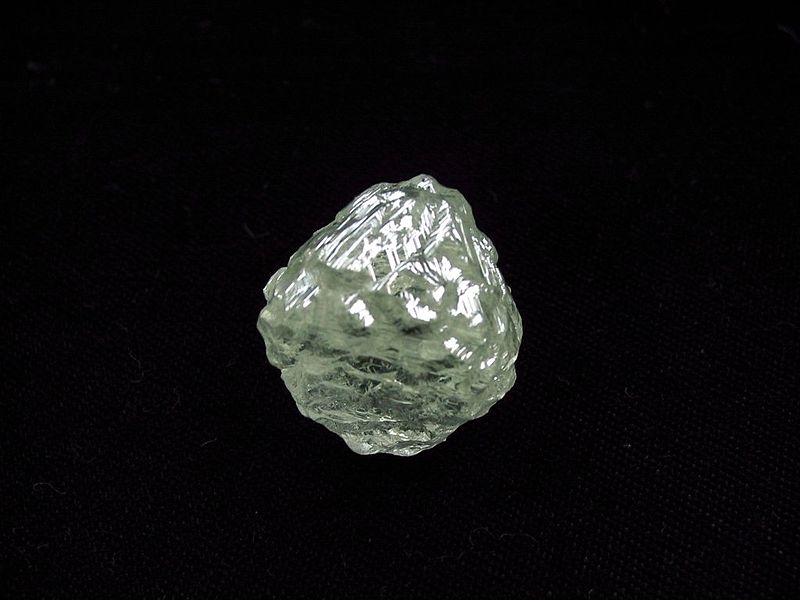
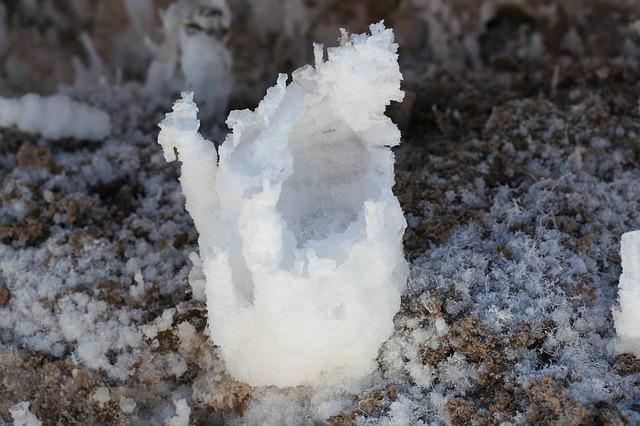
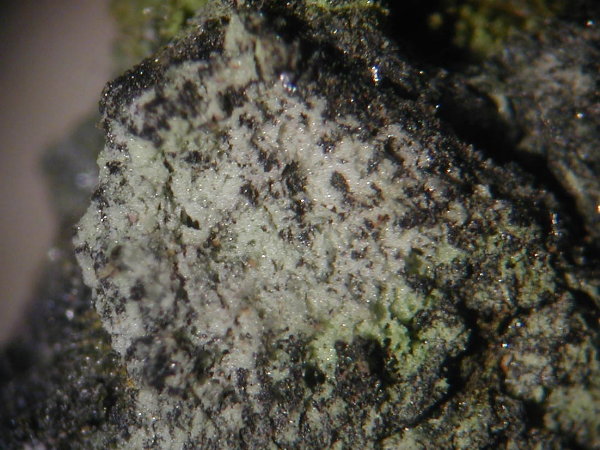

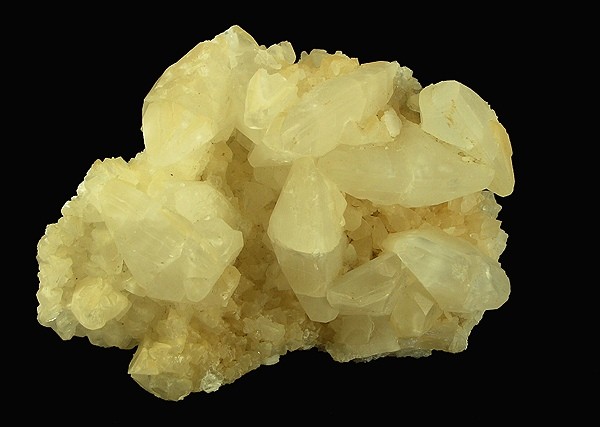
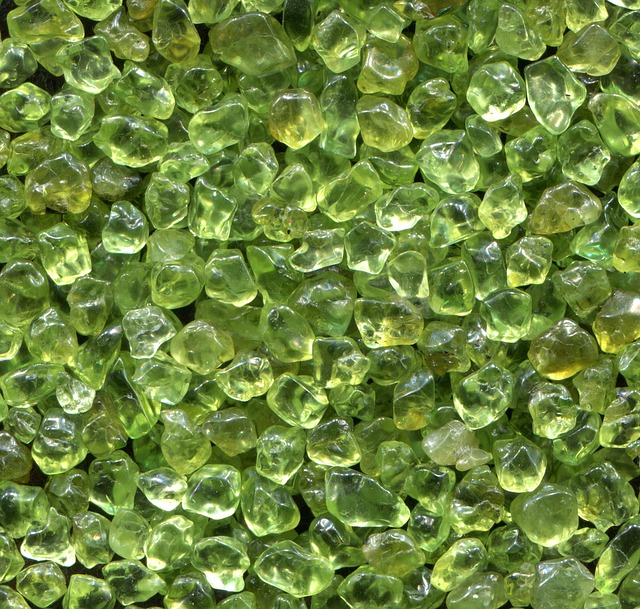
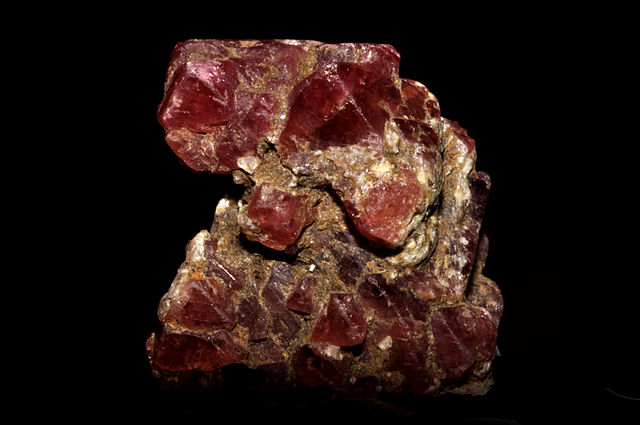

2(OH)6.jpg)
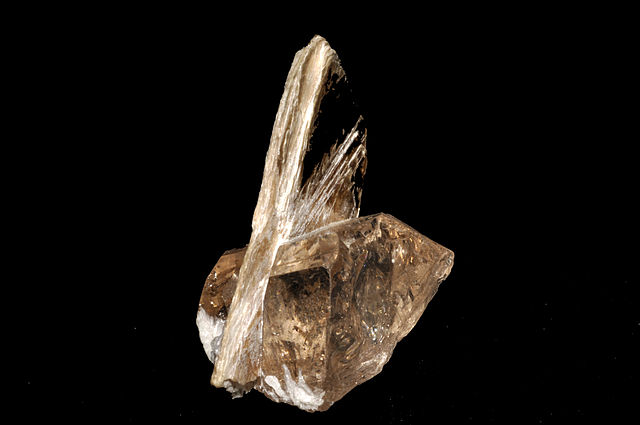

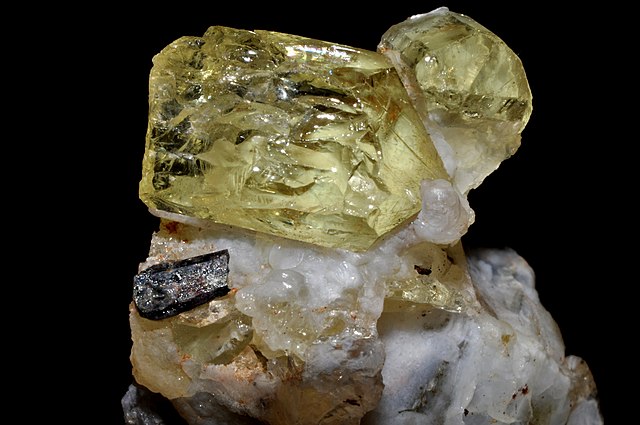

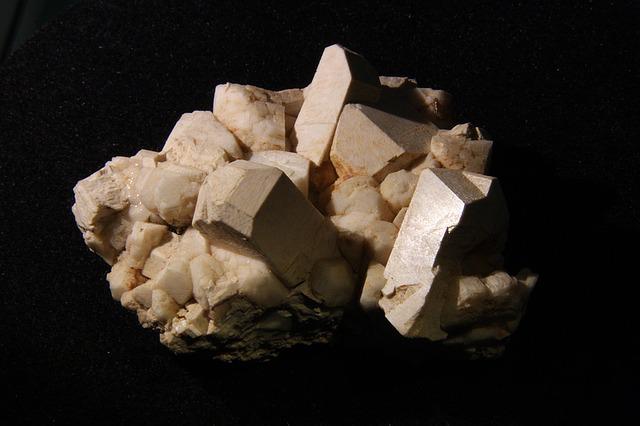
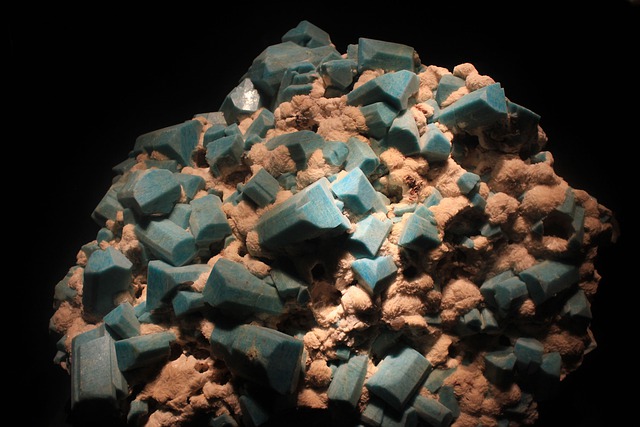
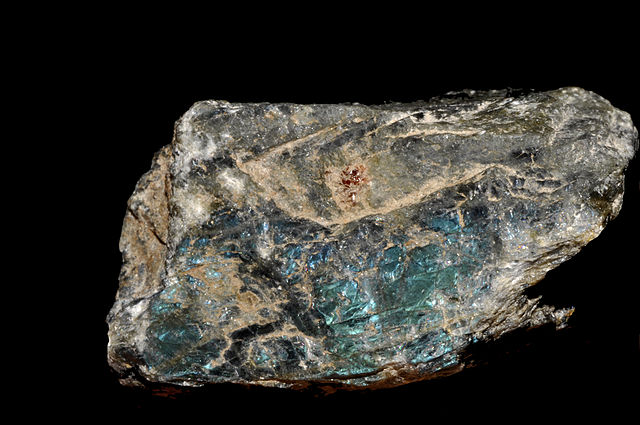

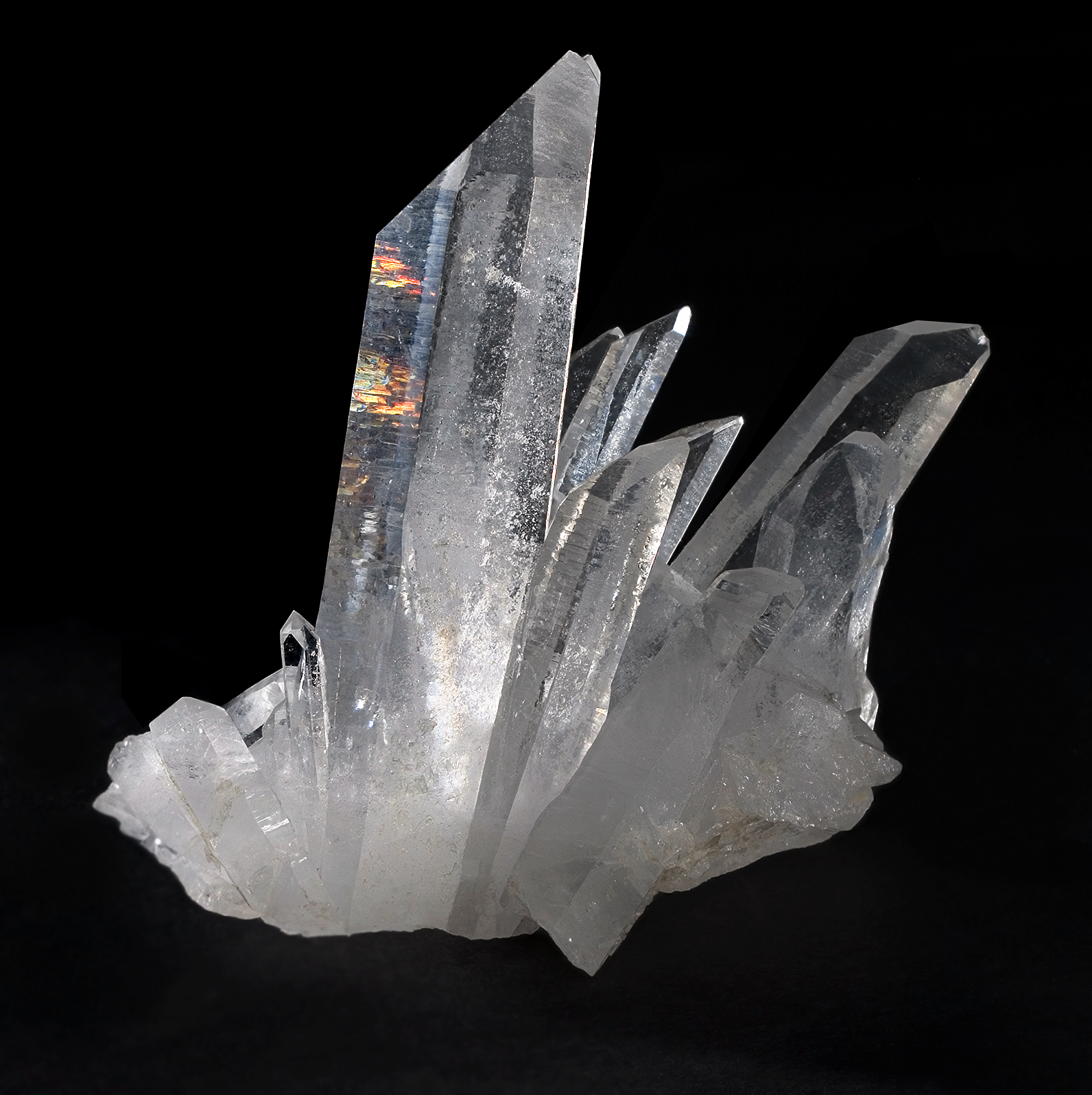
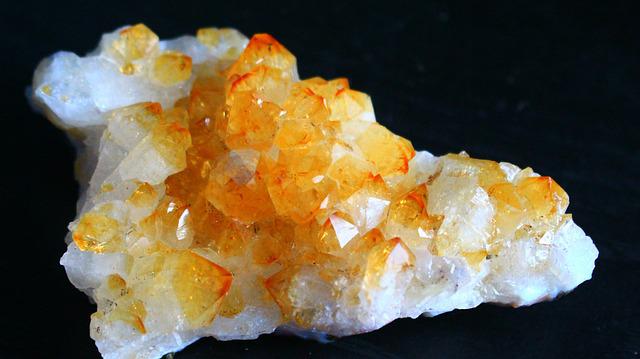
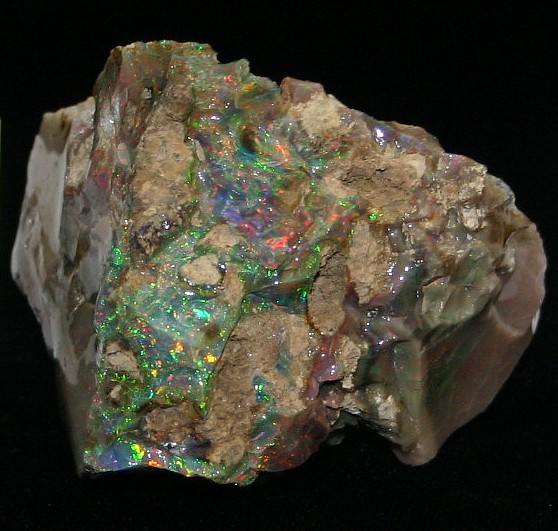
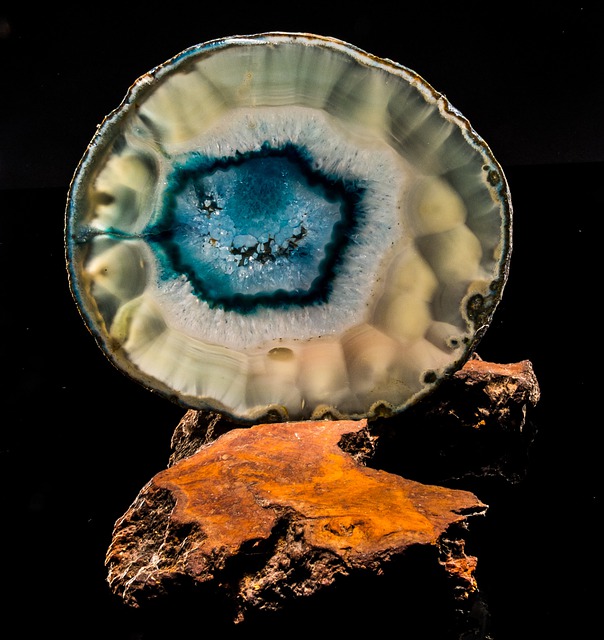
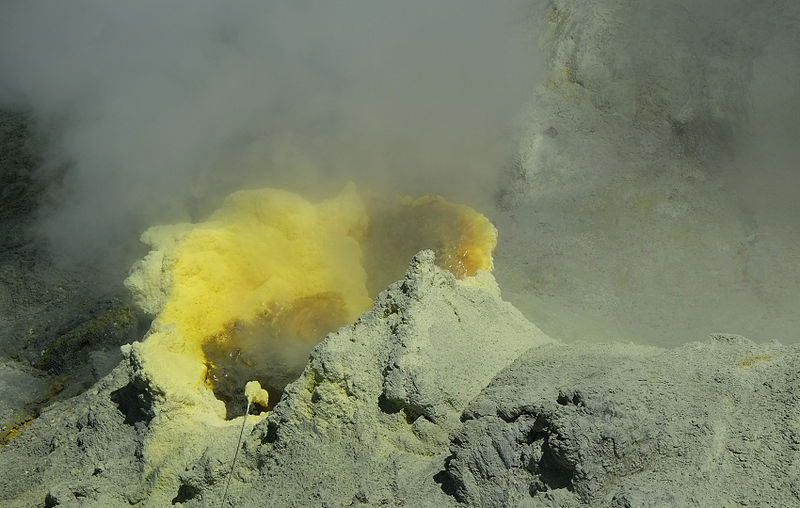
_.jpg)
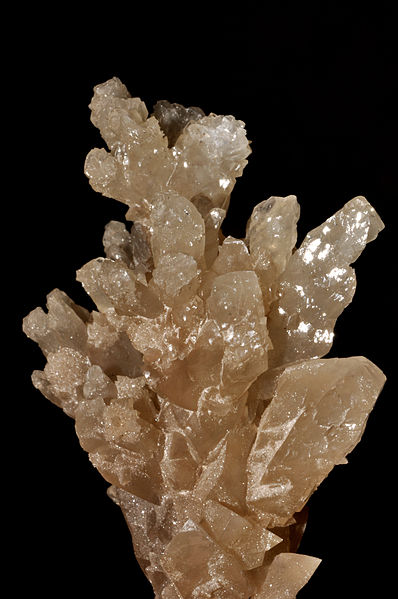
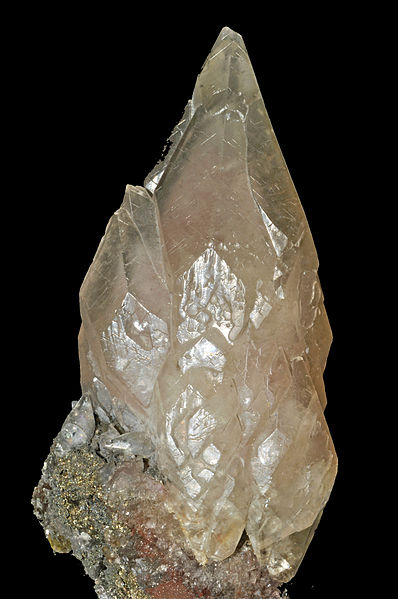

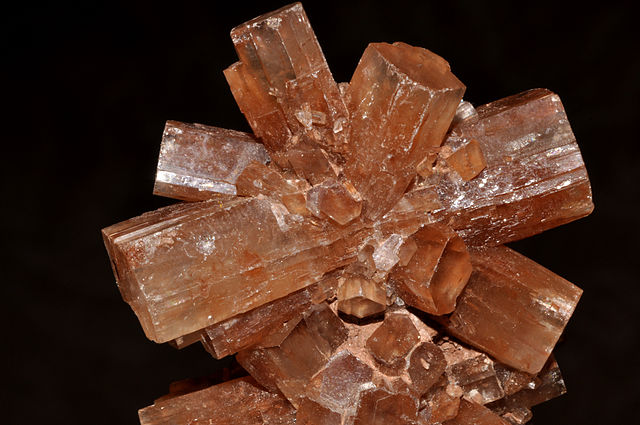
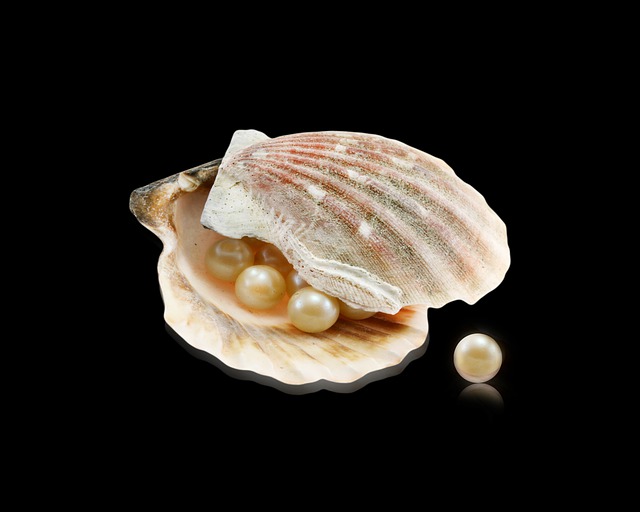


.jpg)


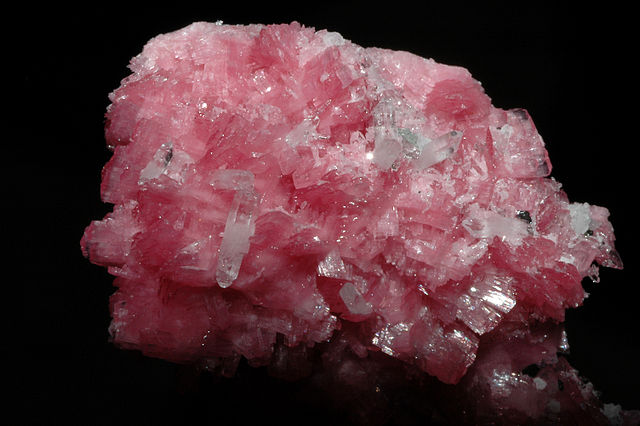
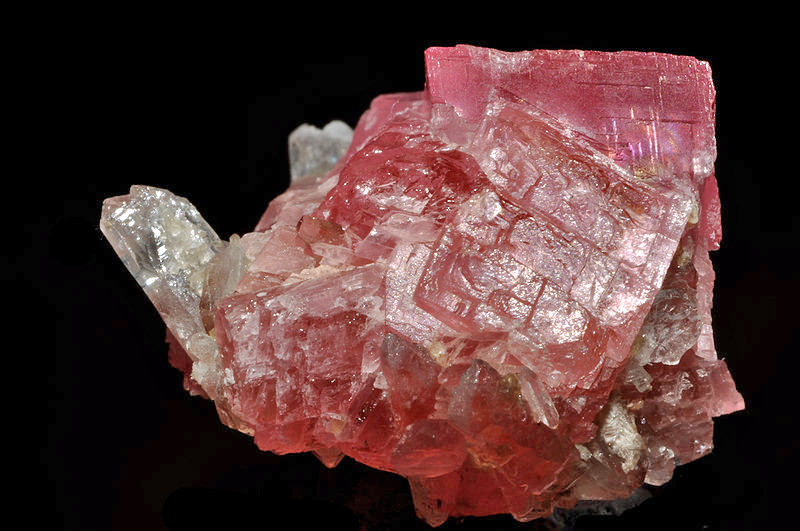


.jpg)




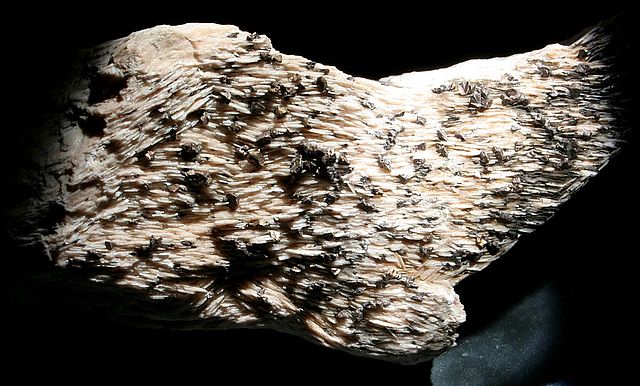
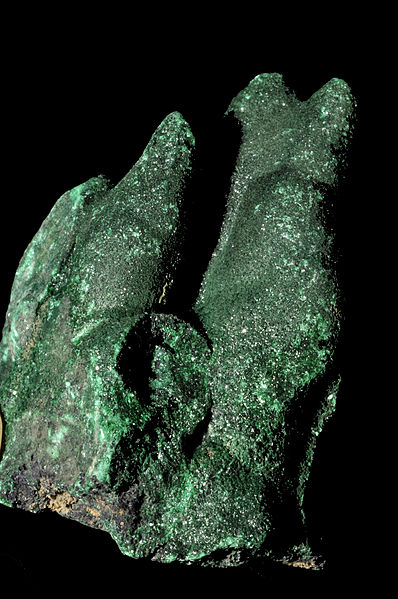
_3.jpg)
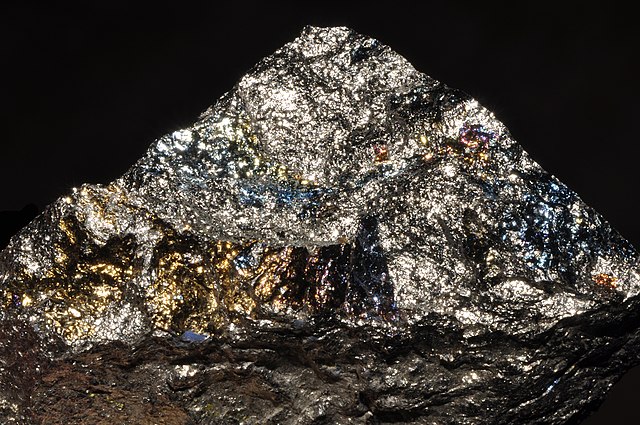
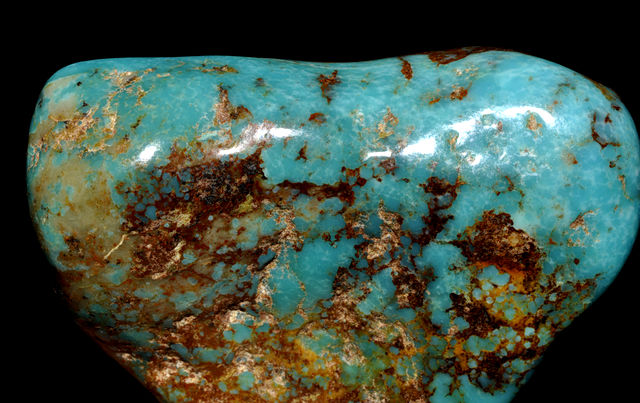

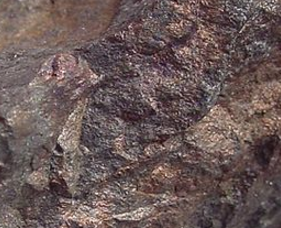
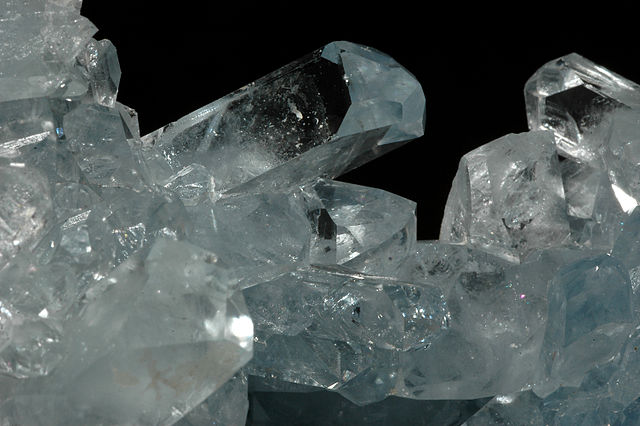

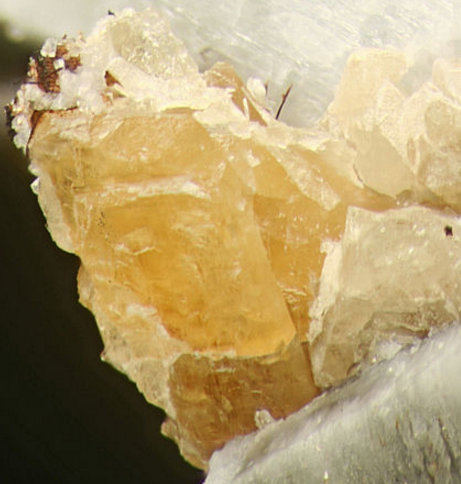


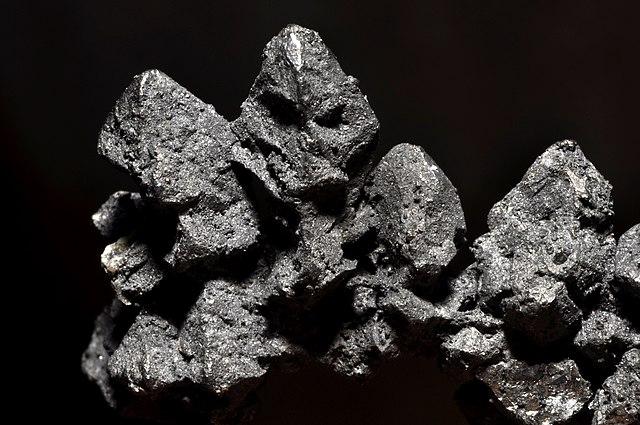


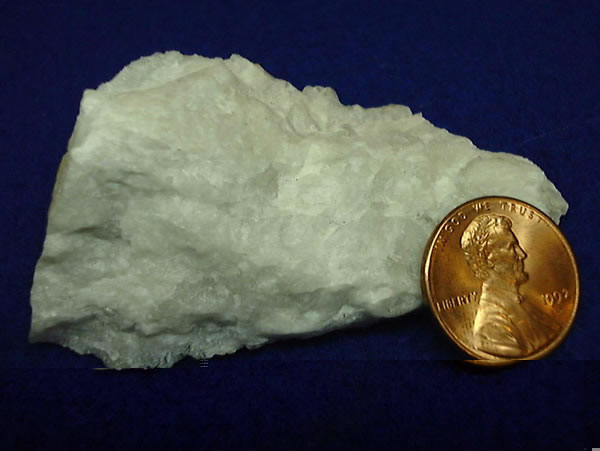

-178918.jpg)


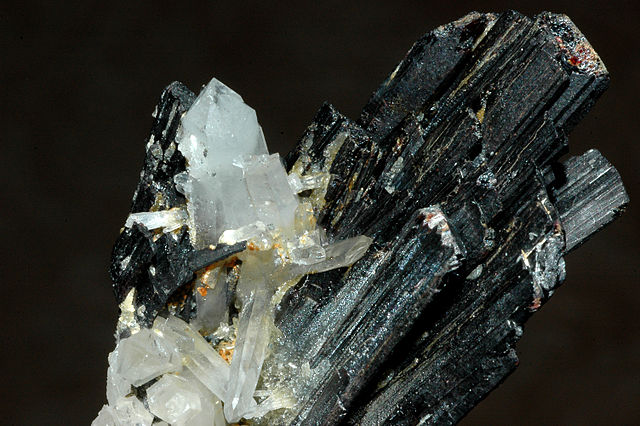

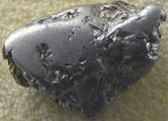







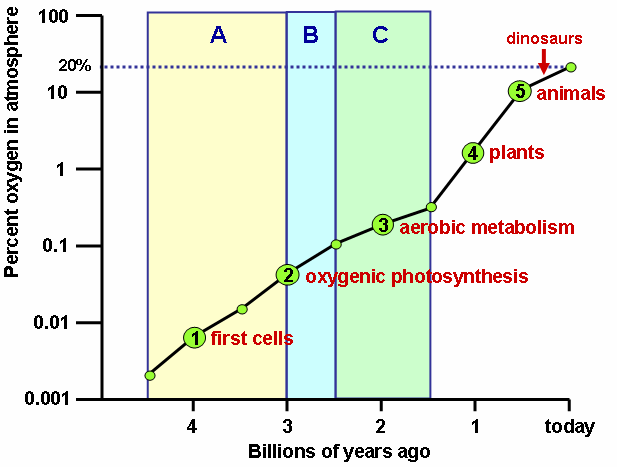
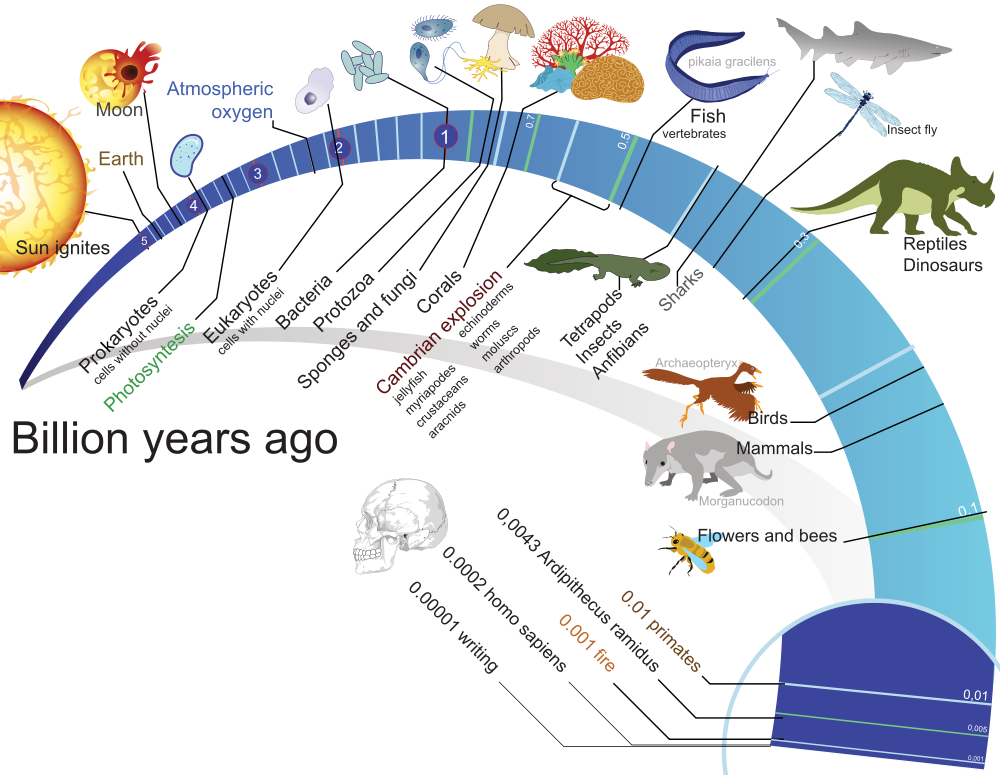
Millions of years ago
Big bang 13700
First planets formed 13000
Earth formed 4500
Photosynthesis 3000
Oxygen atmosphere 600
Multicellular life 600
Vertebrates 480
Tetrapod vertebrates 400 Mammals, birds, and reptiles are all tetrapods
Mammals 170
Dinosaur extinction 66
Cats 25
Cheetahs 6 Fastest land animal
Tigers 1.8
Humans 1
Lions .9
Agriculture .01
Civilization .005
Calculus .0004
Smartphones .00001
Speed of light = C
Speed of a fission or fusion rocket = V = .1 C
Diameter of the Milky Way = X = .1 million light years
Time to cross the galaxy = T = X/V = 1 million years
Age of the universe = 13800 million light years



.jpg)
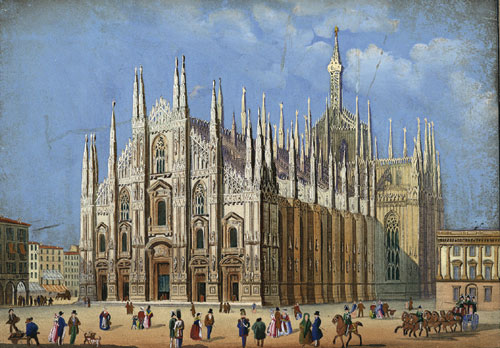
.jpg)


Volume Area Nave Tower Year
(k m3) (k m2) (m) (m)
Saint Peter's Basilica 5000 15.2 46 136.6 1626 Vatican
Seville Cathedral 500 11.5 42 105 1528 Spain Seville
Cathedral of St. John the Divine 480 11.2 39 70.7 1941 USA Manhattan
Milan Cathedral 440 10.2 45 108.5 1965 Italy Milan
Abbey of Santa Giustina 9.7 75 1606 Italy Padua
Liverpool Cathedral 450 9.7 101.0 1978 UK Liverpool
Basilica St. Paul Outside th Walls 8.5 30 73 1823 Italy Rome
Florence Cathedral 8.3 45 114.5 1436 Italy Florence
Ulm Minster 190 8.3 41 *161.5 1890 Germany Ulm
Basilica Cat. Lady of the Pillar 8.3 1872 Spain Zaragoza
Hagia Sophia 256 8.0 537 Turkey Istanbul
Cathedral of Our Lady 8.0 1521 Belgium Antwerp
Cologne Cathedral 407 7.9 43 *157.4 1880 Germany Cologne
San Petrino Basilica 270 7.9 45 1479 Italy Bologna
Saint Paul's Cathedral 7.9 38 111.3 1708 UK London
Washington National Cathedral 7.7 31 92 1990 USA DC
Amiens Cathedral 200 7.7 42 112.7 1270 France Amiens
Basilica of the National Shrine 7.1 1961 USA DC
Palma Cathedral 160 6.7 1346 Spain Palma
Reims Cathedral 6.7 1275 France Reims
Strasbourg Cathedral 6.0 *142.0 1439 France Strasbourg
Bourges Cathedral 5.9 1230 France Bourges
Notre Dame de Paris 5.5 1345 France Paris
Chartres Cathedral 5.2 1220 France Chartres
Winchester Cathedral 5.0 1525 UK Winchester
Saint Mary's Church 190 5.0 1502 Poland Gdansk
Westminster Abbey 3.0 1018 UK London
Basilica of Saint John Lateran 1735 Italy Rome
Oliwa Cathedral 1350 Poland Gdansk
Cluny III 1130 France Cluny
Canterbury Cathedral 1077 UK Canterbury
York Minster 1472 UK York
Lincoln Cathedral 1311 UK Lincoln
Peterborough Cathedral 1237 UK Peterborough
Rouen Cathedral 1202 France Rouen
*: Held the status of world's tallest building.
All churches larger than 7000 meters2 are listed, plus the largest churches constructed
before 1500 CE. The appendix contains an expanded list of churches.



Height (m) Year
Ulm Minster 161.5 1890 *
Lincoln Cathedral 159.7 1311 * Collapsed in 1549
Our Lady of Peace Basilica 158.0 1989
Cologne Cathedral 157.4 1880 *
Beauvais Cathedral 153.0 1569 Collapsed in 1573
Saint Mary's Church 151.0 1478 * Collapsed in 1647
Rouen Cathedral 151.0 1876 *
Old St. Paul's Cathedral 150.0 1240 * Collapsed in 1561
Saint Nikolai, Hamburg 147.3 1874 *
Strasbourg Cathedral 142.0 1439 *
Basilica Lady of Lichen 141.5 2000
Saint Peter's Basilica 136.6 1626
Saint Stephen's Cathedral 136.4 1433
New Cathedral, Linz 134.8 1924
Notre Dame et St. Lambert 134.5 1433 Destroyed in 1794
Saint Peter's Church 132.2 1878
Saint Michaelis Church 132.1 1786
Malmesbury Abbey 131.3 1180 Collapsed around the year 1500
*: Held the status of world's tallest building.



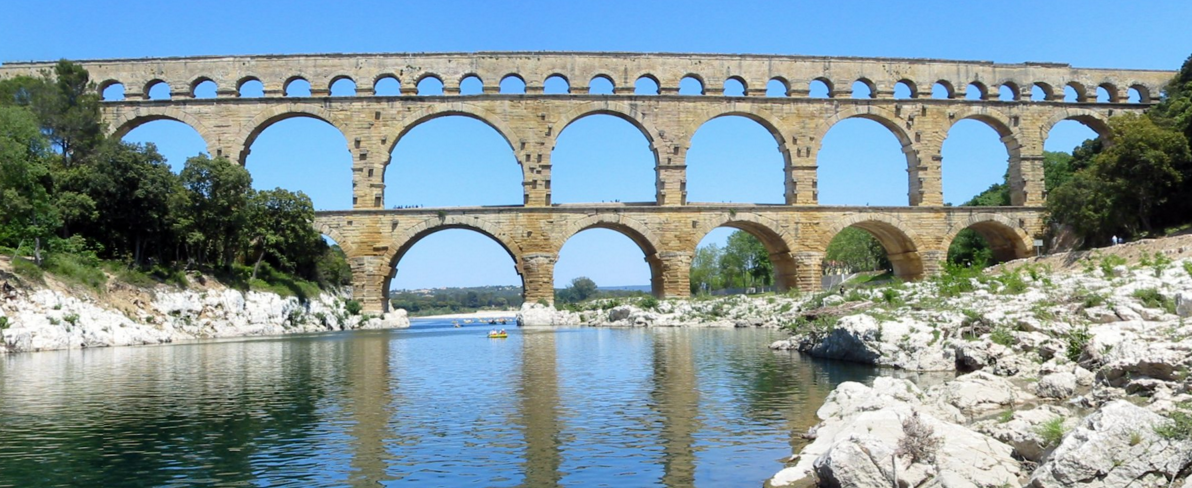



.jpg)
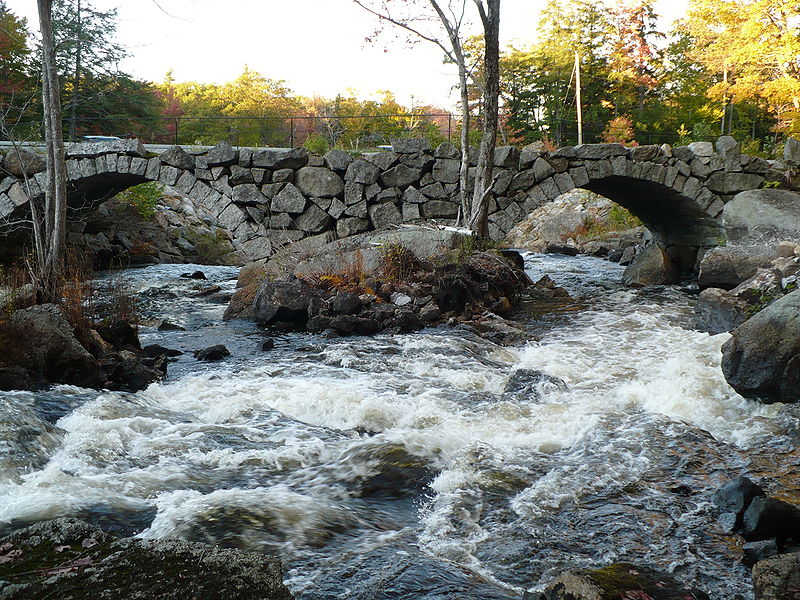

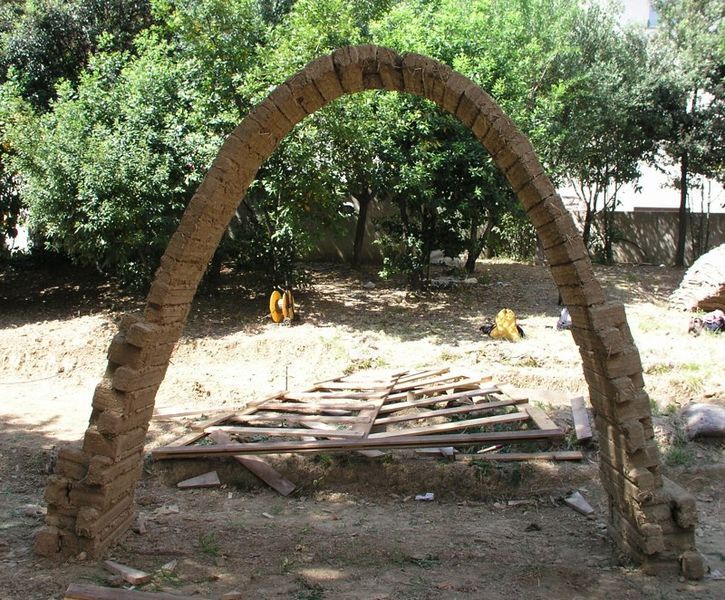
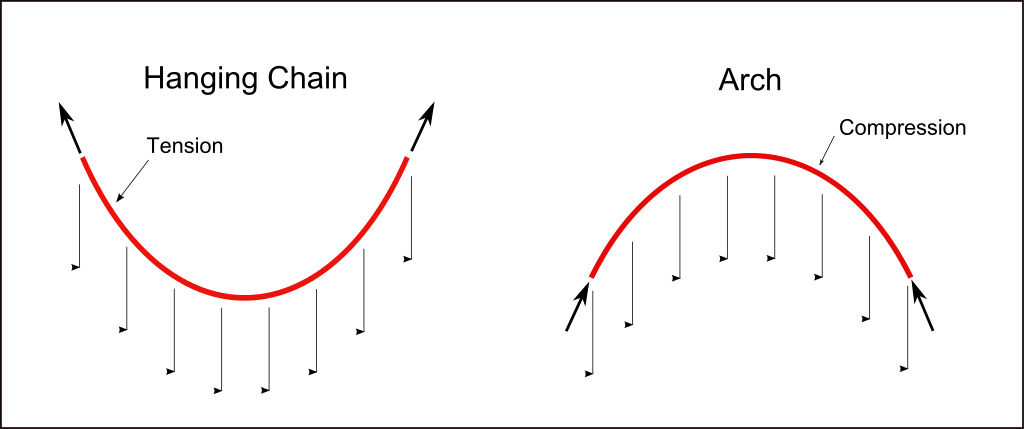
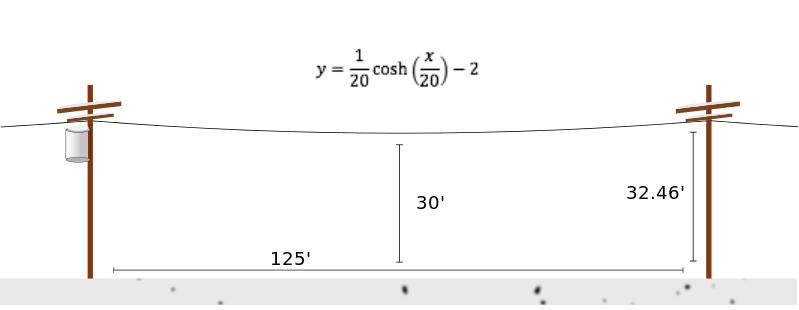
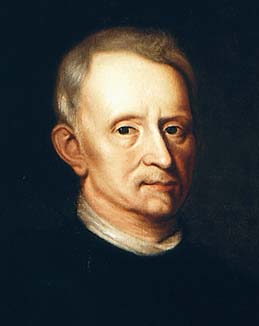
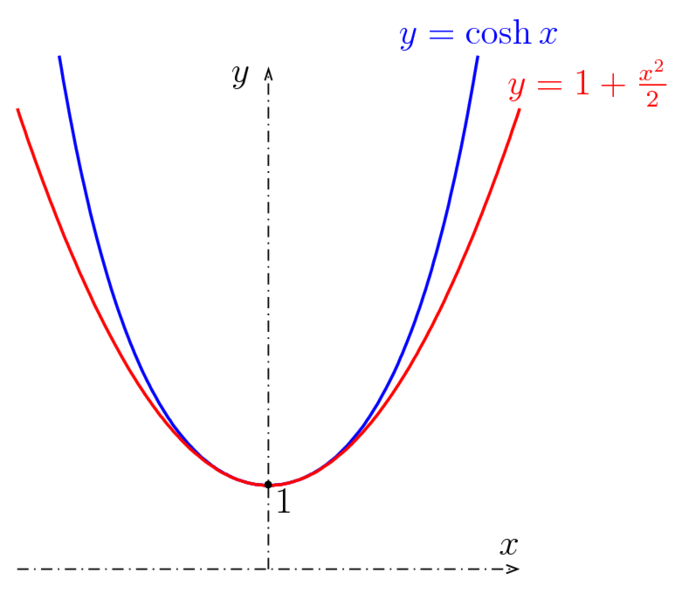
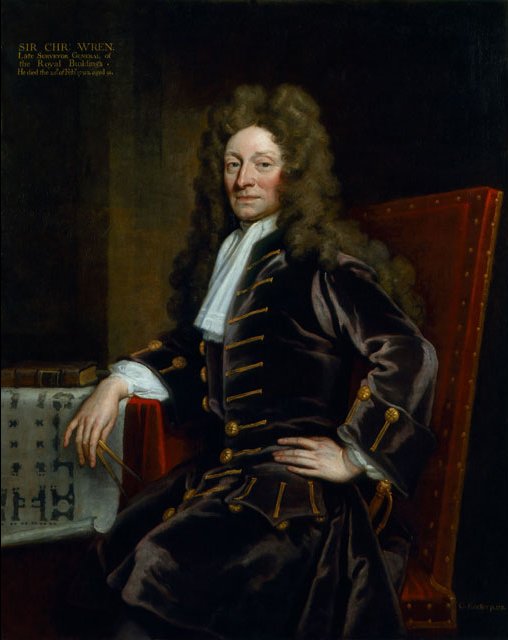









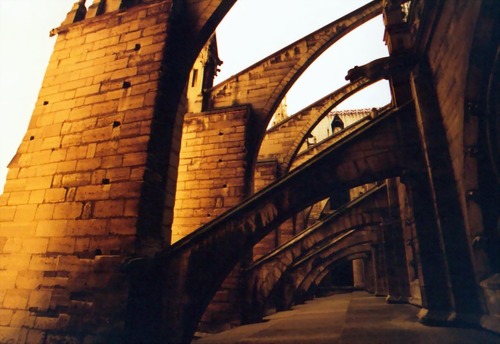
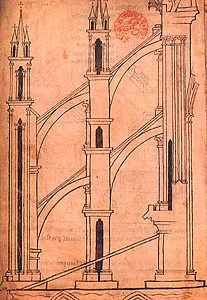
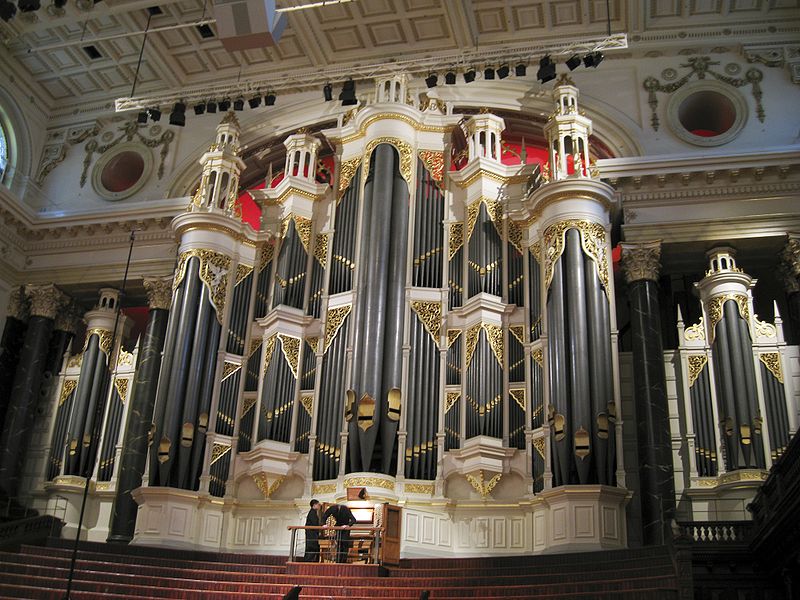

Pipe length = L = 8.5 meters
Wavelength = W = 2L = 17.0 meters
Sound speed = V = 340 meters/second
Pipe frequency = F = ½ V / L = 20 Hertz (Lower limit of human sensitivity)
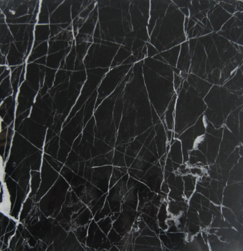
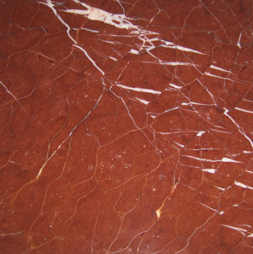


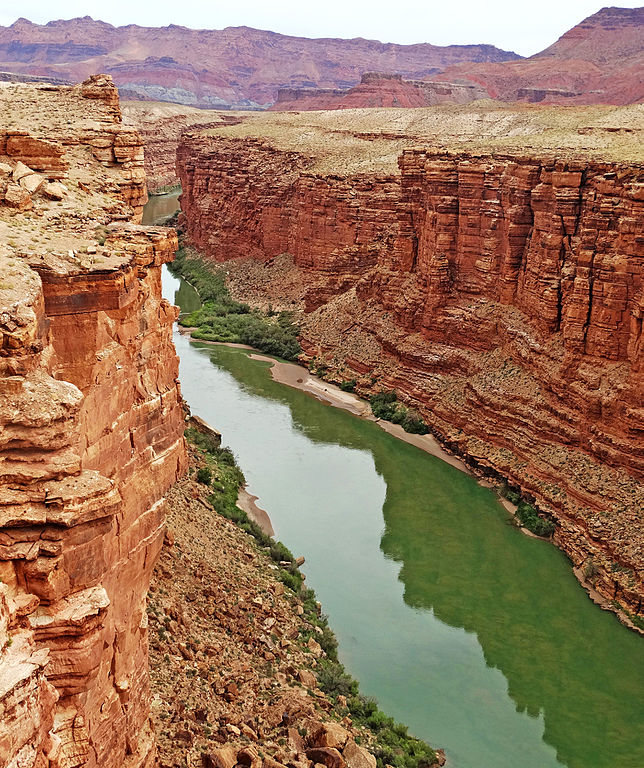
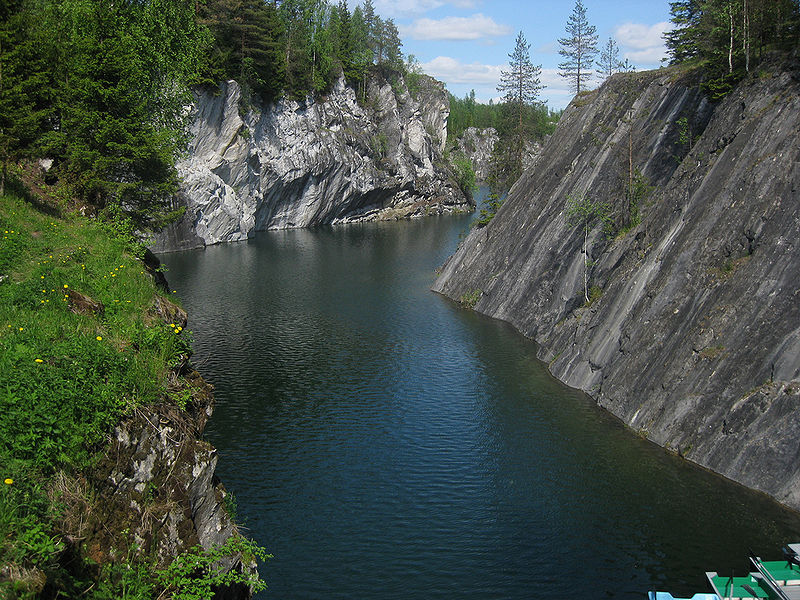

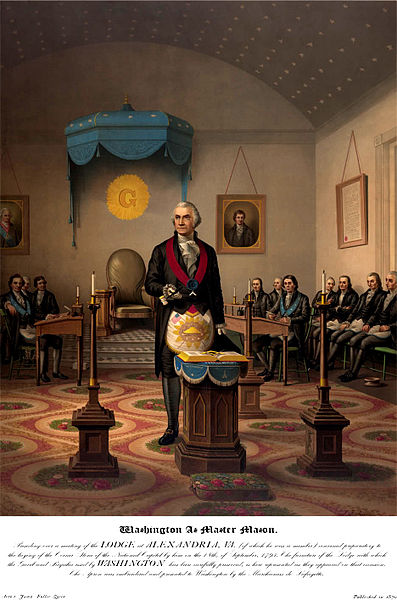
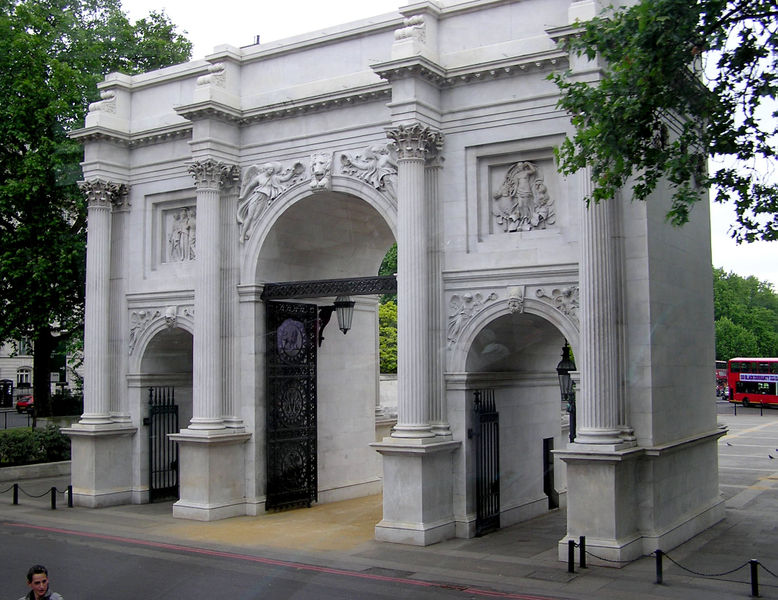


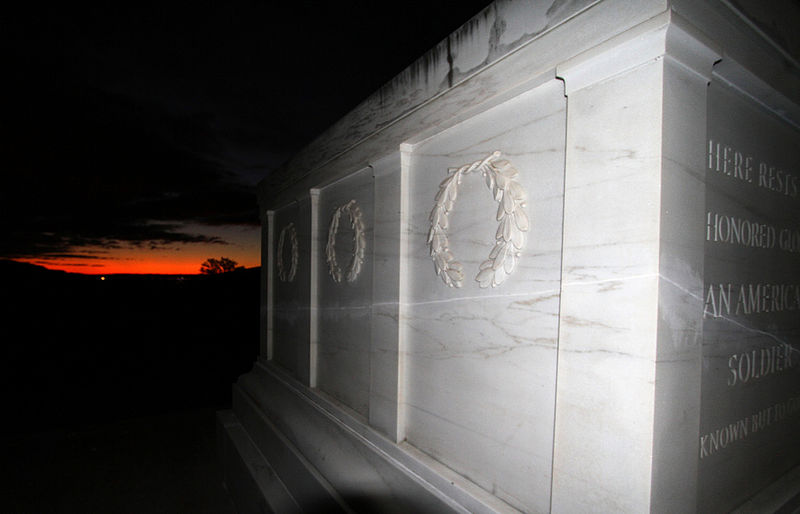
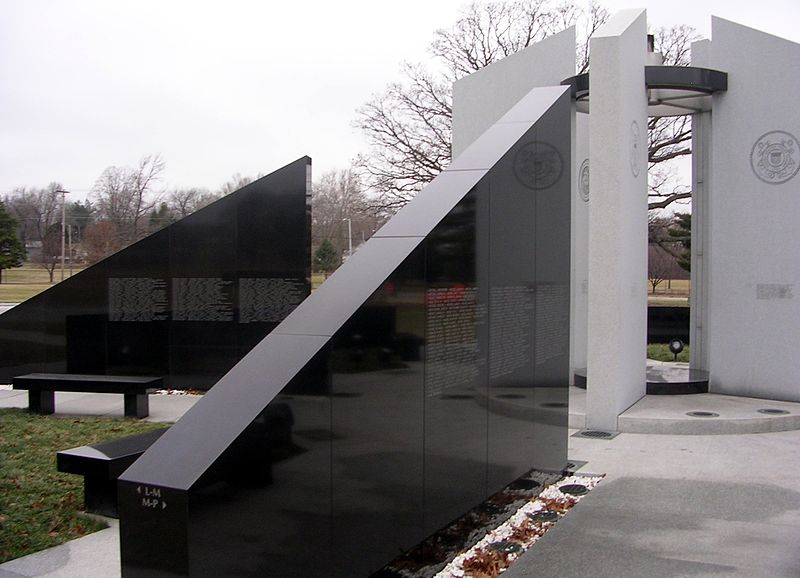
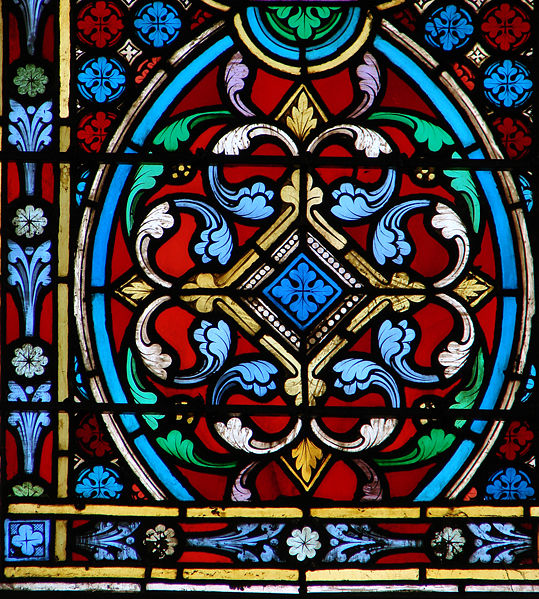
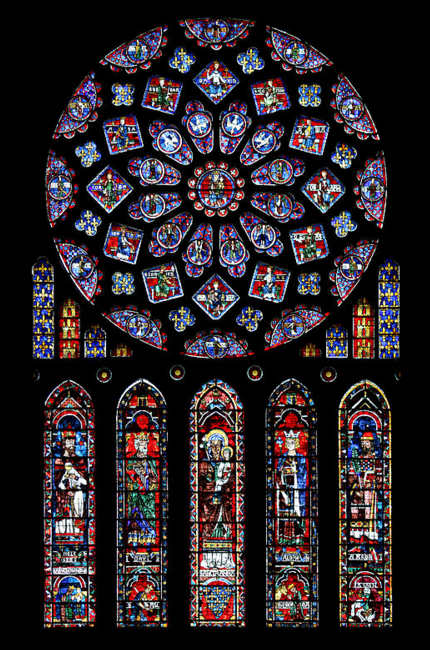
NaO2 Colorless
FeO Green Beer bottles
S Amber
S + B2O3 Blue
S + Ca Yellow
MnO2 Purple
Co Blue
CuO Turquoise
Ni Blue or violet or black
Cr Dark green or black
Au Red
Cu Dark red
Se Pink
AgNO3 Orange
Cd Yellow
U Yellow
SnO White
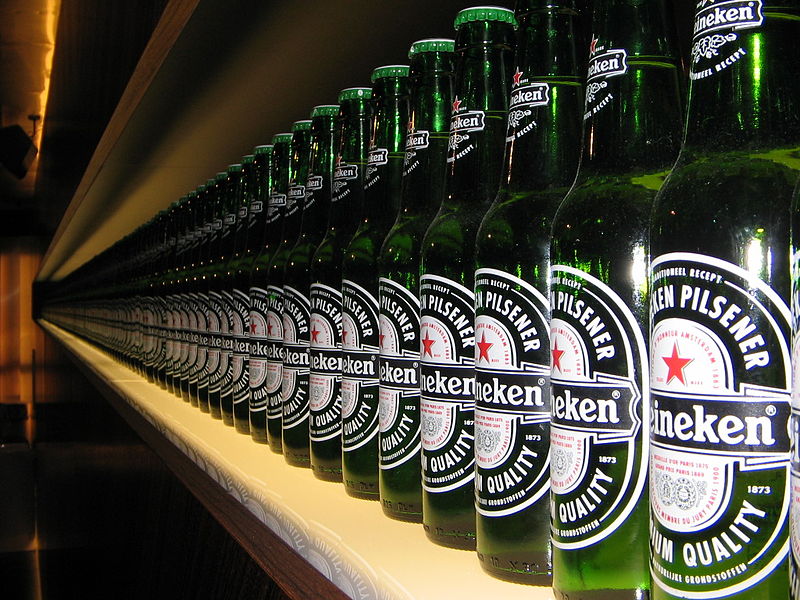
Height Year
(m)
Gobekli Tepe, Turkey 15 -11500
Pyramid of Djoser 62 -2650
Meidum Pyramid 93.5 -2610
Bent Pyramid 101.1 -2605
Red Pyramid 105 -2600
Great Pyramid of Giza 146 -2560
Lincoln Cathedral 160 1311 Collapsed
St. Mary's Church 151 1549 Collapsed
Strasbourg Cathedral 142 1647
St. Nikolai 147 1874
Rouen Cathedral 151 1876
Cologne Cathedral 157 1880
Washington Monument 169 1884
Eiffel Tower 300 1889
Chrysler Building 319 1930
Empire State Building 381 1931-1967
During the years 1311-1884 the tallest structure in the world was always a church.
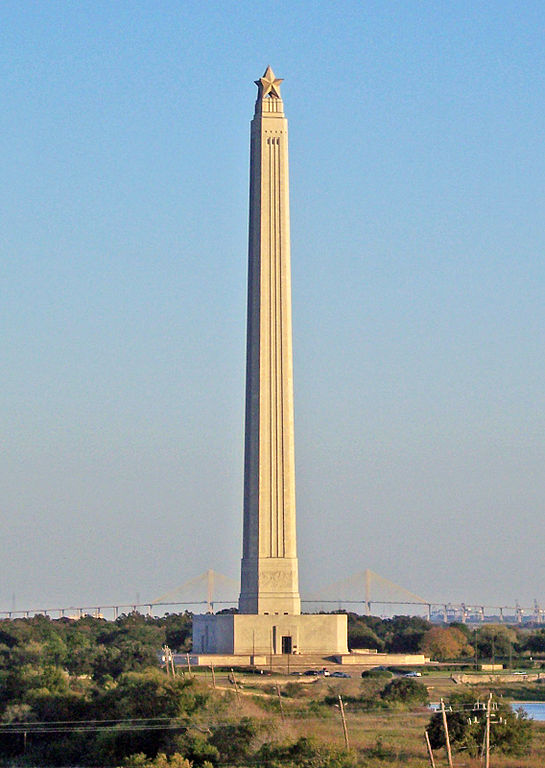



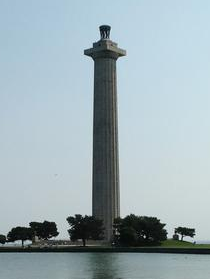

Height Base Year
San Jacinto Monument 172.92 15 1939 Texas. Topped by a 220 ton star
Washington Monument 169.05 16.80 1884 Washington DC
Perry's Memorial 107 1915 Perry's Vicry and Int. Peace Memorial
Jefferson Davis Mon. 107.0 1924 Kentucky
Capas National Shrine 70 2003 Philippines
High Point Monument 67 1930 New Jersey
Bunker Hill Monument 67 1843 Massachusetts
Wellington Monument 62 1861 Dublin
Wellington Monument 53.34 24 1854 Somerset
Nelson's Column 51.6 1843 London
Lateran Obelisk 45.7 -1500 Rome
Vendome Column 42 1810 Paris
Flaminio Obelisk 36.5 -1300 Rome
Lincoln Tomb 36 1874 Illinois
Trajan's Column 35.1 3.7 113 Rome
Obelisk of Montecitorio 34.0 -592 Rome
Solare Obelisk 33.97 -592 Rome
Veteran's Memorial 33.5 1876 Pennsylvania
Vatican Obelisk 25.5 -29 Rome
Pompey's Pillar 20.46 2.71 297 Egypt
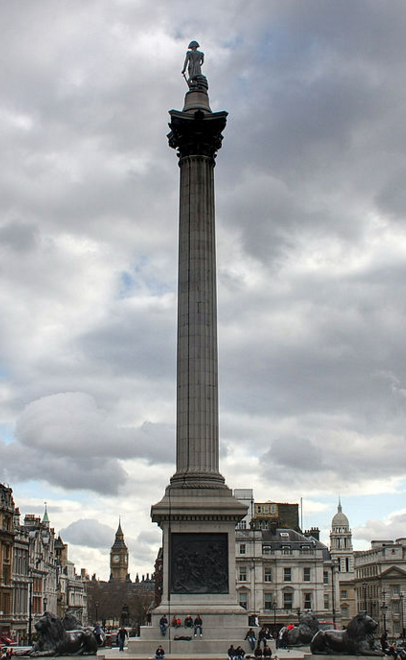

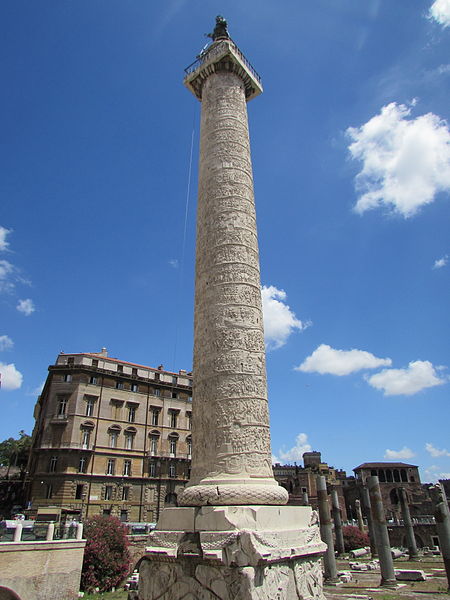

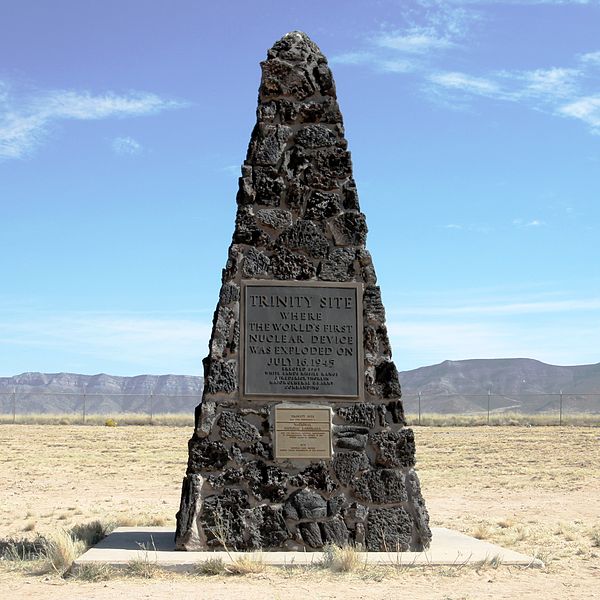
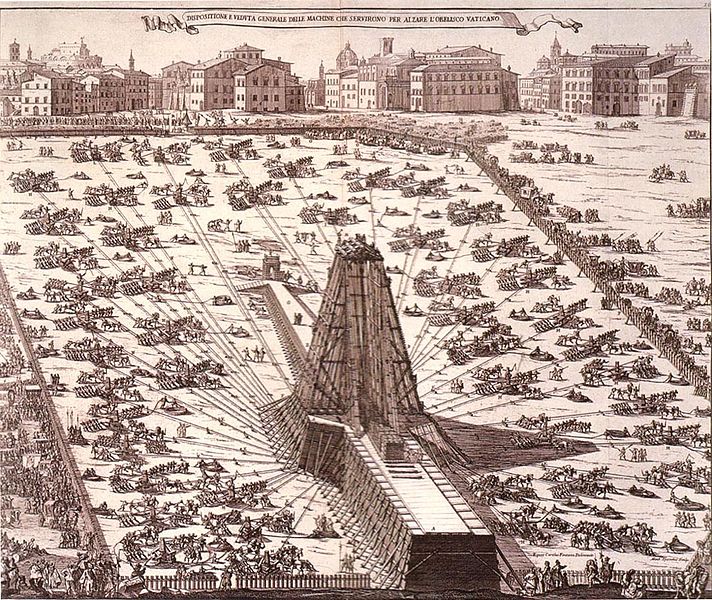
Height = H
Base side length = L
Pillar density = D = 2650 kg/meter3 (Granite)
Air density = d = 1.22 kg/meter3
Pillar mass = M = D H L2
Wind speed = V = 80 meters/second (Extreme hurricane)
Gravity consant = g = 9.8 meters/second2
Gravity force = Fgrav = M g
Wind force = Fwind = ½ d L H V2
Gravity torque = Τgrav = ½ L Fgrav
Wind torque = Τgrav = ½ H Fwind
Gravity torque = Wind torque
½ D H L3 g = ¼ L H2 d V2
H = 2 g L2 D / (d V2)
L2 = ½ H V2 d / (D g)
If H = 169 meters (Washington Monument), then L = 25.4 meters.
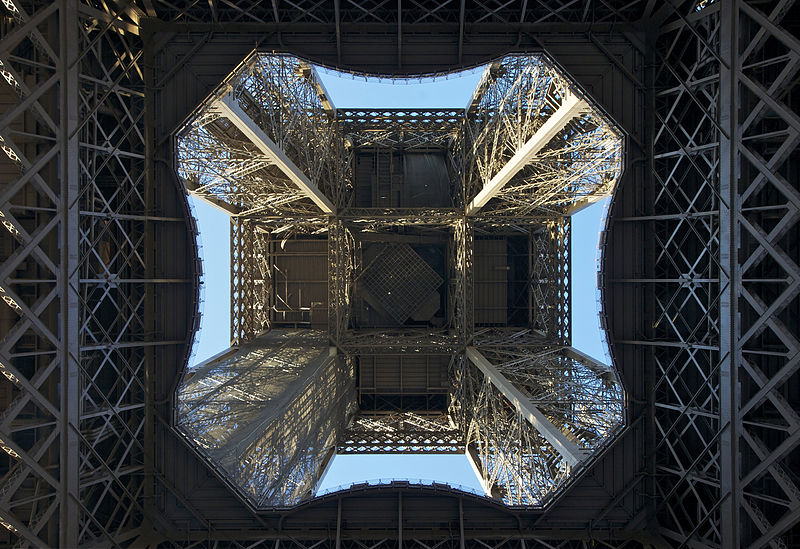
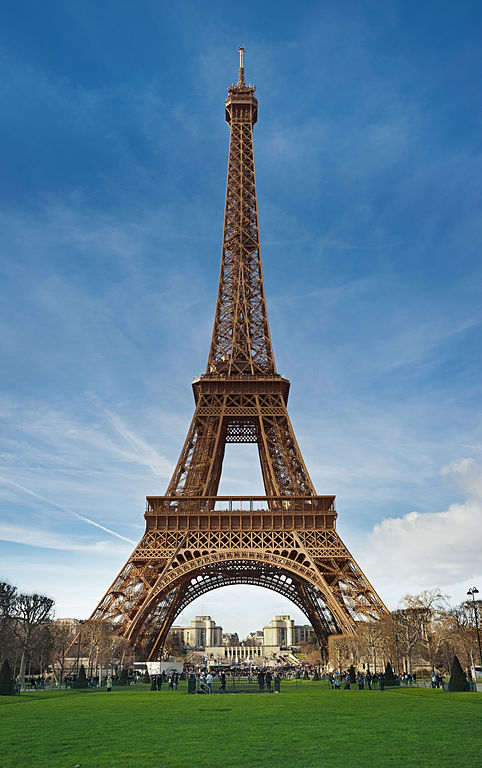

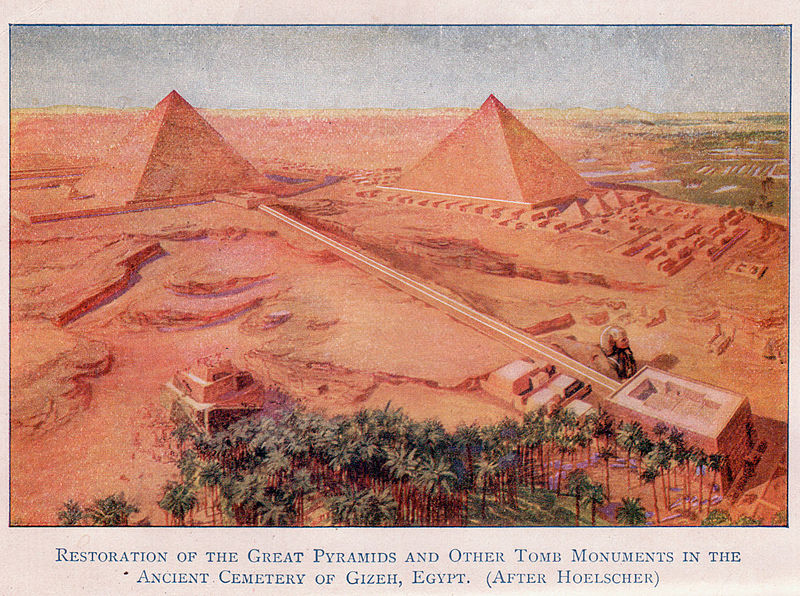
.jpg)
.svg.png)
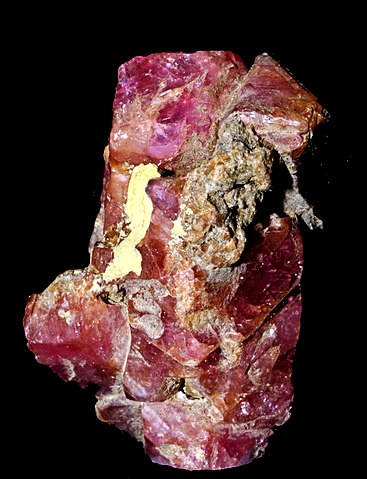



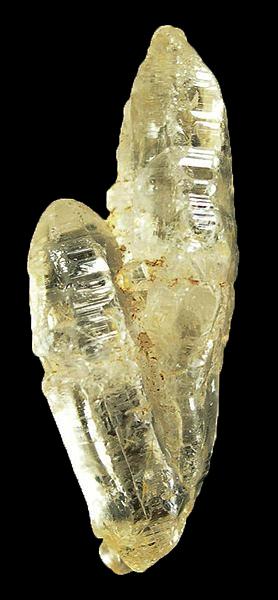
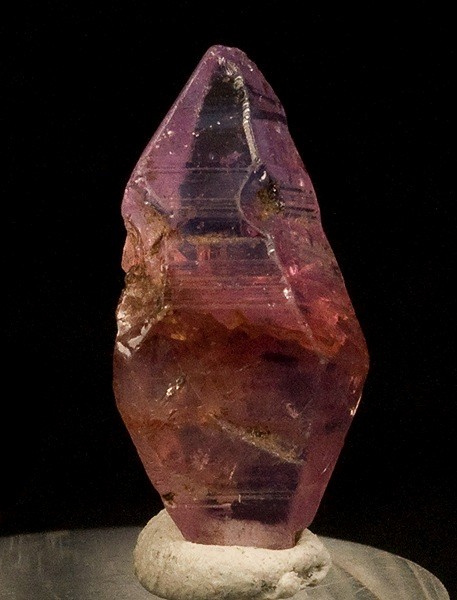





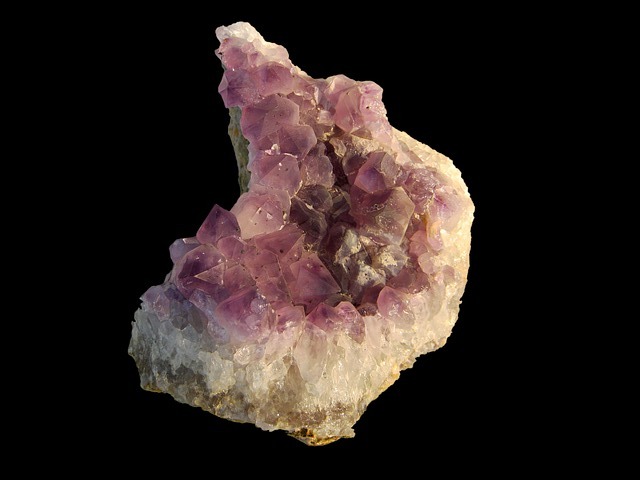


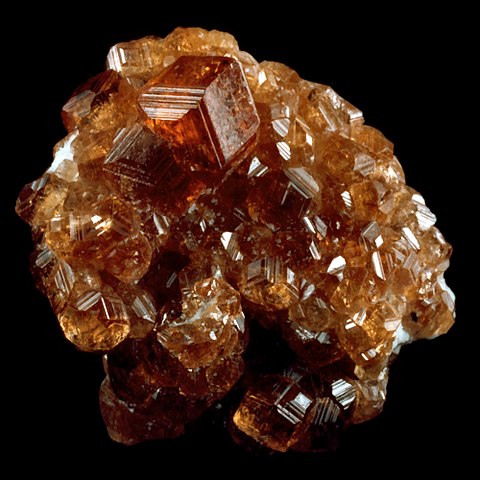




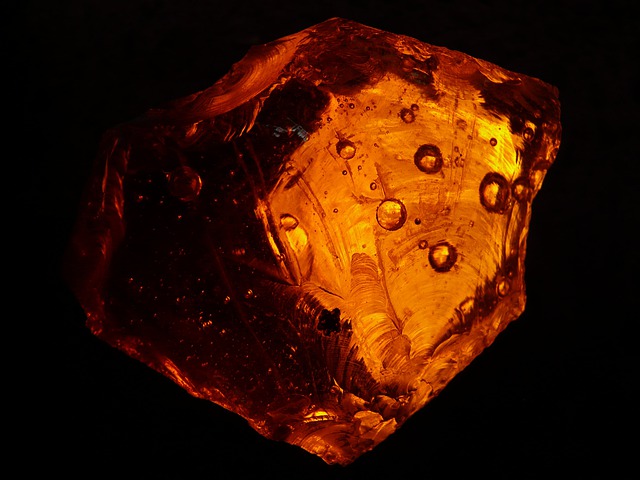
Color Colorant carat ($)
Painite 55000 CaZrAl9O15(BO3)
Diamond Clear 1400 C
Ruby Red Chromium 15000 Al2O3
Sapphire Blue Iron 650 Al2O3
Sapphire yellow Titanium Al2O3
Sapphire Orange Copper Al2O3
Sapphire Green Magnesium Al2O3
Emerald Green Chromium Be3Al2(SiO3)6
Beryl Aqua Iron Be3Al2(SiO3)6 AKA "aquamarine"
Morganite Orange Manganese 300 Be3Al2(SiO3)6
Topaz Topaz Al2SiO4(F,OH)2
Spinel Red Red MgAl2O4
Quartz Clear SiO2
Amethyst Purple Iron SiO2
Citrine Yellow SiO2
Zircon Red ZrSiO4
Garnet Orange [Mg,Fe,Mn]3Al2(SiO4)3 & Ca3[Cr,Al,Fe]2(SiO4)3
Garnet Blue 1500 [Mg,Fe,Mn]3Al2(SiO4)3 & Ca3[Cr,Al,Fe]2(SiO4)3
Opal SiO2·nH2O
Opal Black 11000 SiO2·nH2O
Jet Black Lignite
Peridot Green (Mg,Fe)2SiO4
Pearl White CaCO3
Jade Green NaAlSi2O6
Amber Orange Resin

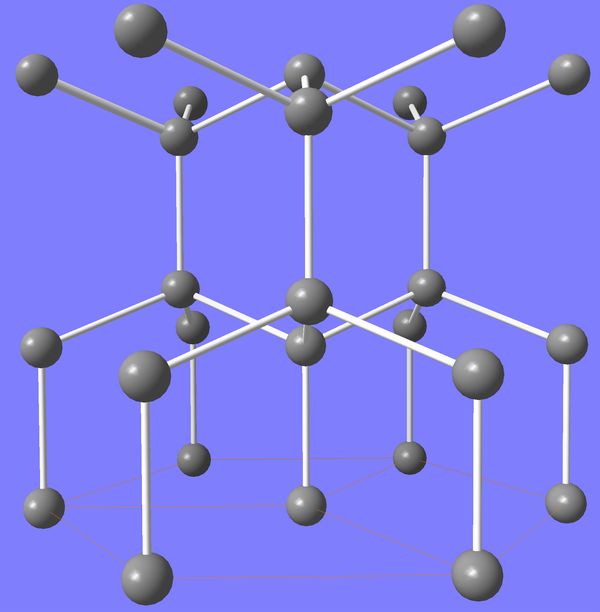

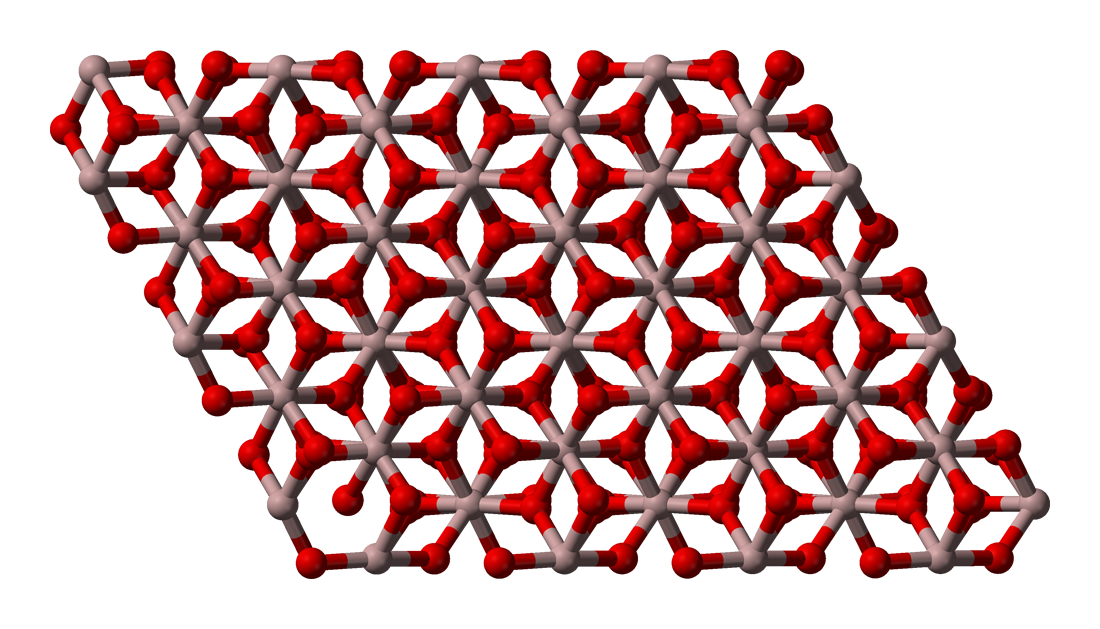
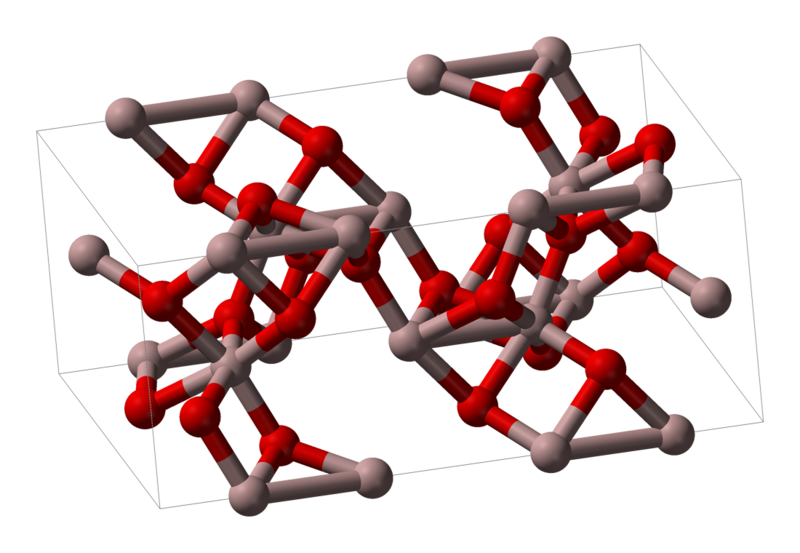


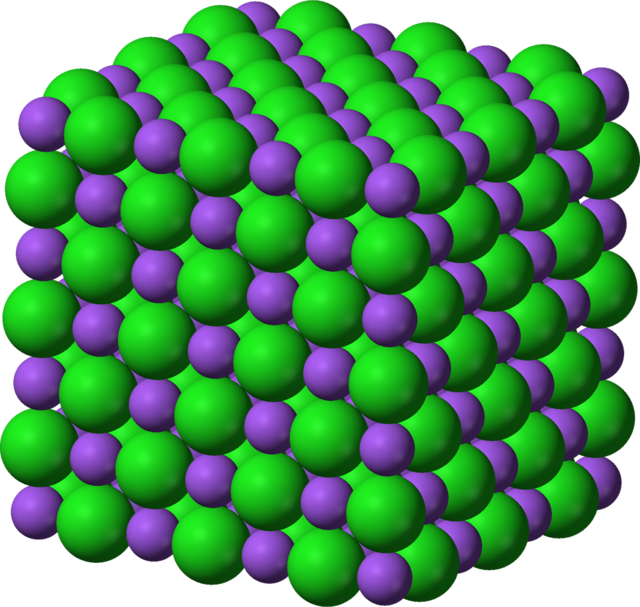
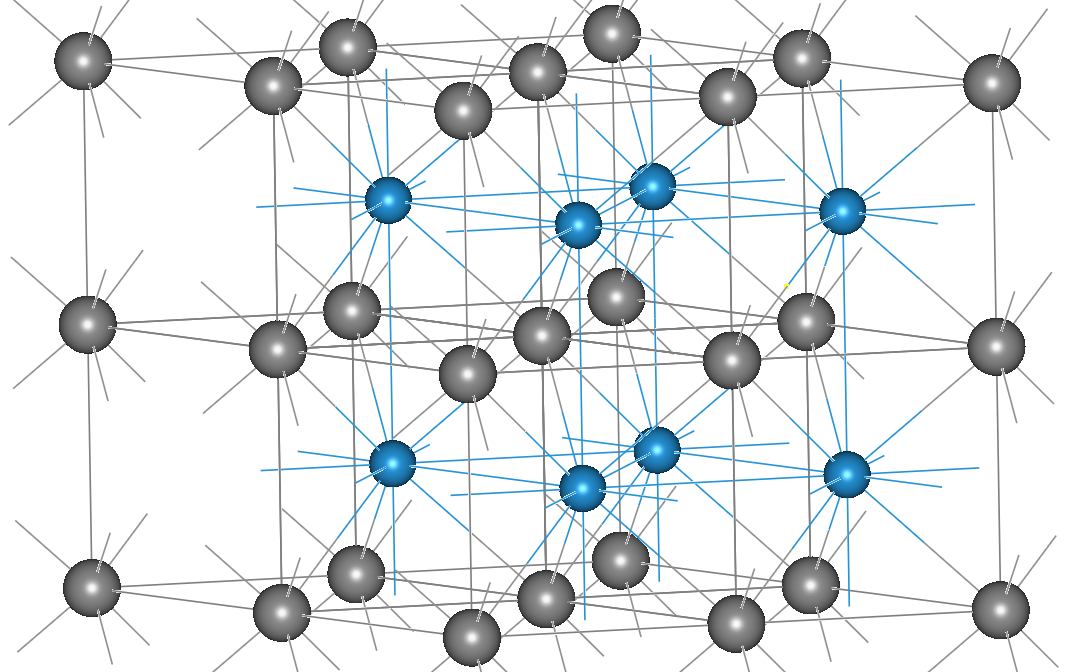
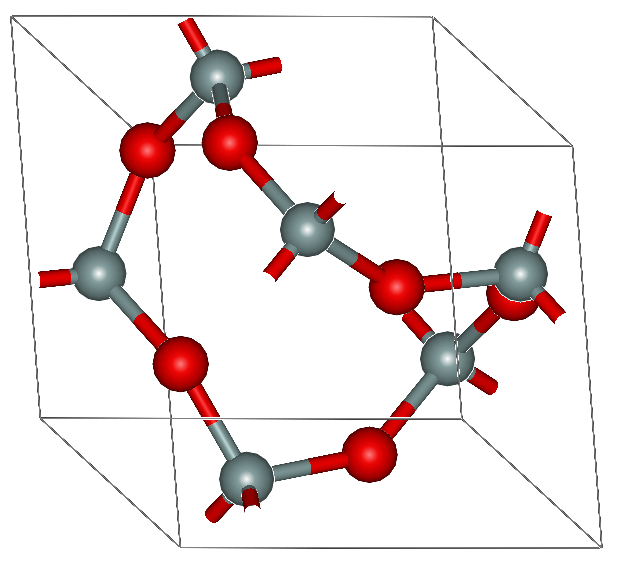
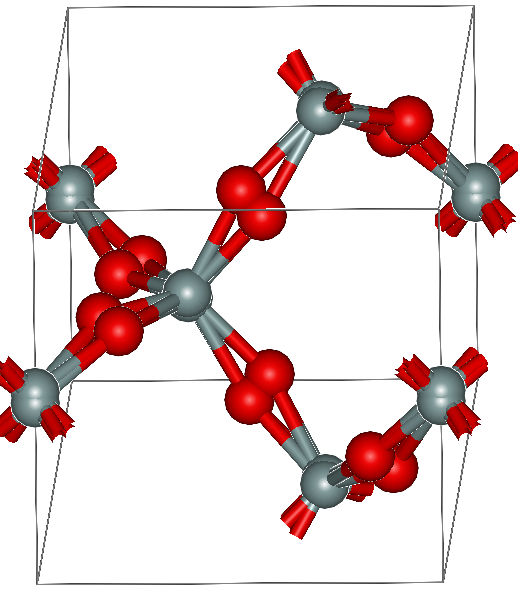

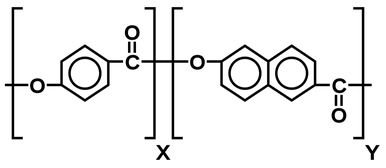
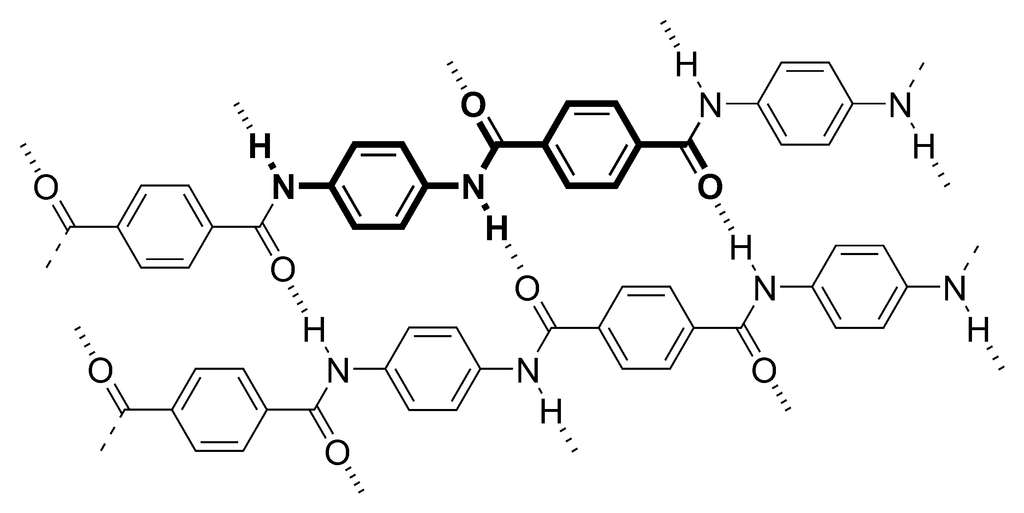
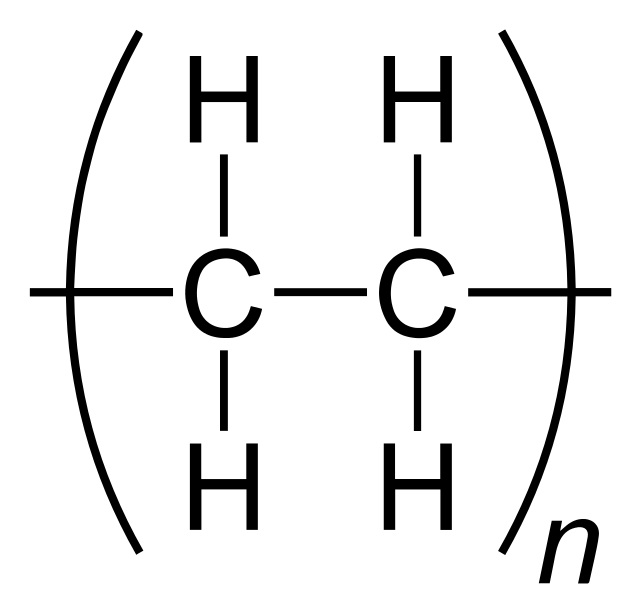
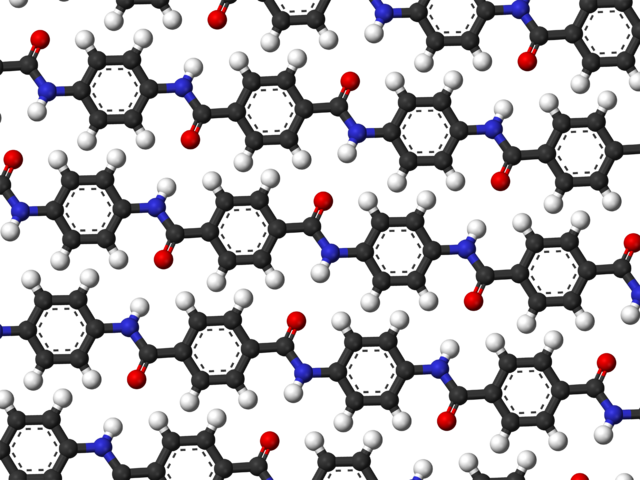
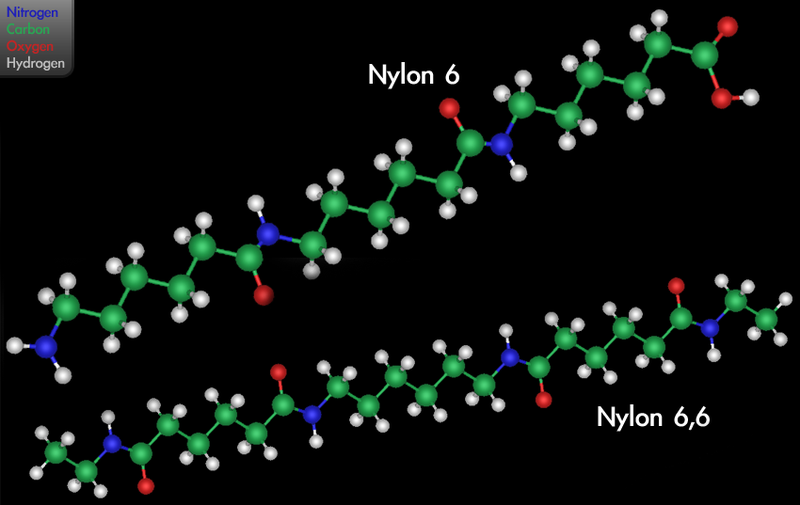
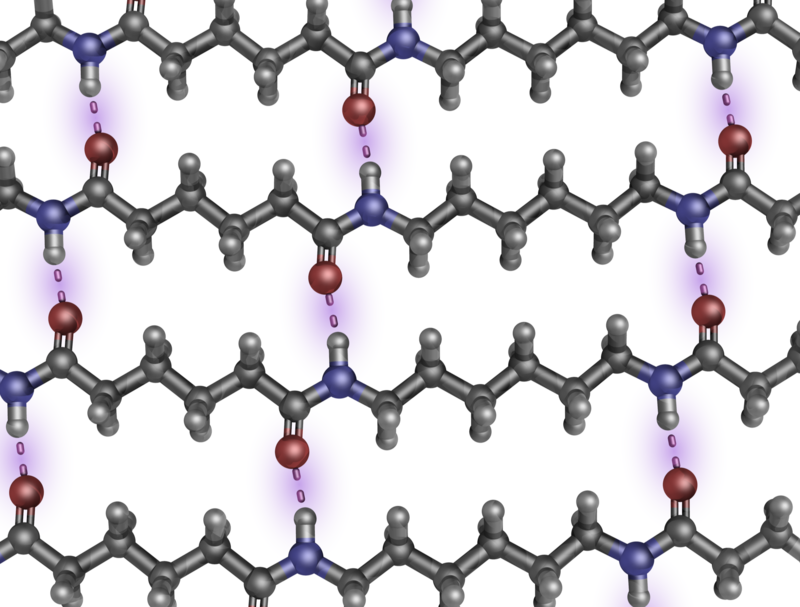
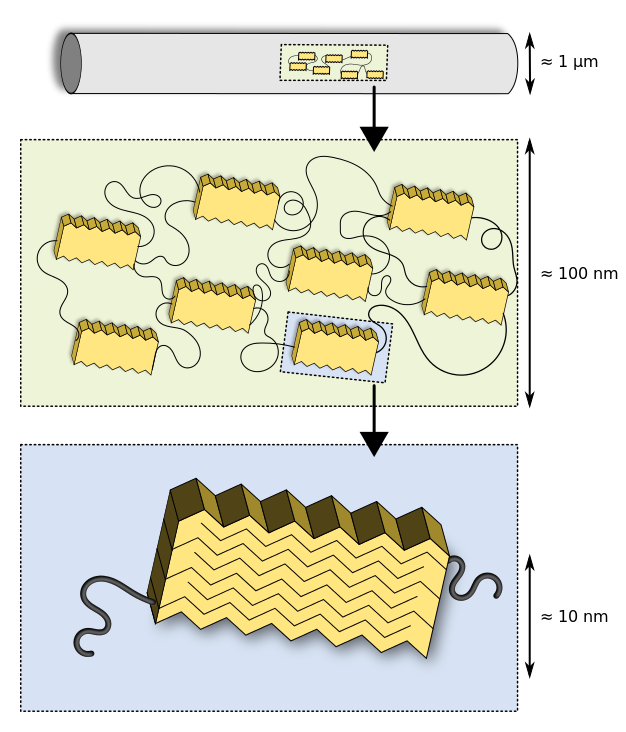
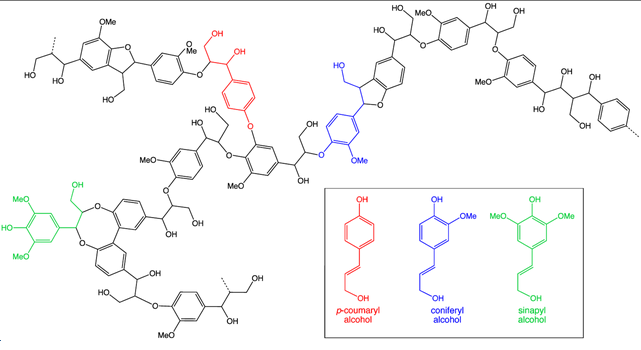
Year Young Tensile Strain Density Common
(GPa) strength (g/cm3) name
(GPa)
Gut Ancient .2
Cotton Ancient .1 1.5
Hemp Ancient 10 .3 .023
Duct tape .015
Gorilla tape .030
Polyamide 1939 5 1.0 .2 1.14 Nylon, Perlon
Polyethylene 1939 117 1.4 Dacron
Polyester 1941 15 1.0 .067 1.38
Polypropylene 1957 .91
Carbon fiber 1968 3.0 1.75
Aramid 1973 135 3.0 .022 1.43 Kevlar
HMPE 1975 100 2.4 .024 .97 Dyneema, Spectra
PBO 1985 280 5.8 .021 1.52 Zylon
LCAP 1990 65 3.8 .058 1.4 Vectran
Vectran HT 75 3.2 .043 1.41 Vectran
Vectran NT 52 1.1 .021 1.41 Vectran
Vectran UM 103 3.0 .029 1.41 Vectran
Nanorope ~1000 3.6 .0036 1.3
Nanotube 1000 63 .063 1.34
Graphene 1050 160 .152 1.0
Strain = Strength / Young
Carbon fiber is not useful as a rope.
Batman mass = M = 100 kg (includes suit and gear)
Gravity constant = g = 10 meters/second2
Batman weight = F = 1000 Newtons
Zylon density = D = 1520 kg/meter3
Zylon tensile strength = Pz = 5.8⋅109 Newtons/meter2
Rope load = P = 1.0⋅109 Newtons/meter2 (safety margin)
Rope length = L 100 meters
Rope cross section = A = F/P =1.0⋅10-6 meters2
Rope radius = R =(A/π)½= .56 mm
Rope mass = Mr = DAL = .15 kg
Density Tensile Young
strength
(g/cm^3) (Gpa) (Gpa)
Balsa .12 .020 3.7
Corkwood .21
Cedar .32 .046 5.7 Northern white
Poplar .33 .048 7.2 Balsam
Cedar .34 .054 8.2 Western red
Pine .37 .063 9.0 Eastern white
Buckeye .38 .054 8.3 Yellow
Butternut .40 .057 8.3
Basswood .40 .061 10.3
Spruce, red .41 .072 10.7
Aspen .41 .064 10.0
Fir, silver .42 .067 10.8
Hemlock .43 .061 8.5 Eastern
Redwood .44 .076 9.6
Ash, black .53 .090 11.3
Birch, gray .55 .069 8.0
Walnut, black .56 .104 11.8
Ash, green .61 .100 11.7
Ash, white .64 .110 12.5
Oak, red .66 .100 12.7
Elm, rock .66 .106 10.9
Beech .66 .102 11.8
Birch, yellow .67 .119
Mahogany .67 .124 10.8 West Africa
Locust .71 .136 14.5 Black or Yellow
Persimmon .78 .127 14.4
Oak, swamp .79 .124 14.5 Swamp white
Gum, blue .80 .118 16.8
Hickory .81 .144 15.2 Shagbark
Eucalyptus .83 .122 18.8
Bamboo .85 .169 20.0
Oak, live .98 .130 13.8
Ironwood 1.1 .181 21.0
Lignum Vitae 1.26 .127 14.1
Data #1
Data #2
Density Tensile Young
strength
(g/cm^3) (Gpa) (Gpa)
Polyamide .11 4.5
Polyimide .085 2.5
Acrylic .07 3.2
Polycarbonate .07 2.6
Acetyl copoly .06 2.7
ABS .04 2.3
Polypropylene .91 .04 1.9
Polystyrene .04 3.0
Polyethylene .95 .015 .8
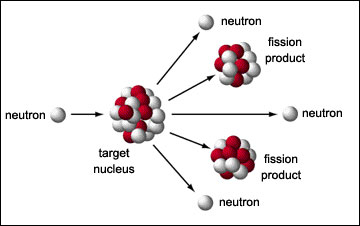
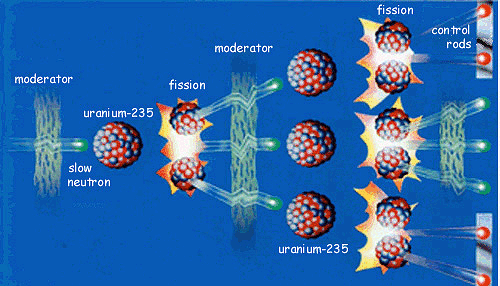
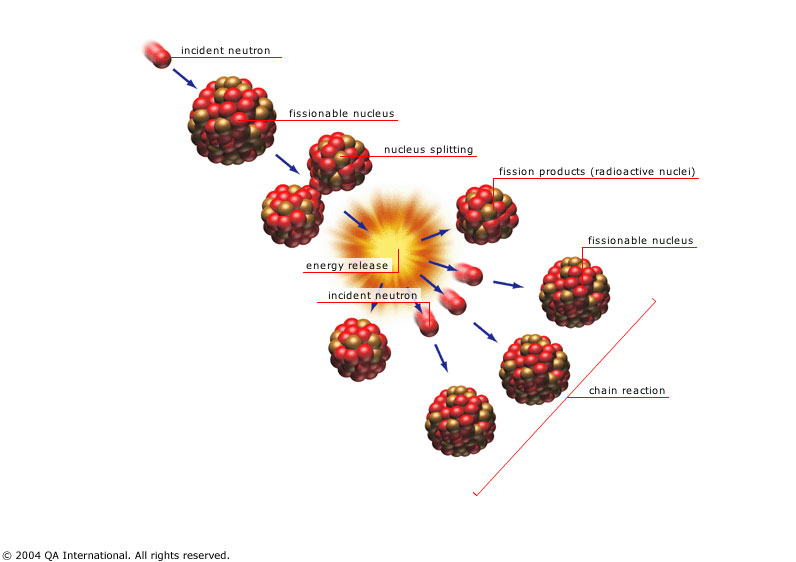
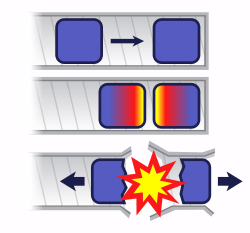
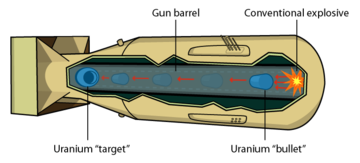
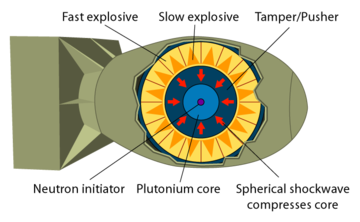

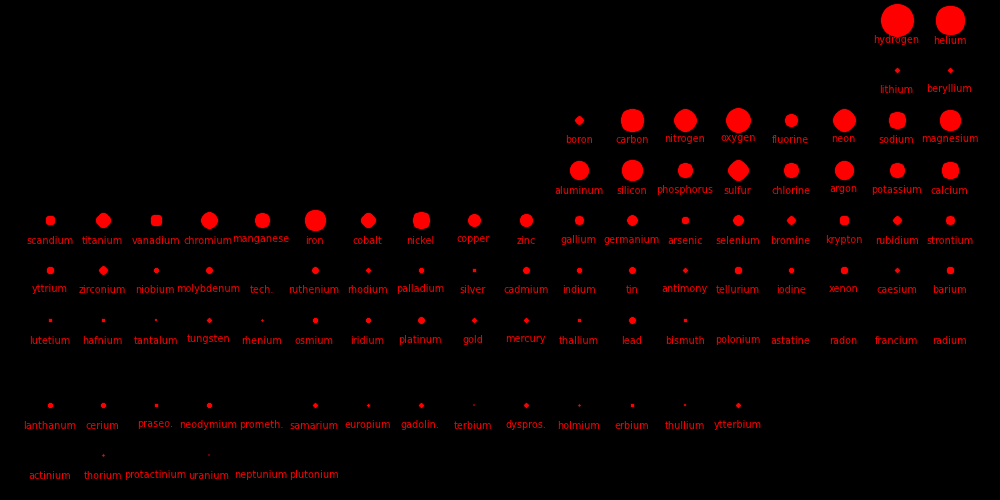
Natural Uranium is .72% Uranium-235 and 99.3% Uranium-238.
Plutonium doesn't exist in nature.
Protons Neutrons Halflife Critical Isotope
(10^6 yr) mass (kg) fraction
Thorium-232 90 142 14000 - 1.00 Absorbs neutron -> U-233
Uranium-233 92 141 .160 16 - Fission chain reaction
Uranium-235 92 143 700 52 .0072 Fission chain reaction
Uranium-238 92 146 4500 - .9927 Absorbs neutron -> Pu-239
Plutonium-238 94 144 .000088 - - Produces power from radioactive heat
Plutonium-239 94 145 .020 10 - Fission chain reaction
The elements that can be used for fission energy are the ones with a critical
mass. These are Uranium-233, Uranium-235, and Plutonium-239.
Uranium-233 and Plutonium-239 can be created in a breeder reactor.
Thorium-232 + Neutron -> Uranium-233
Uranium-238 + Neutron -> Plutonium-239
The "Fission" simulation at phet.colorado.edu illustrates the concept of a
chain reaction.
Uranium-238 + Neutron -> Plutonium-239
Thorium-232 + Neutron -> Uranium-233
Detail:
Uranium-238 + Neutron -> Uranium-239
Uranium-239 -> Neptunium-239 + Electron + Antineutrino Halflife = 23 mins
Neptunium-239 -> Plutonium-239 + Electron + Antineutrino Halflife = 2.4 days
Thorium-232 + Neutron -> Thorium-233
Thorium-233 -> Protactinium-233 + Electron + Antineutrino Halflife = 22 mins
Protactinium-233 -> Uranium-233 + Electron + Antineutrino Halflife =
N + Li6 -> He4 + T + 4.87 MeV
T + D -> He4 + N + 17.56 MeV
Total energy released = 22.43 MeV
Nucleons = 8
Energy / Nucleon = 22.434 / 8 = 2.80
1 ton of TNT 4*10^9 Joules
1 ton of gasoline 4*10^10 Joules
North Korea fission device 0.5 kilotons TNT
10 kg uranium fission bomb 10 kilotons TNT
10 kg hydrogen fusion bomb 10 megatons TNT
Tunguska asteroid strike 15 megatons TNT 50 meter asteroid
Chixulub dinosaur extinction 100 trillion tons TNT 10 km asteroid
1885 Rontgen discovers X-rays
1899 Rutherford discovers alpha and beta rays
1903 Rutherford discovers gamma rays
1905 E=mc^2. Matter is equivalent to energy
1909 Nucleus discovered by the Rutherford scattering experiment
1932 Neutron discovered
1933 Nuclear fission chain reaction envisioned by Szilard
1934 Fermi bombards uranium with neutrons and creates Plutonium. First
successful example of alchemy
1938 Fission discovered by Hahn and Meitner
1938 Bohr delivers news of fission to Princeton and Columbia
1939 Fermi constructs the first nuclear reactor in the basement of Columbia
1939 Szilard and Einstein write a letter to President Roosevelt advising
him to consider nuclear fission
1942 Manhattan project started
1942-1945 German nuclear bomb project goes nowhere
1945 Two nuclear devices deployed by the United States
Fission Fusion
U.S.A. 1945 1954
Germany Attempted fission in 1944 & failed
Russia 1949 1953
Britain 1952 1957
France 1960 1968
China 1964 1967
India 1974 Uranium
Israel 1979 ? Undeclared. Has both fission and fusion weapons
South Africa 1980 Dismantled in 1991
Iran 1981 Osirak reactor to create Plutonium. Reactor destroyed by Israel
Pakistan 1990 Centrifuge enrichment of Uranium. Tested in 1998
Built centrifuges from stolen designs
Iraq 1993 Magnetic enrichment of Uranium. Dismantled after Gulf War 1
Iraq 2003 Alleged by the United States. Proved to be untrue.
North Korea 2006 Obtained plutonium from a nuclear reactor. Detonation test fizzled
Also acquired centrifuges from Pakistan
Also attempting to purify Uranium with centrifuges
Syria 2007 Nuclear reactor destroyed by Israel
Iran 2009? Attempting centrifuge enrichment of Uranium.
Libya -- Attempted centrifuge enrichment of Uranium. Dismantled before completion.
Cooperated in the investigation that identified
Pakistan as the proliferator of Centrifuge designs.
Libya 2010 Squabbling over nuclear material
Libya 2011 Civil war
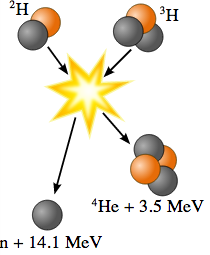
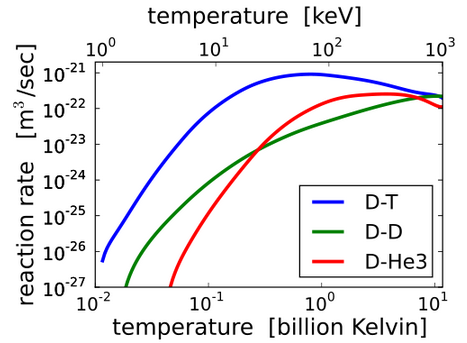
Deuterium + Tritium -> Helium-4 + Neutron + 17.590 MeV
but the neutrons it produces are a nuisance to the reactor.
Electron Volt (eV) = 1 eV = 1.602e-19 Joules
Kilo electron Volt = 1 keV = 103 eV
Mega electron Volt = 1 MeV = 106 eV
Giga electron Vlt = 1 GeV = 109 eV
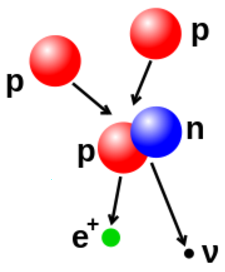

Proton + Proton -> Deuterium + Positron + Neutrino
Hydrogen fusion requires a temperature of at least 4 million Kelvin, which requires an
object with at least 0.08 solar masses. This is the minimum mass to be a star. The reactions in
the fusion of hydrogen to helium are:
P + P --> D + Positron + Neutrino + .42 MeV
P + D --> He3 + Photon + 5.49 MeV
He3 + He3 --> He4 + P + P + 12.86 MeV
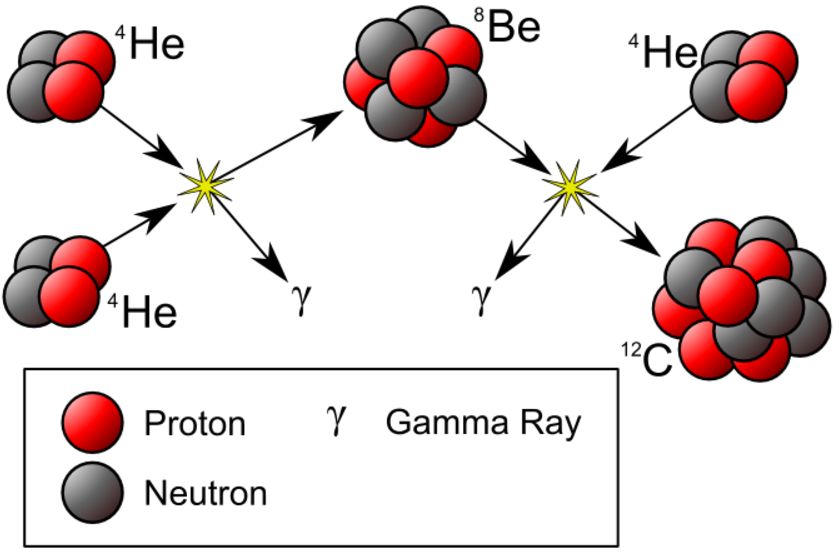
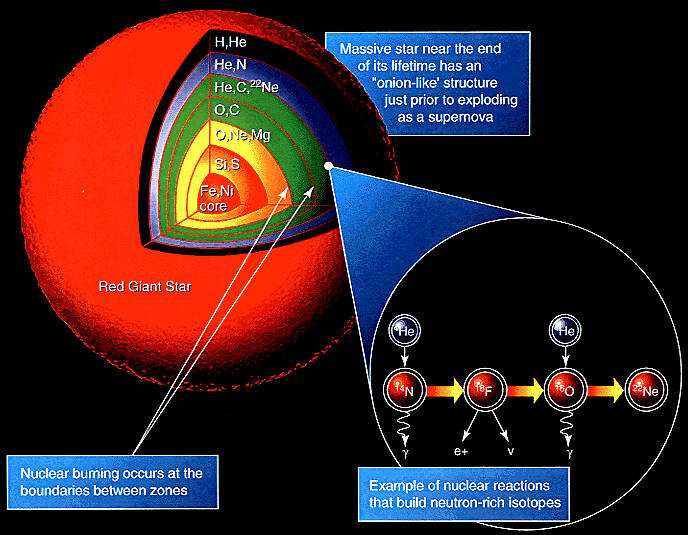


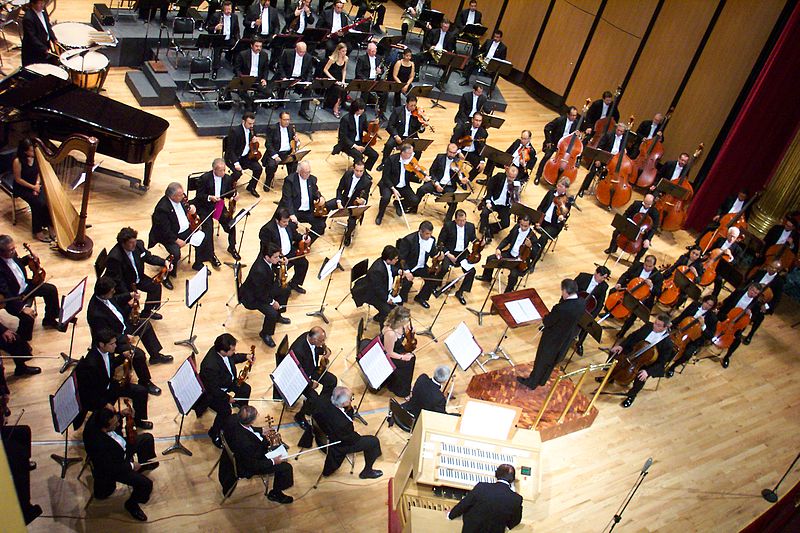



















String Baroque Modern
quartet orchestra orchestra
First violin 1 4 16
Second violin 1 4 14
Viola 1 4 12
Cello 1 4 12
Bass 2 8
Flute 2 4
Oboe 2 4
Clarinet 4
Bassoon 2 4
Trumpet 2 4
French Horn 2 4
Trombone 4
Tuba 2
Harpsichord 1
Timpani 1 1
Hertz
Violin E 660 = 440*1.5
Violin A 440
Violin D 293 = 440/1.5
Violin G 196 = 440/1.52
Viola A 440 Same as a violin A
Viola D 293
Viola G 196
Viola C 130
Cello A 220 One octave below a viola A
Cello D 147
Cello G 98
Cello C 65
String bass G 98 = 55 * 1.52
String bass D 73 = 55 * 1.5
String bass A 55 3 octaves below a violin A
String bass E 41 = 55 / 1.5
Guitar E 326
Guitar B 244
Guitar G 196
Guitar D 147
Guitar A 110 2 octaves below a violin A
Guitar E 82
When an orchestra tunes, the concertmaster plays an A and then everyone tunes
their A strings. Then the other strings are tuned in fifths starting from the A.
Strings Winds Brass Voice
D Piccolo
C Flute Soprano
Bb Oboe
A
G Violin
F# Trumpet Alto
E Guitar Clarinet
D
C Viola Tenor
Bb
A
G Baritone
F# Horn
E Trombone Bass
D
C Cello
Bb Bassoon
A
G
F
E Bass
D Tuba
Treble clef: Violin, flute, oboe, clarinet, saxophone, trumpet, French horn, guitar,
soprano voice, alto voice, tenor voice.
Alto clef: Viola
Base clef: Cello, bass, bass guitar, bassoon, trombone, tuba, timpani,
baritone voice, bass voice
String basses and bass guitars have the same string tuning.






















L = Length of an open A-string
= .65 meters
T = Wave period
F = Frequency of the A-string
= 220 Hertz
V = Speed of a wave on the A-string
= 2 L F
= 2 * .65 * 220
= 286 meters/second
I = Index of a fret
= 1 for B flat
= 2 for B
= 3 for C, etc.
f = Frequency of note I
= F * 2^(I/12)
X = Distance from the bridge to fret I
= V / (2 f)
= V / (2 F) * 2^(-I/12)
= L * 2^(-I/12)
I Note X L-X
0 A .650 .0
1 Bb .614 .036
2 B .579 .071
3 C .547 .103
4 C# .516 .134
5 D .487 .163
6 Eb .460 .190
7 E .434 .216
8 F .409 .241
9 F# .386 .264
10 G .365 .285
11 Ab .344 .306
12 A .325 .325
G = 1
D = 3/2
A = 9/4
The G-string has been normalized to have a frequency of 1. There are several
possibilities for assigning the pitch of the "E" on the D-string.
E = 5/3 = 1.6666
If the note "E" is chosen to resonate with the "A-string" then it is placed
a perfect fourth below the A.
E = (9/4) / (4/3) = 27/16 = 1.688
If the note "E" is played with equal tuning with the G-string as the tonic,
E = 2^(9/12) = 1.682
All three values for the E are different. Musicians have to develop a sensitivity
for this.

Red: Equal tuning
Green: Just tuning
Orange: Pythagorean tuning
Indian music has two separate tones for each half step, one from just tuning and
the other from Pythagorean tuning. For the tonic and the fifth these
tones are the same for both tunings. There are 22 tones in total.

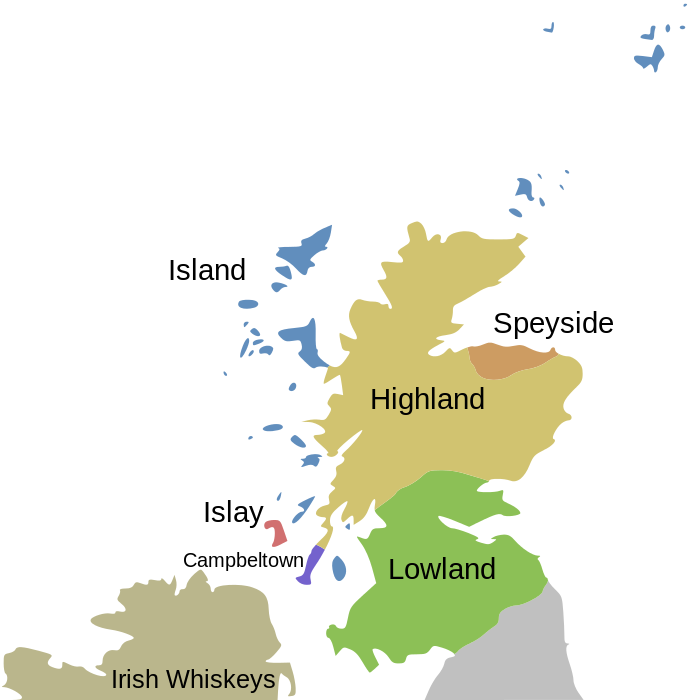
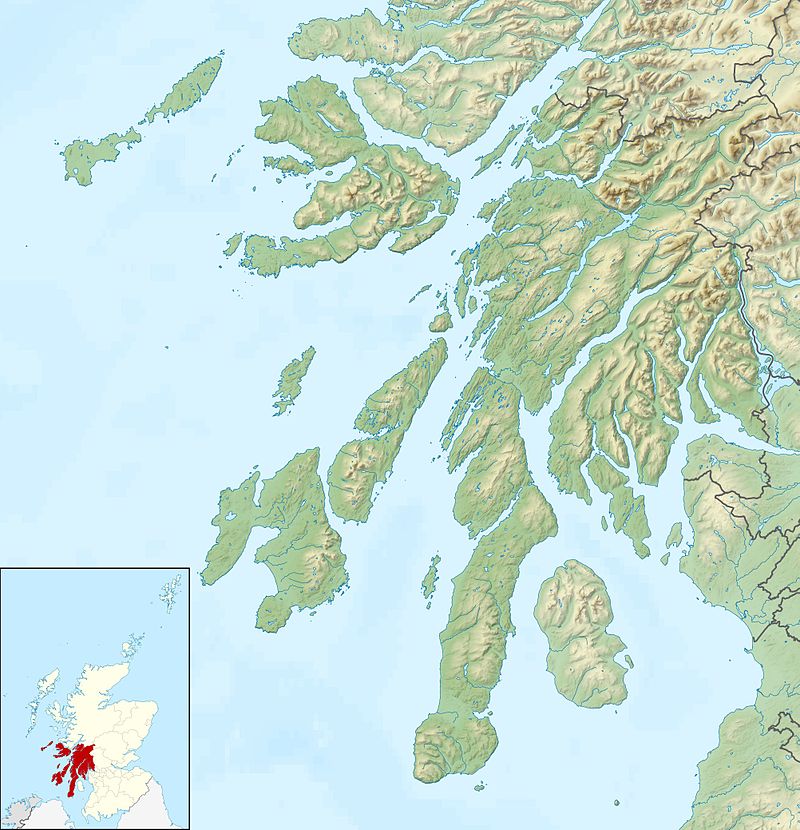


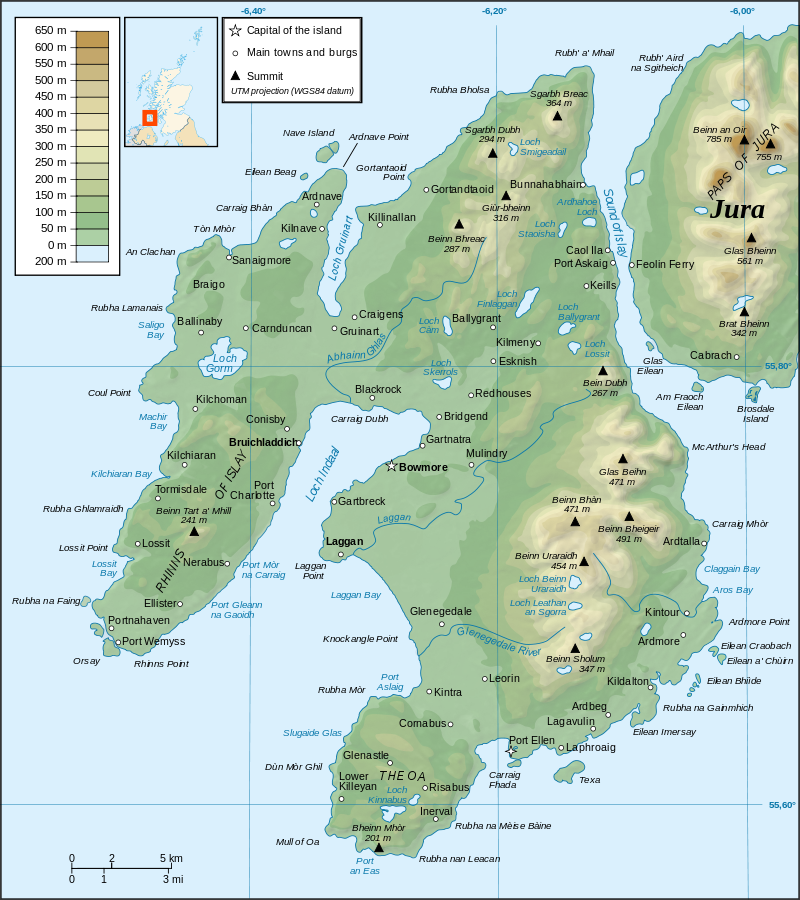
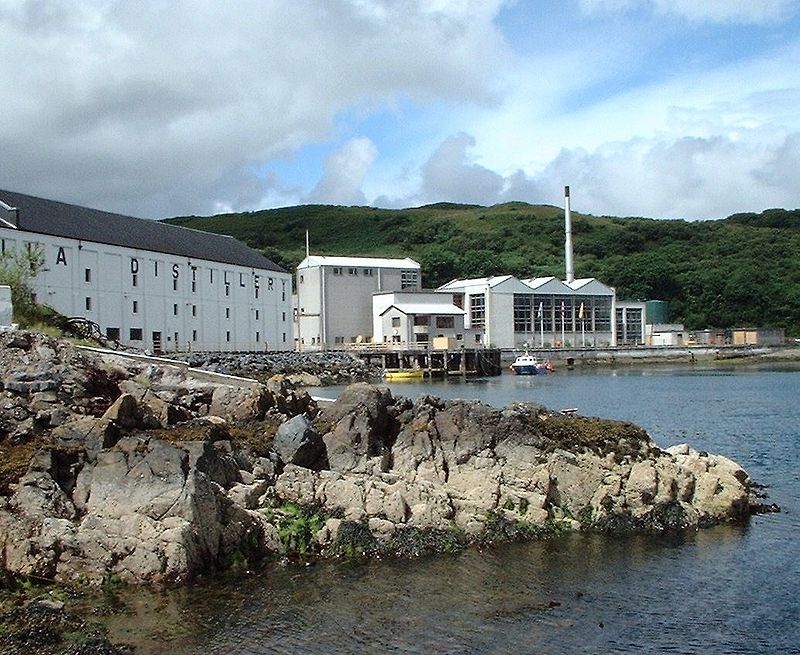

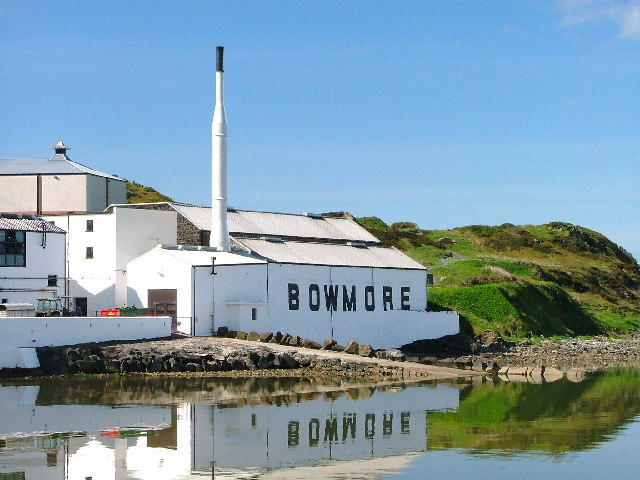
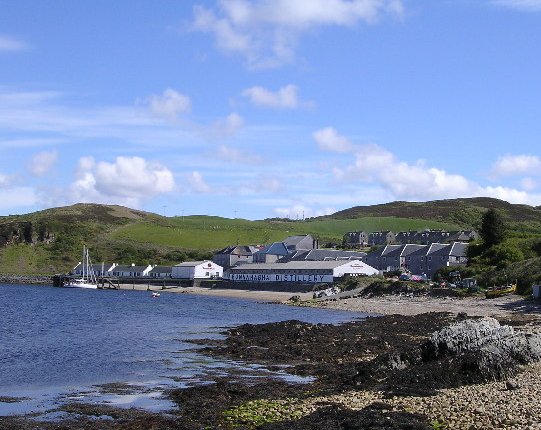
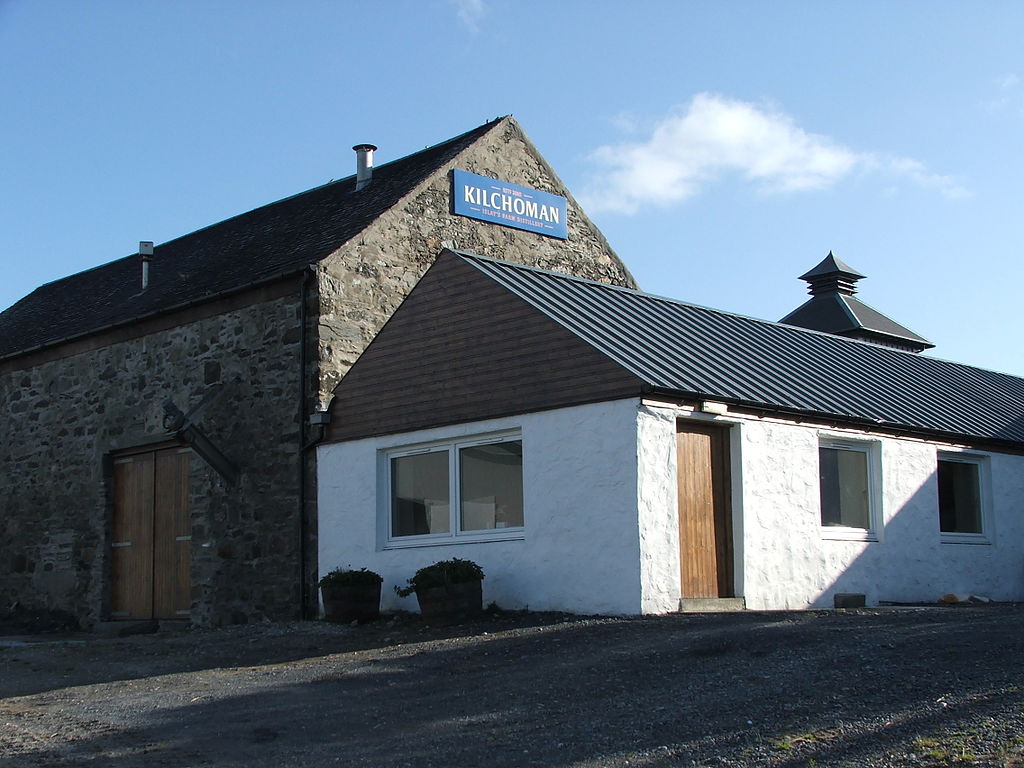

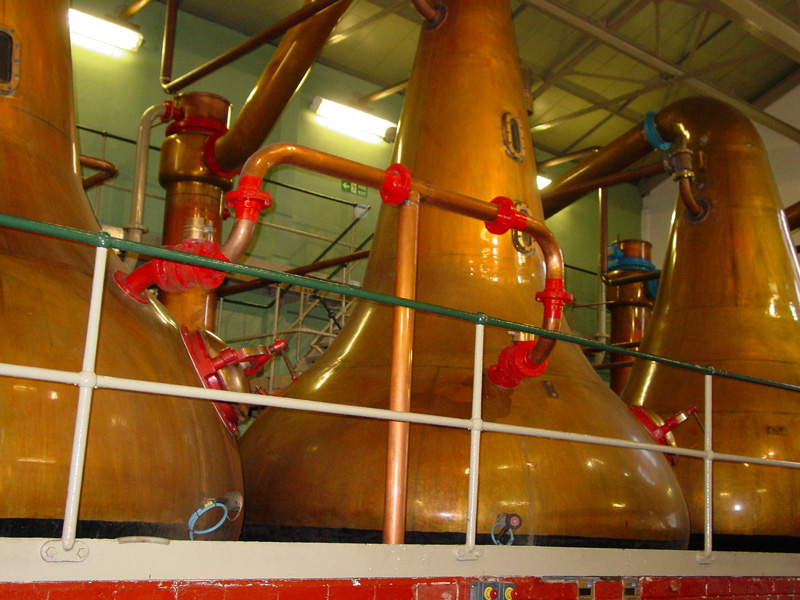
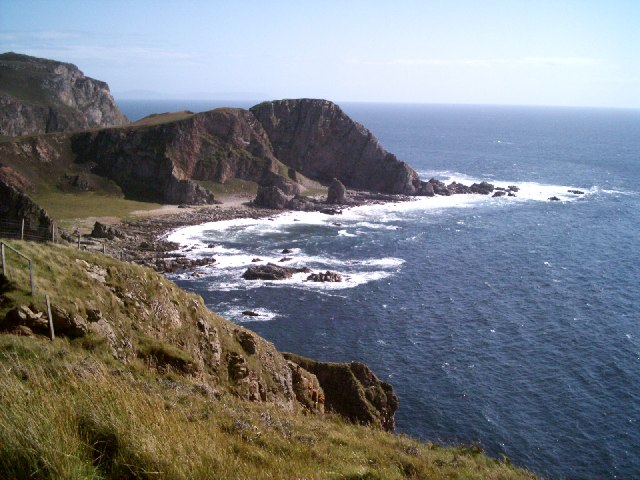

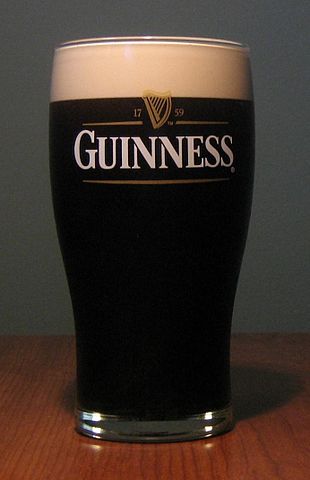

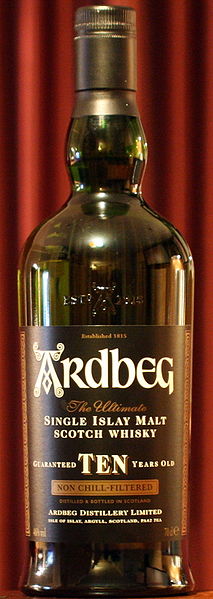

.6 ounces of alcohol. We use this amount as a reference unit and define
.6 ounces of alcohol to be one "Bond".
Volume of the drink = V
Fraction of alcohol = F
Volume of alcohol = Valc = F V
Volume of one beer = Vbeer = 12 ounces
Alcohol fraction of beer = Fbeer = .05
Alcohol volume in one beer = VBond = .6 ounces
One "Bond" of alcohol = .6 ounces
One wine or Scotch bottle = 25.4 ounces = 750 ml
One ounce = 29.6 mL
Alcohol Volume Alcohol Alcohol $ $/Bond
fraction (oz) (oz) (Bonds)
Beer (12 oz) .05 12 .6 1 .67 .67 Budweiser
Wine glass .13 4.6 .6 1 8 8.0 Napa Valley
Scotch shot .40 1.5 .6 1 8 8.0 Laphroaig
Beer pitcher .05 64 3.2 5.3 16 3.0 Budweiser
Beer keg .05 1984 99.2 165.3 100 .60 Budweiser
Wine bottle .13 25.4 3.3 5.5 3 .55 Charles Shaw
Vodka bottle .40 25.4 10.1 16.9 15 .89 Smirnoff
Scotch bottle .40 25.4 10.1 16.9 50 3.0 Laphroaig
Distilled ethanol .95 25.4 24.1 40.2 15 .37 Everclear
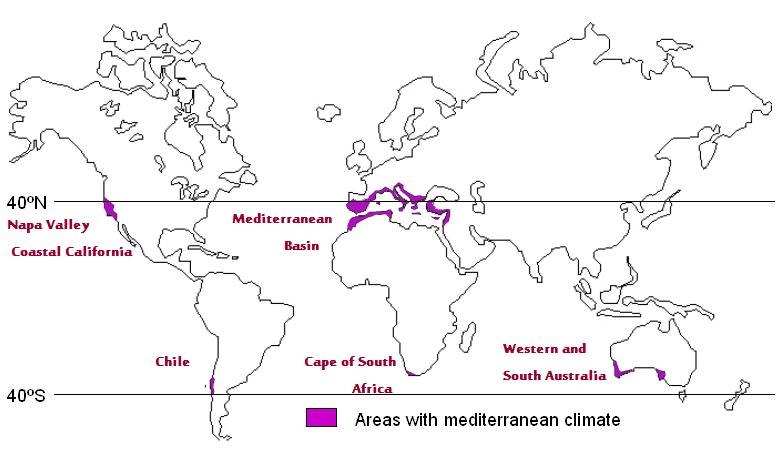
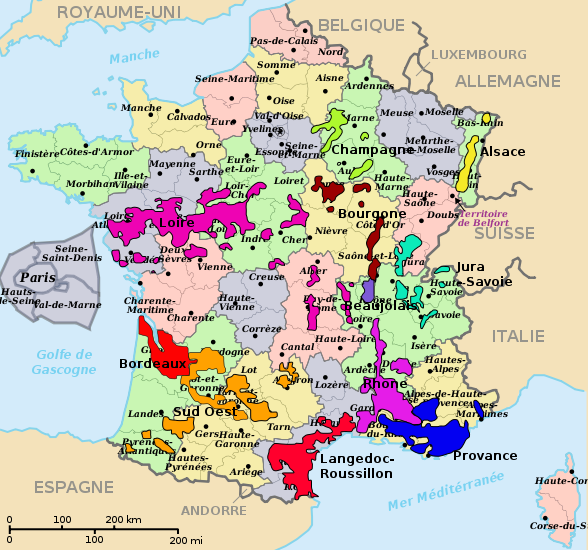
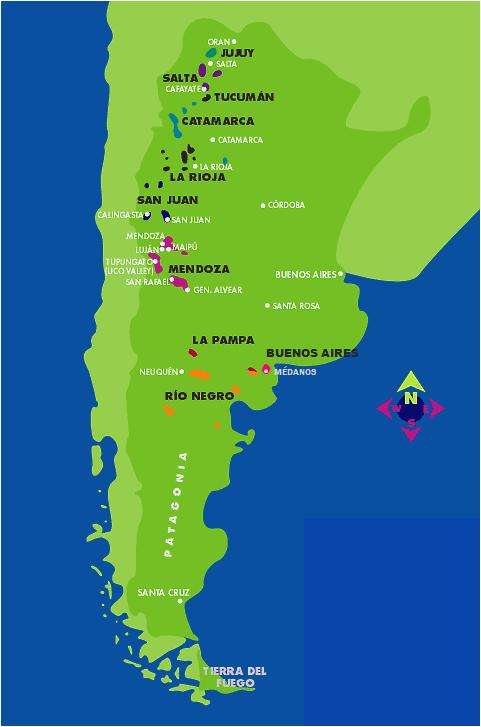
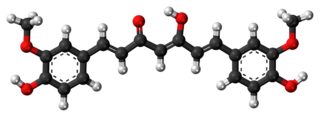

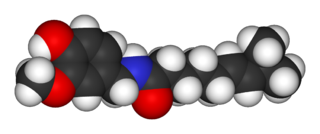
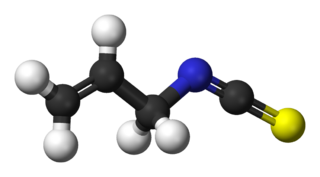
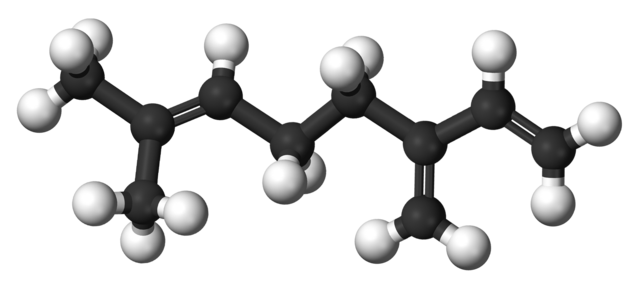
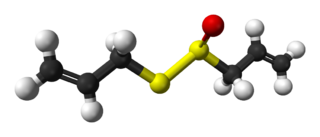
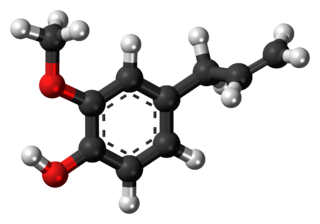
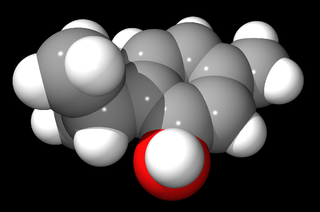
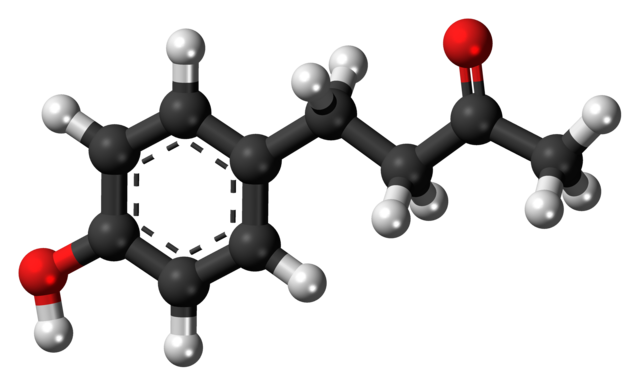
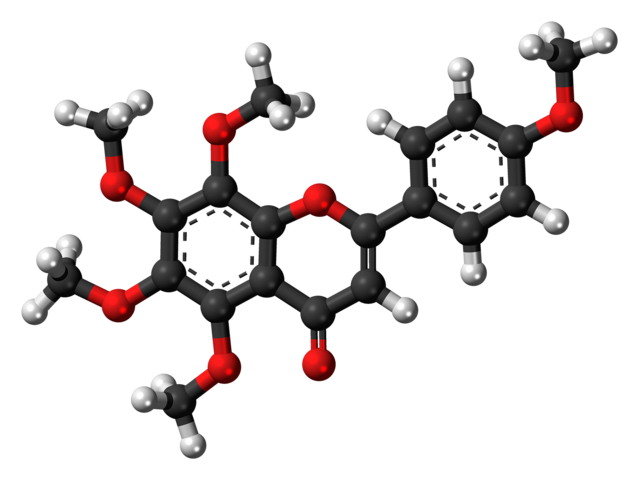
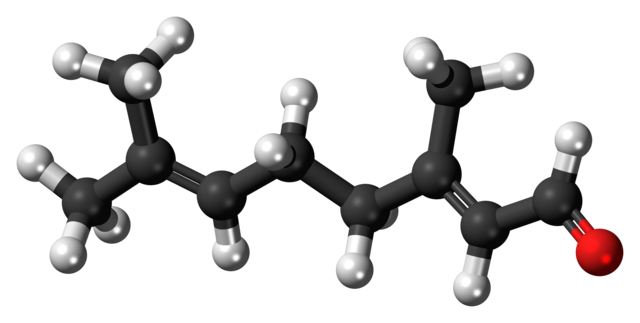
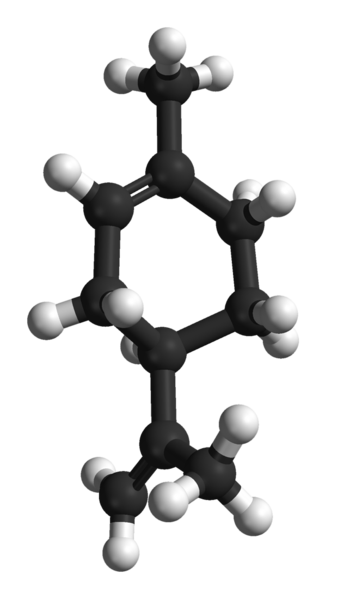
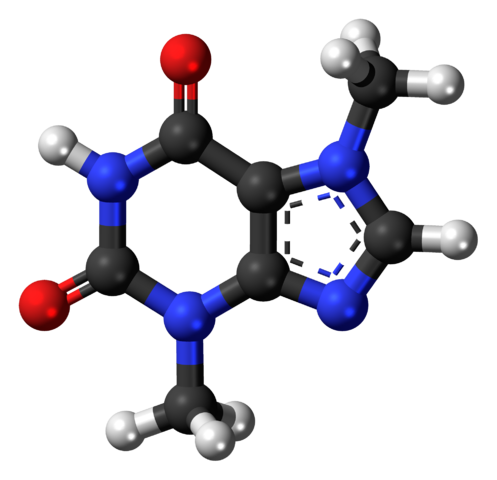
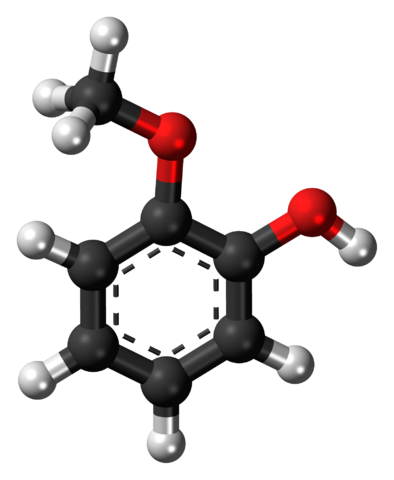

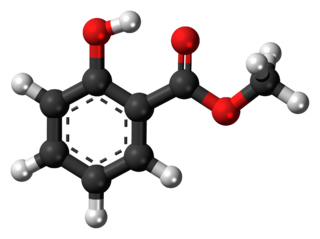
Hydrogen White
Carbon Black
Nitrogen Blue
Oxygen Red
Sulfur Yellow
Scoville scale (relative capsaicin content)
Ghost pepper 1000000
Trinidad 1000000 Trinidad moruga scorpion
Naga Morich 1000000
Habanero 250000
Cayenne pepper 40000
Malagueta pepper 40000
Tabasco 40000
Jalapeno 5000
Guajillo pepper 5000
Cubanelle 500
Banana pepper 500
Bell pepper 50
Pimento 50
Molecule Relative hotness
Rresiniferatoxin 16000
Tinyatoxin 5300
Capsaicin 16 Chili pepper
Nonivamide 9.2 Chili pepper
Shogaol .16 Ginger
Piperine .1 Black pepper
Gingerol .06 Ginger
Capsiate .016 Chili pepper

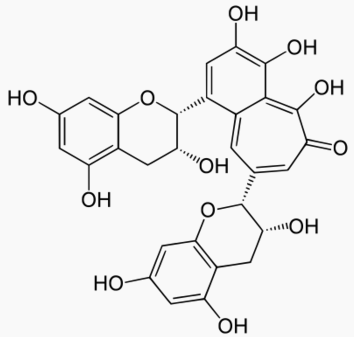

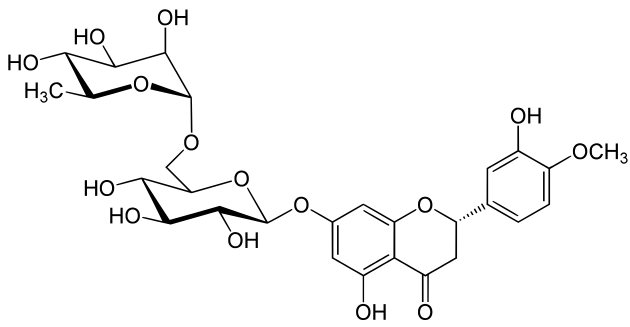
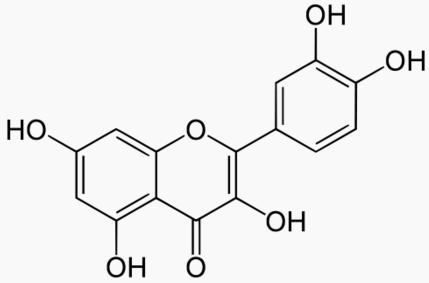
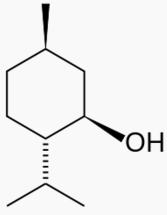

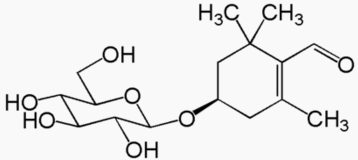
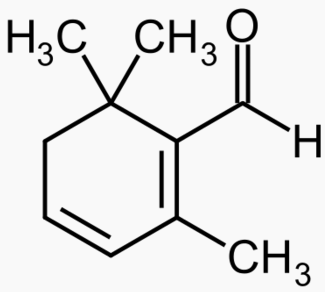
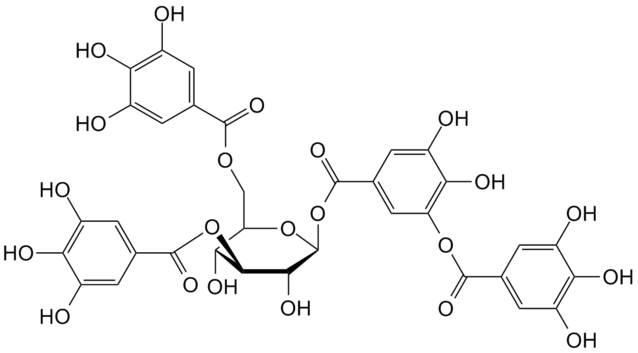
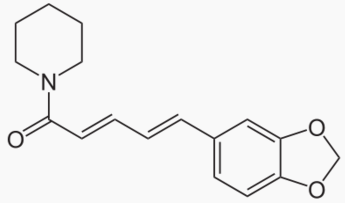
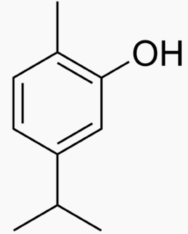
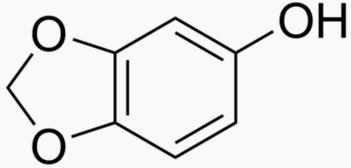


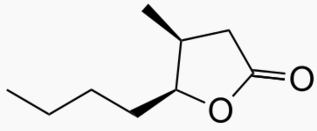



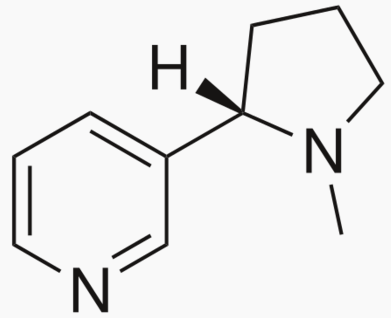
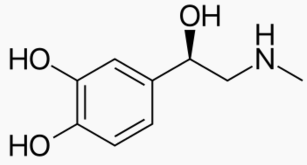

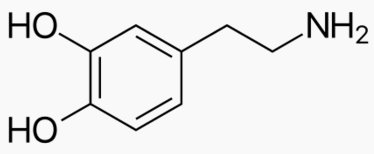
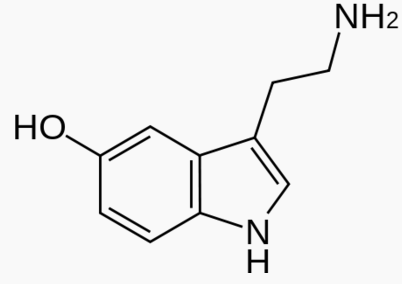
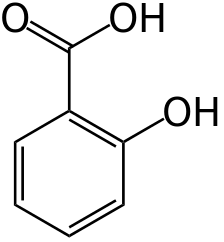
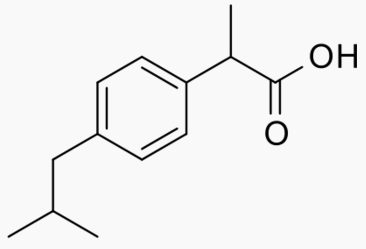
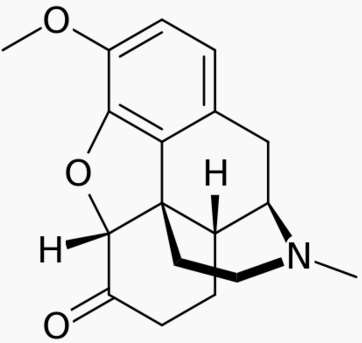
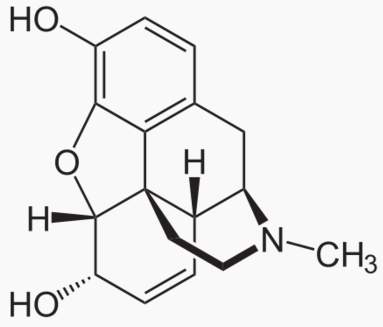


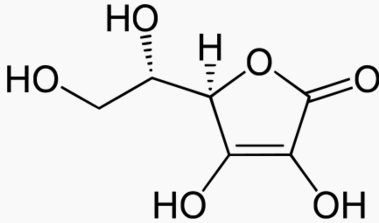
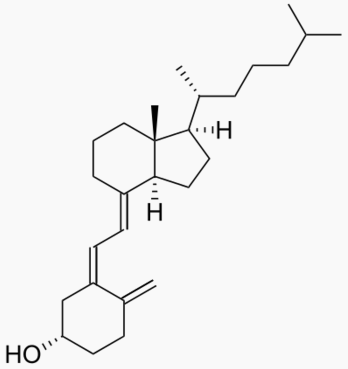

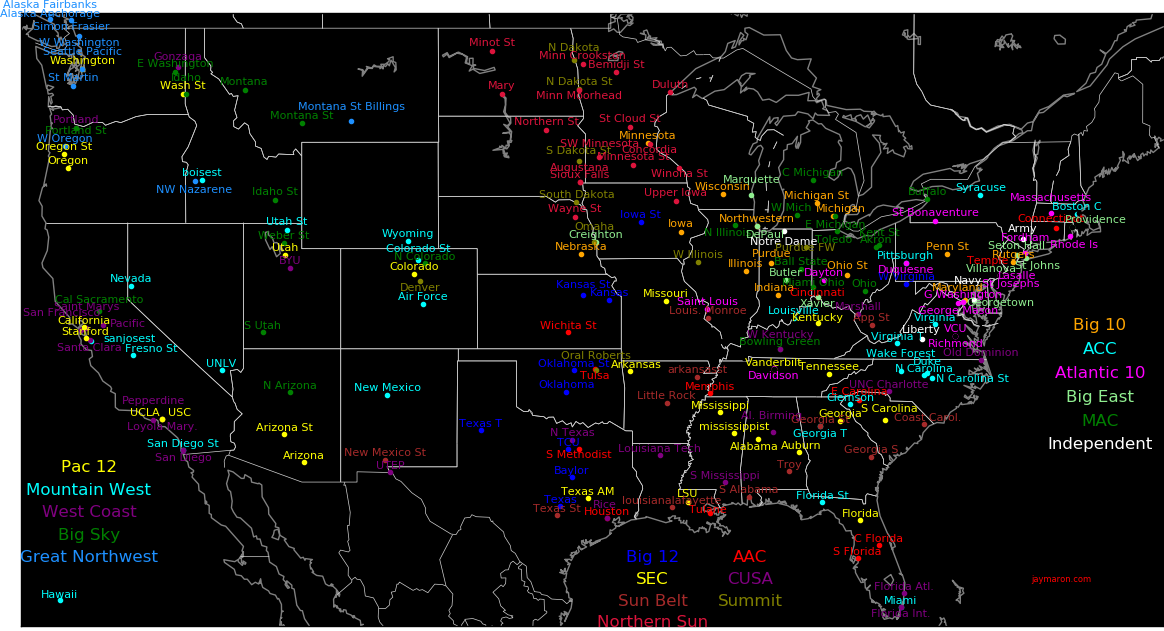

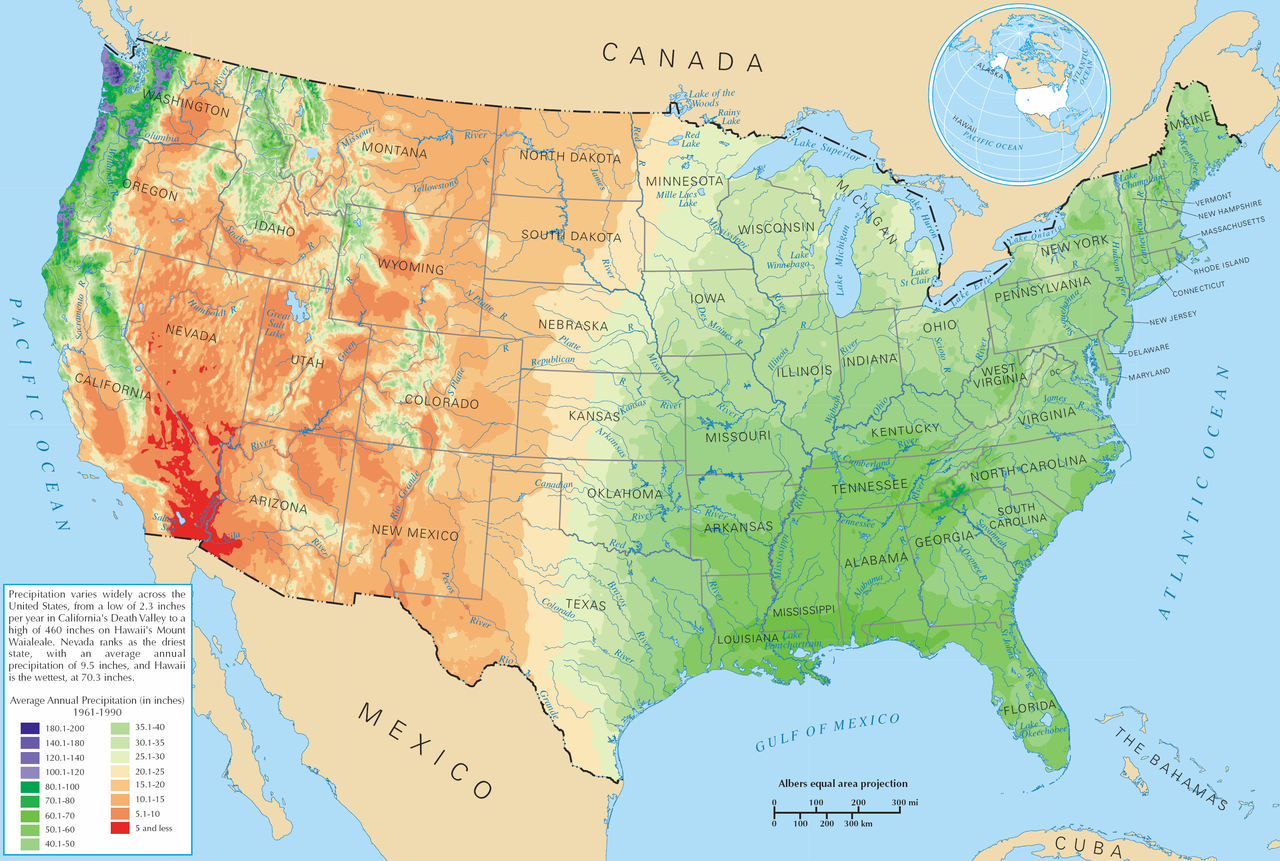

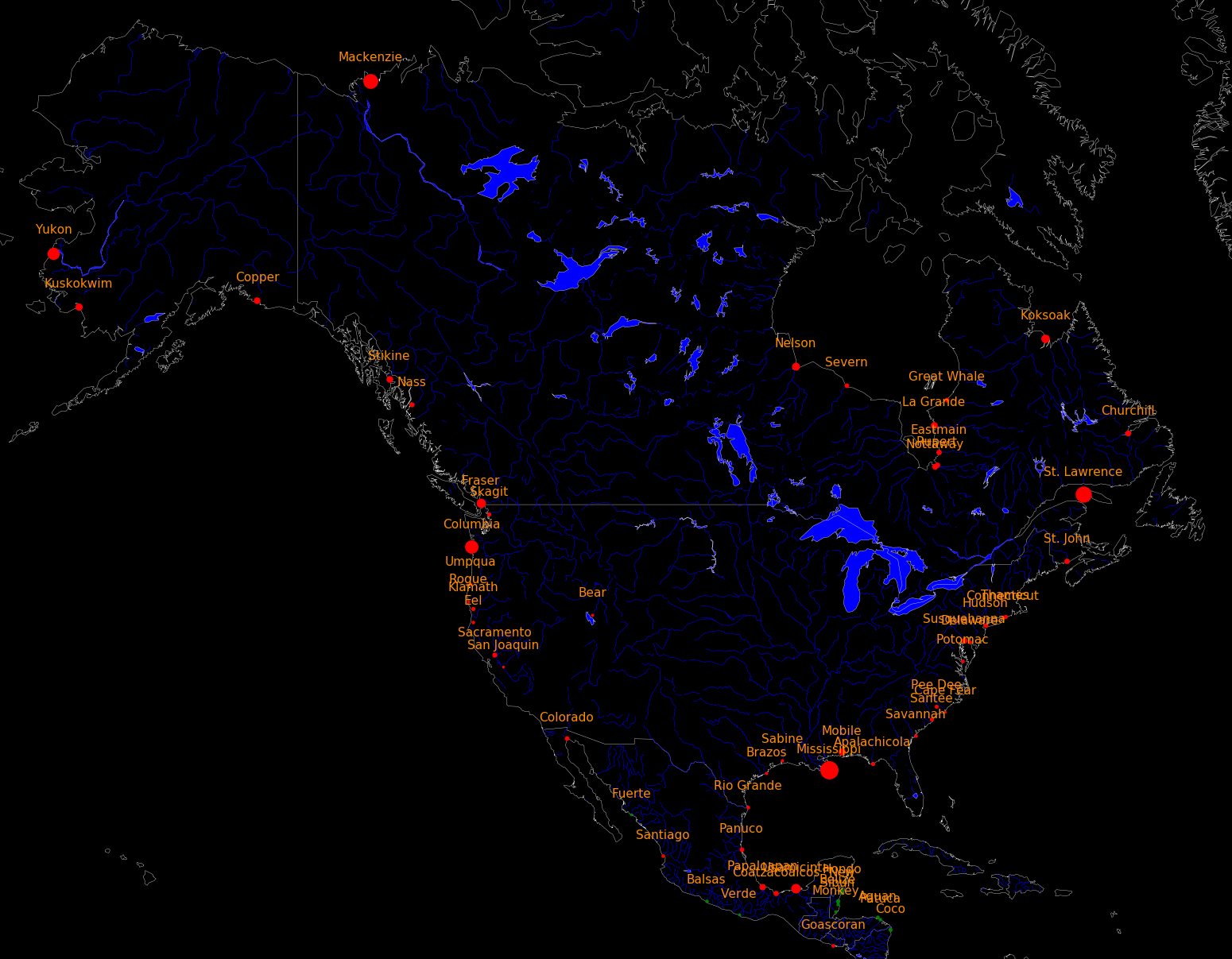
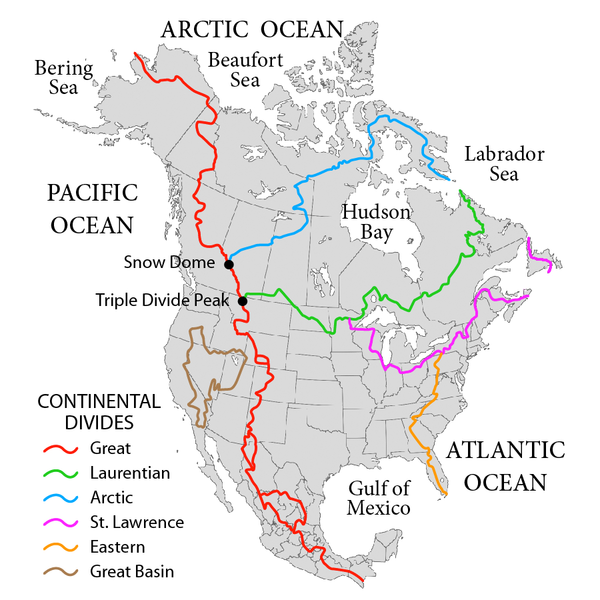
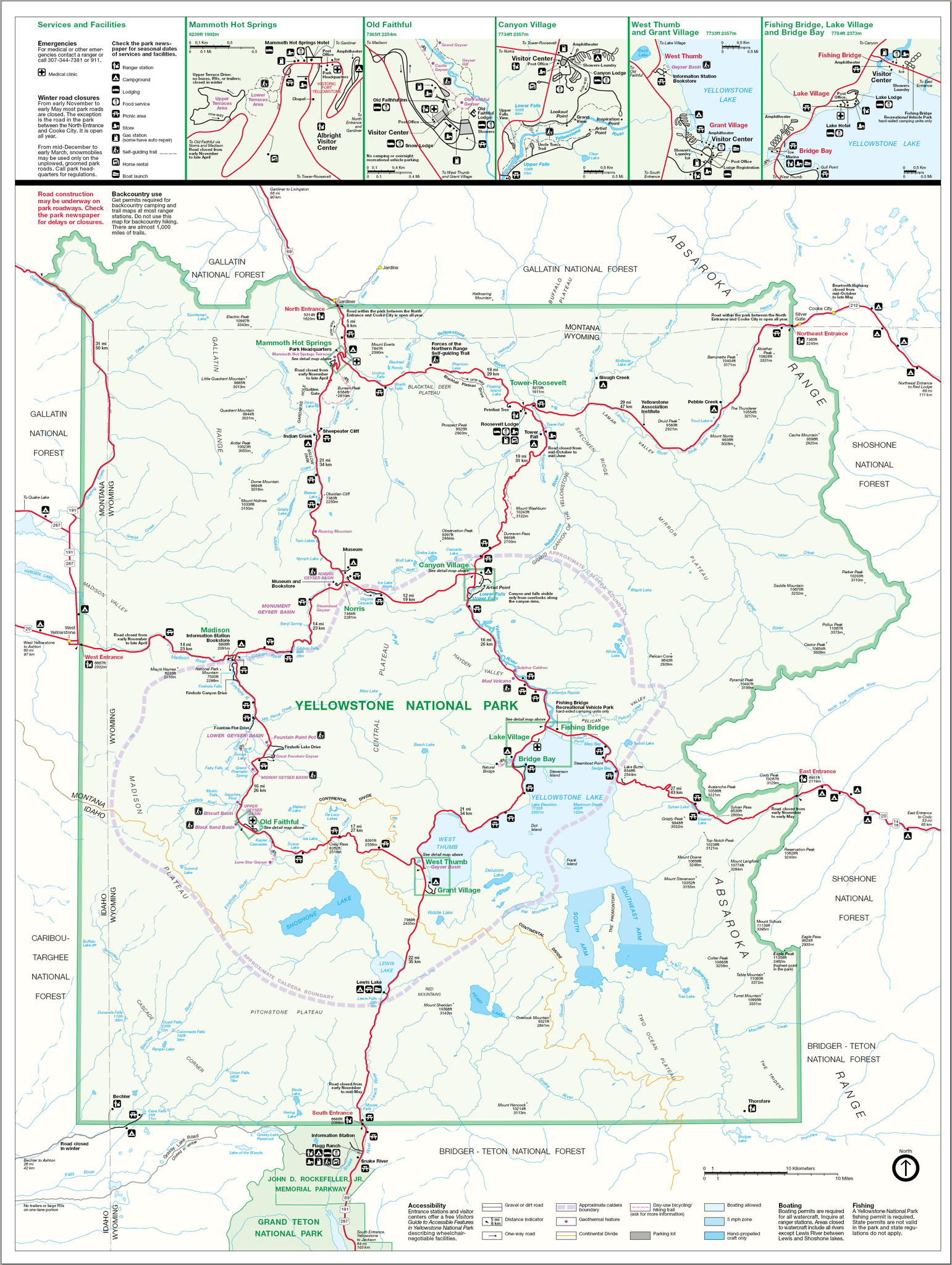

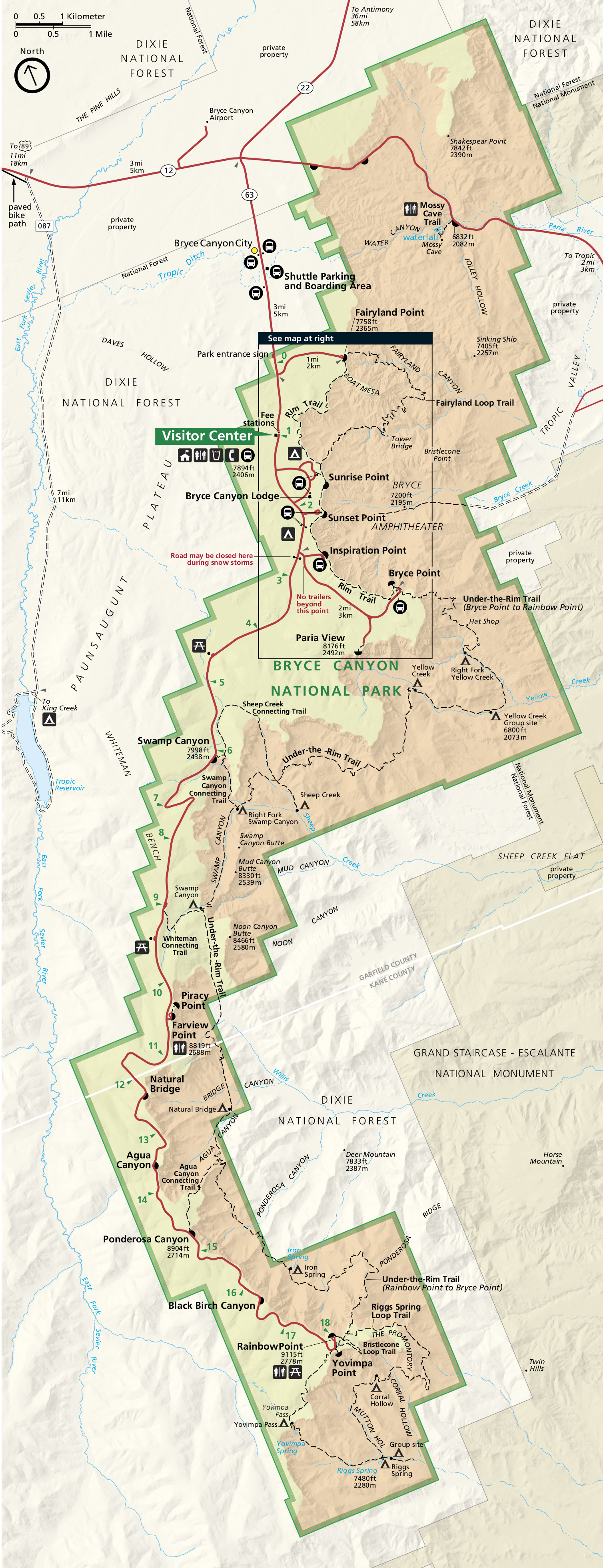

.svg.png)
